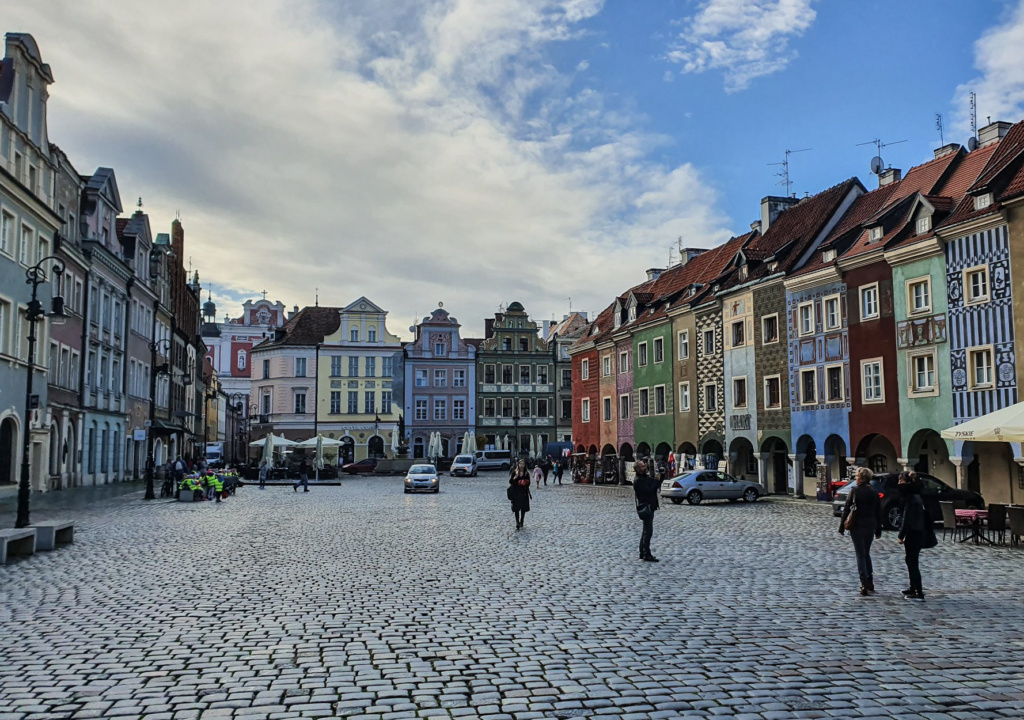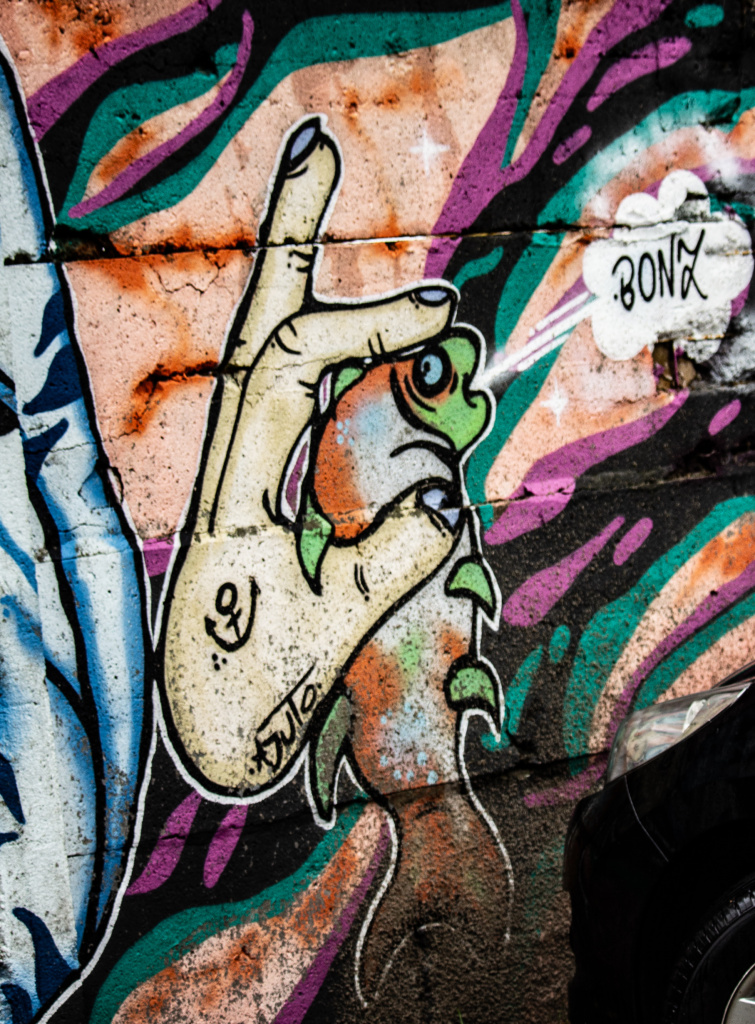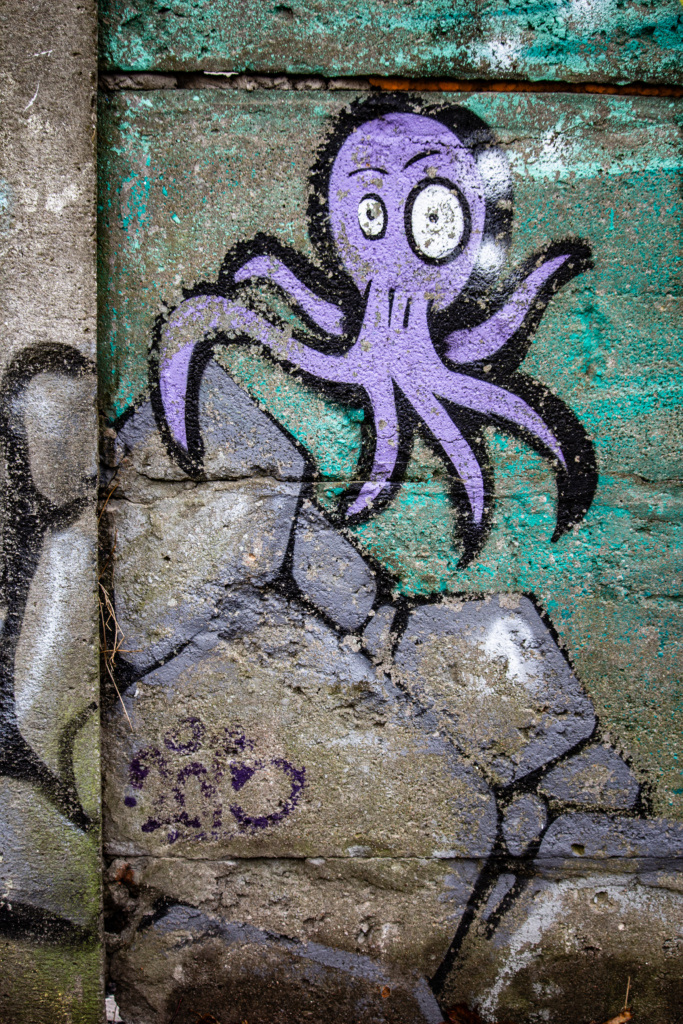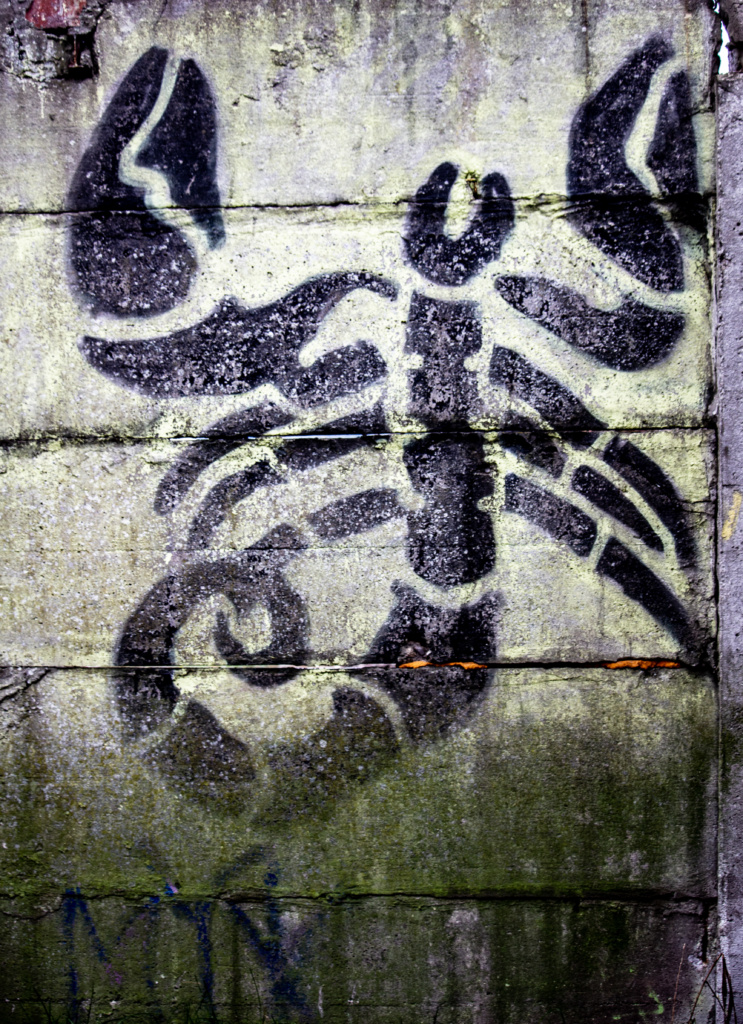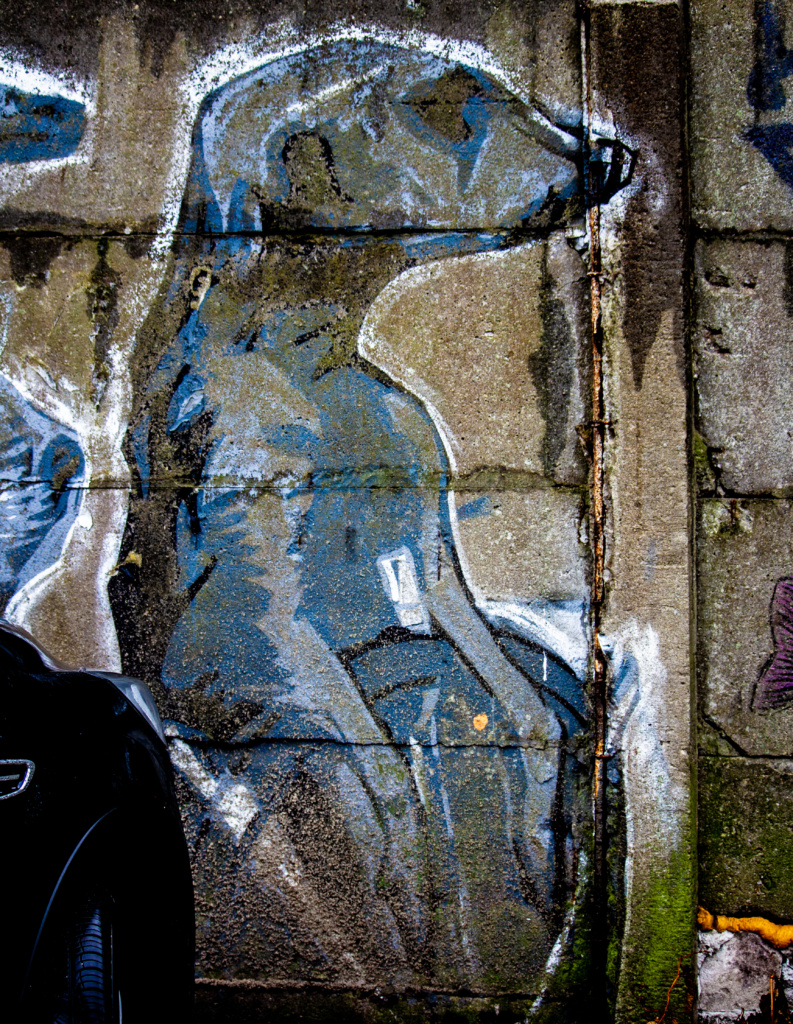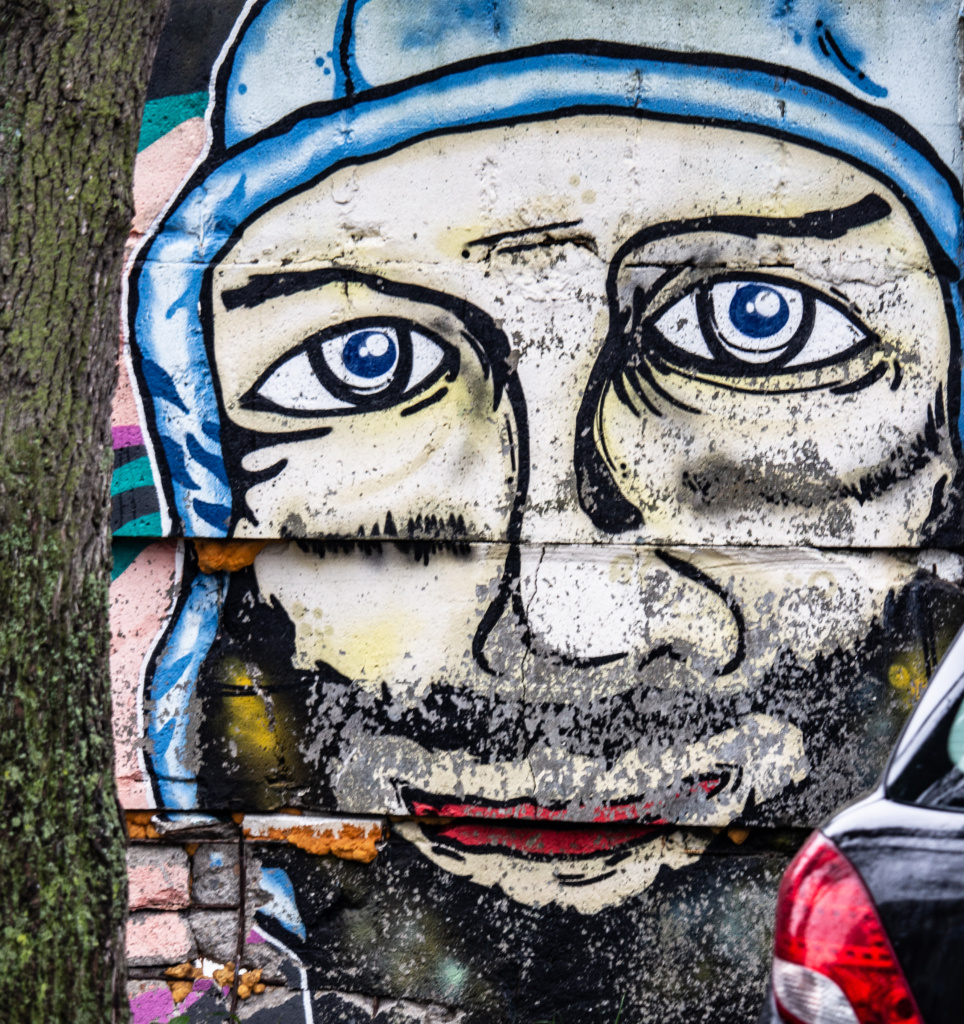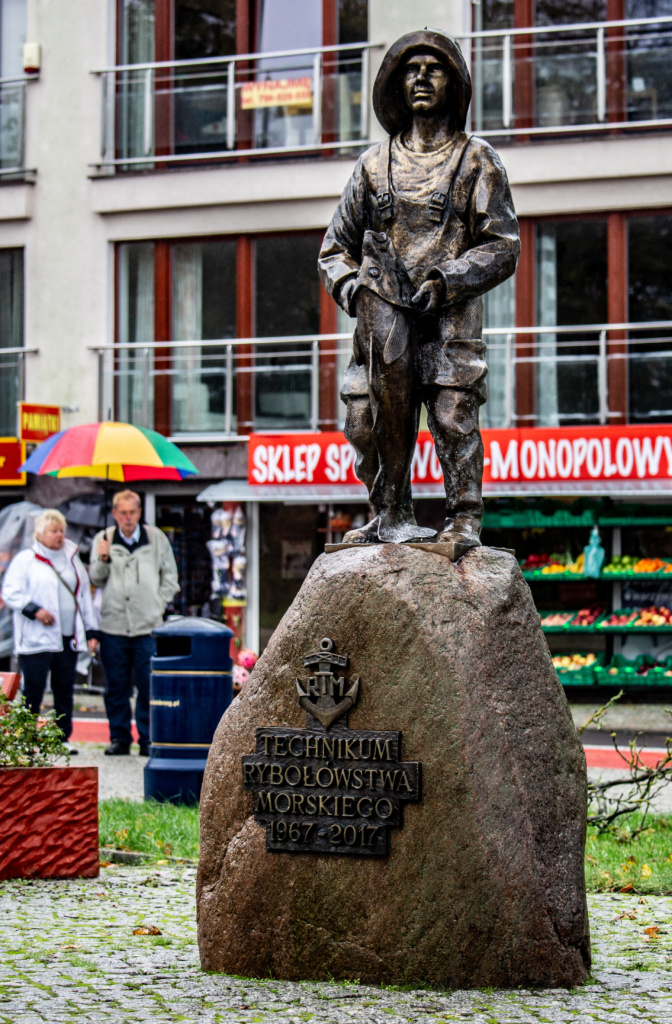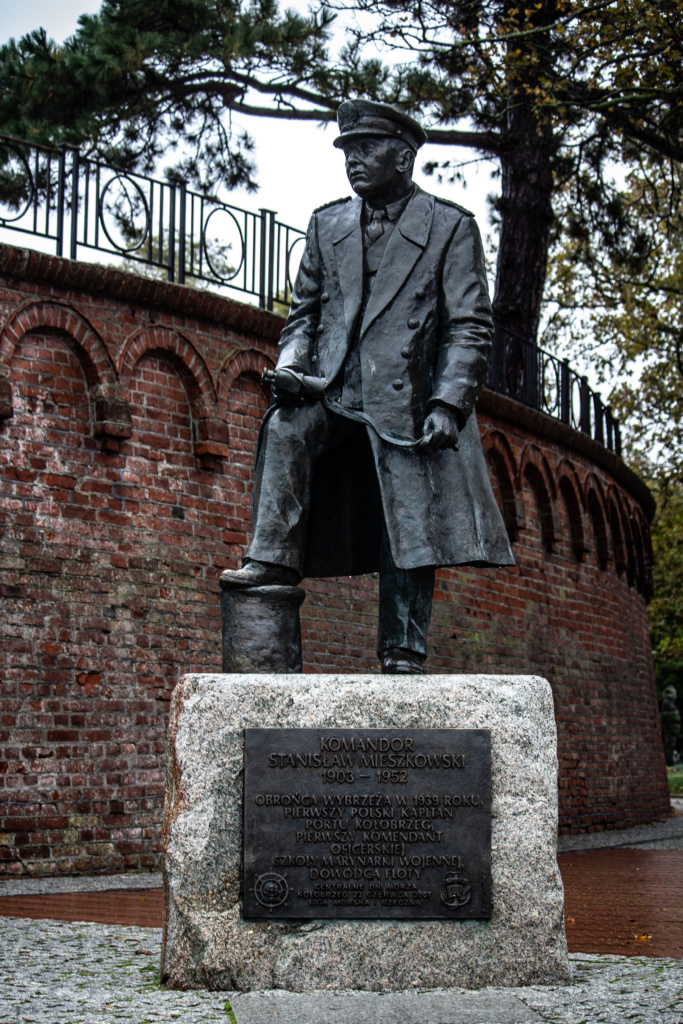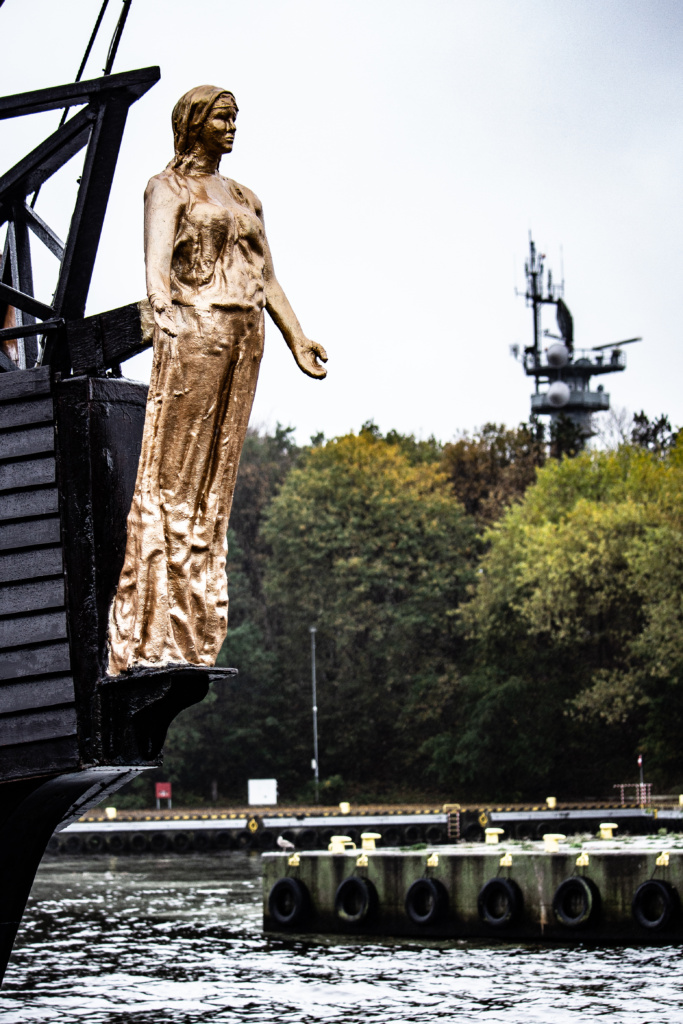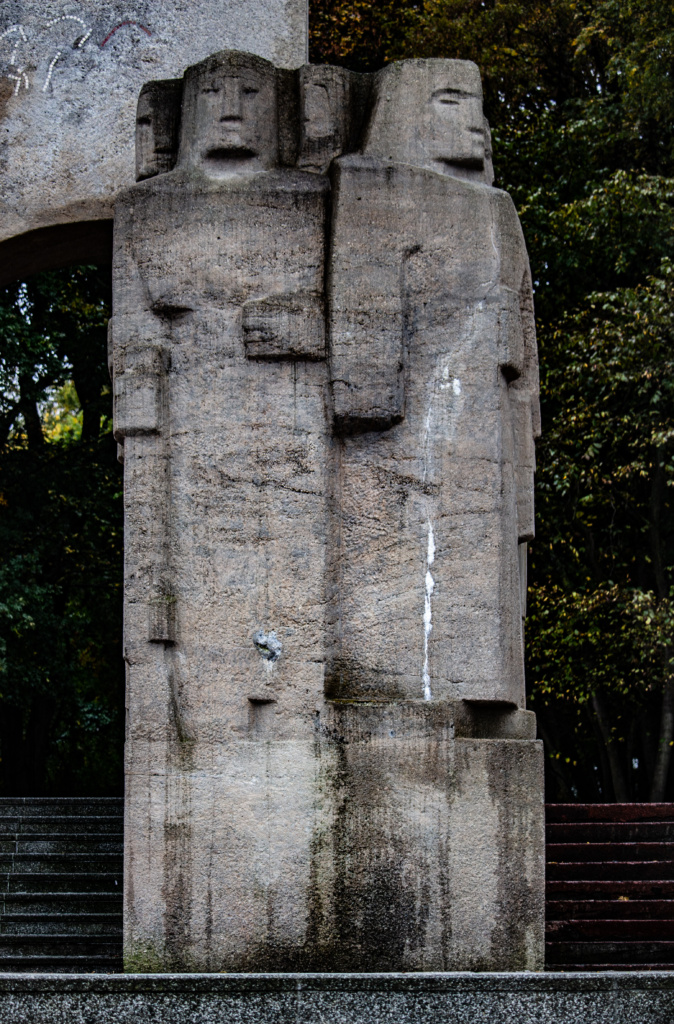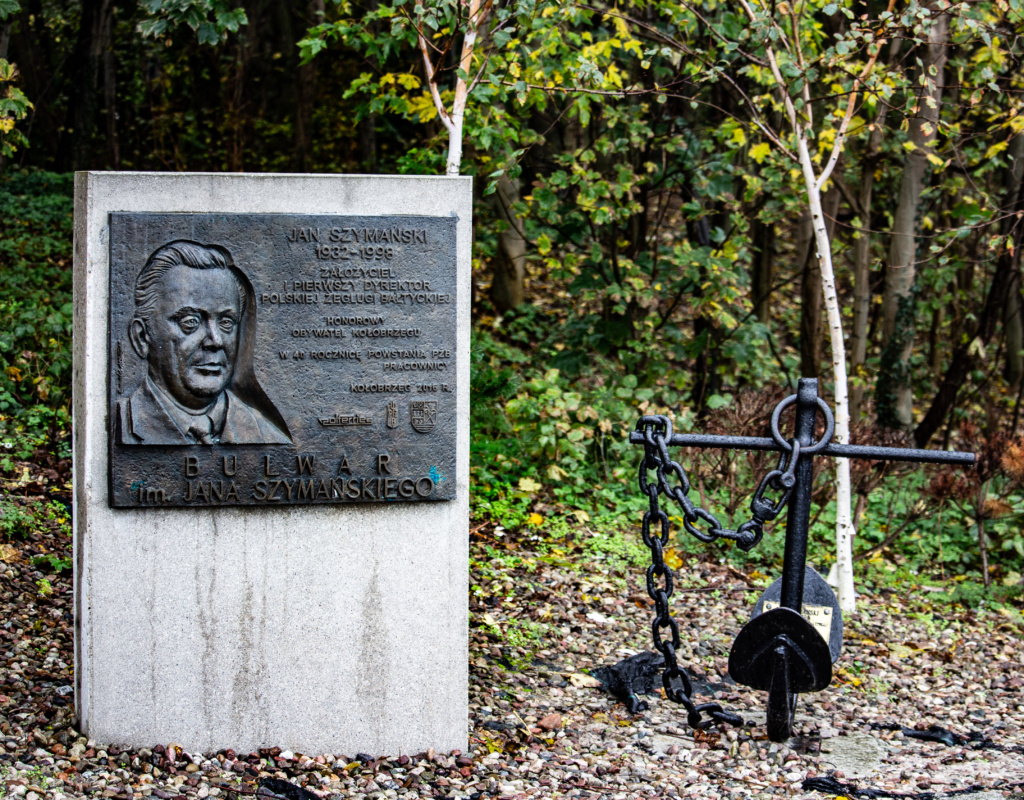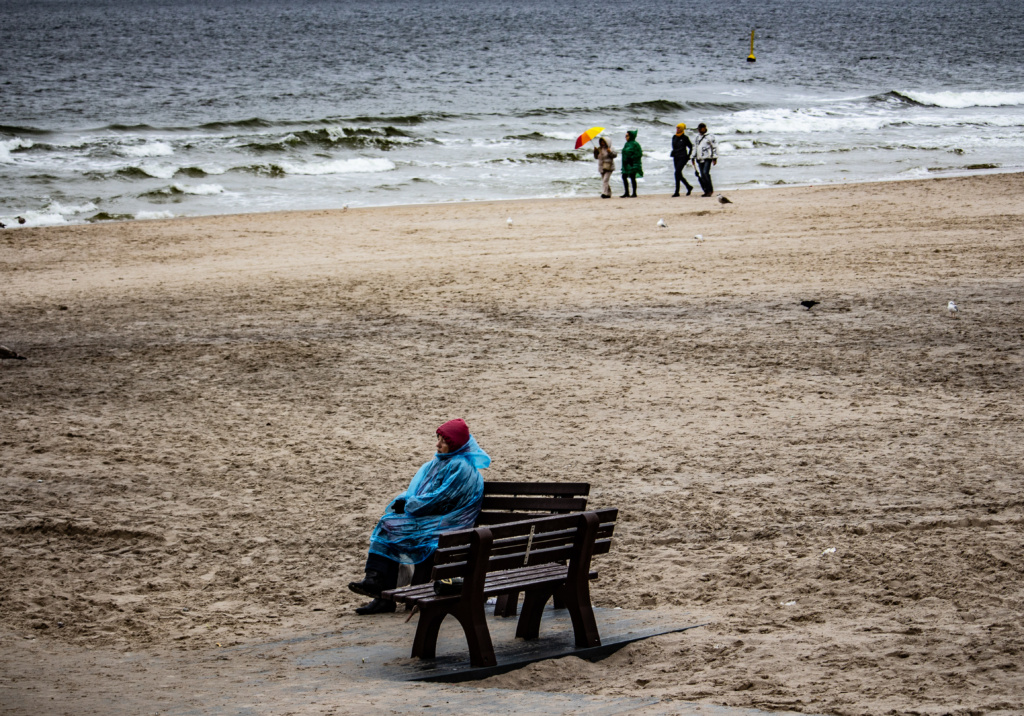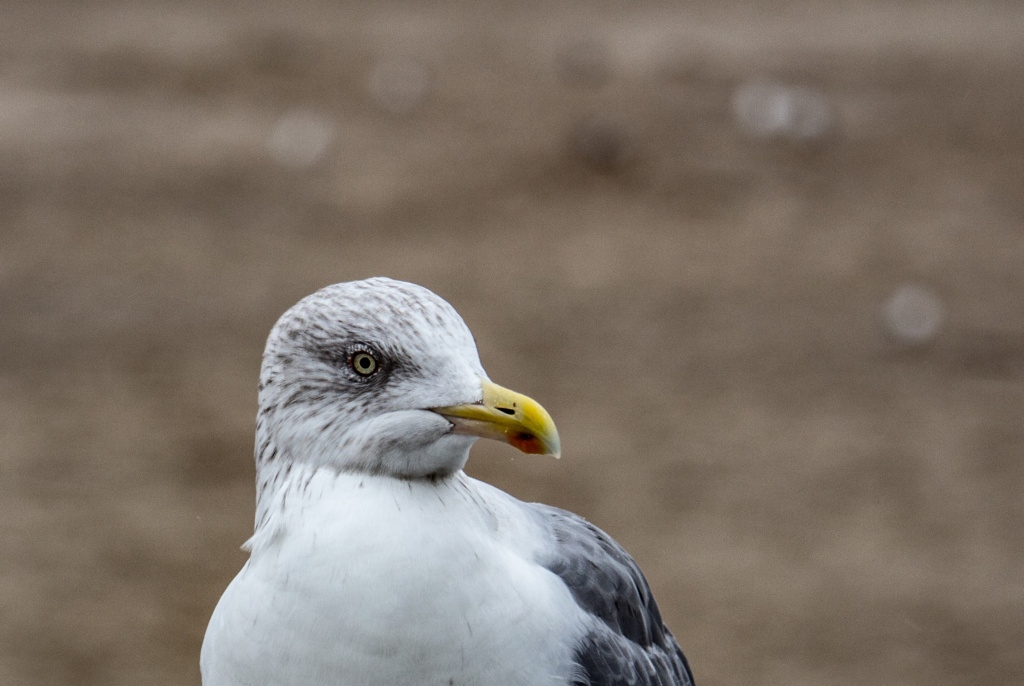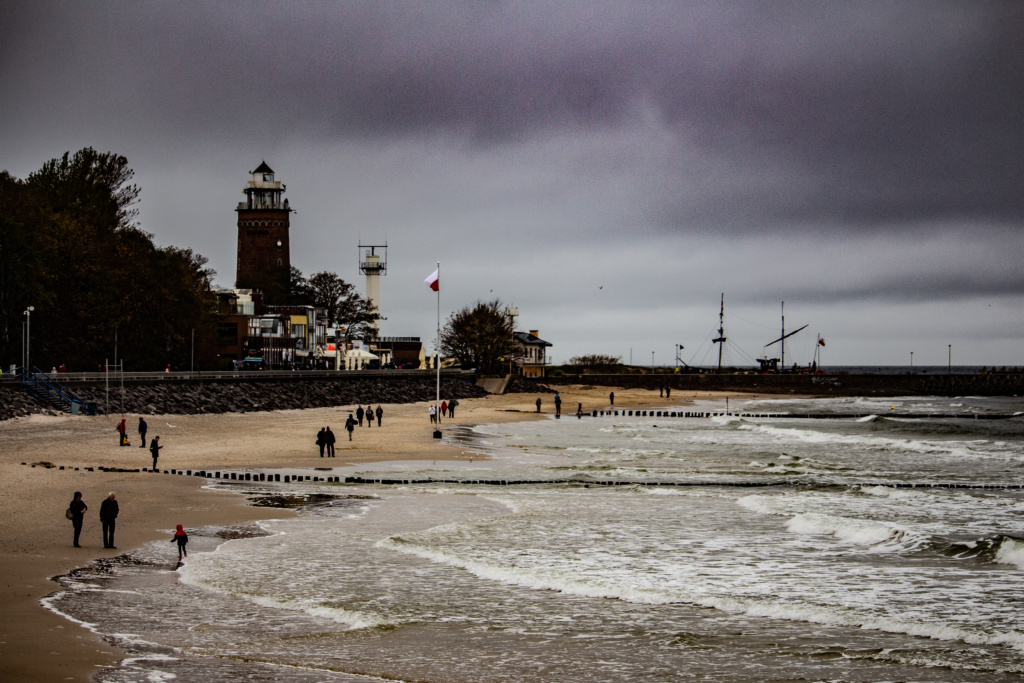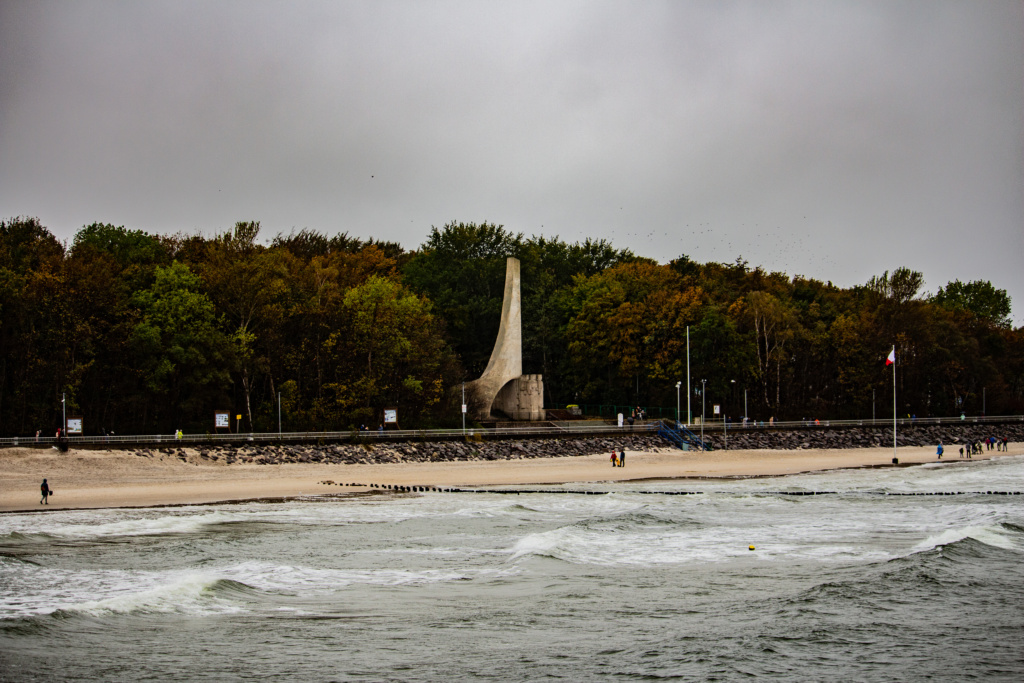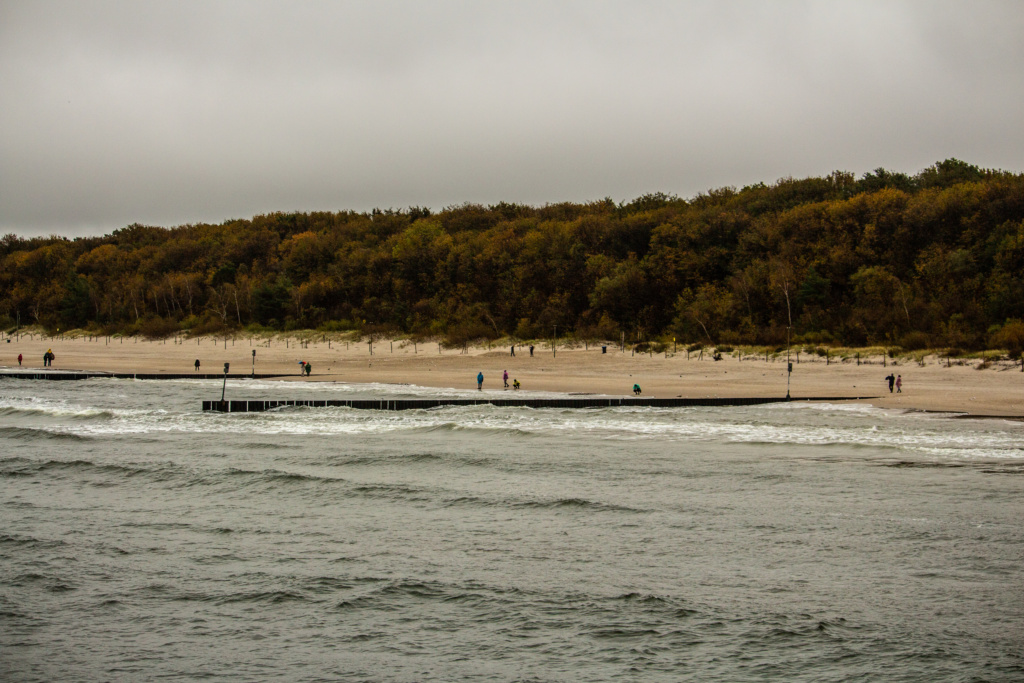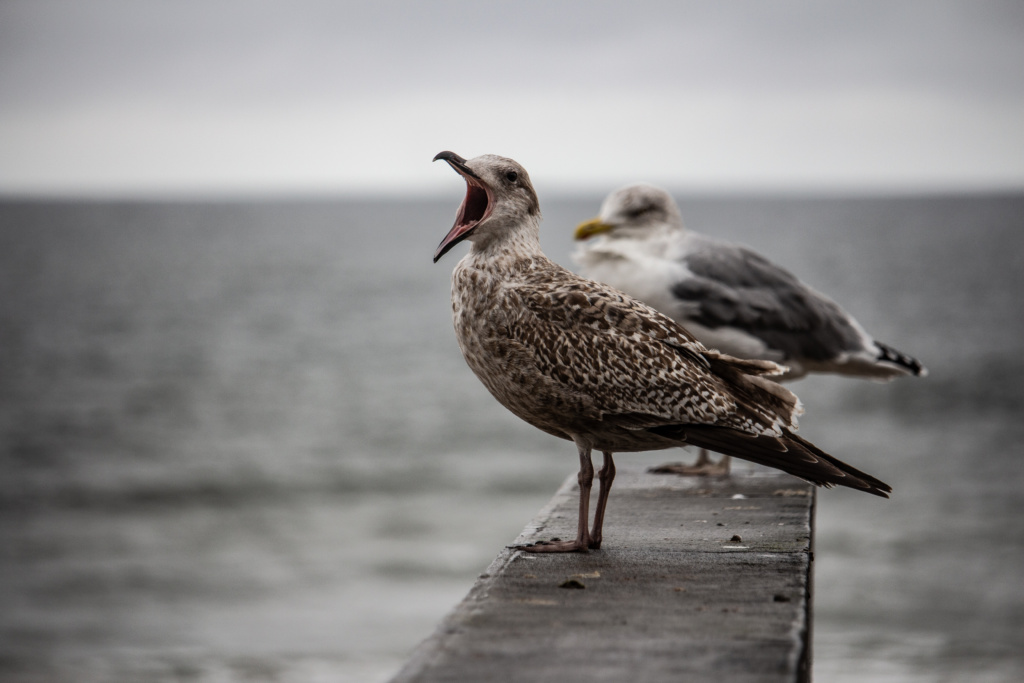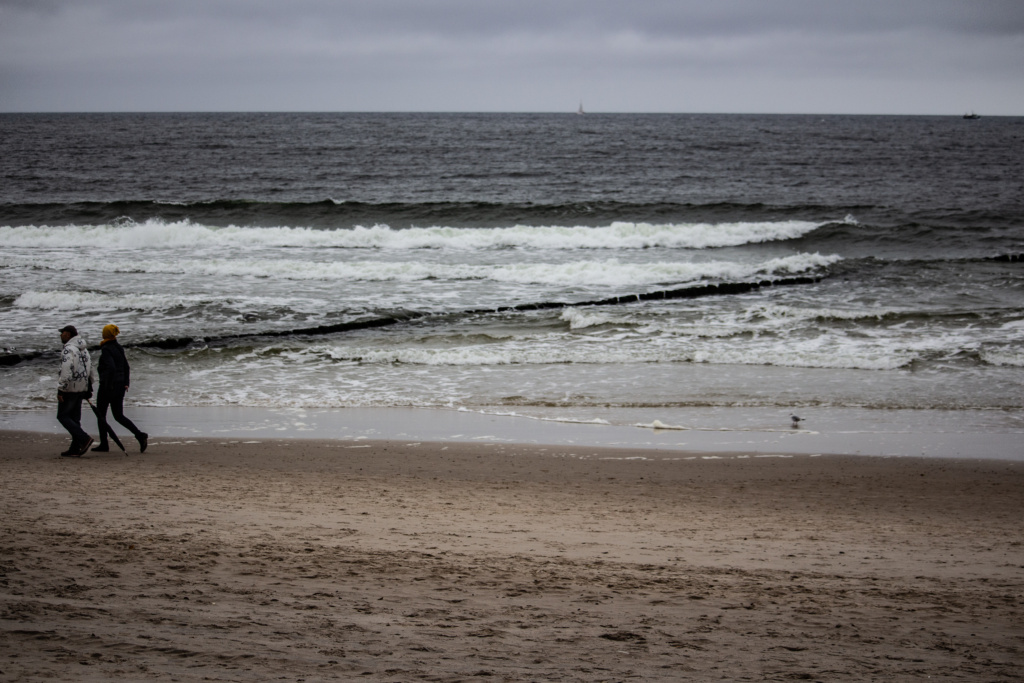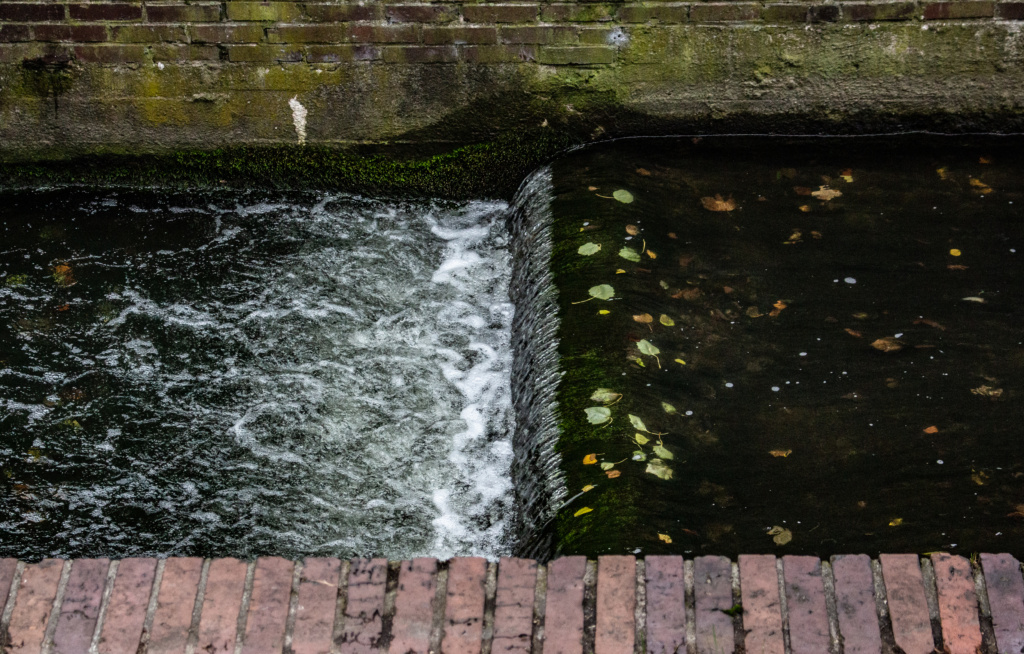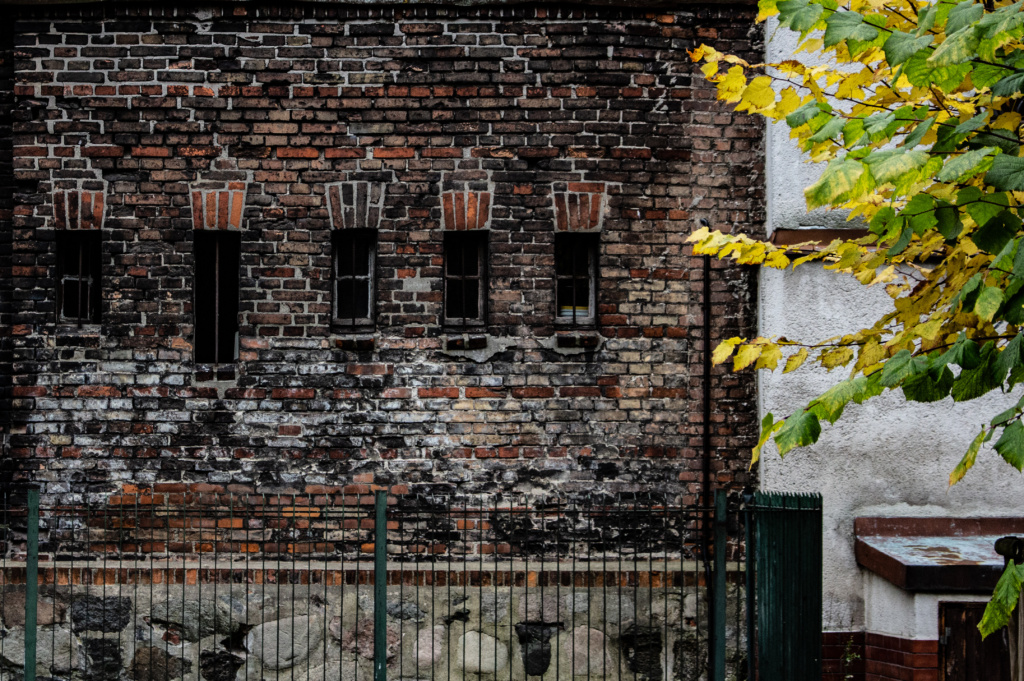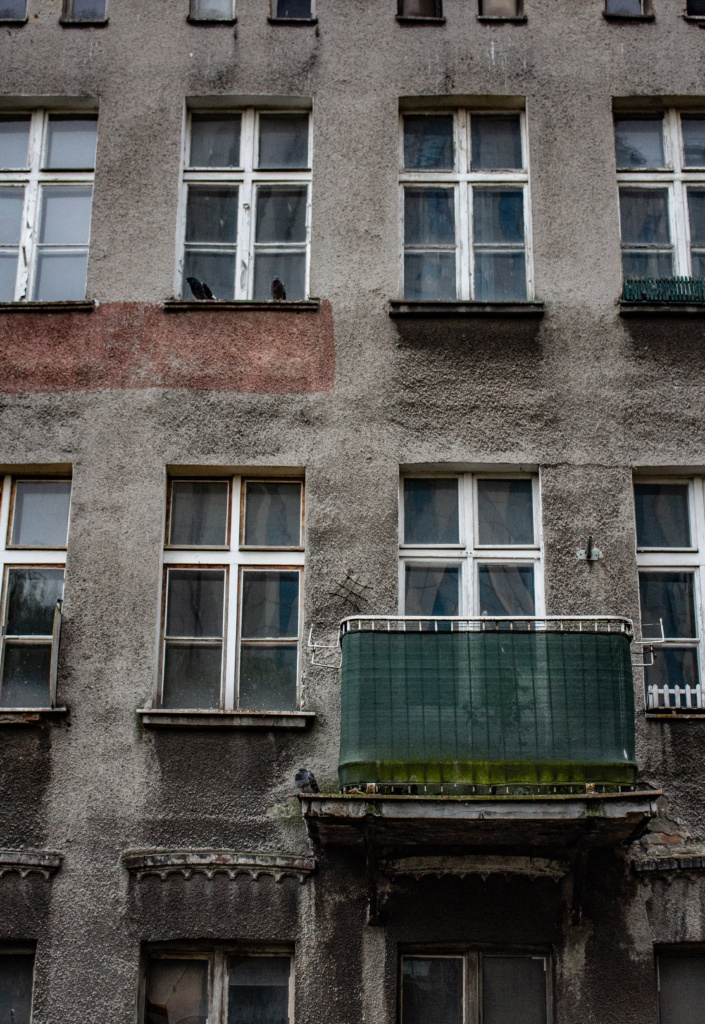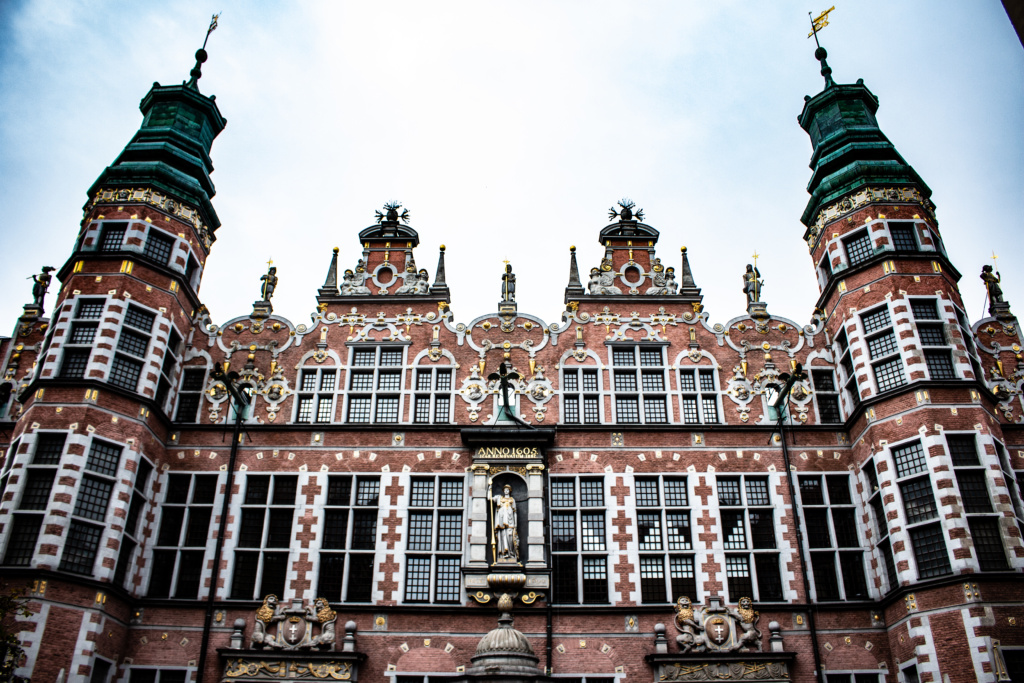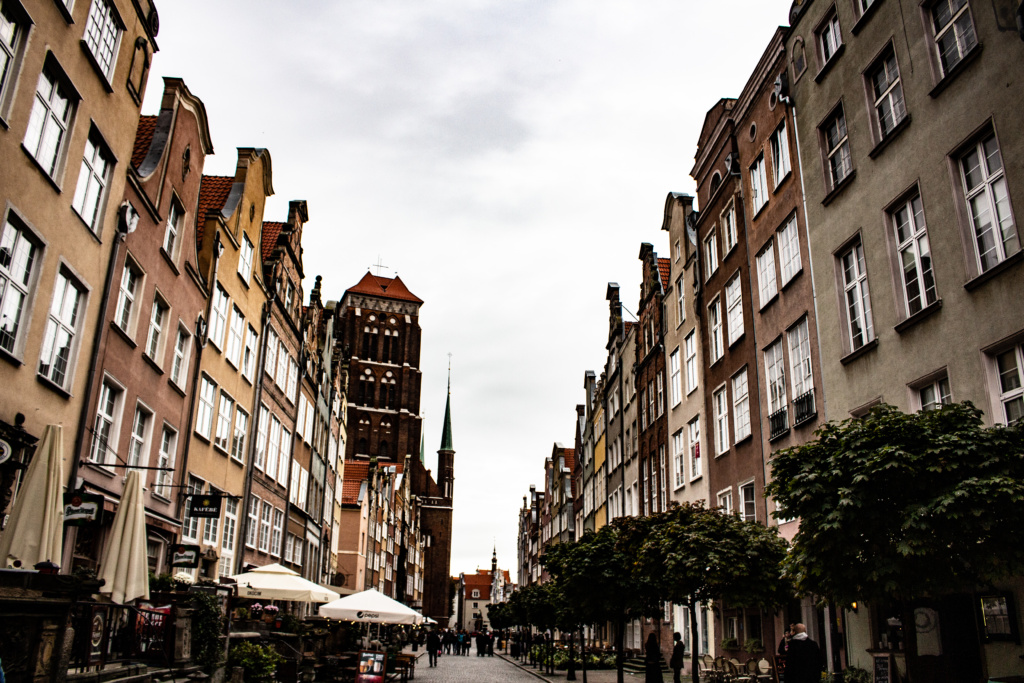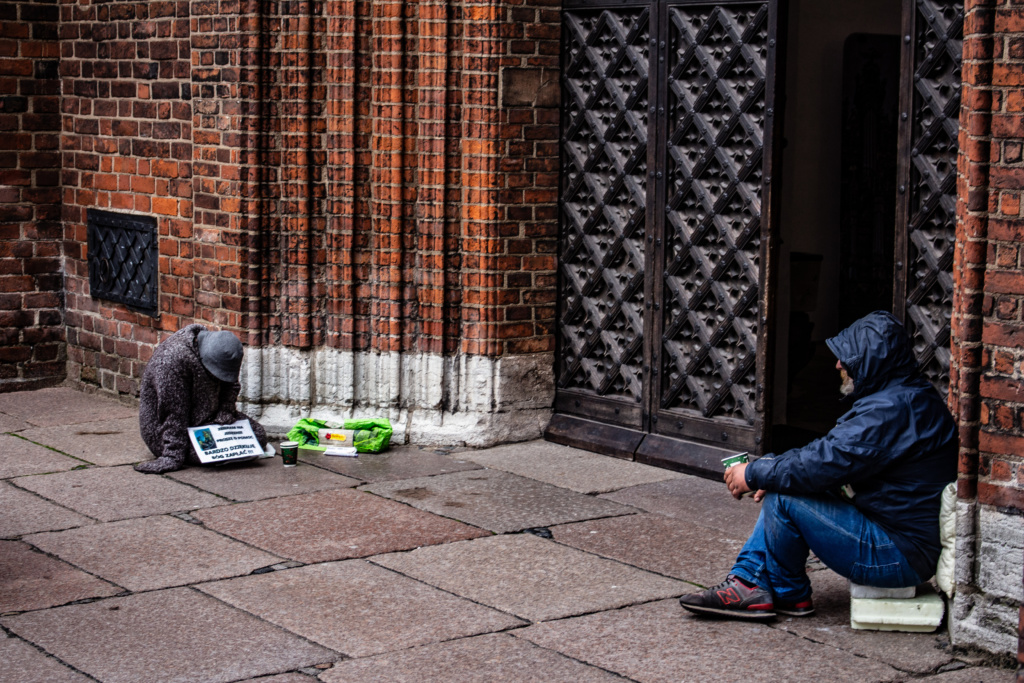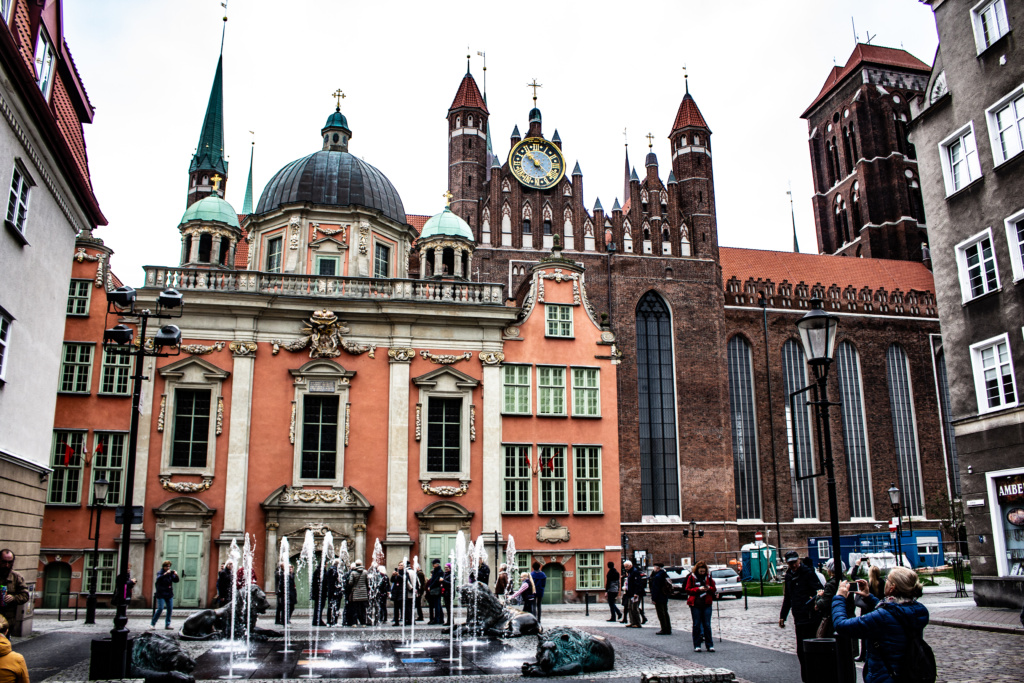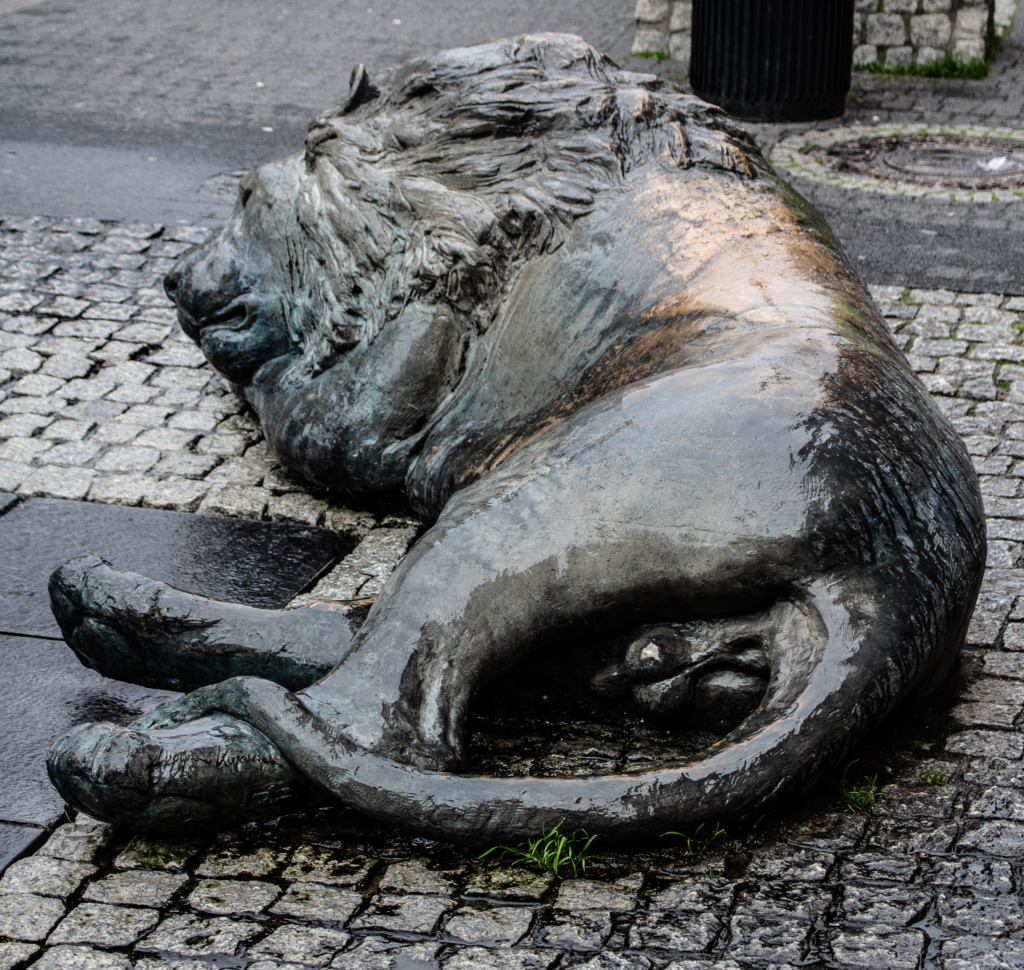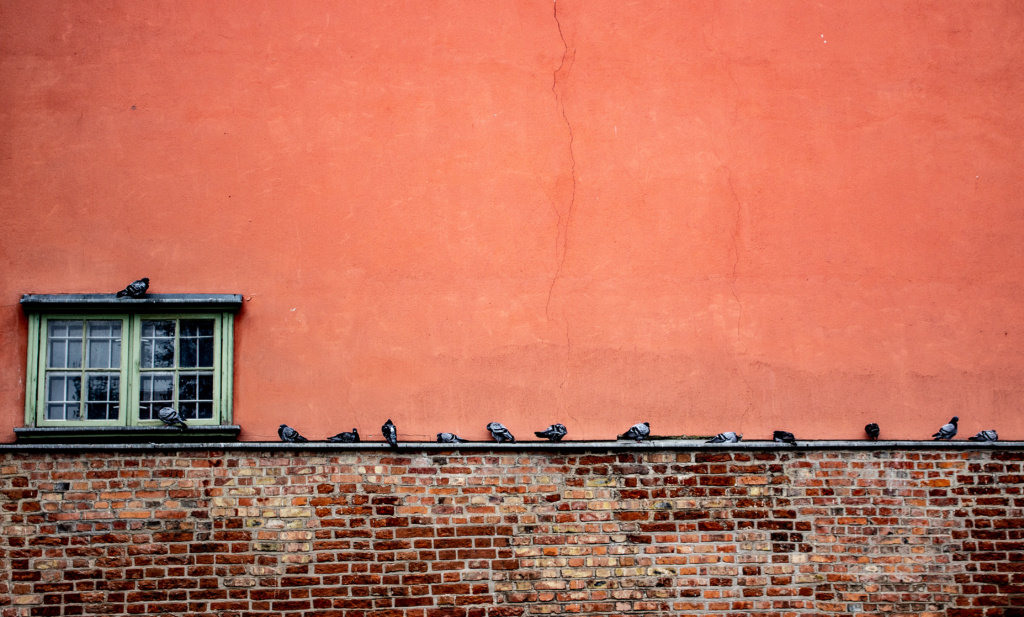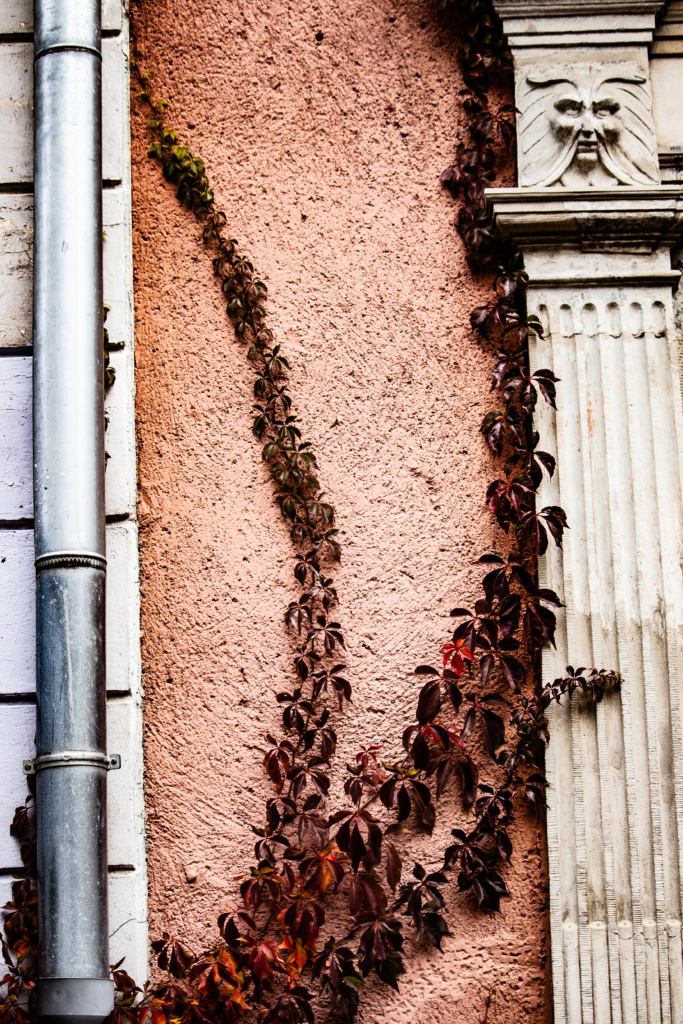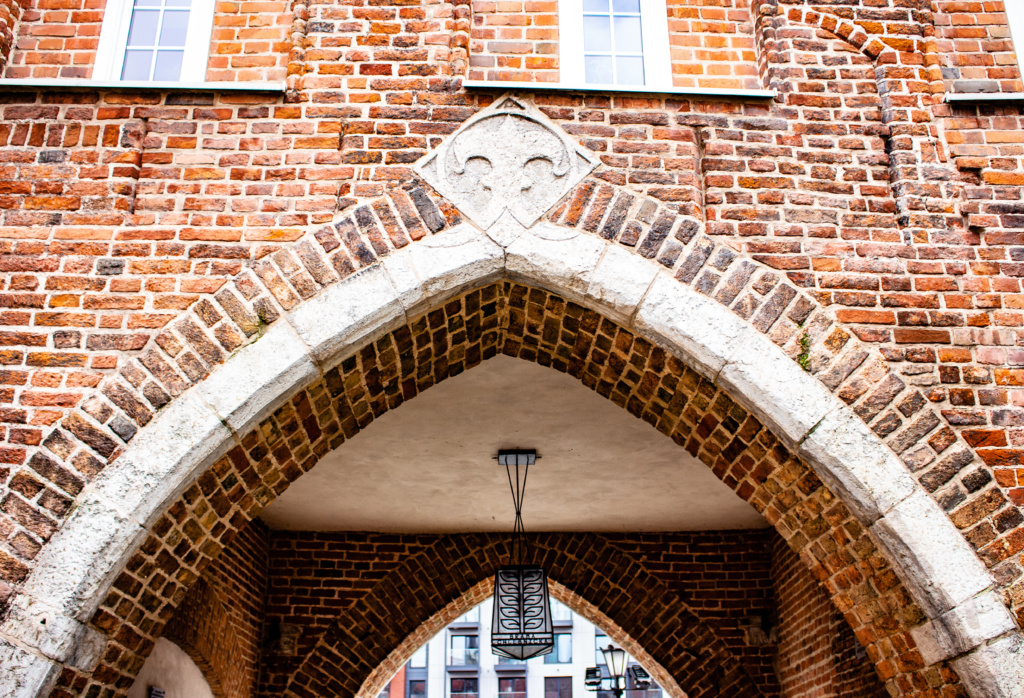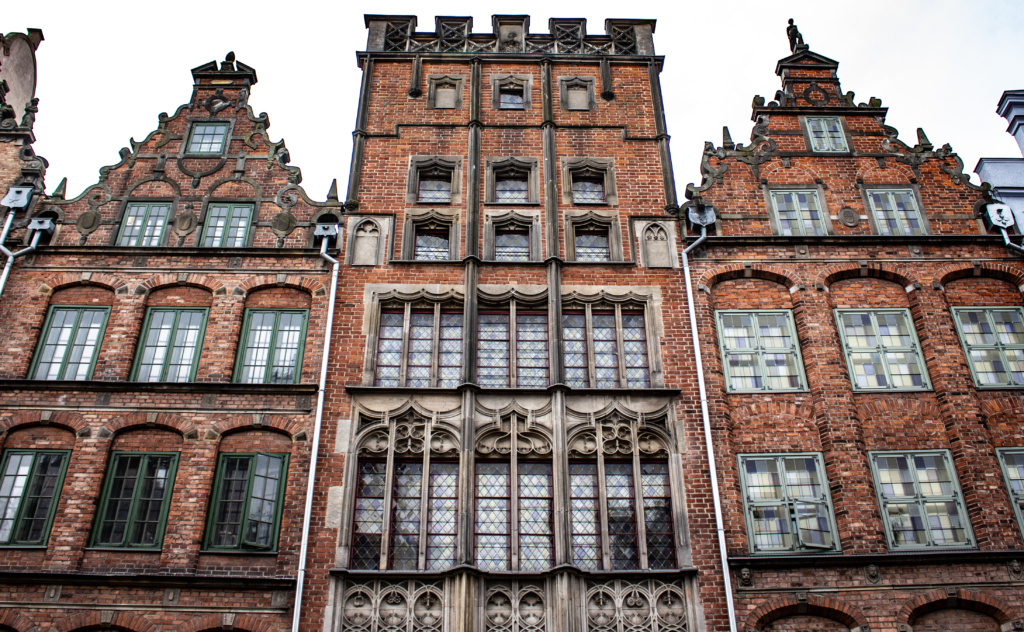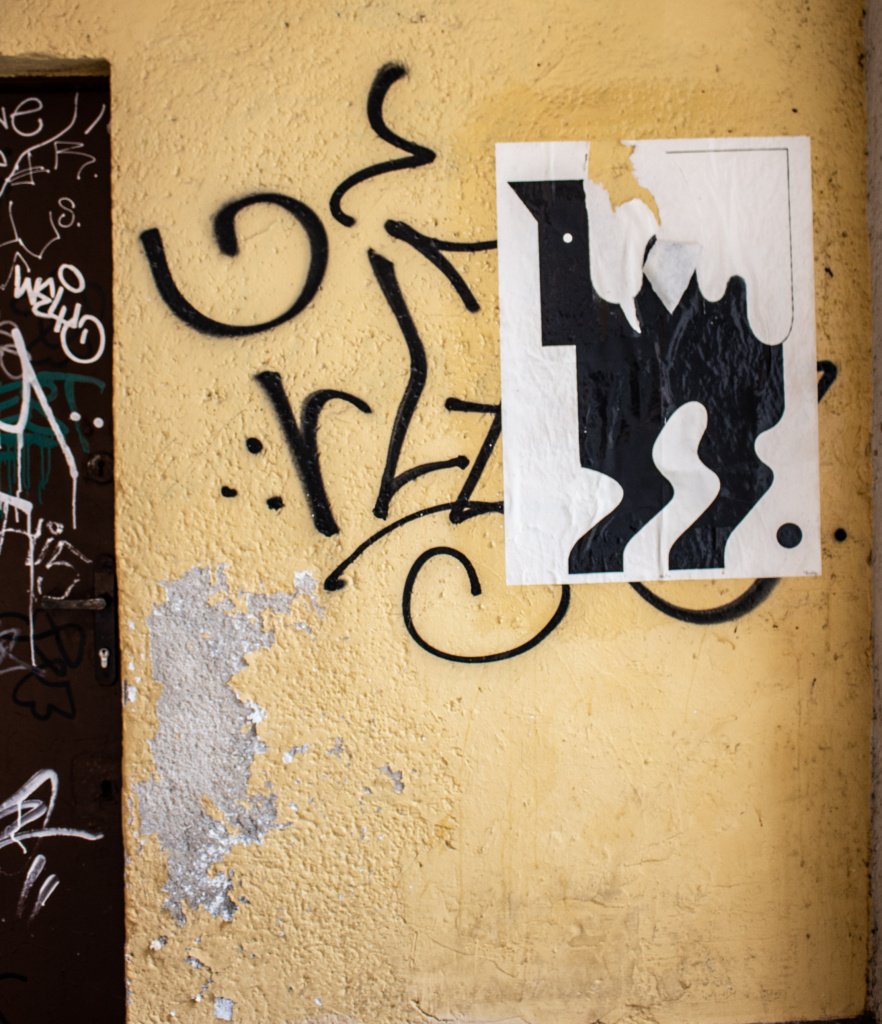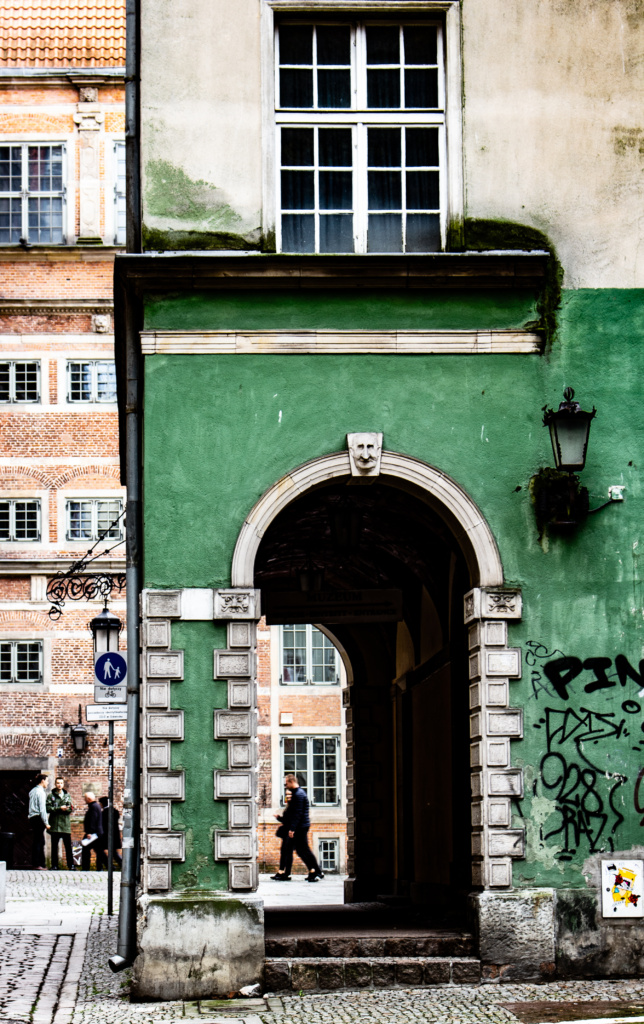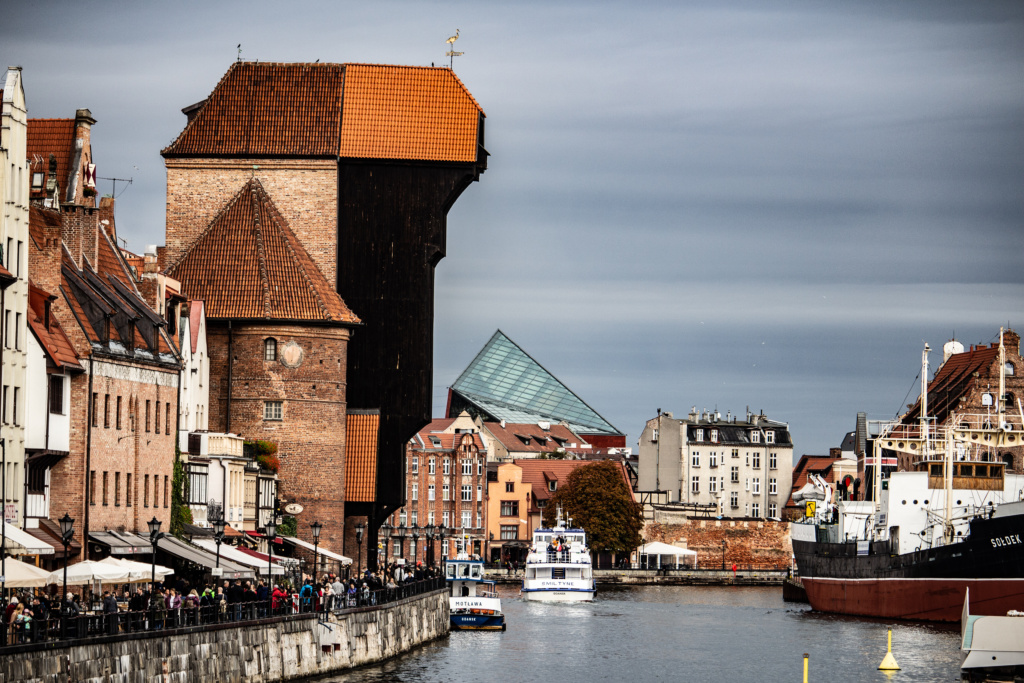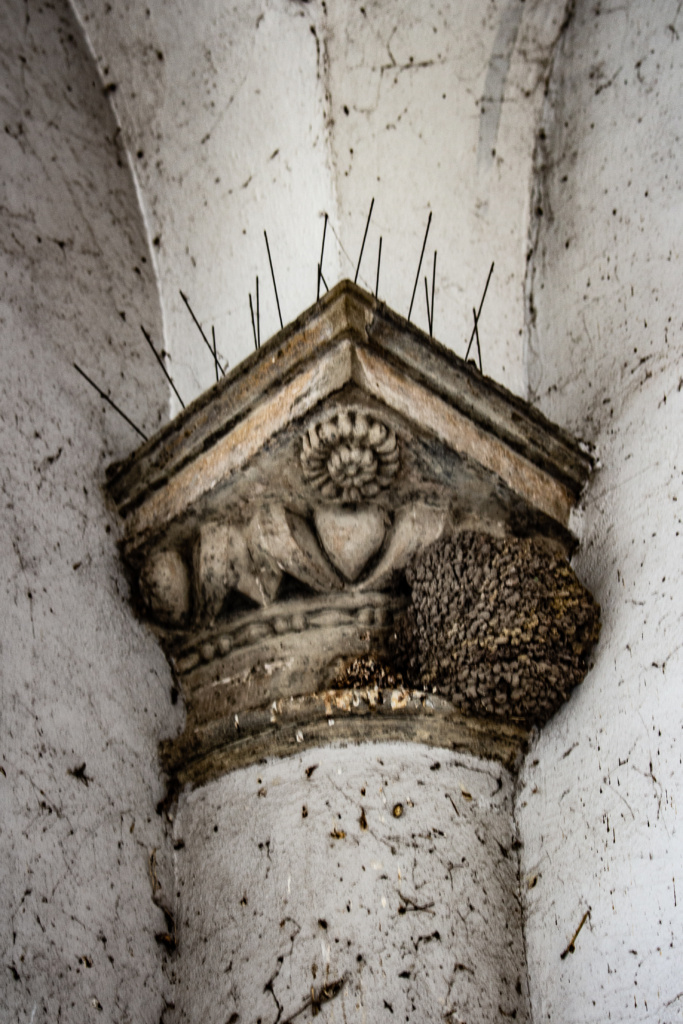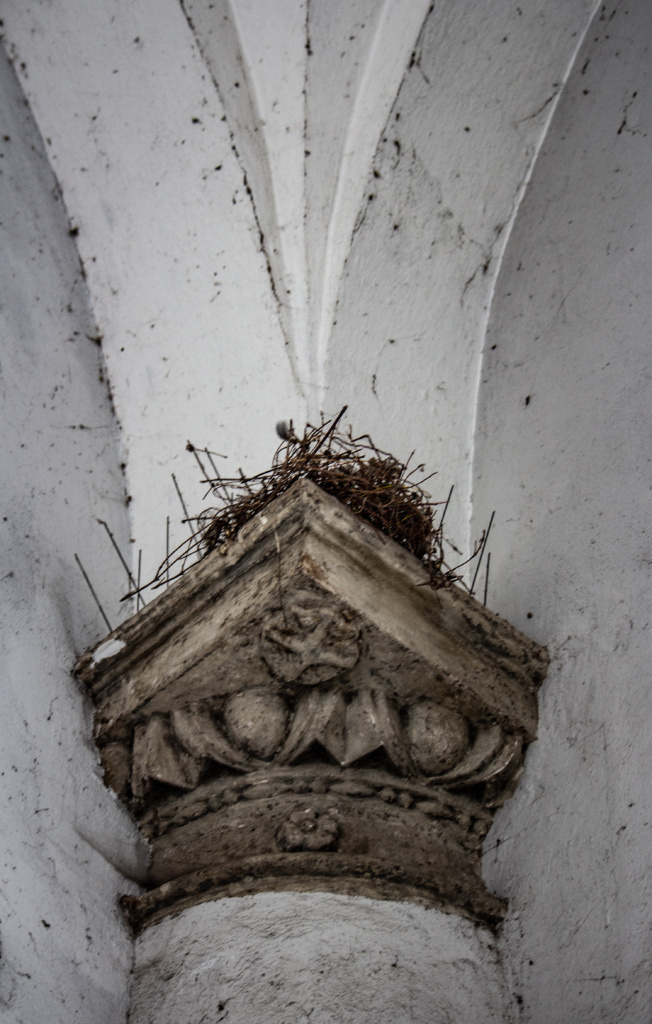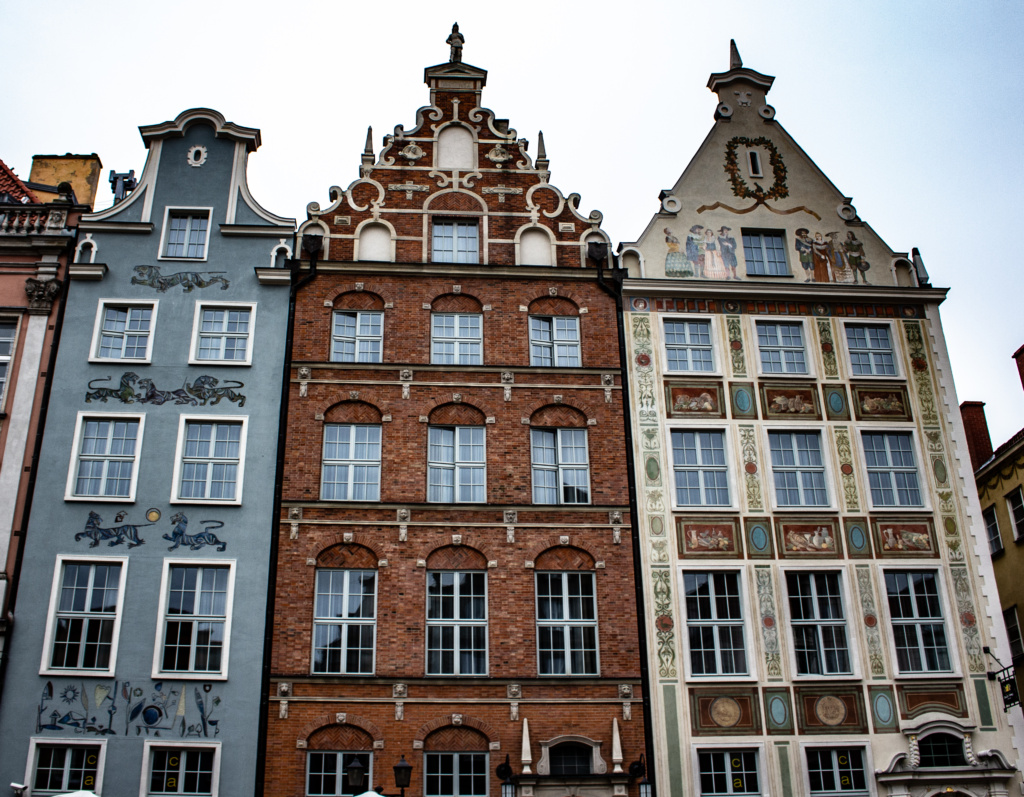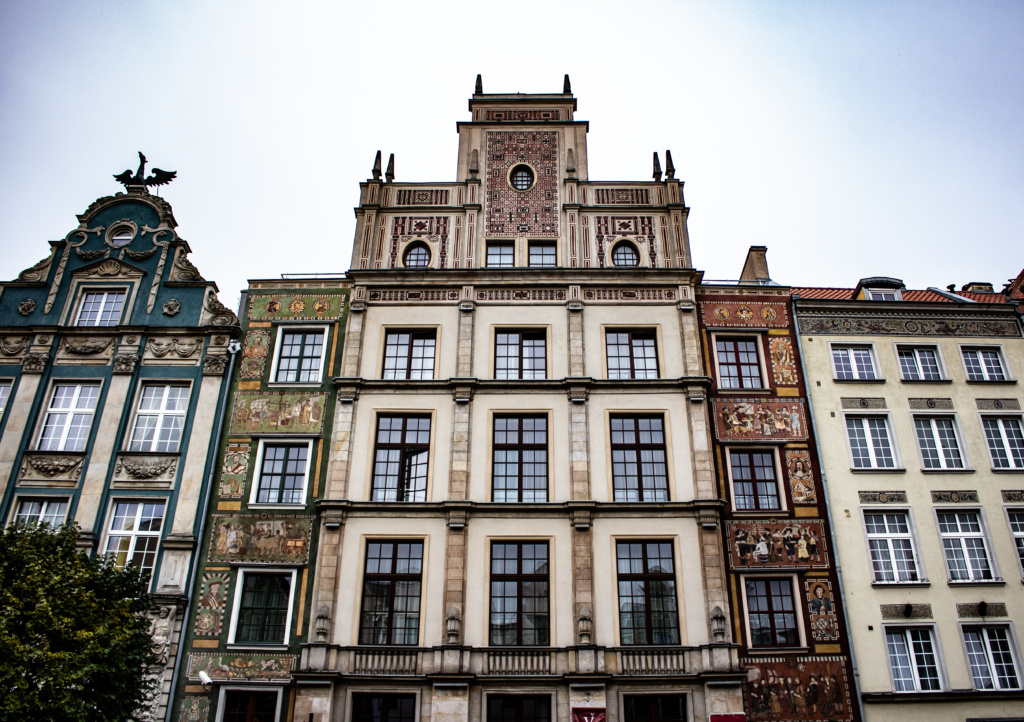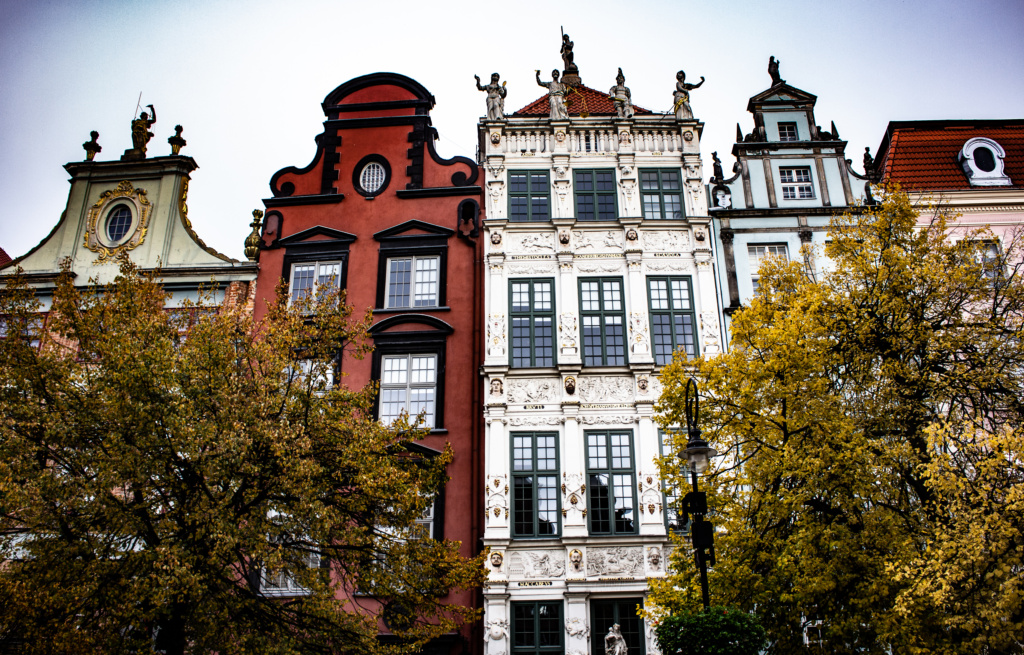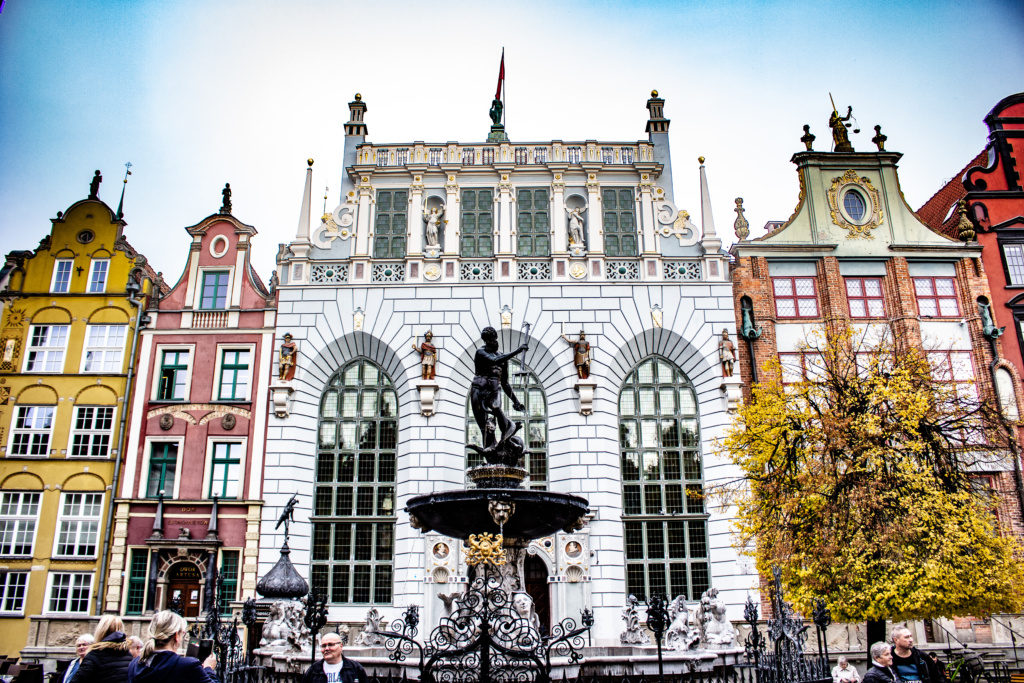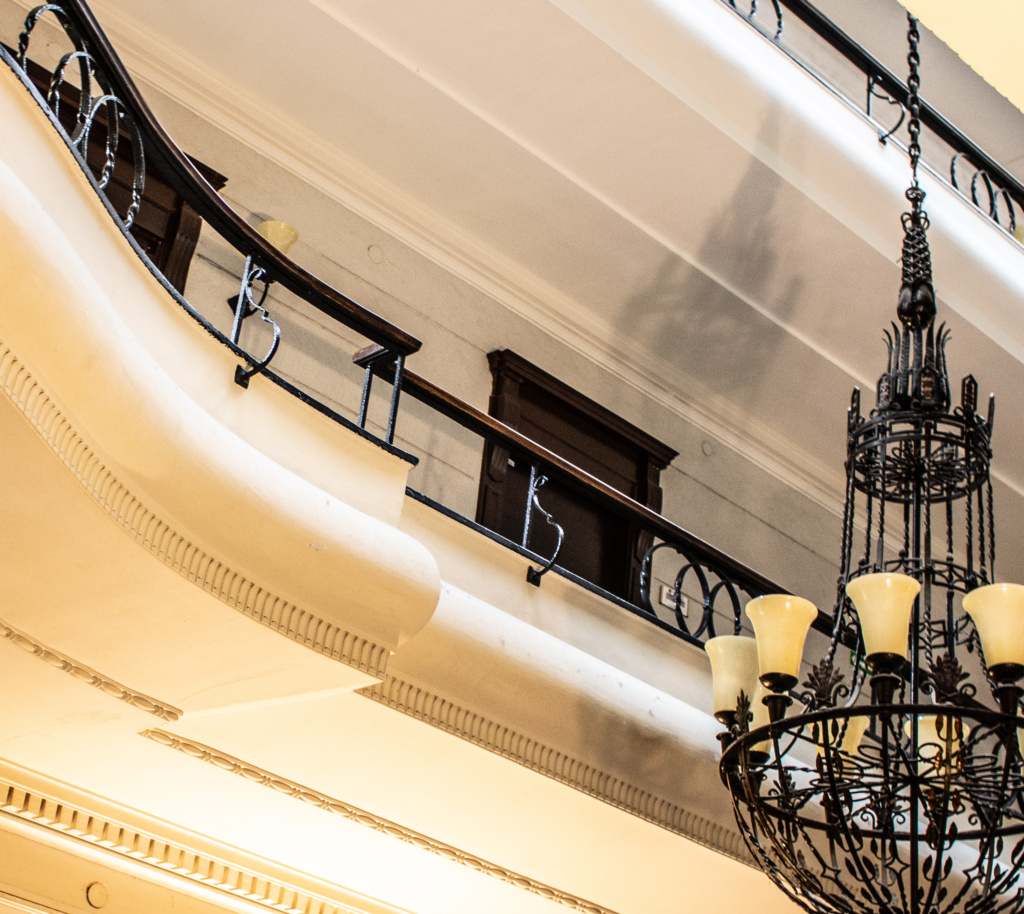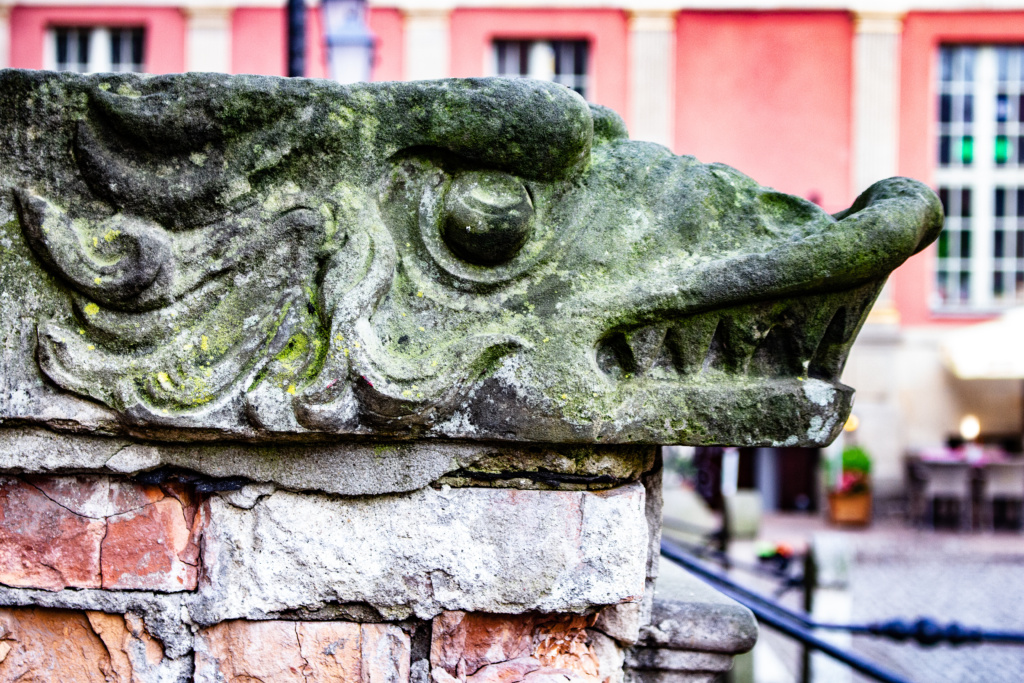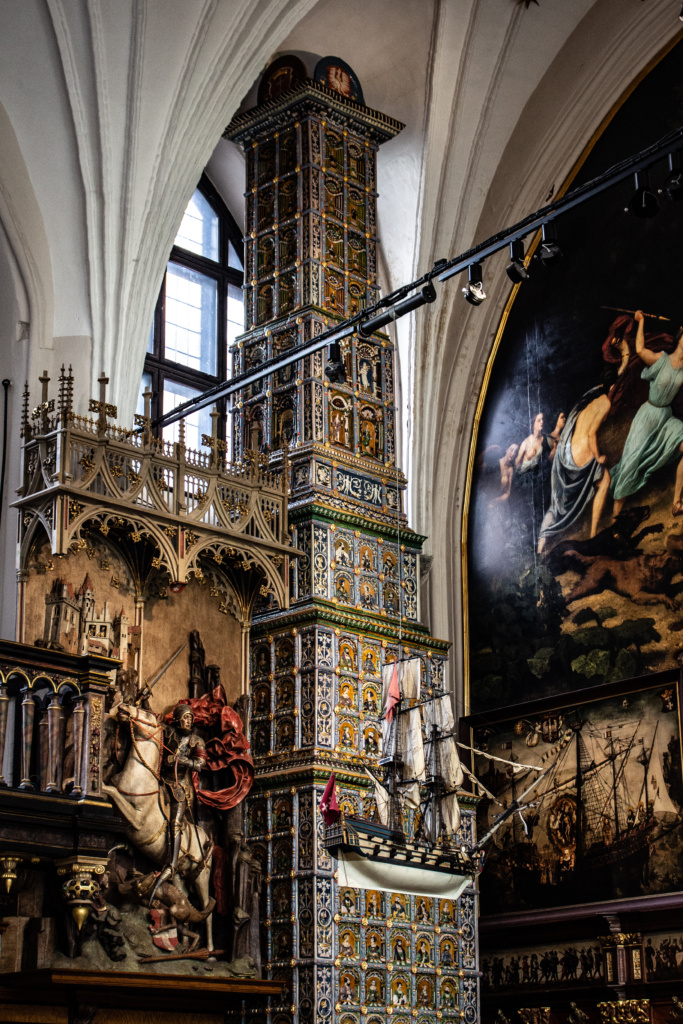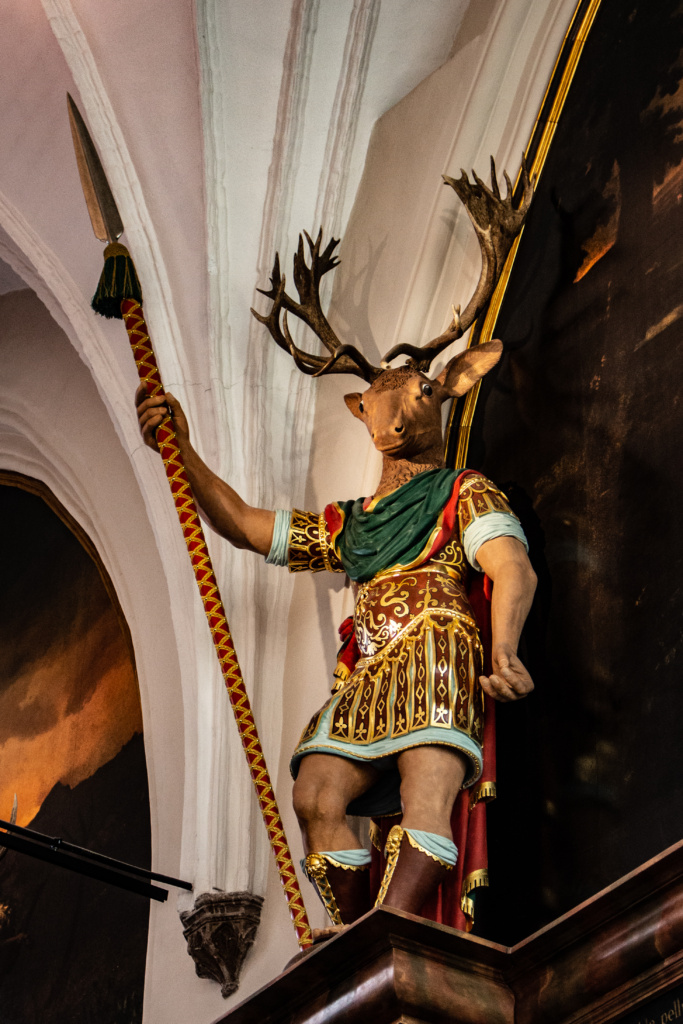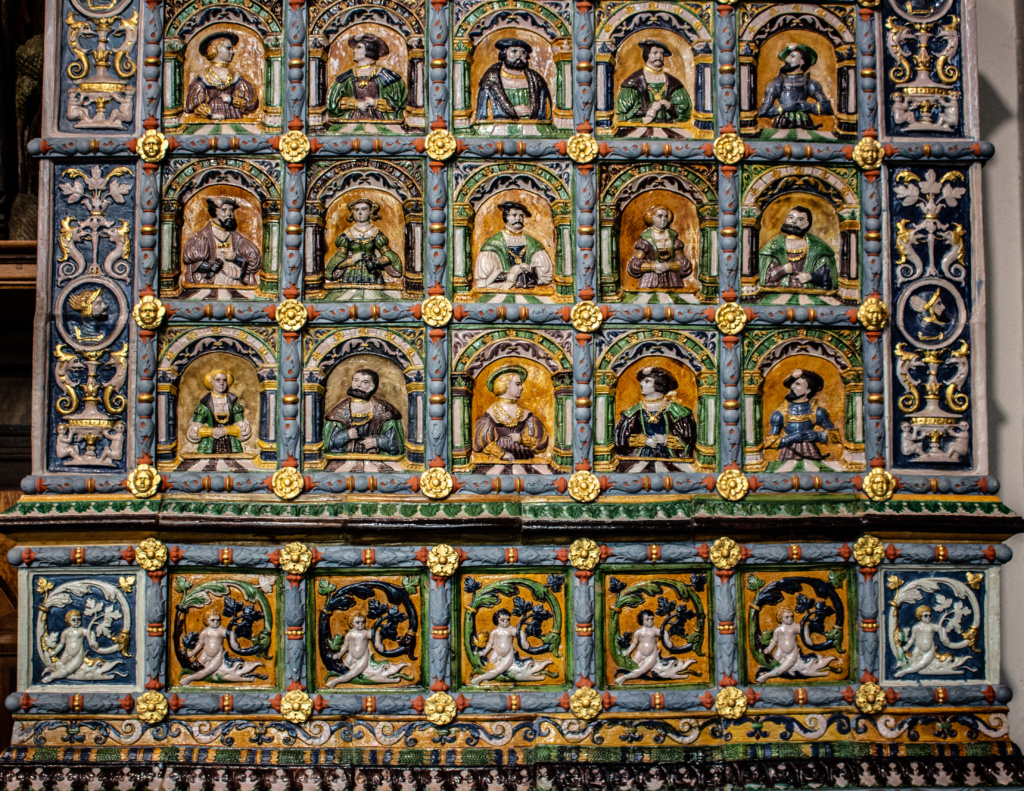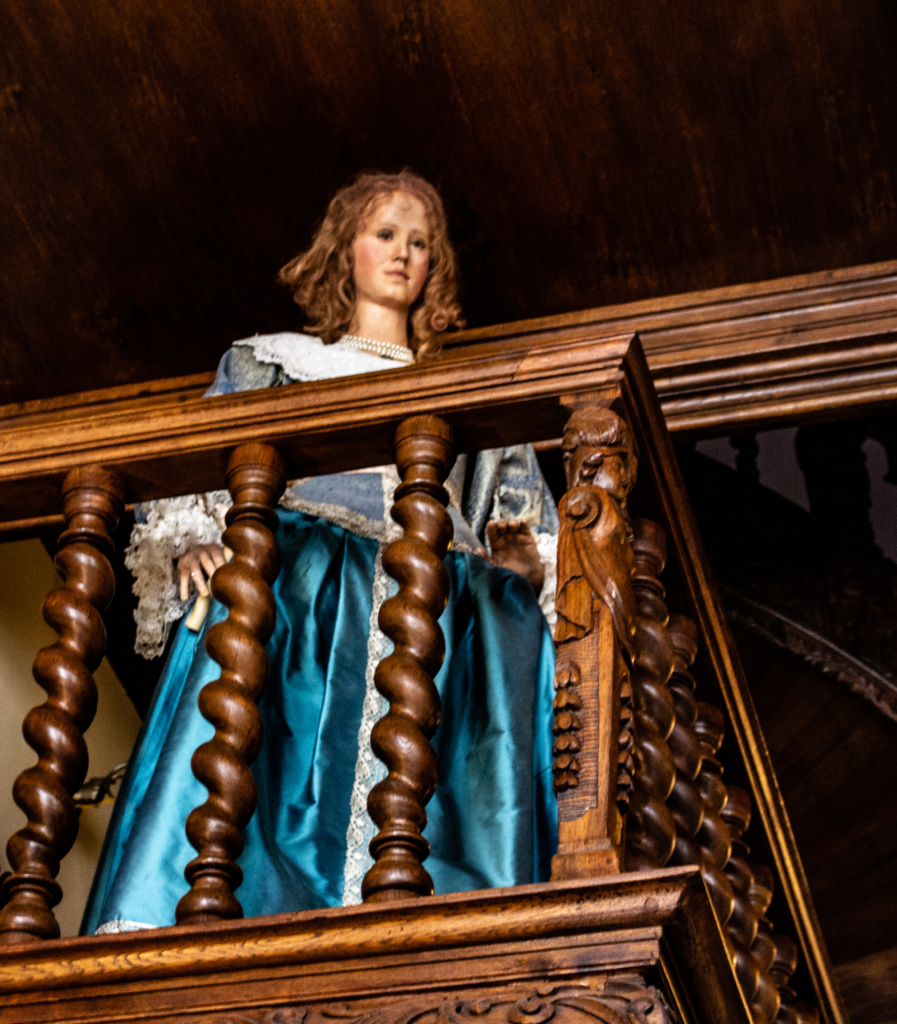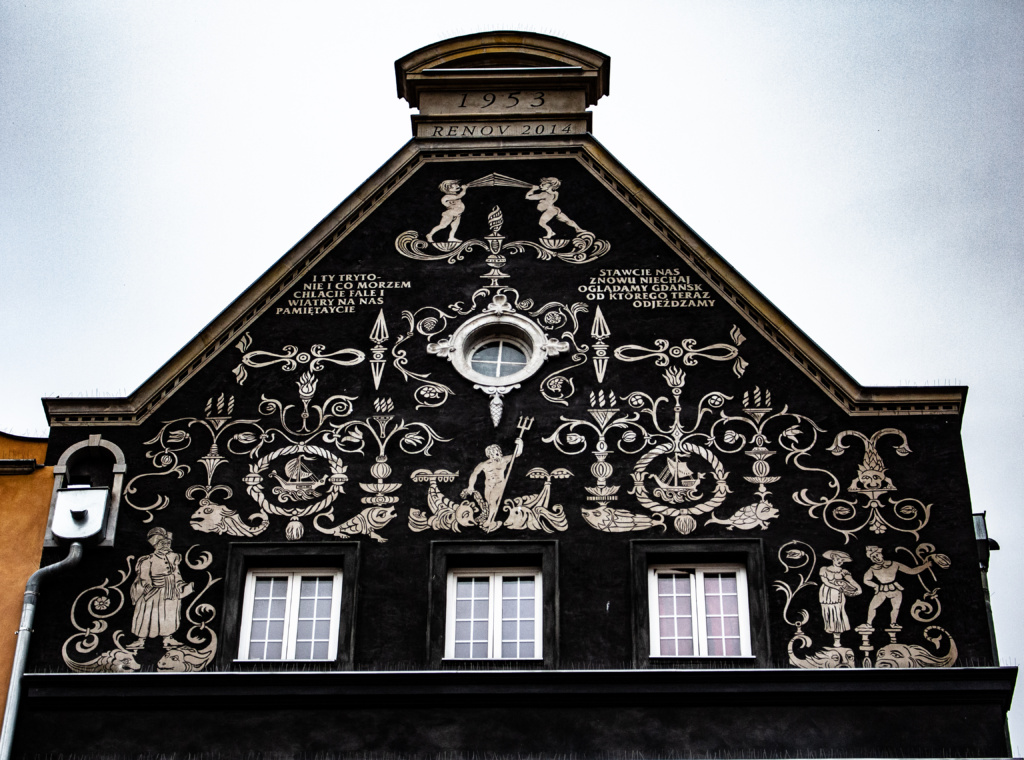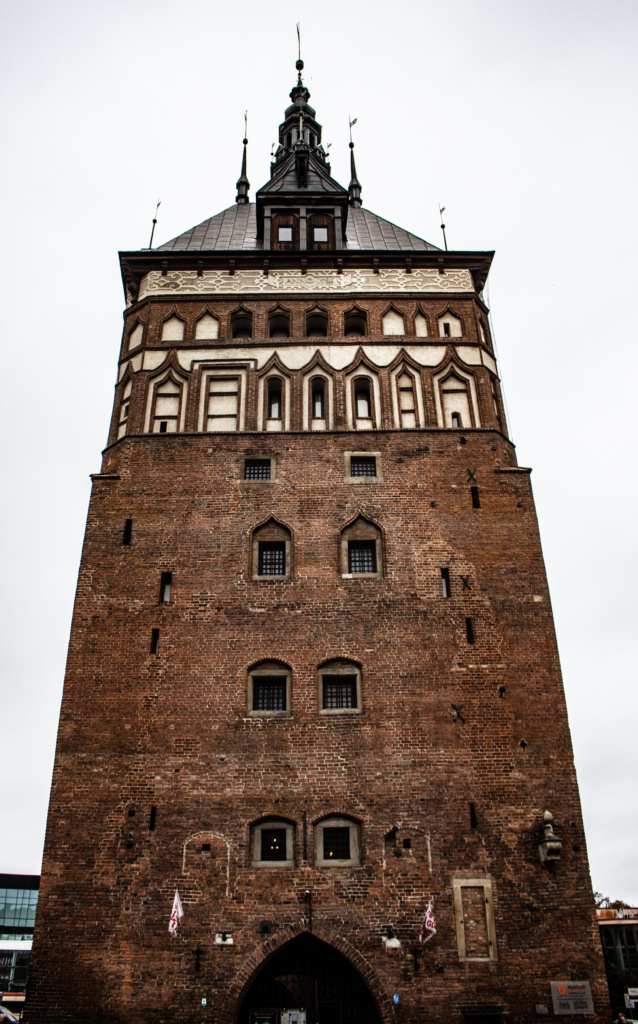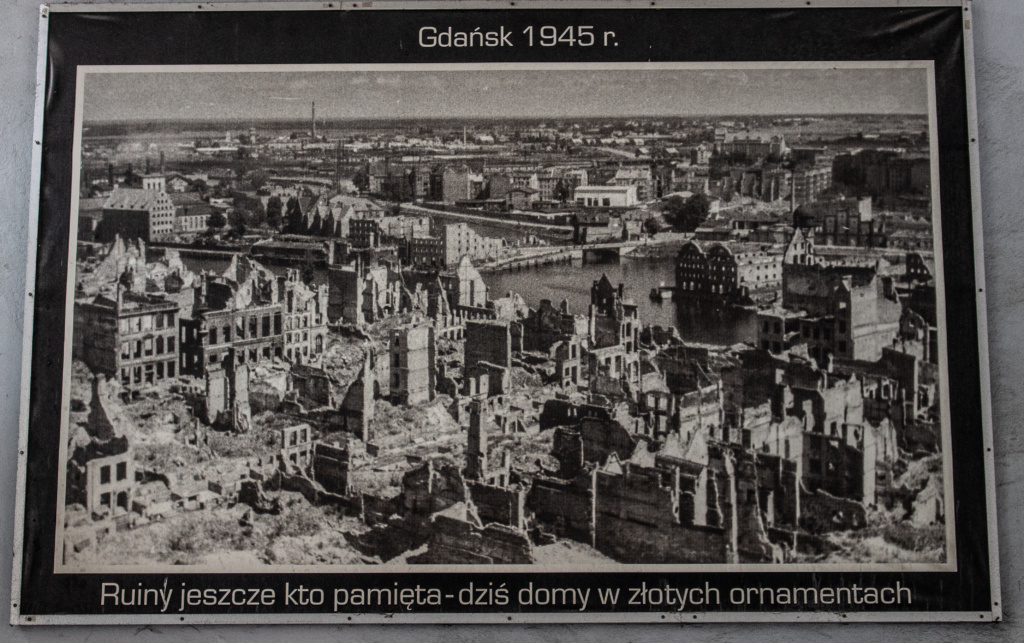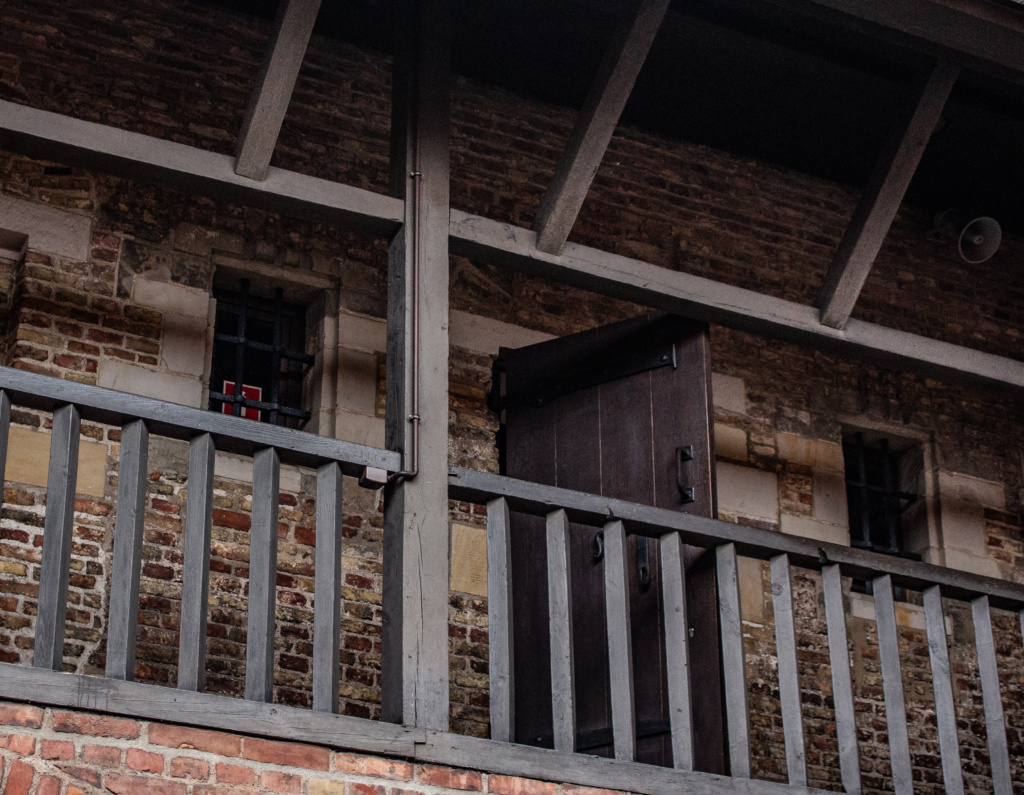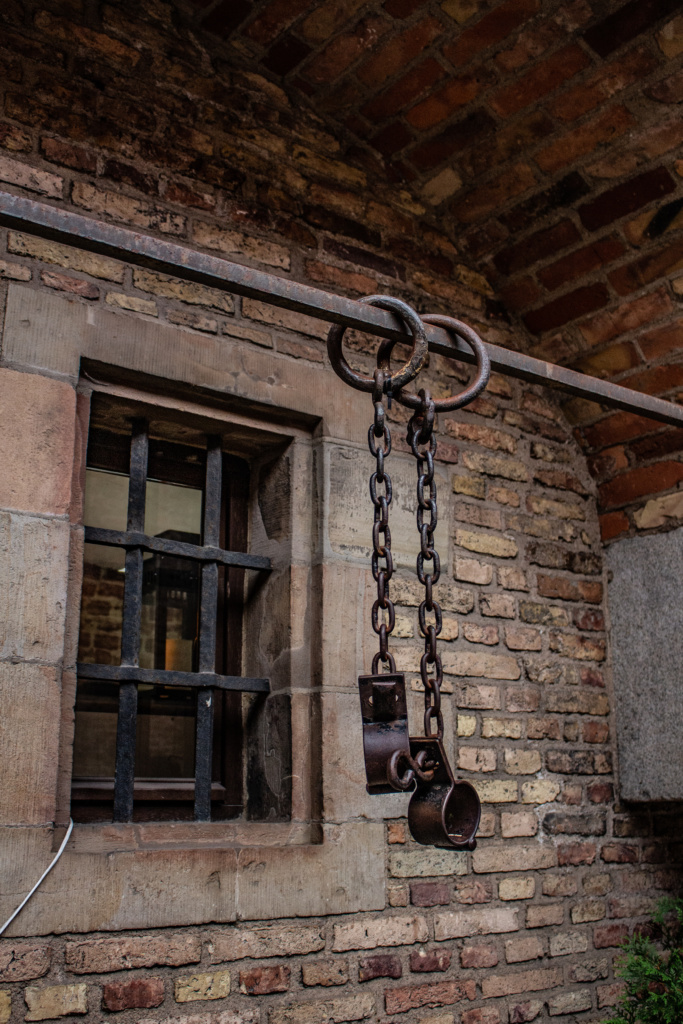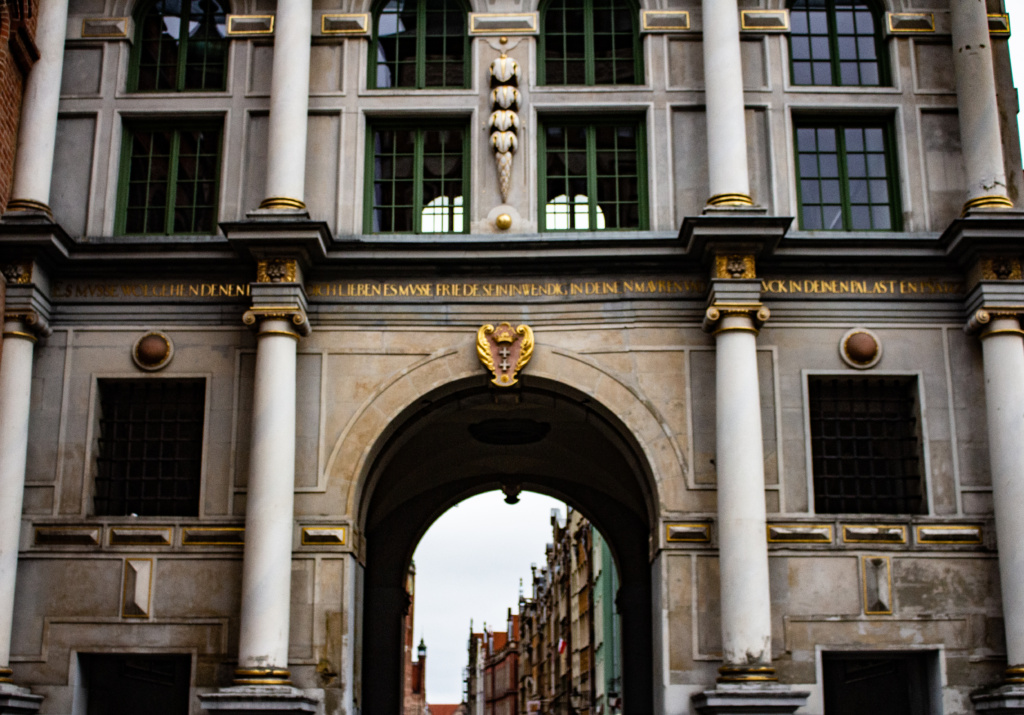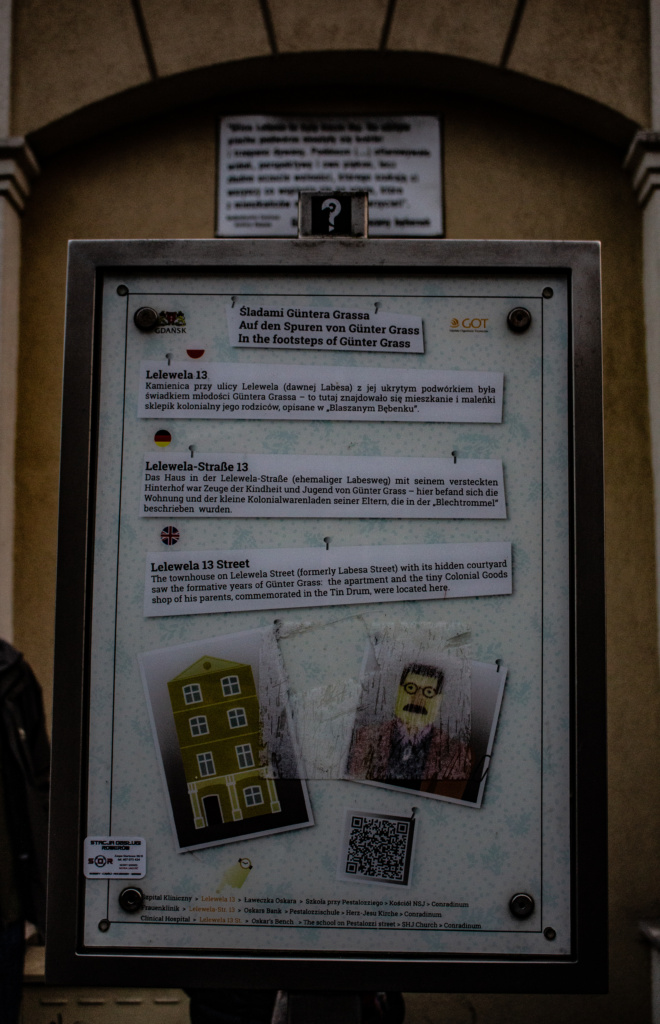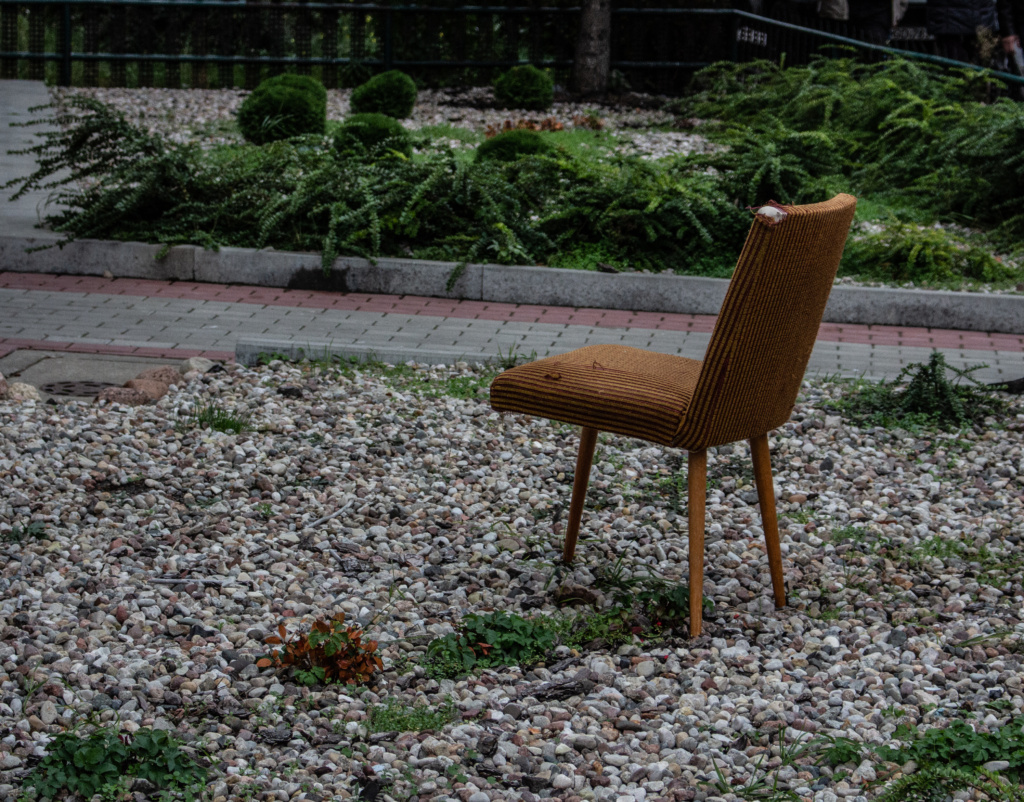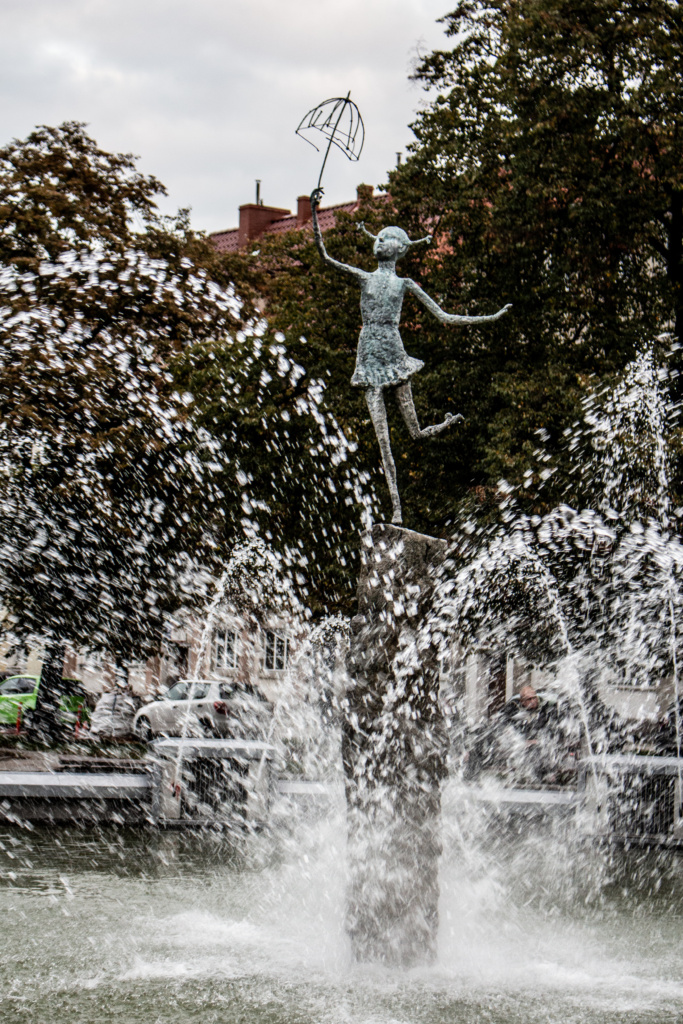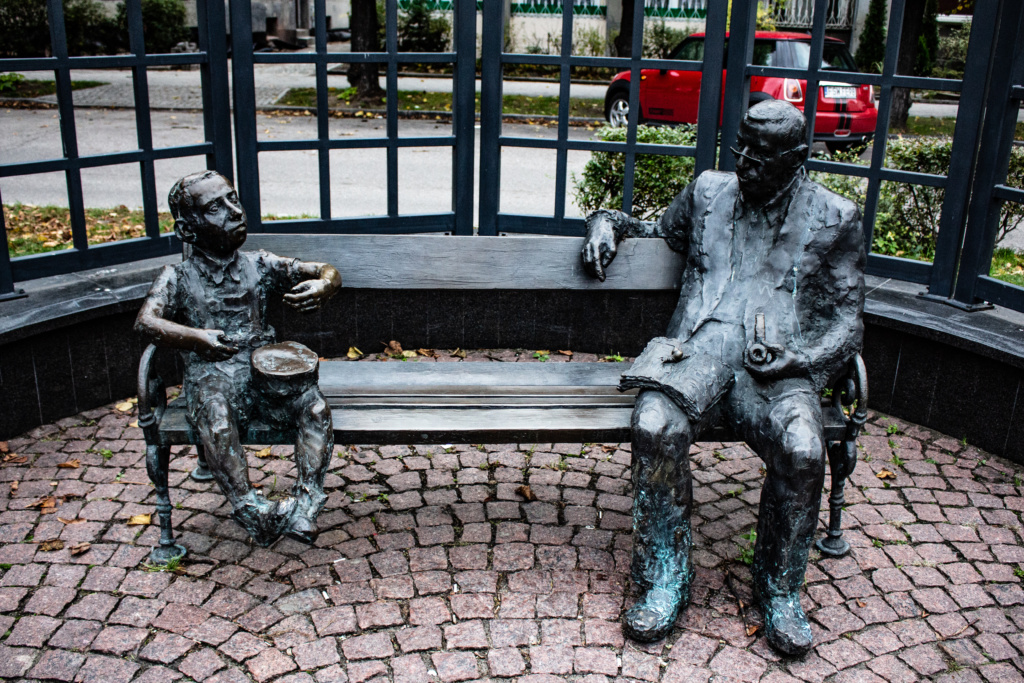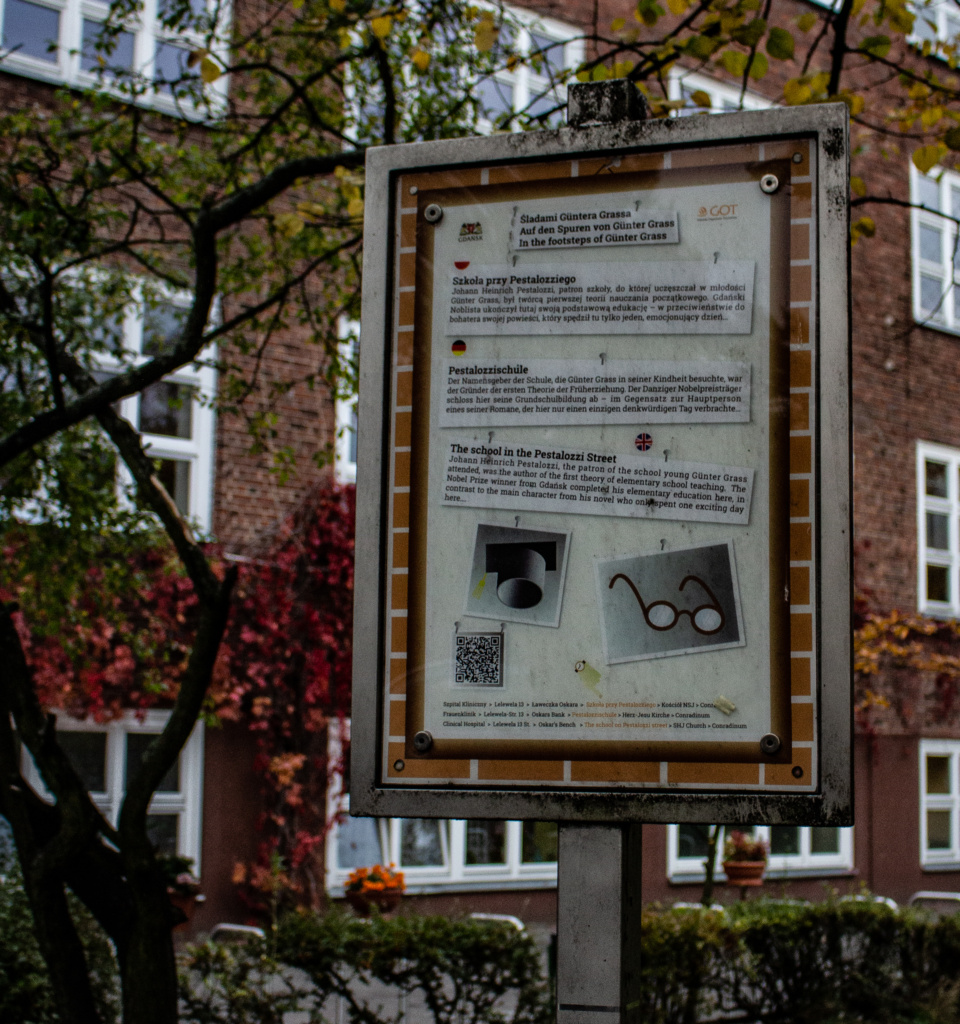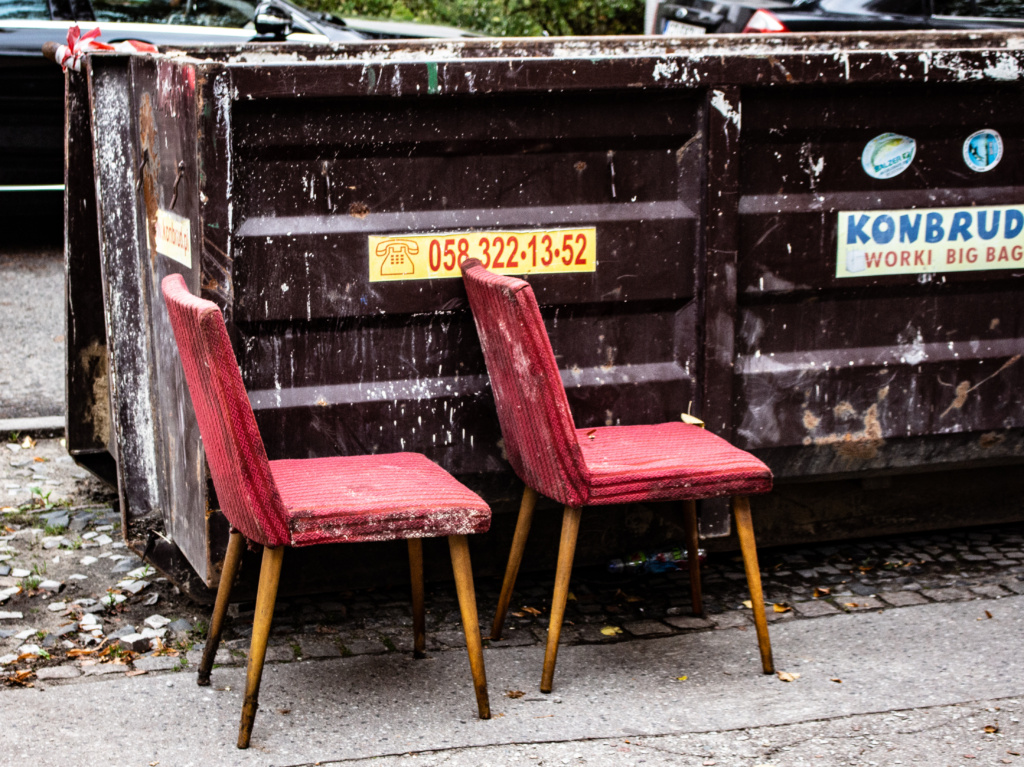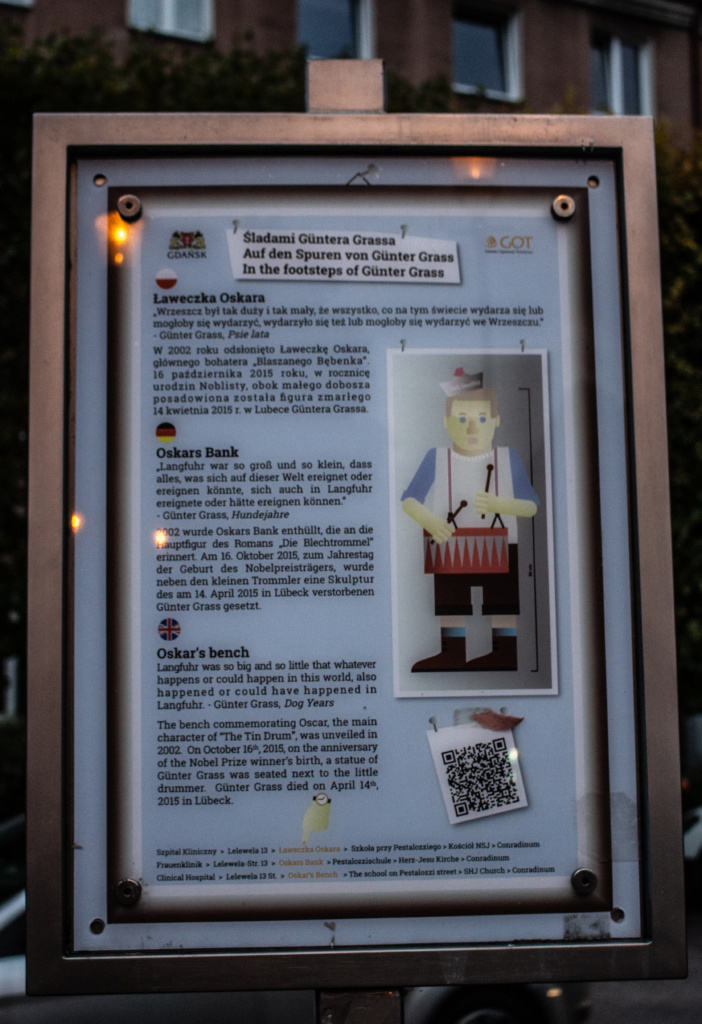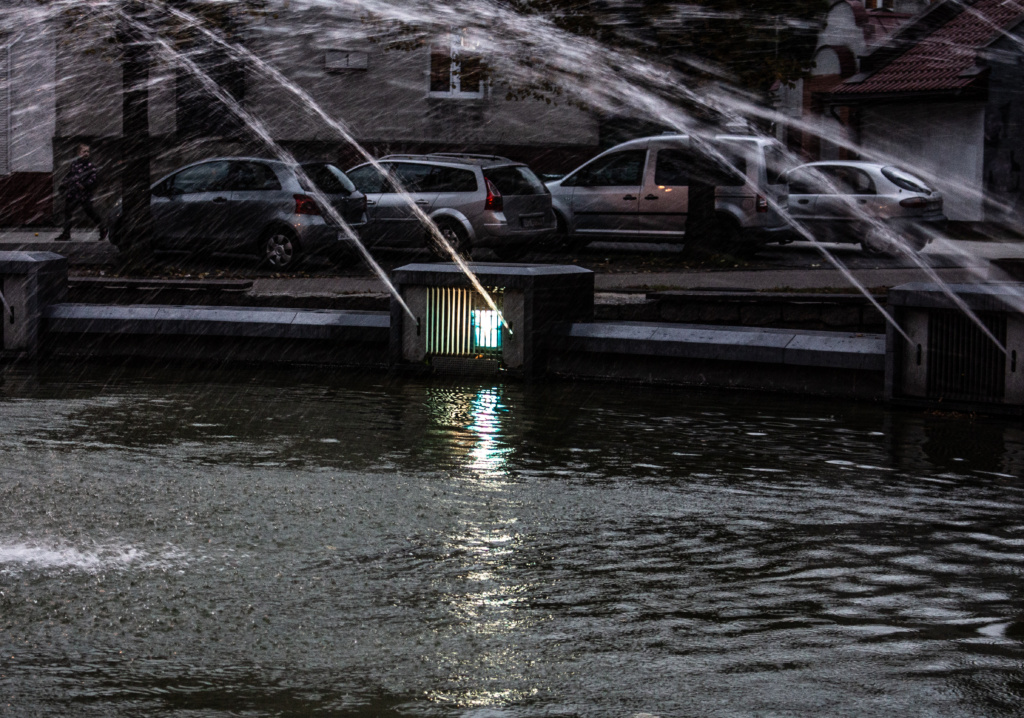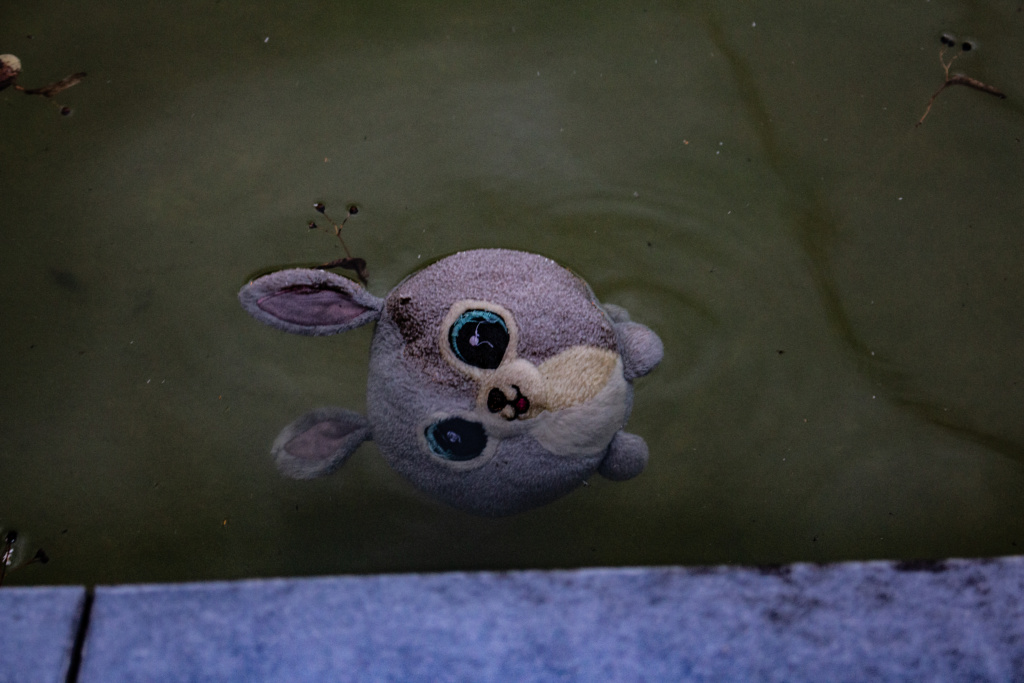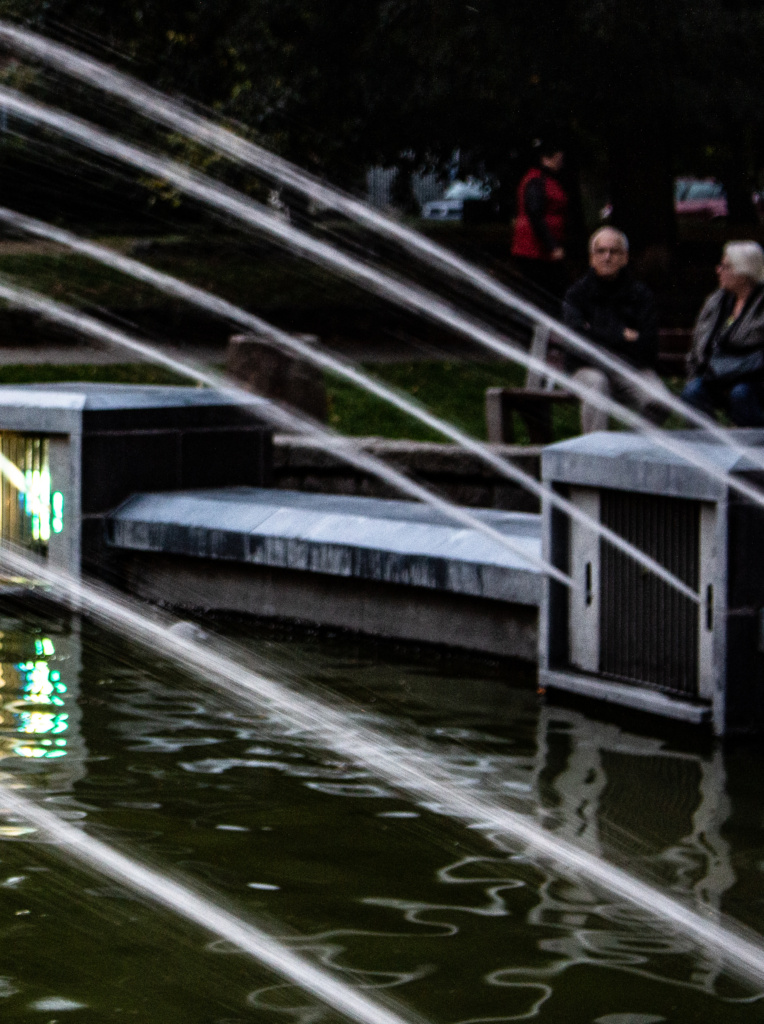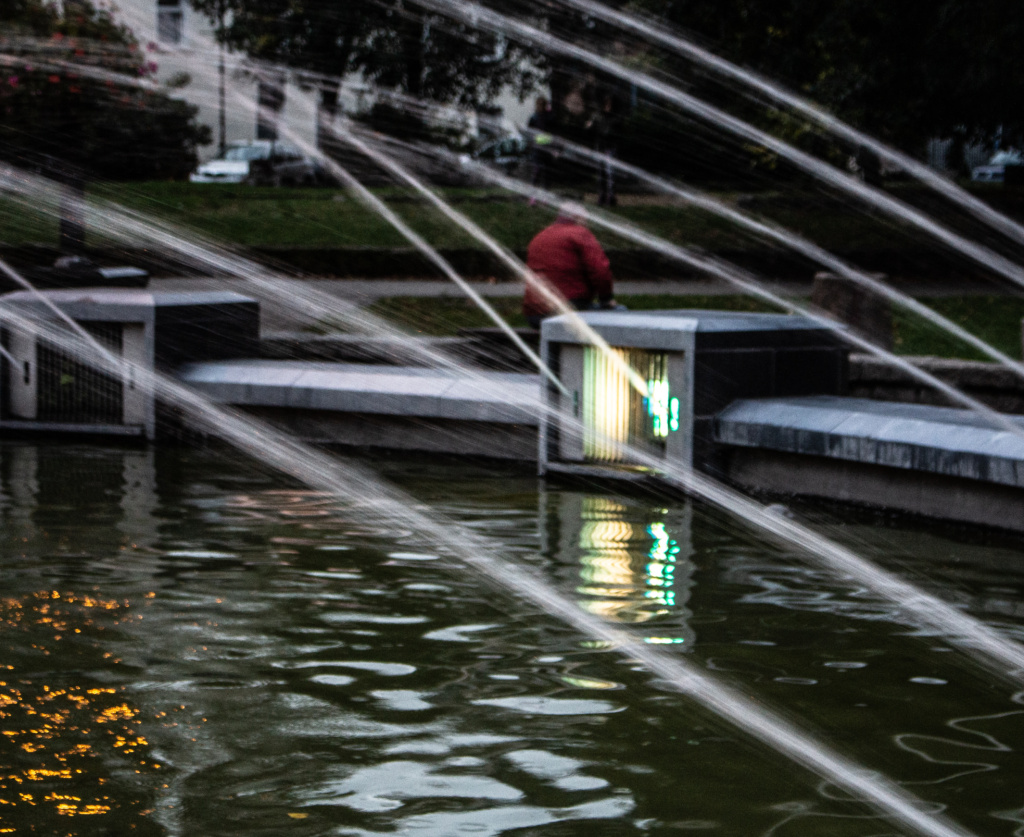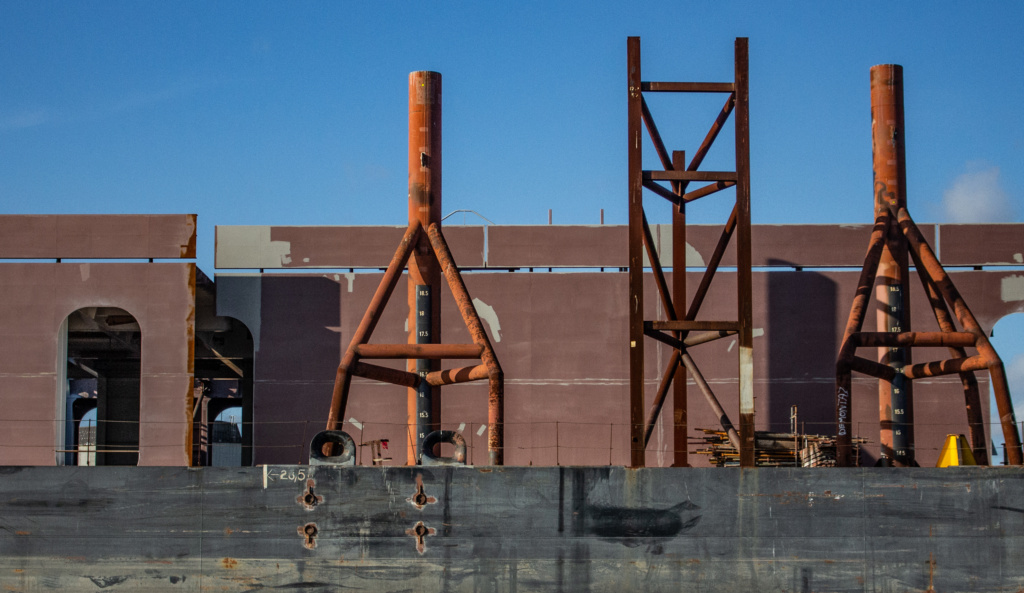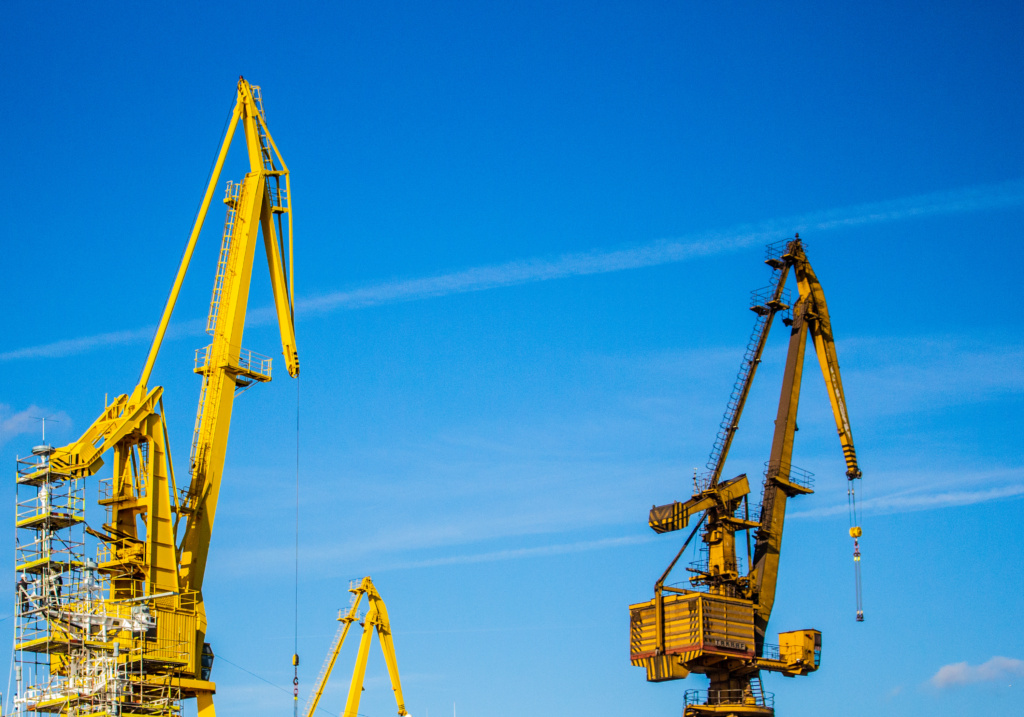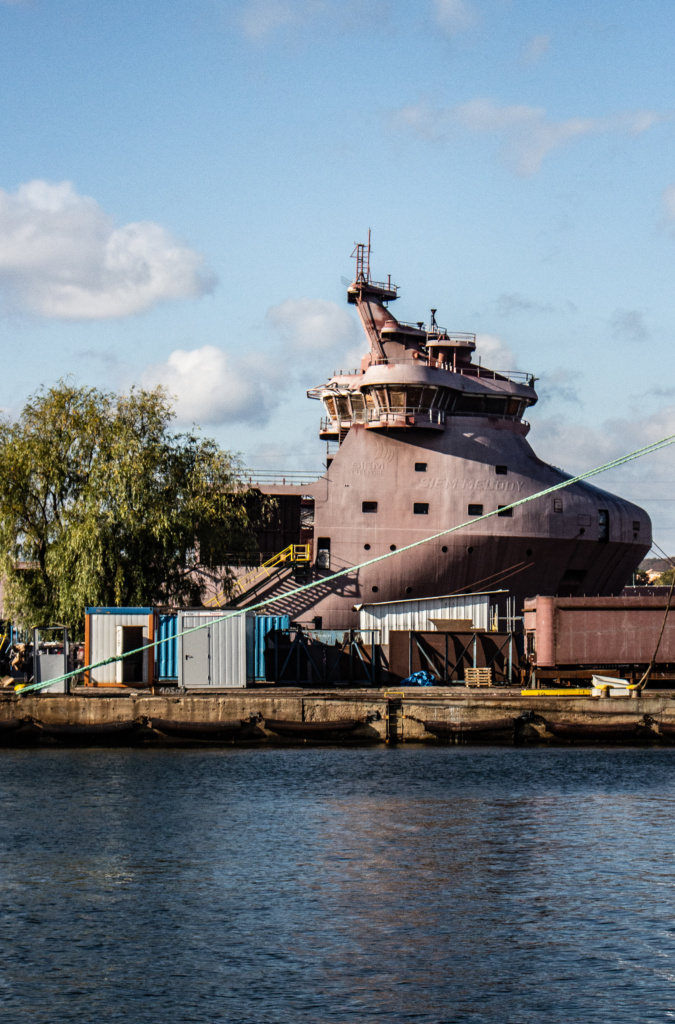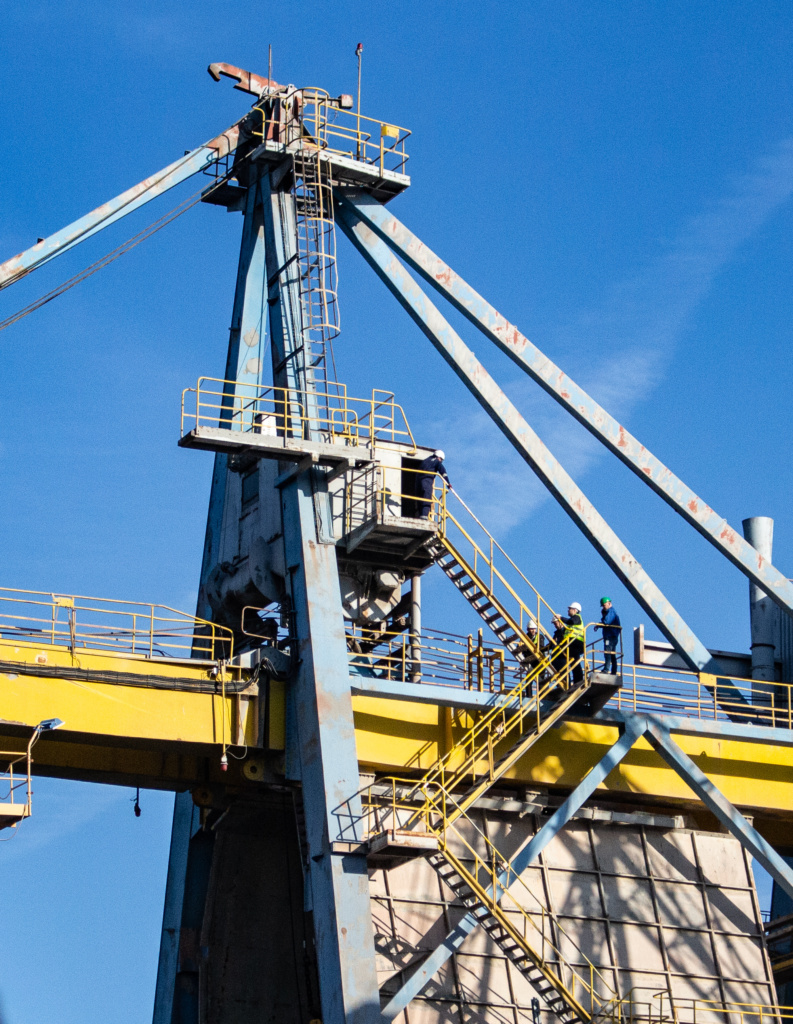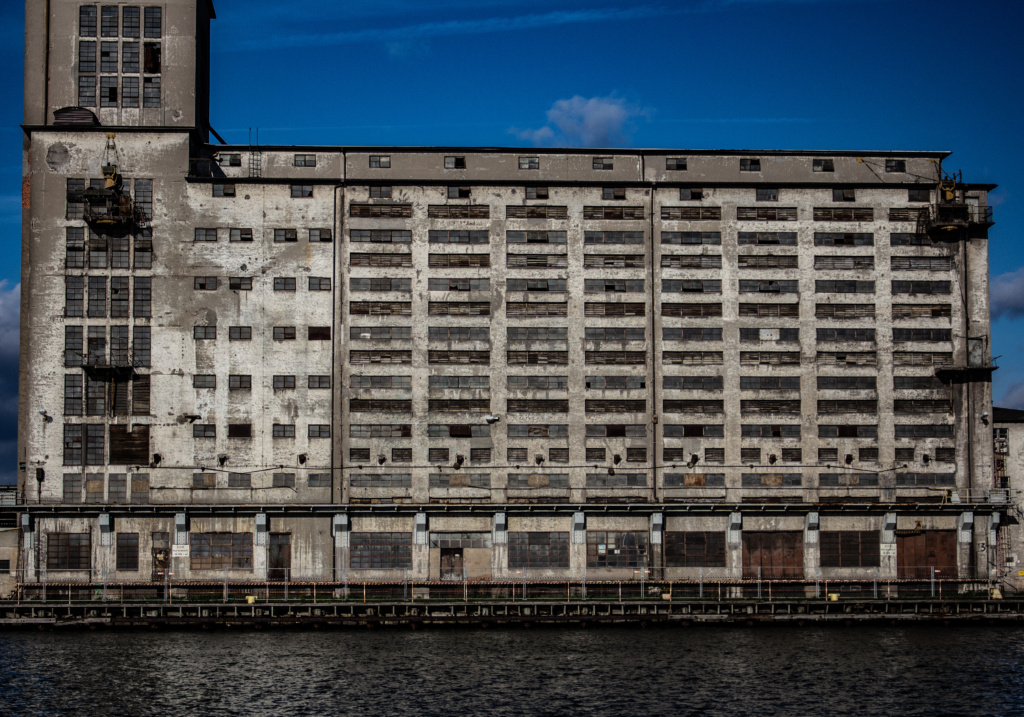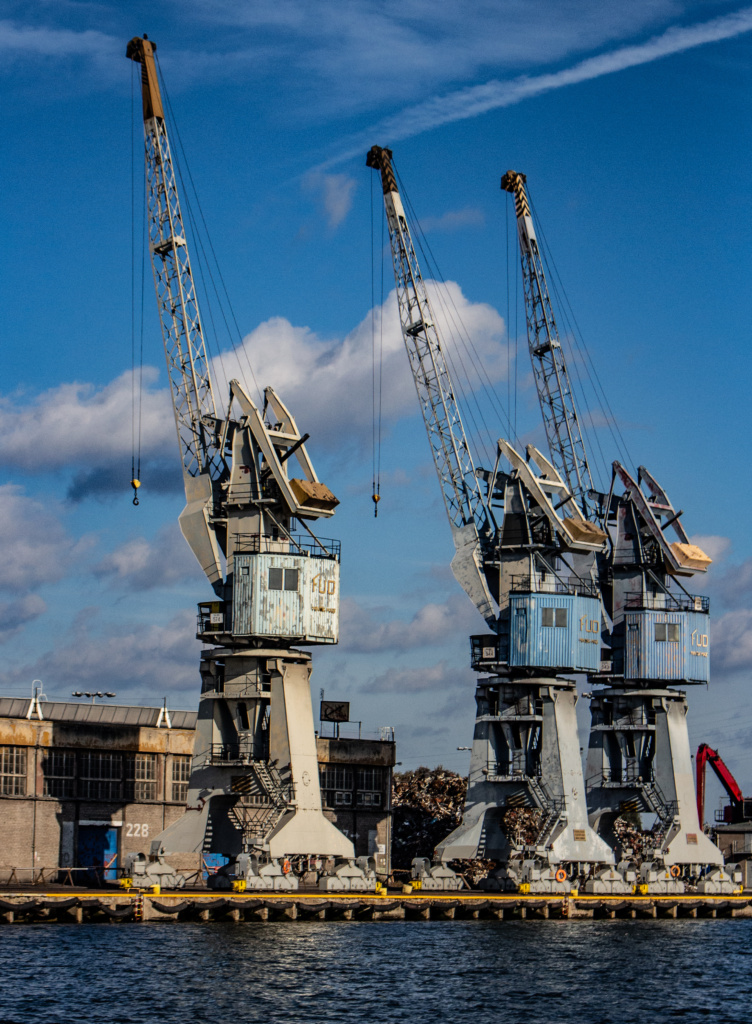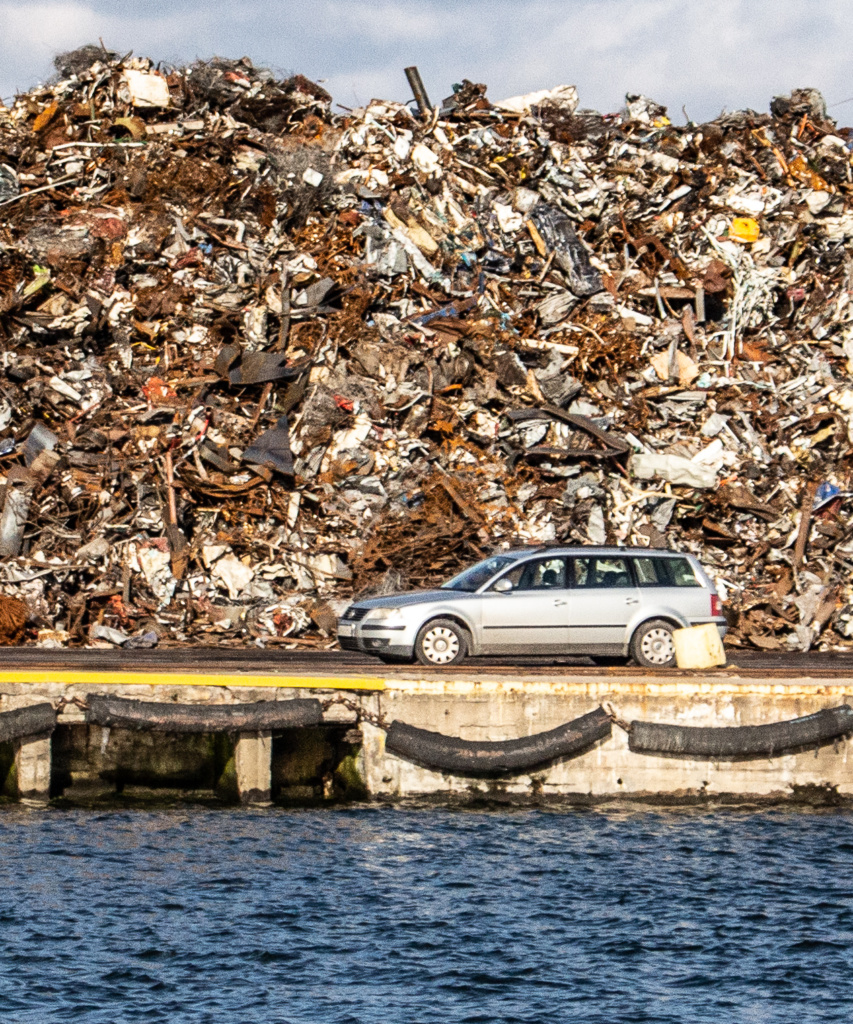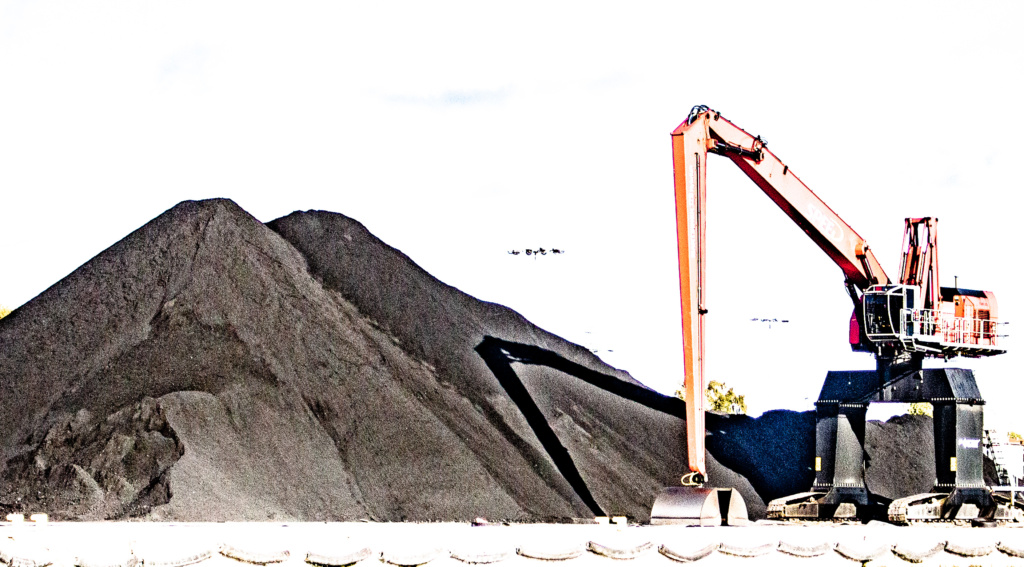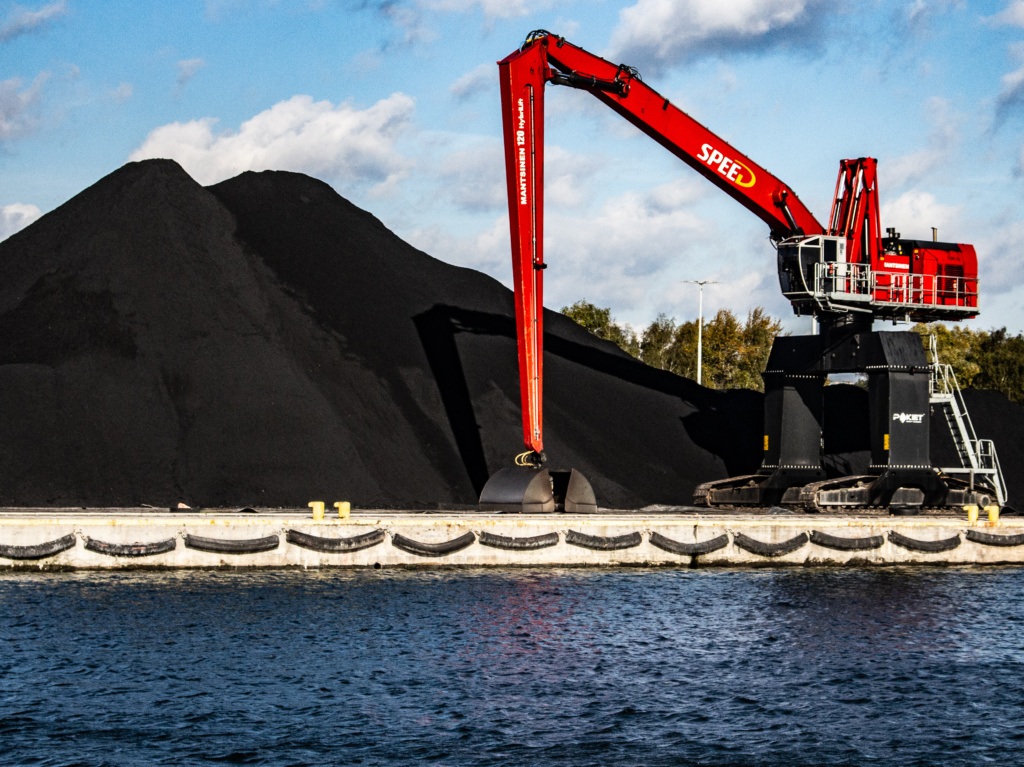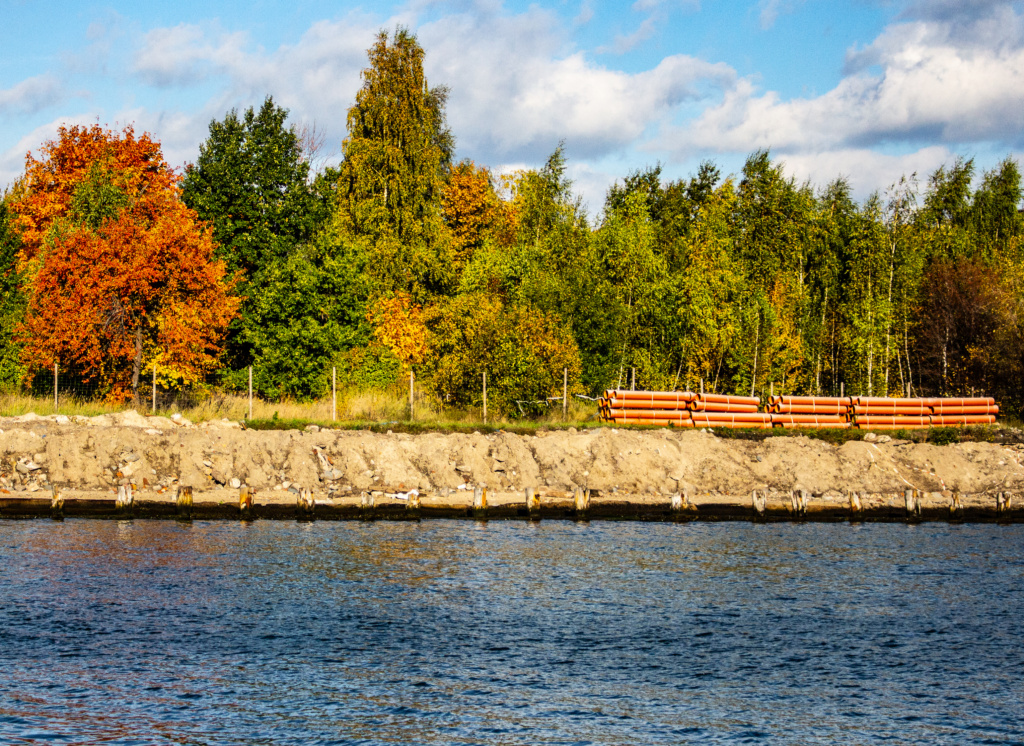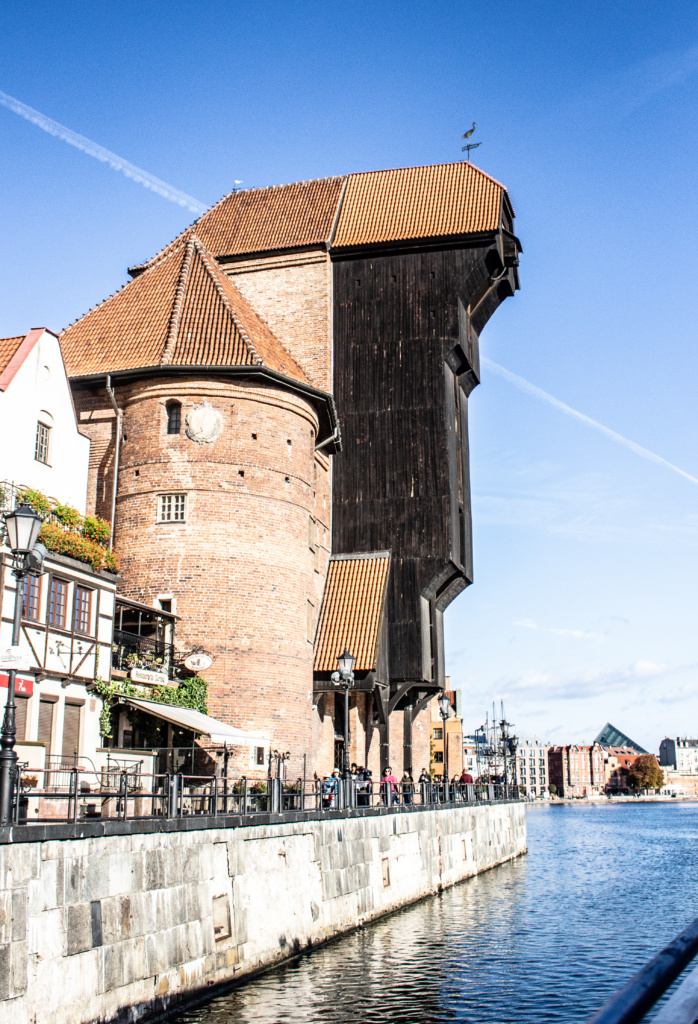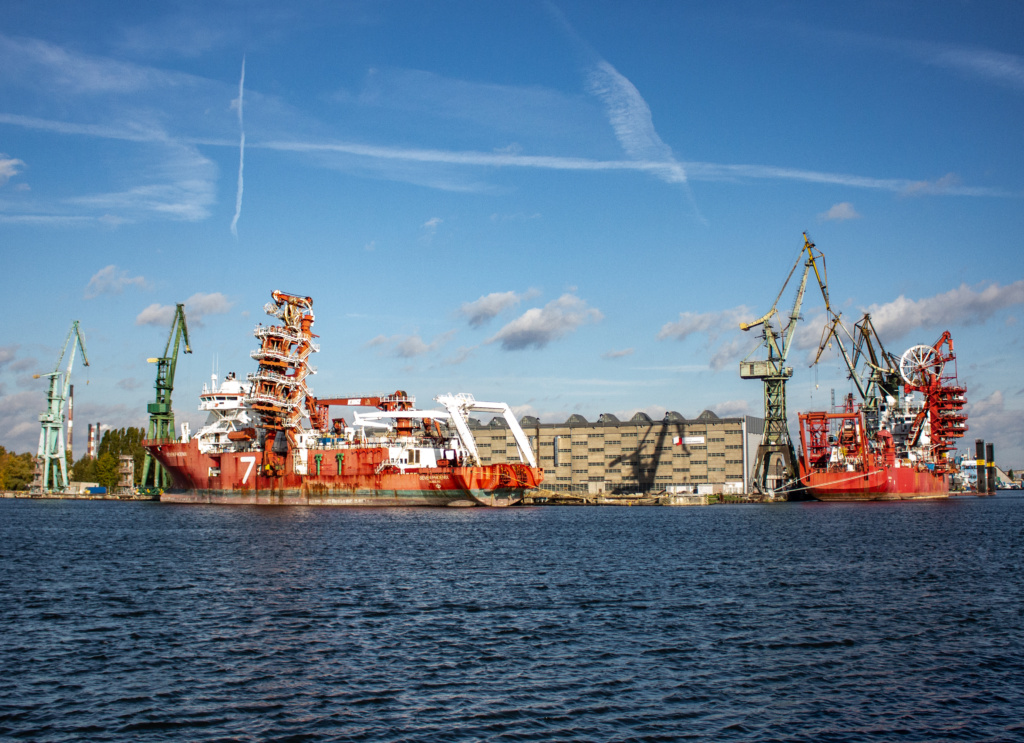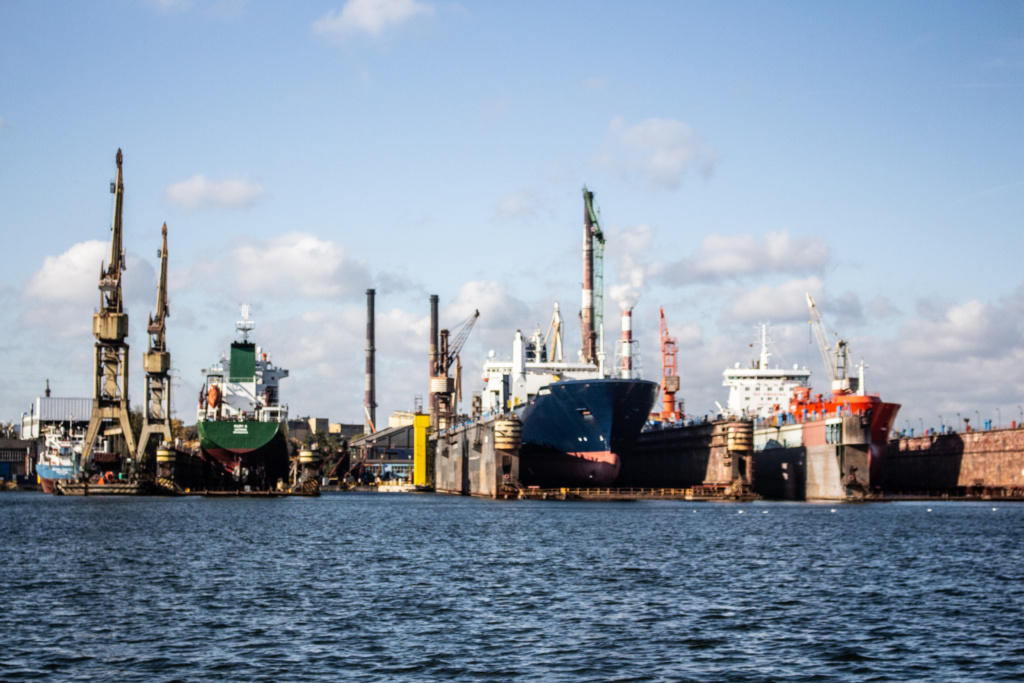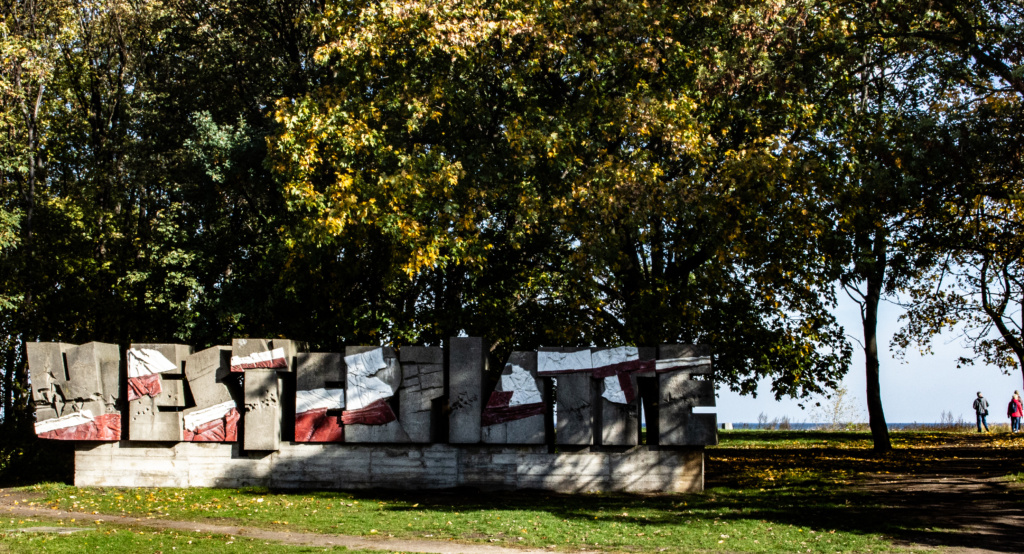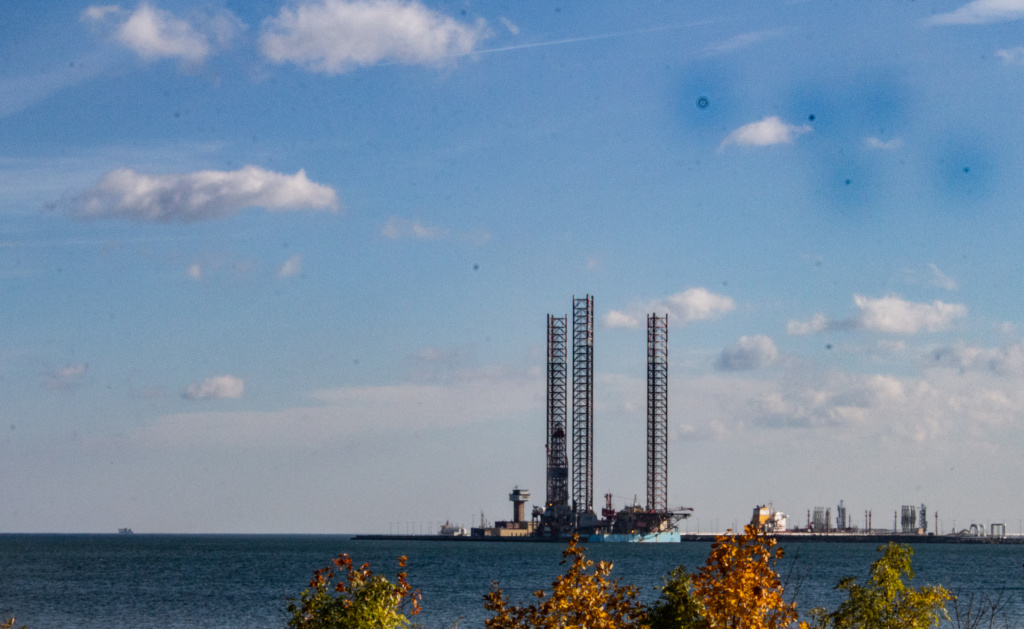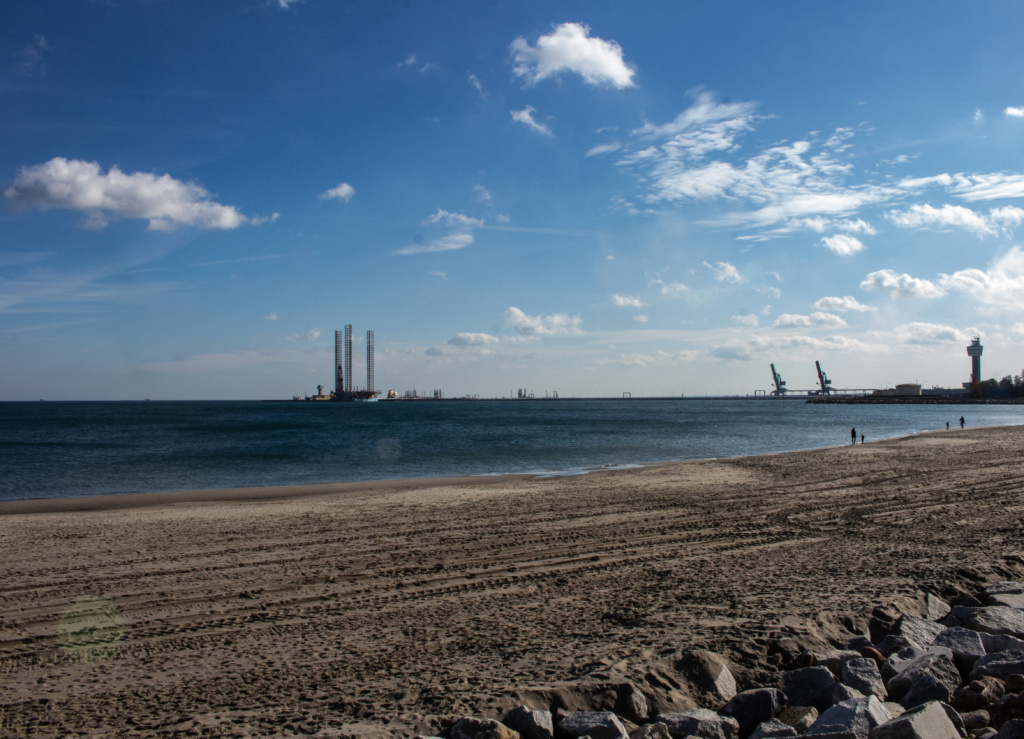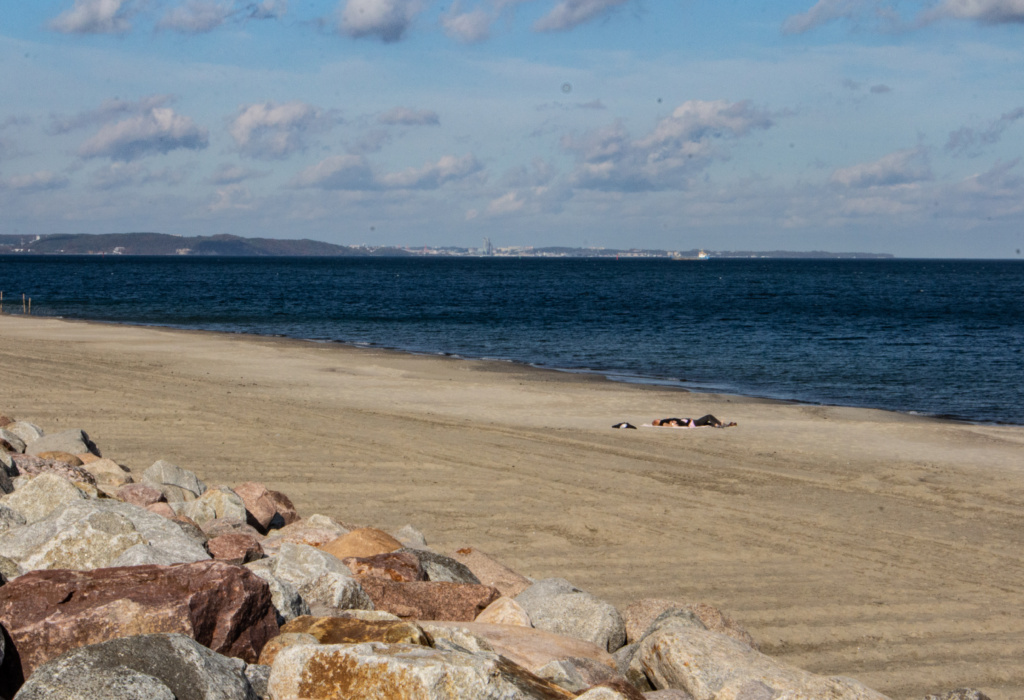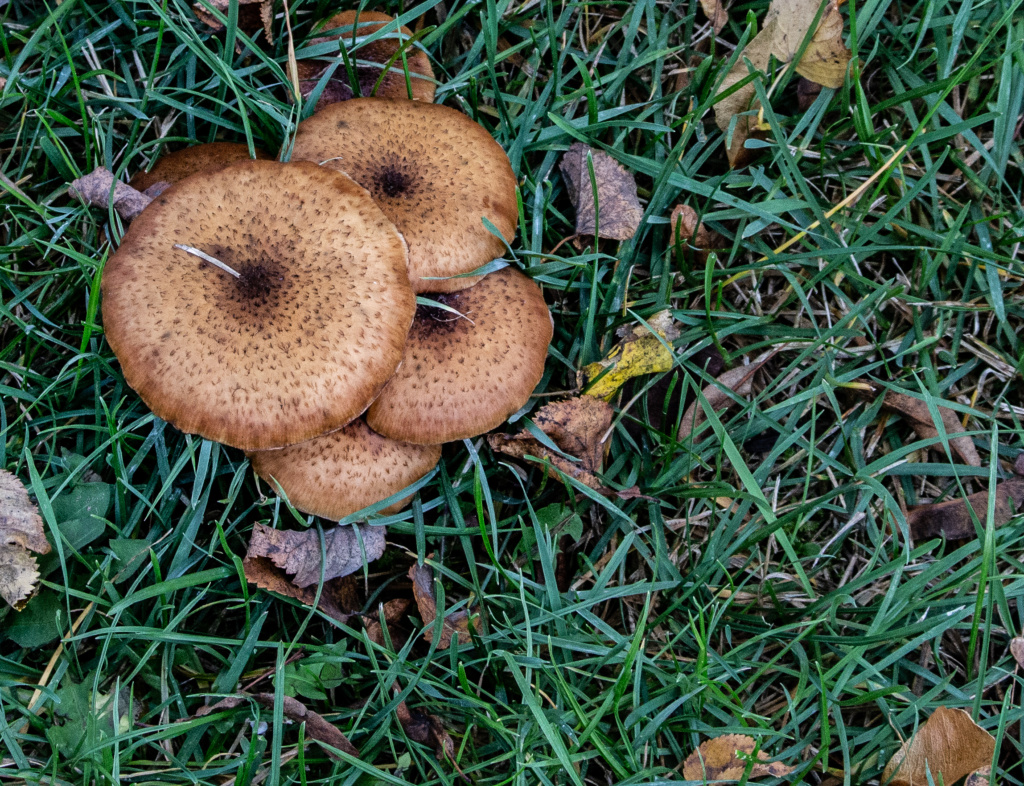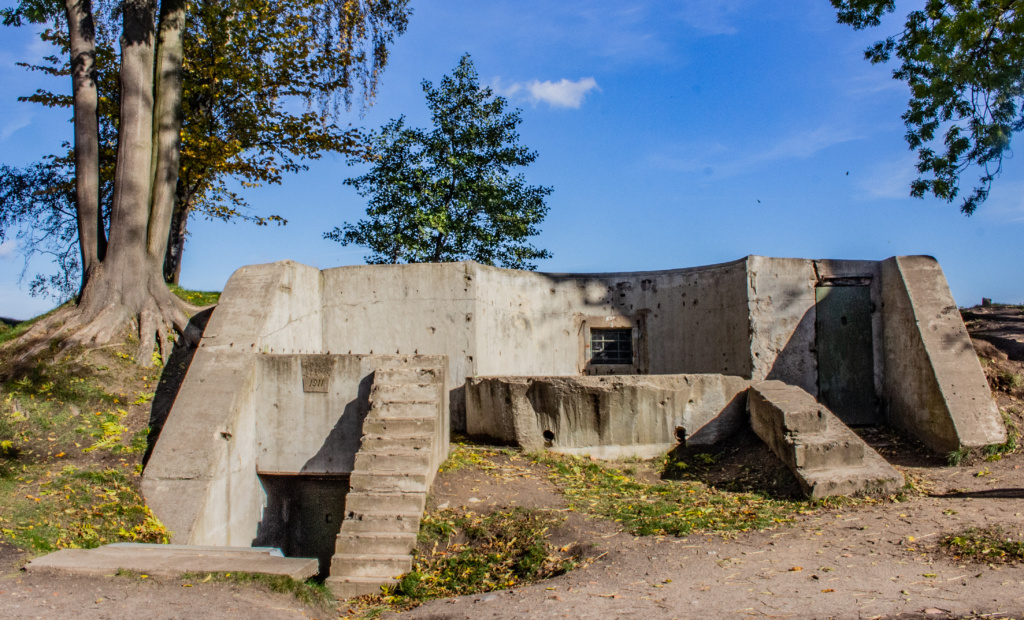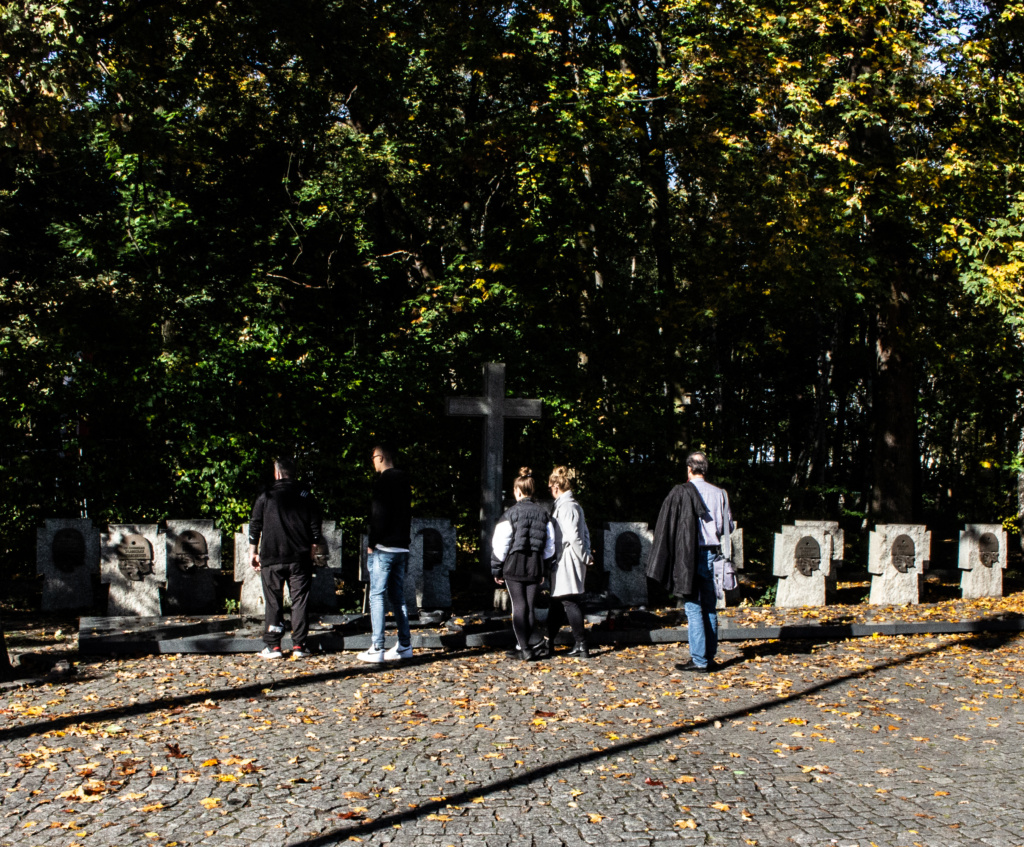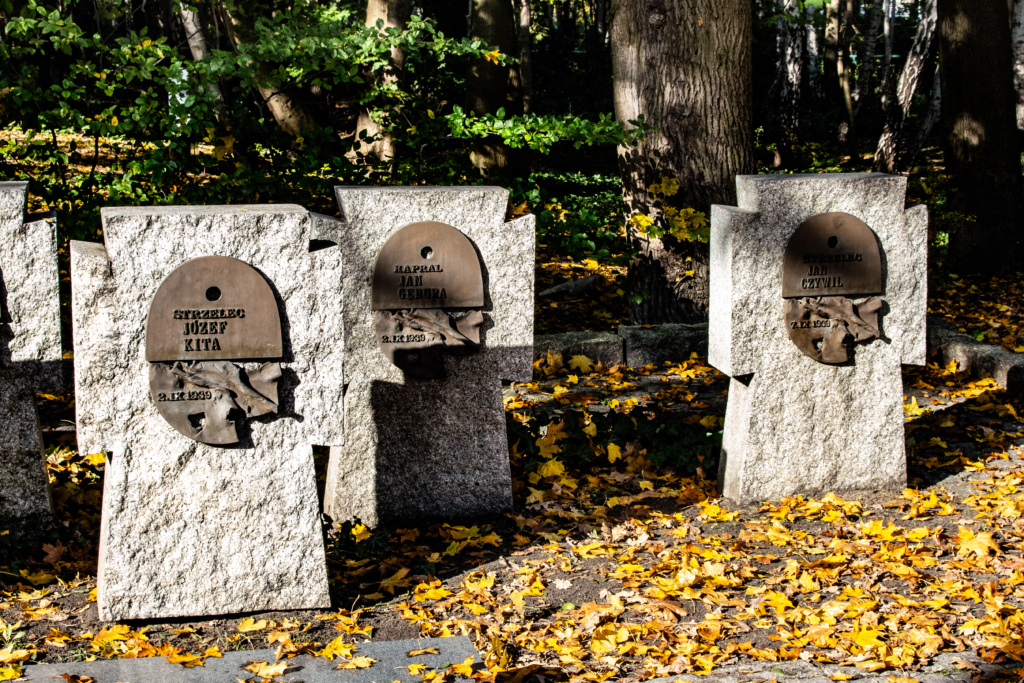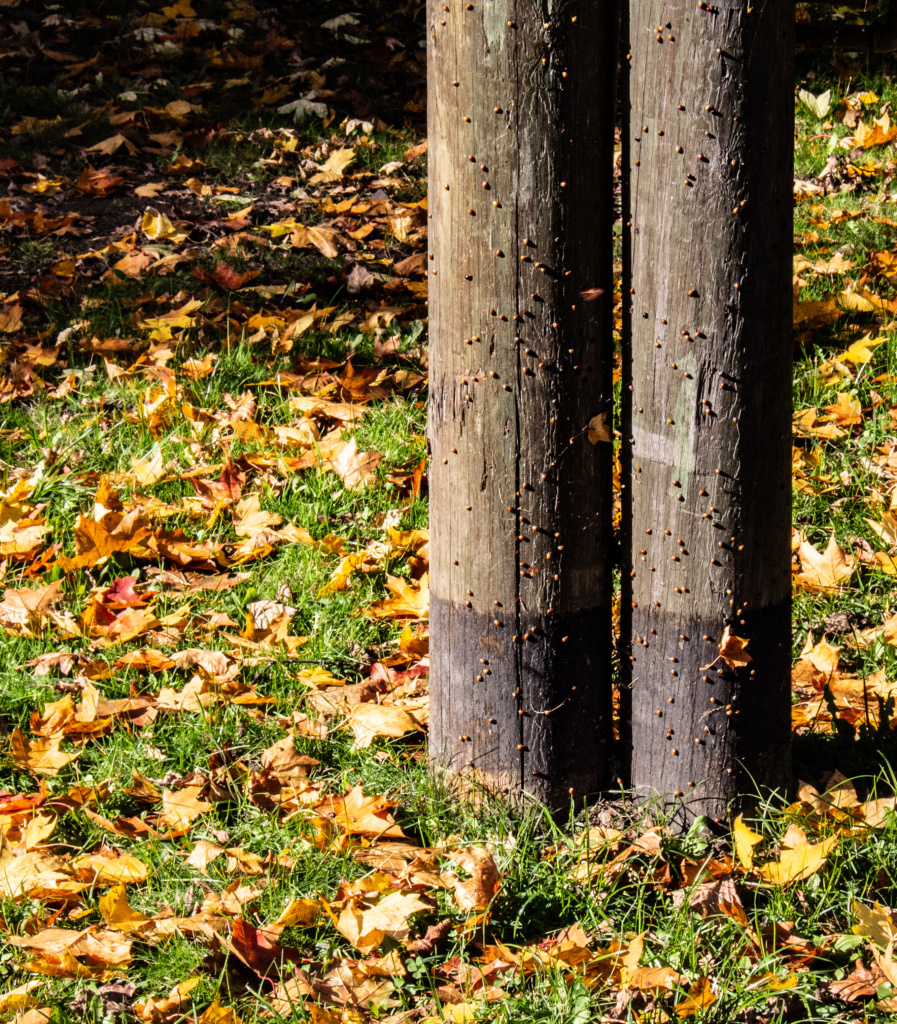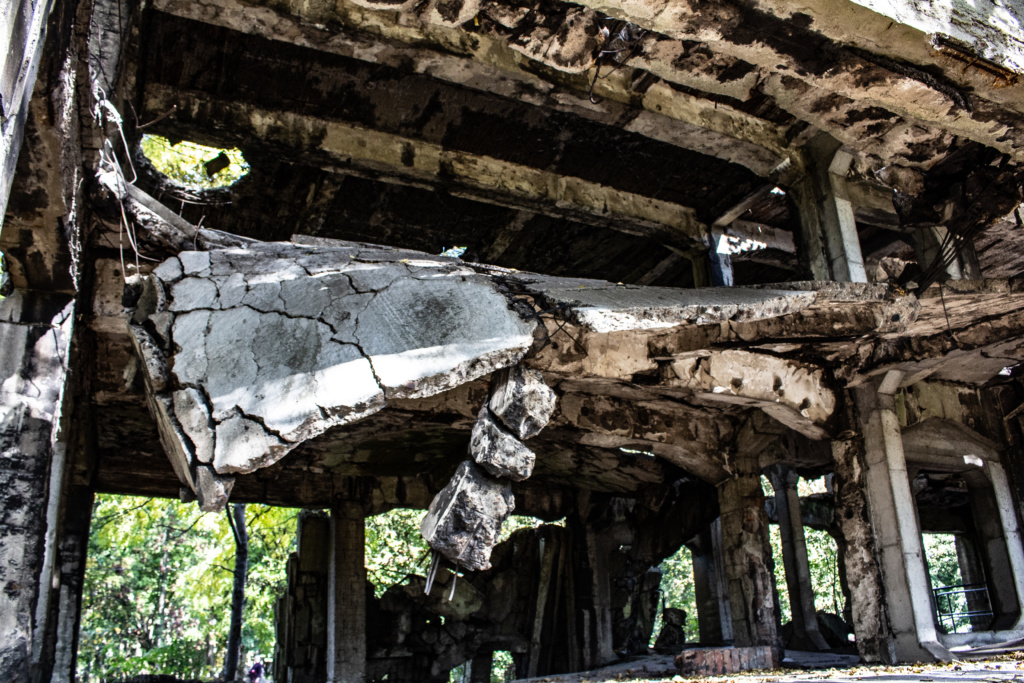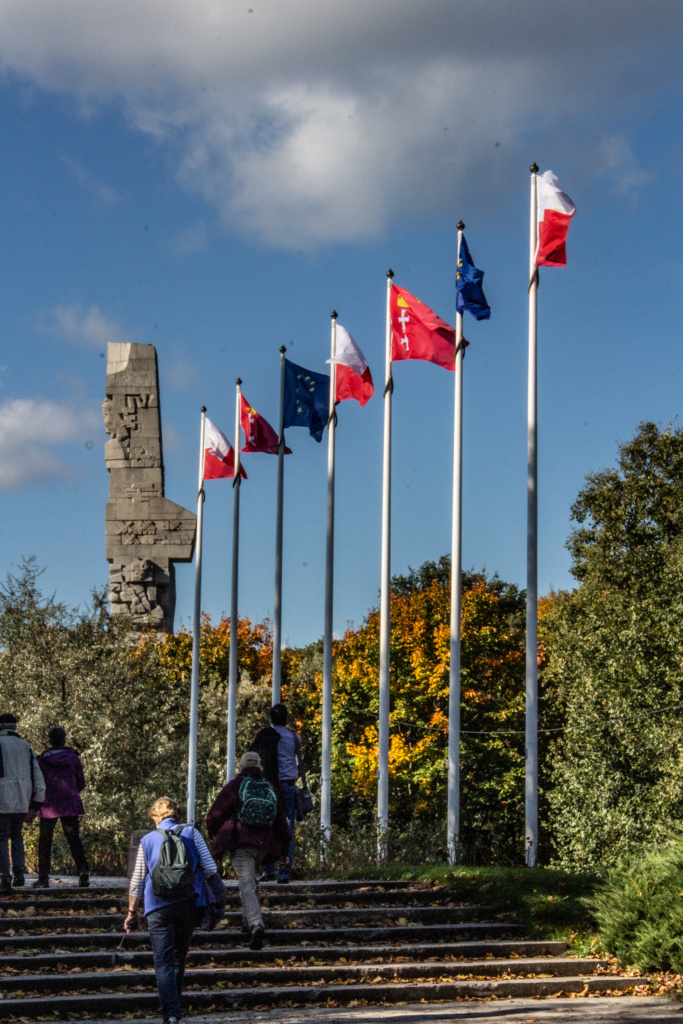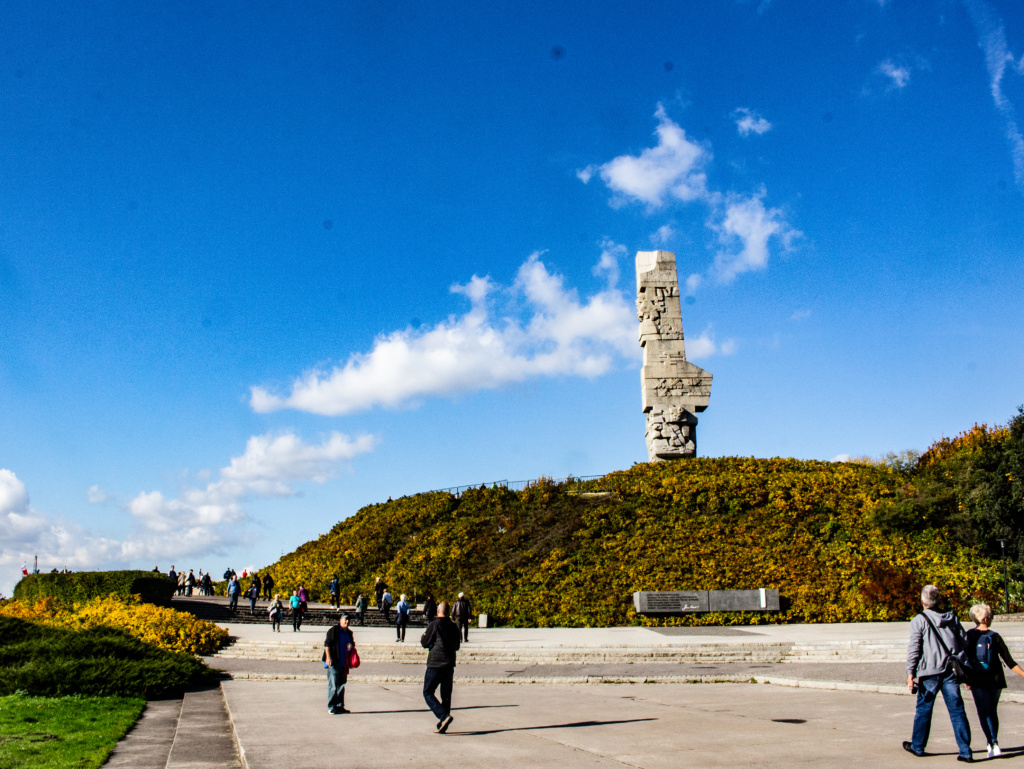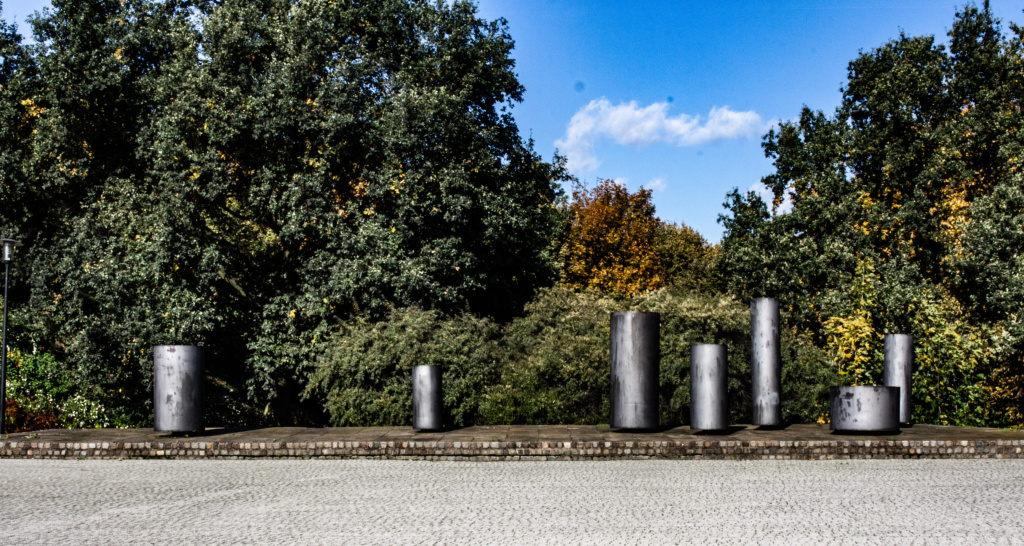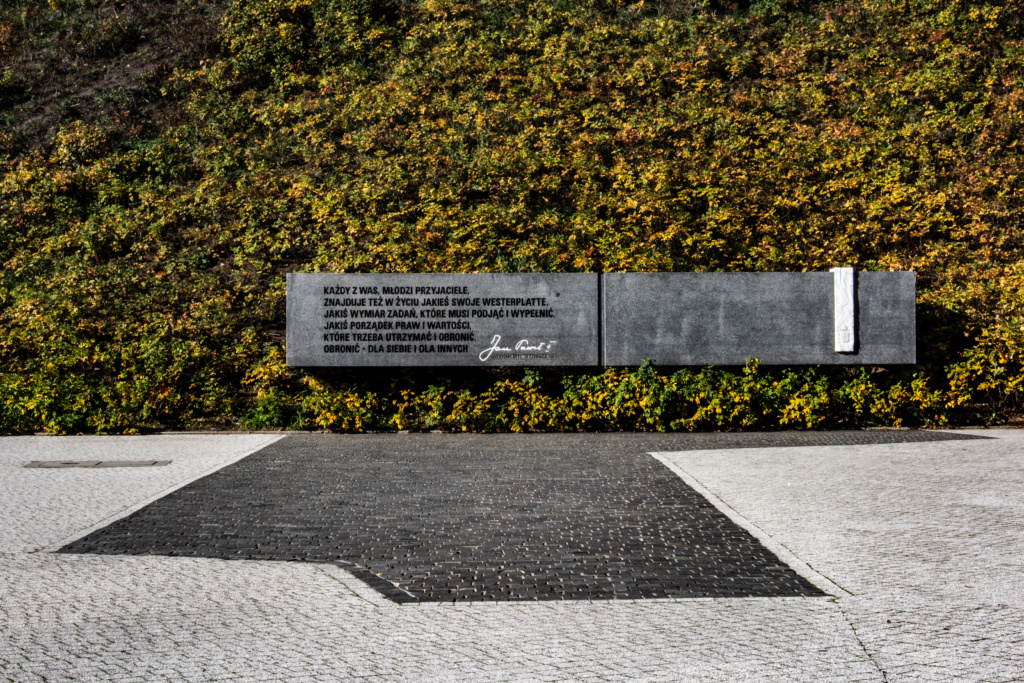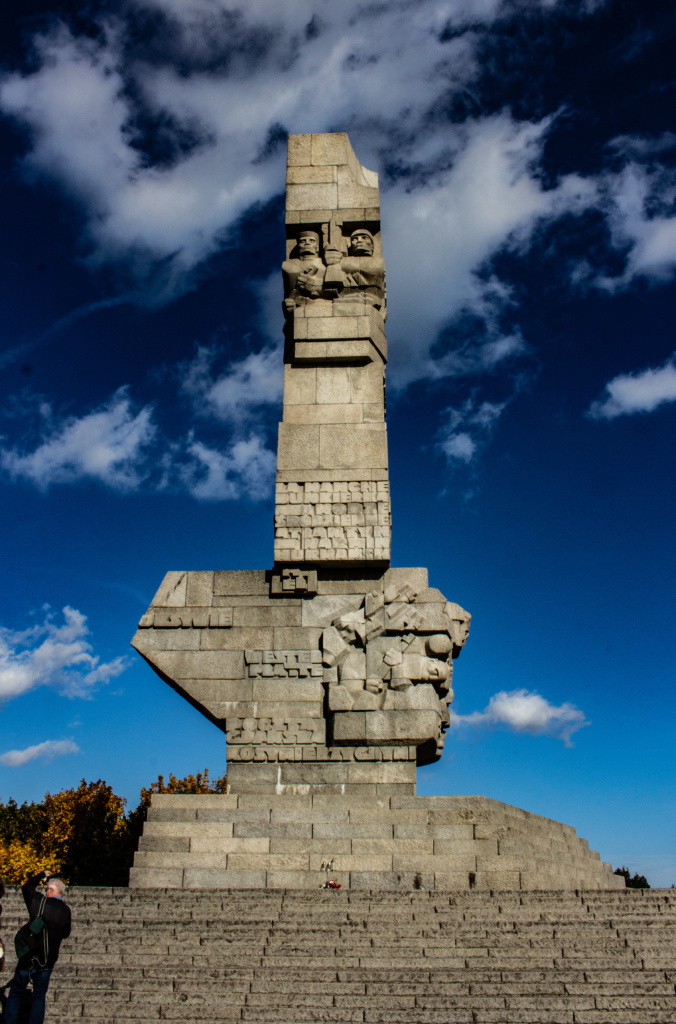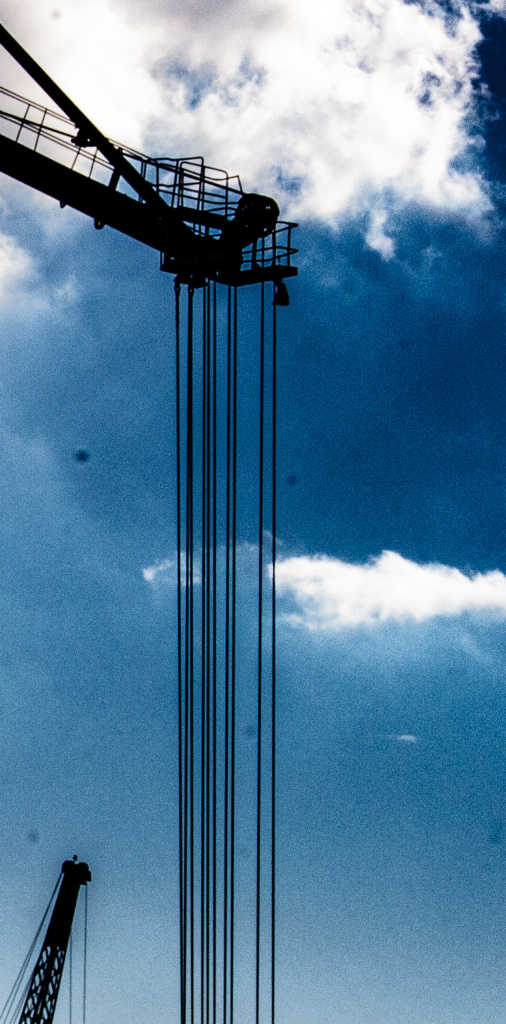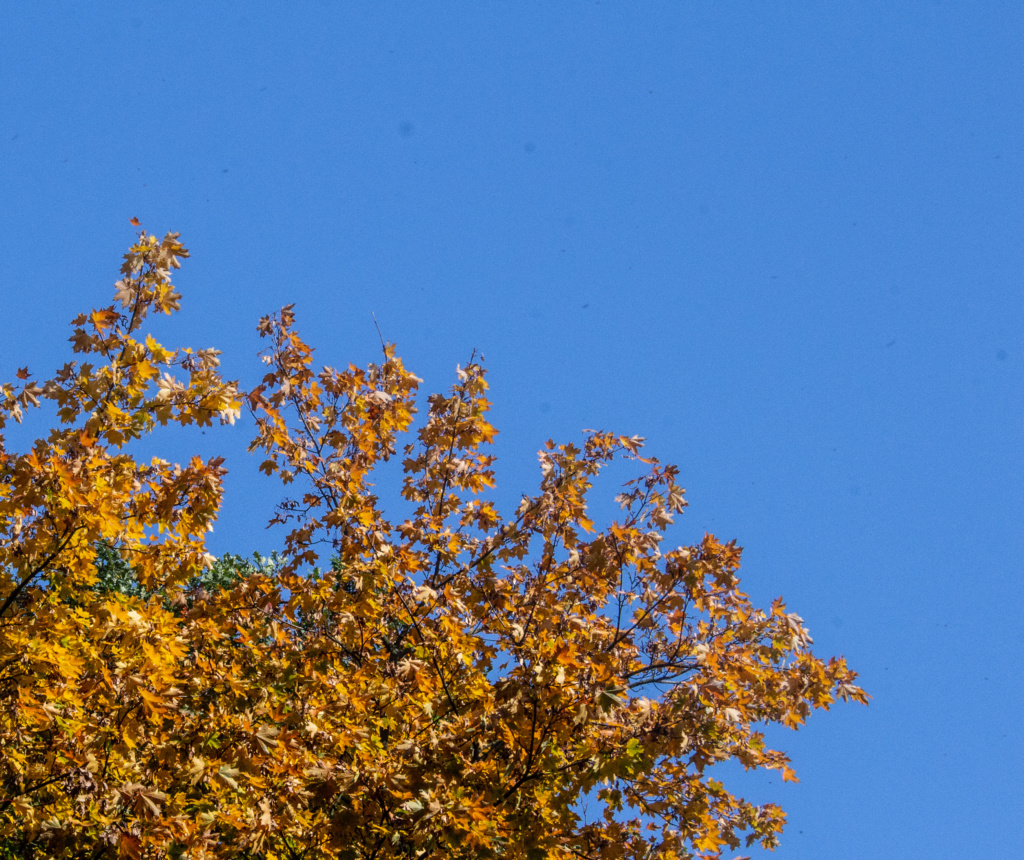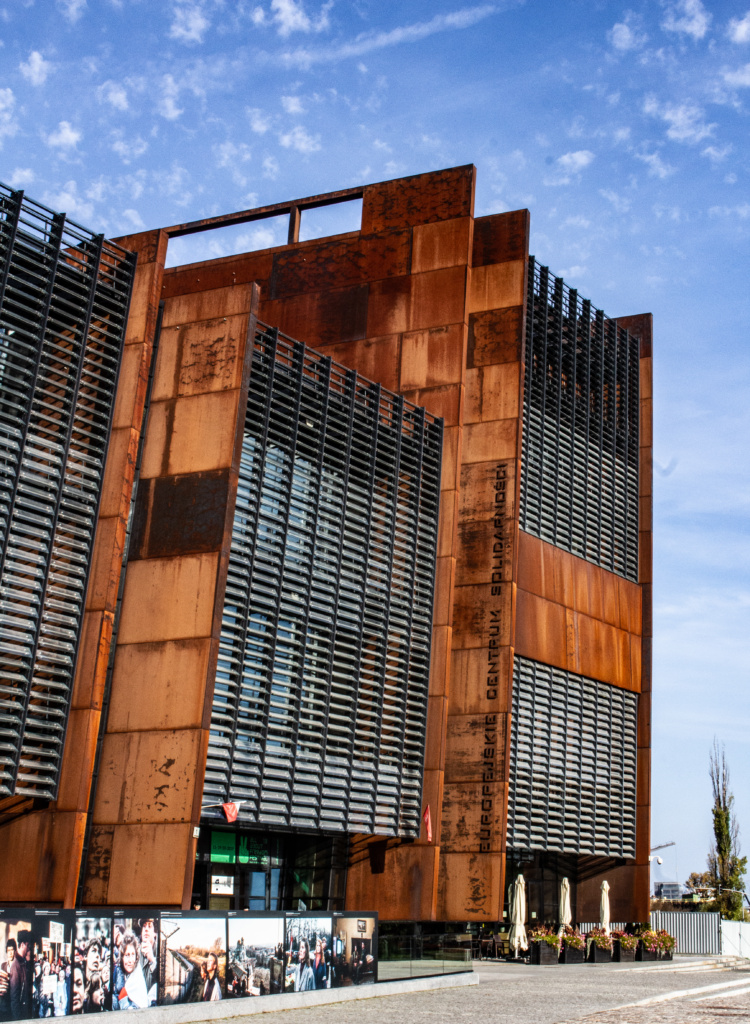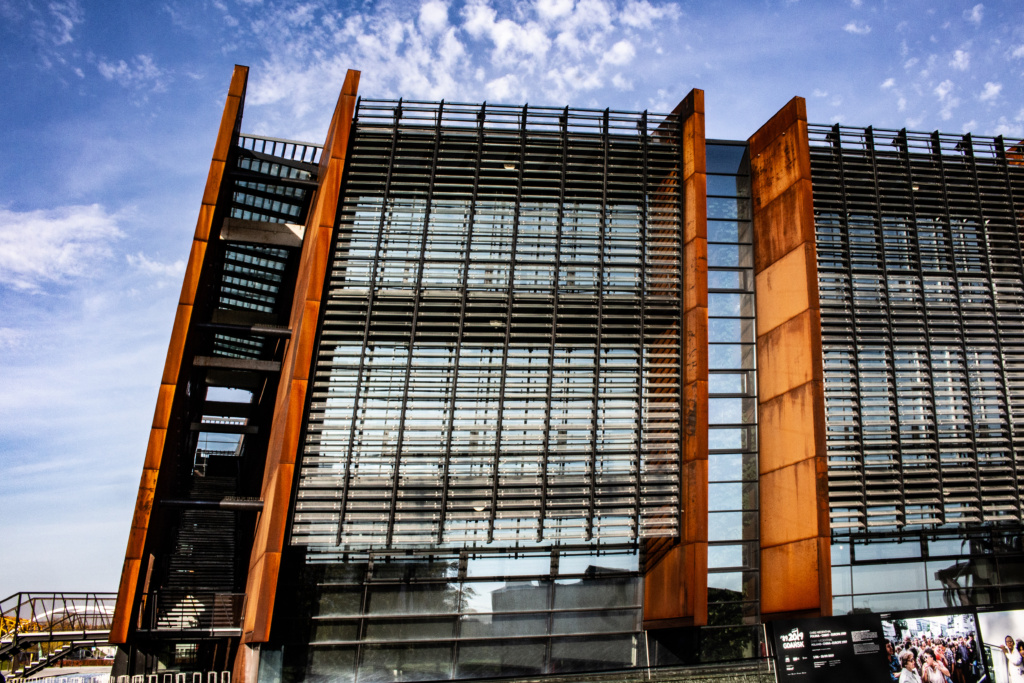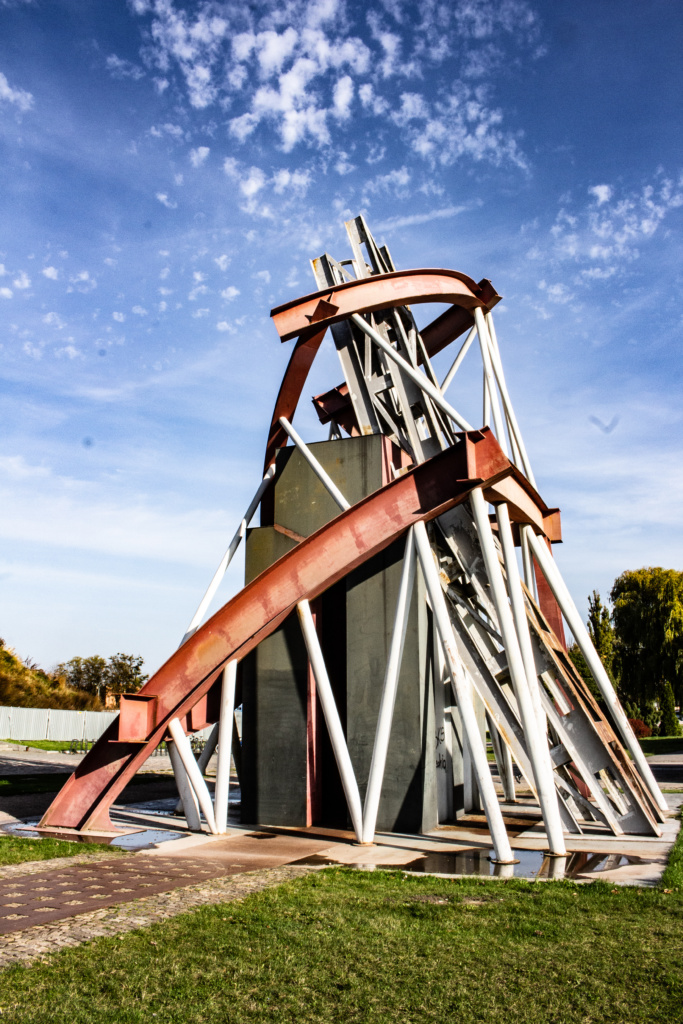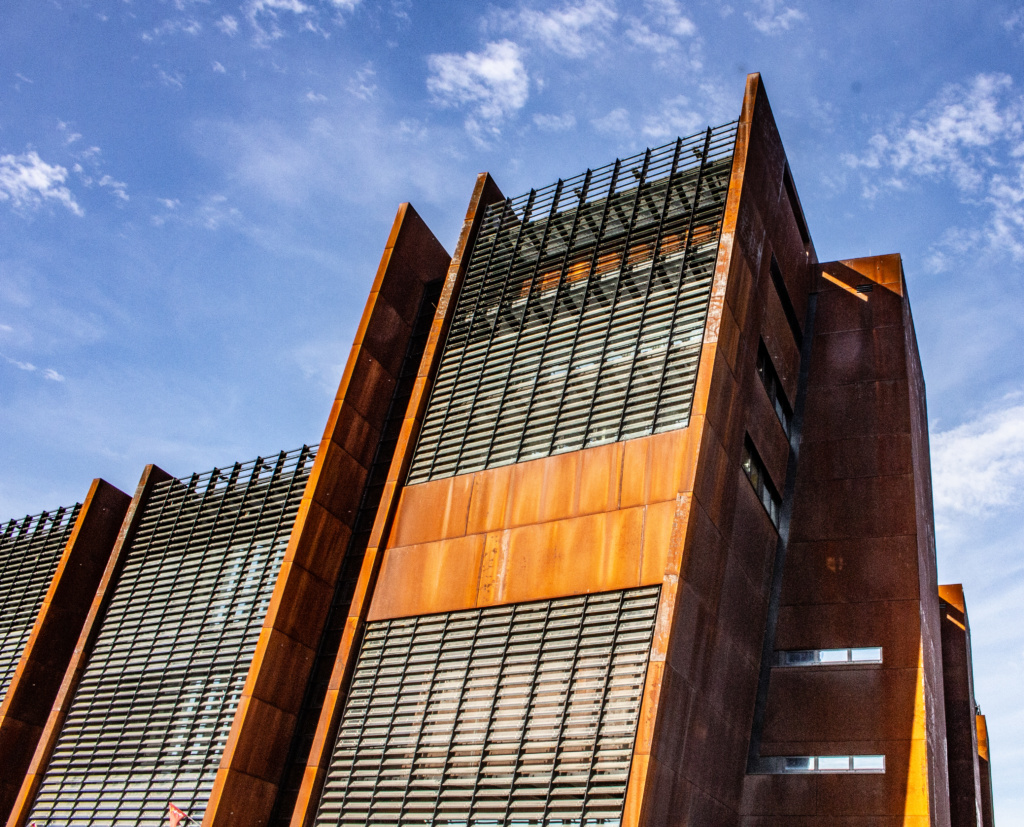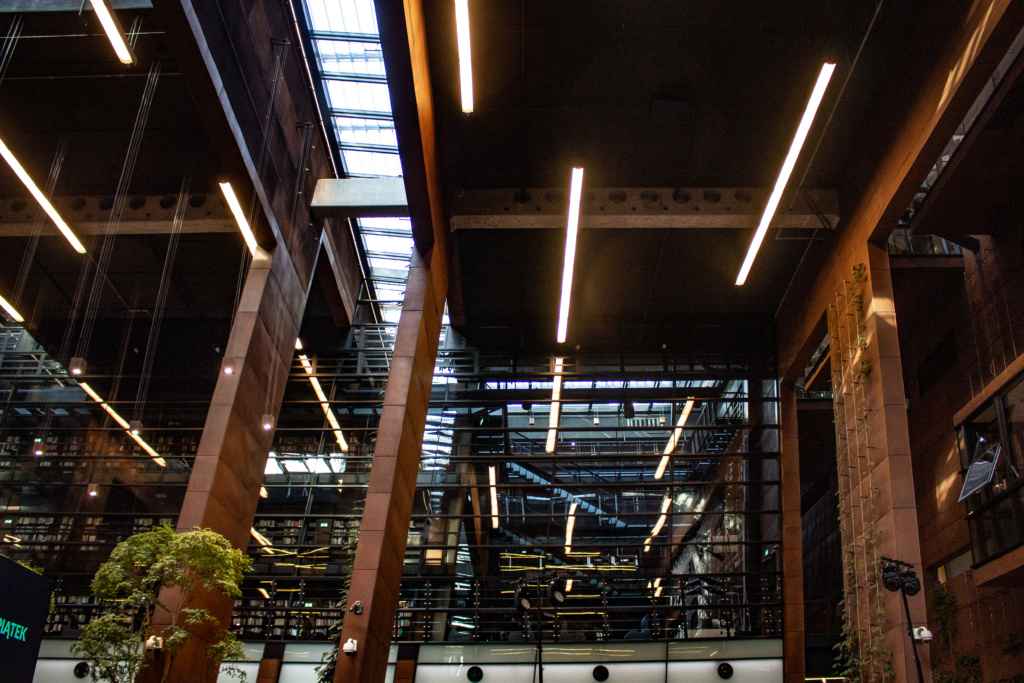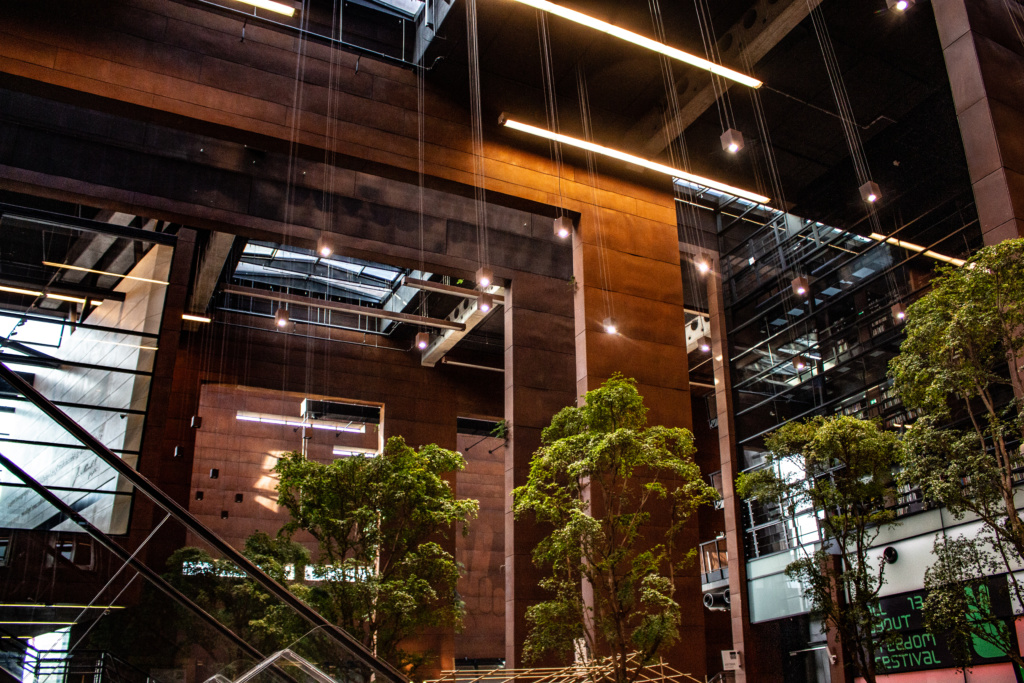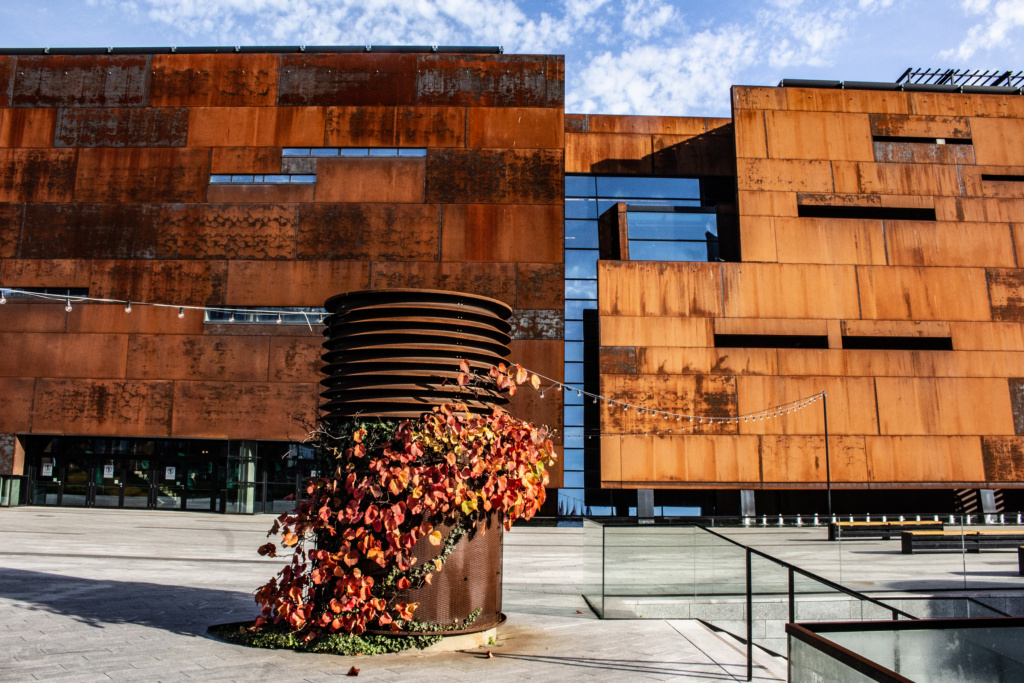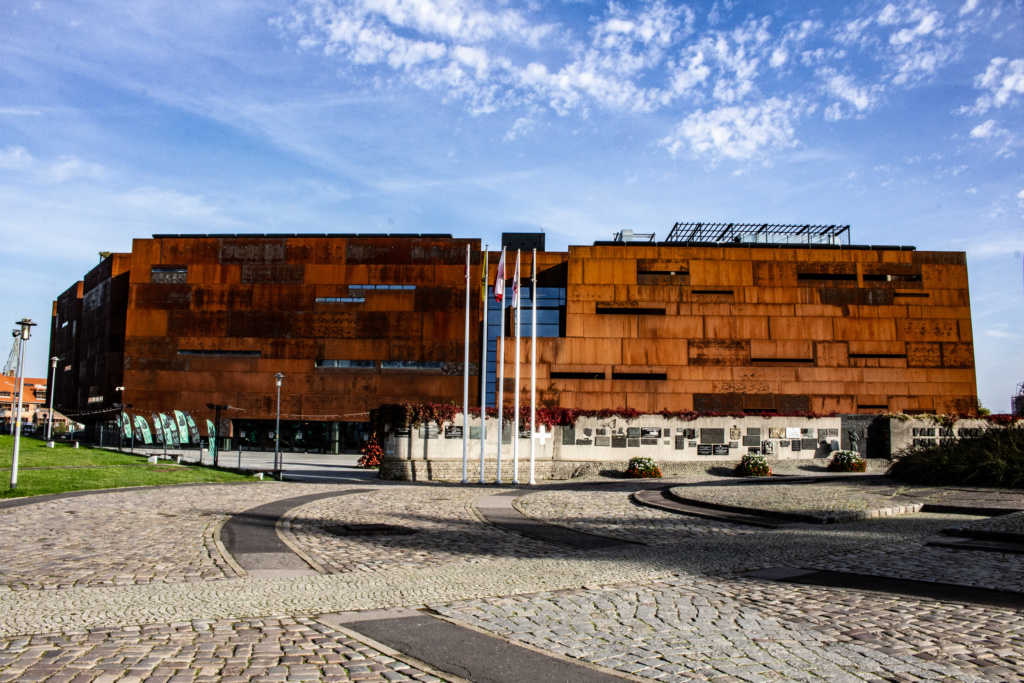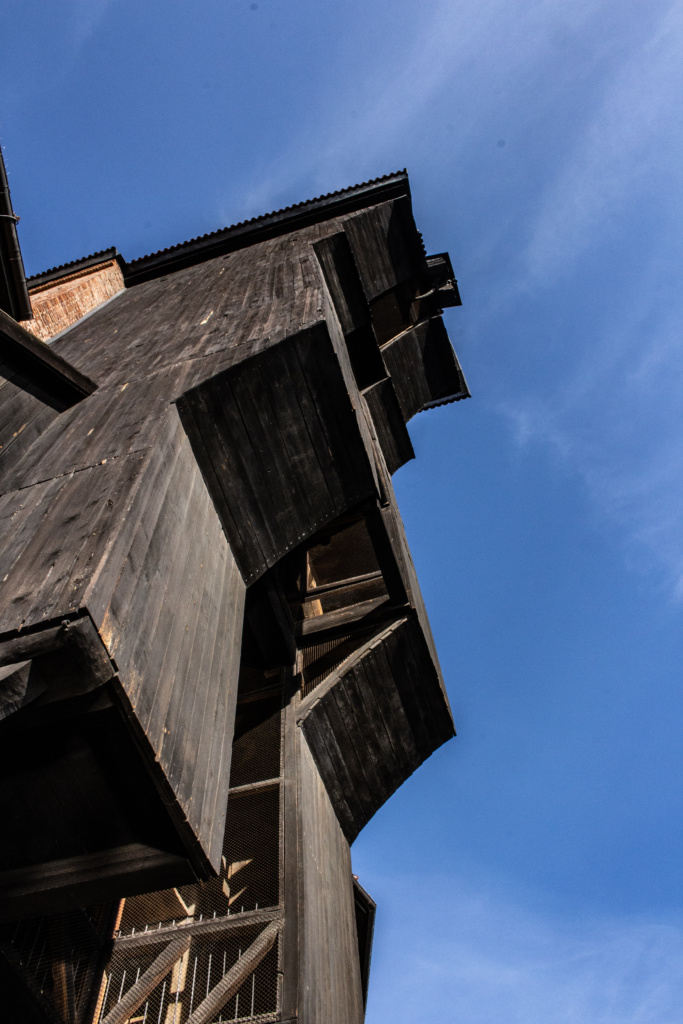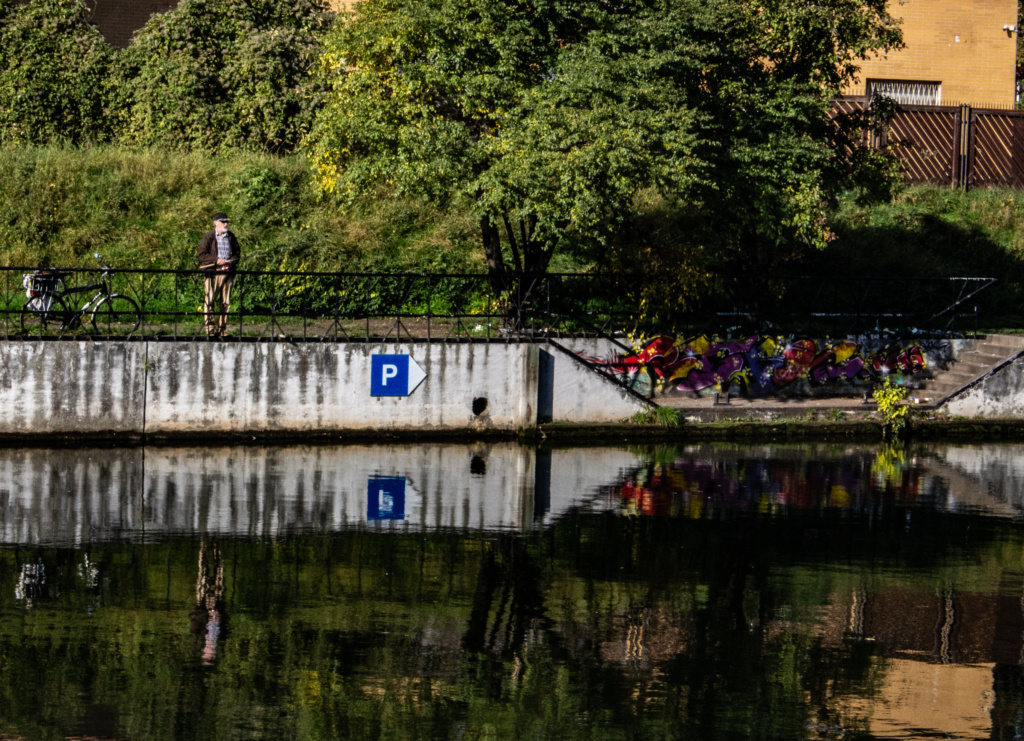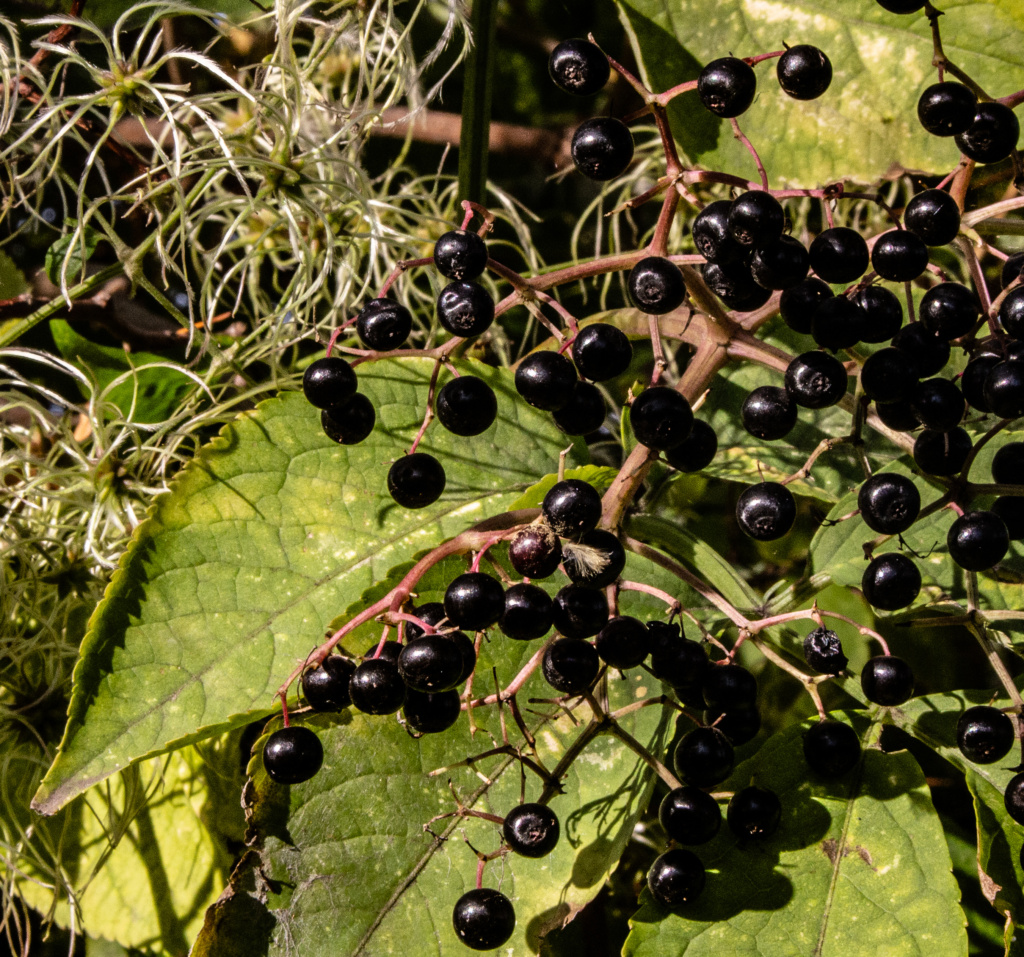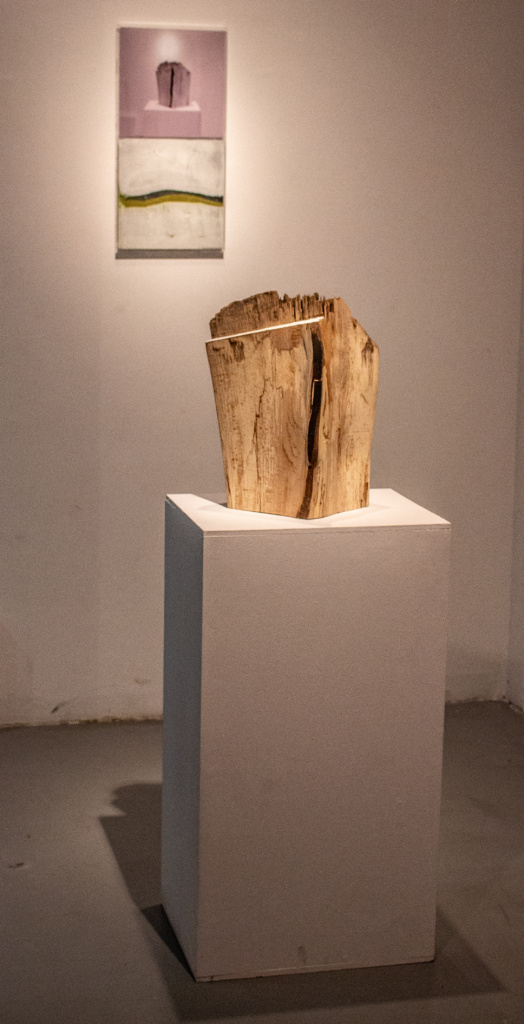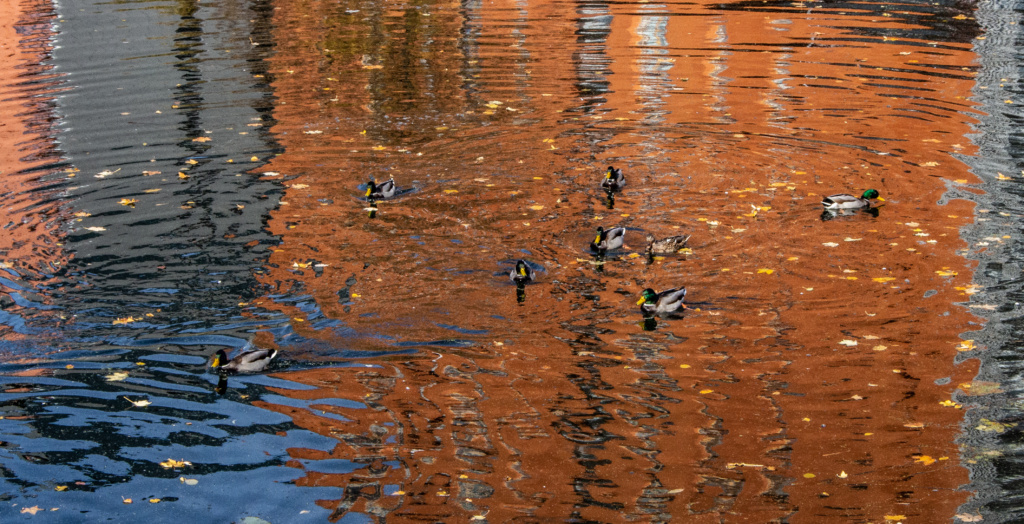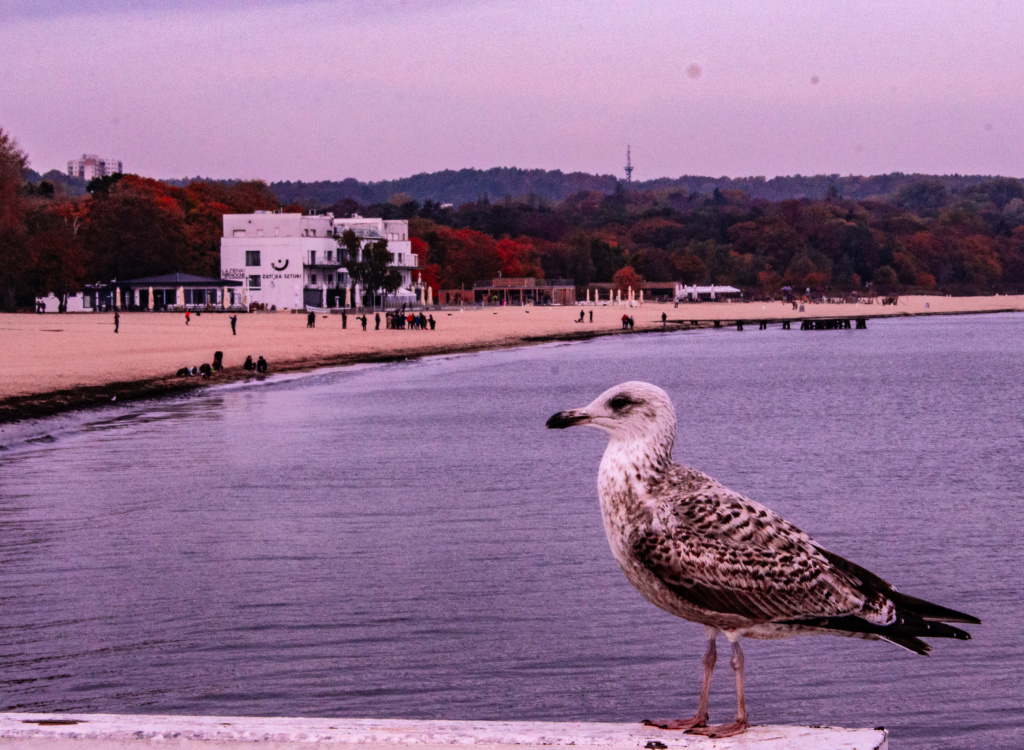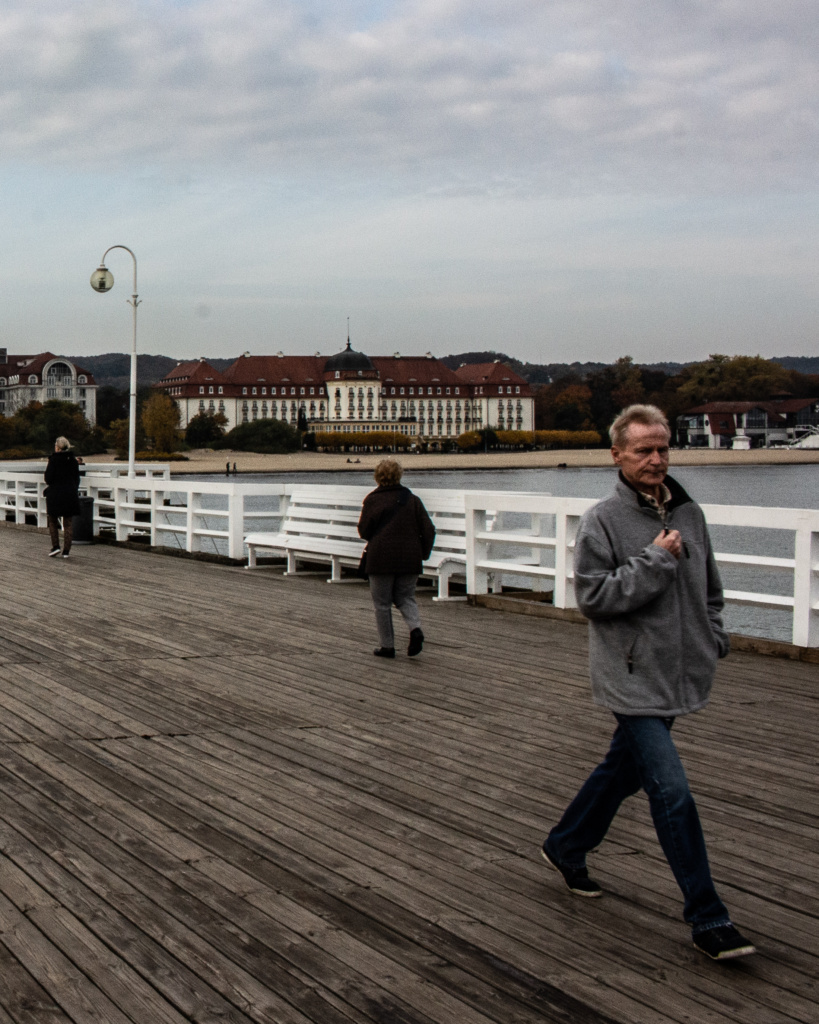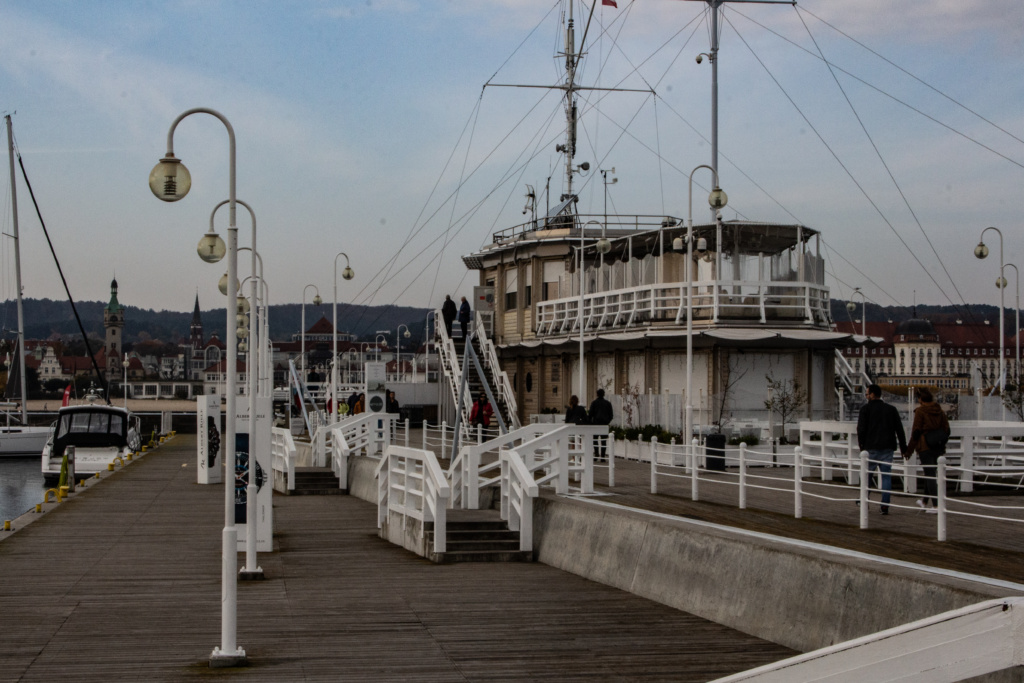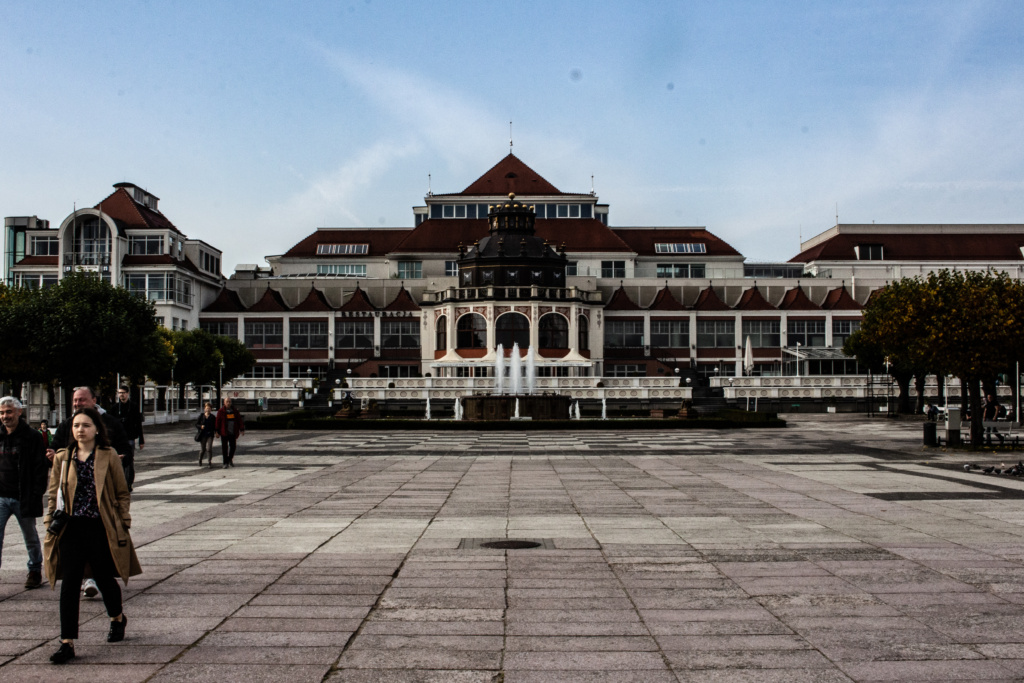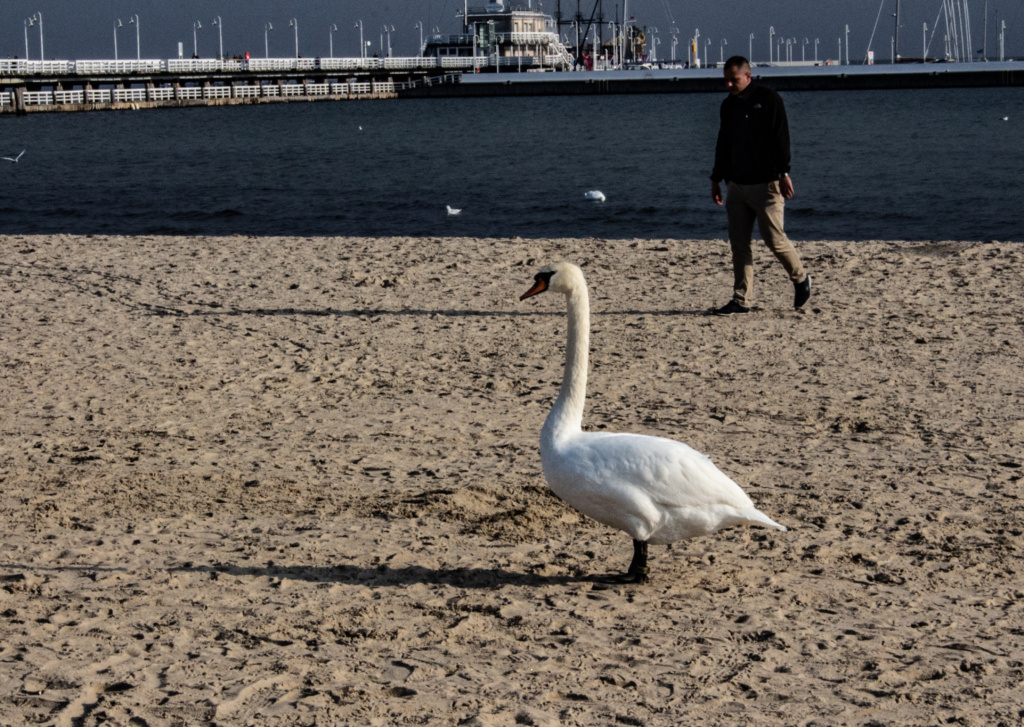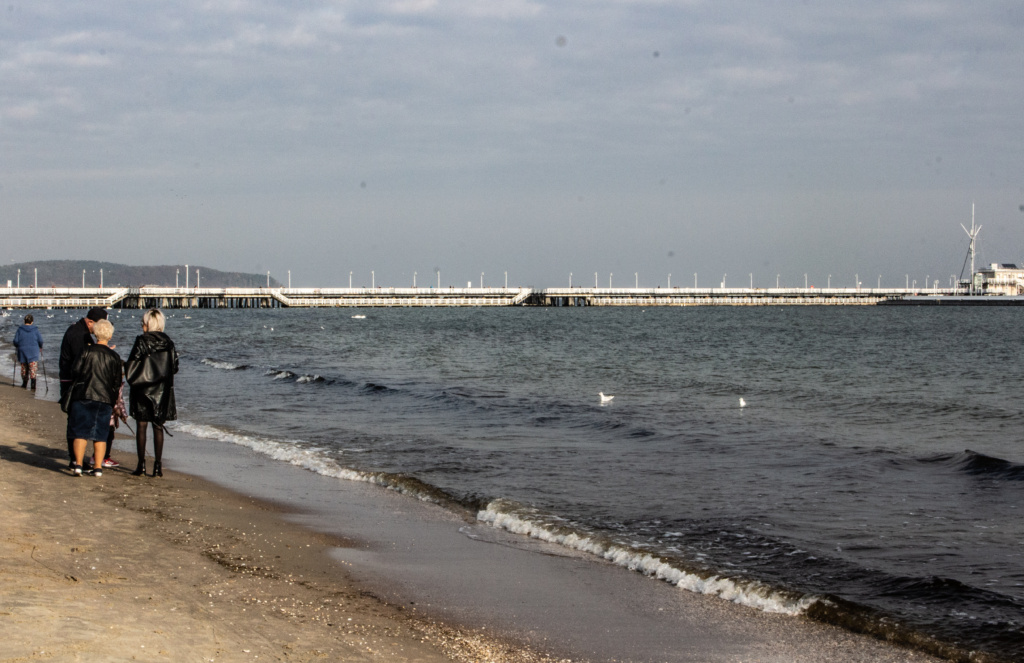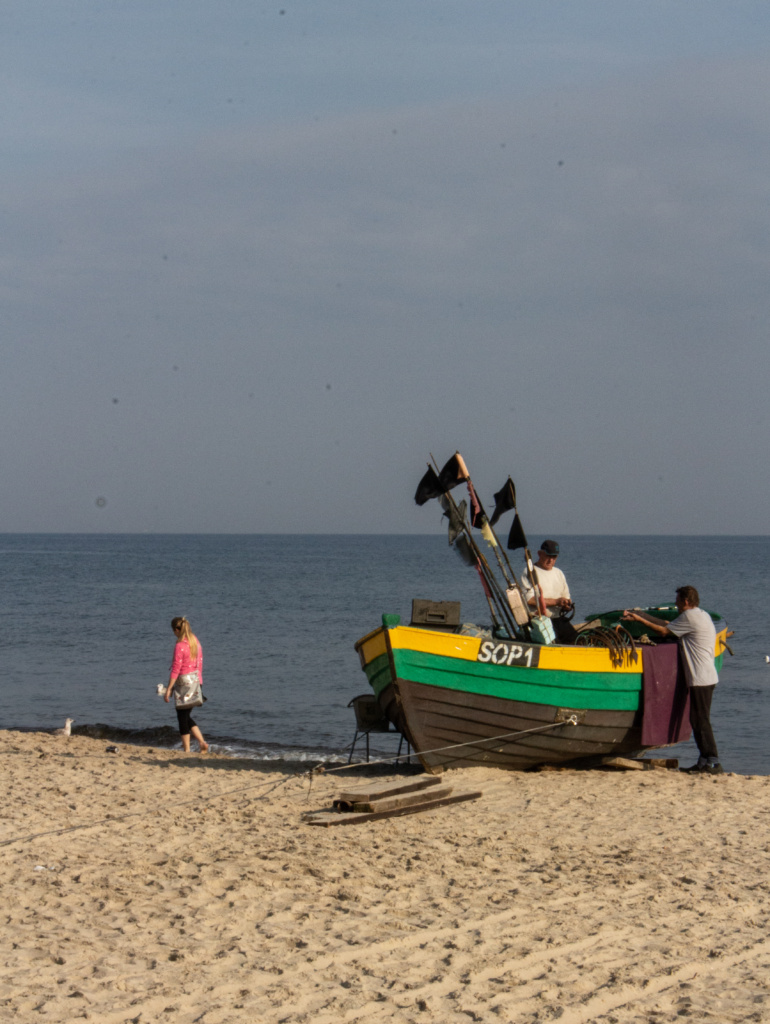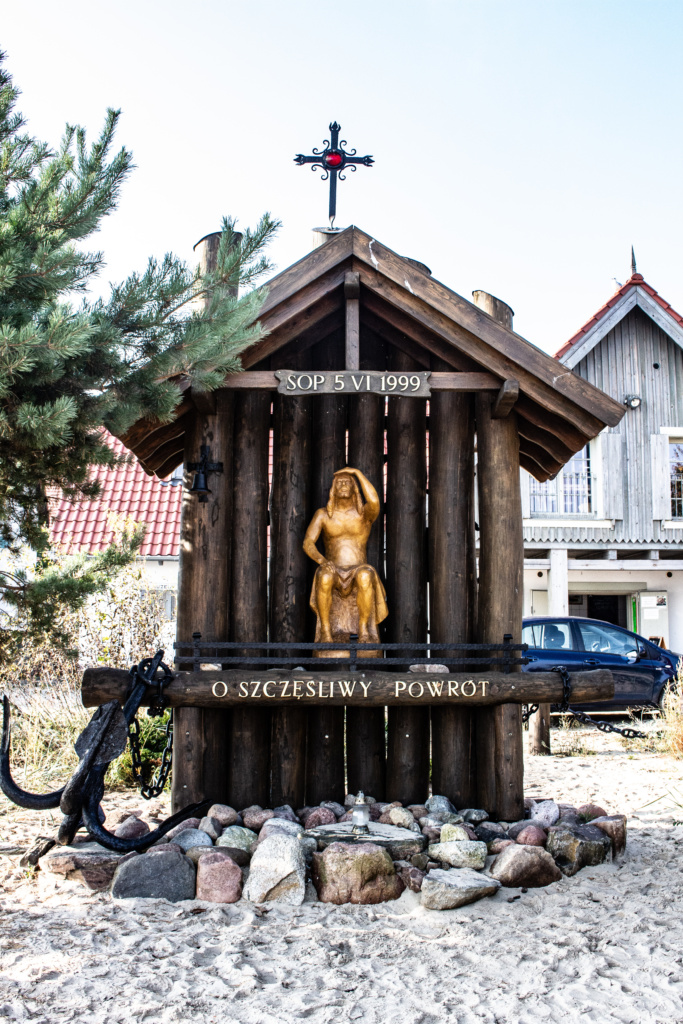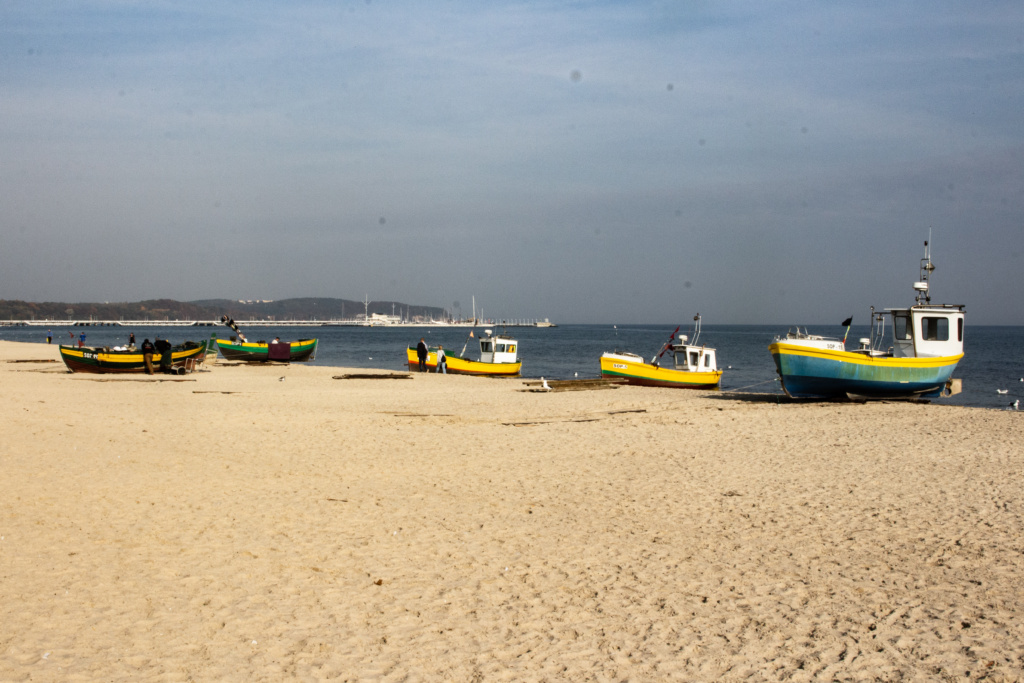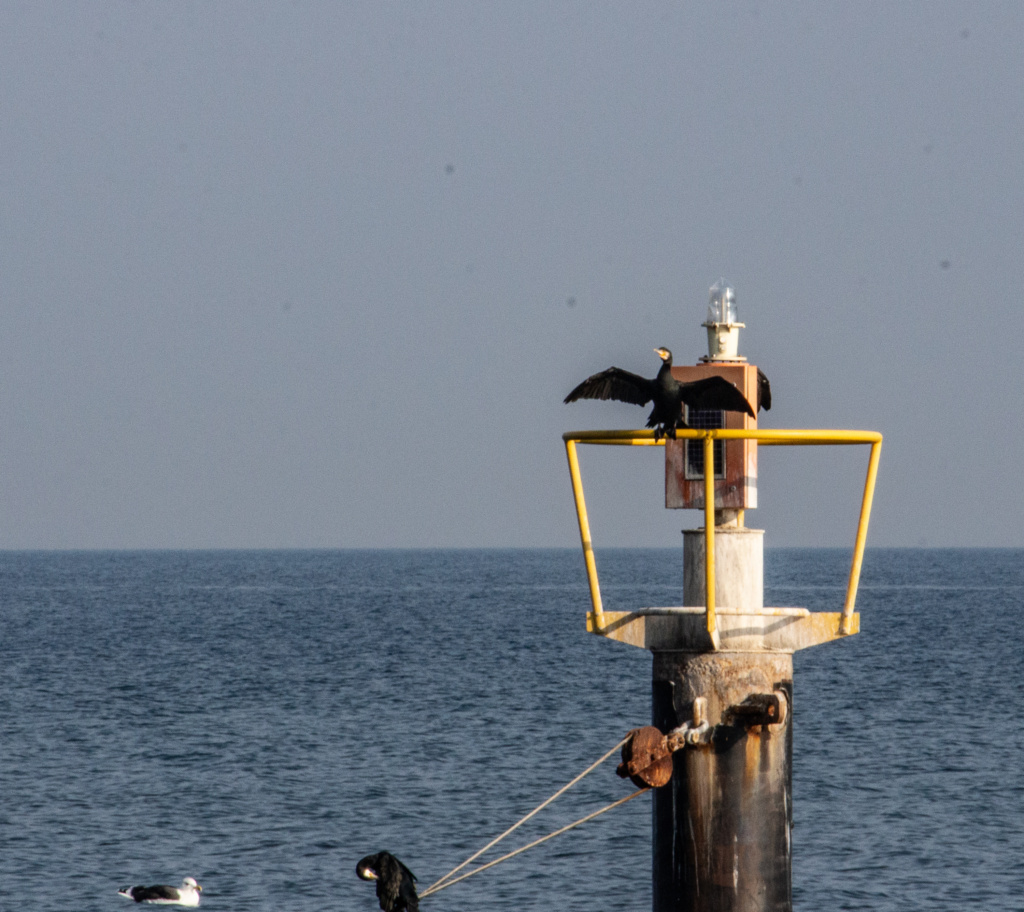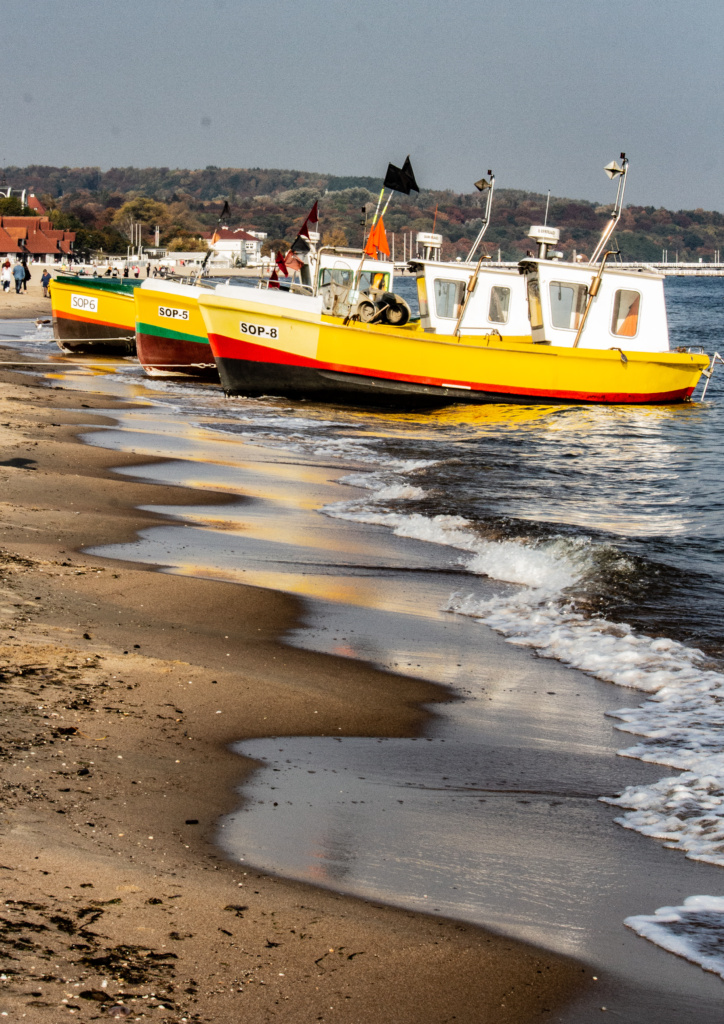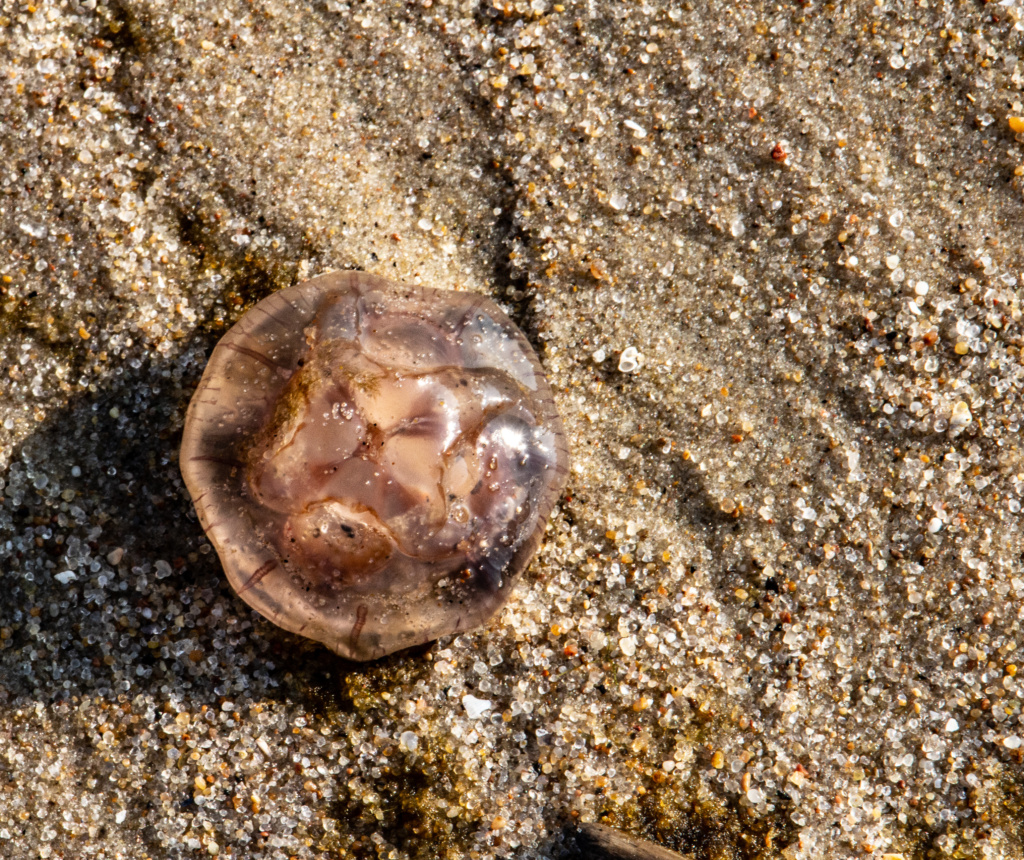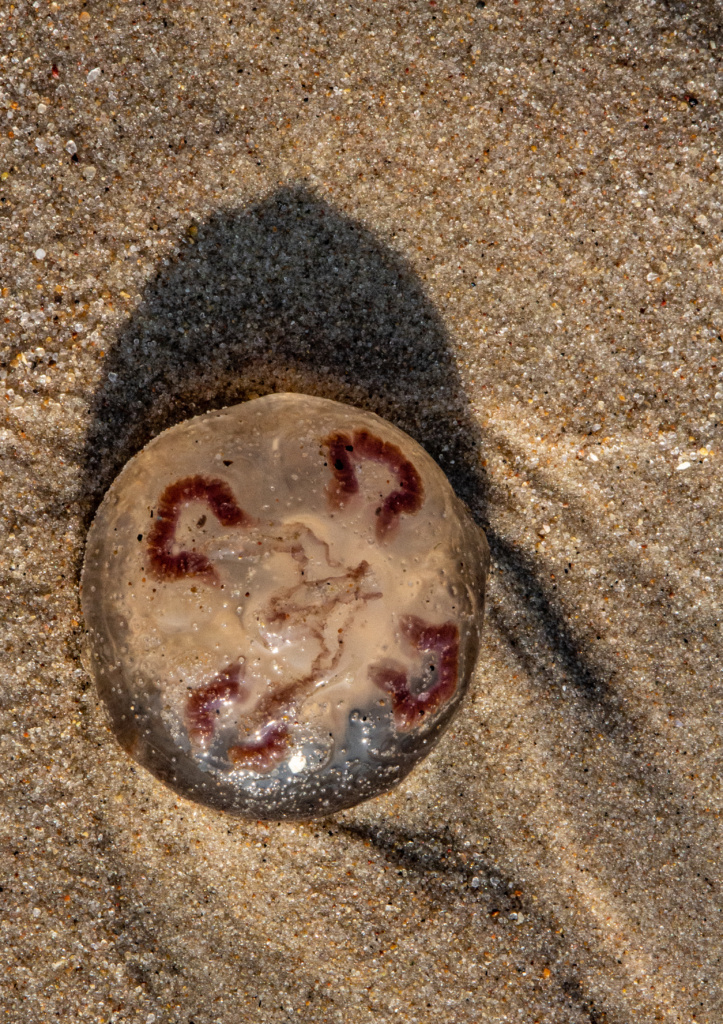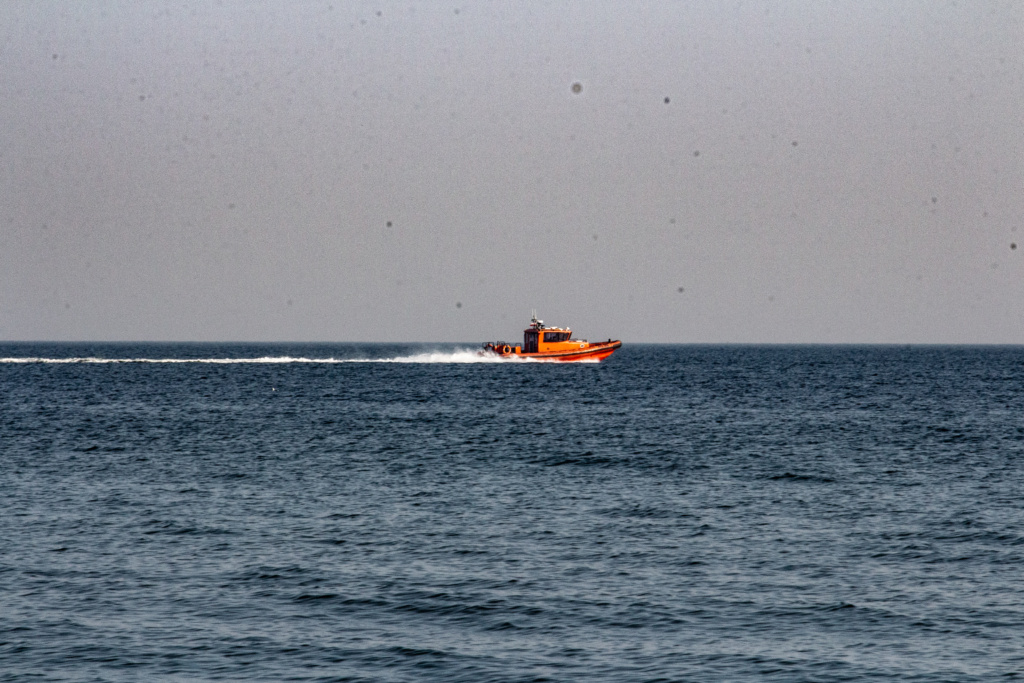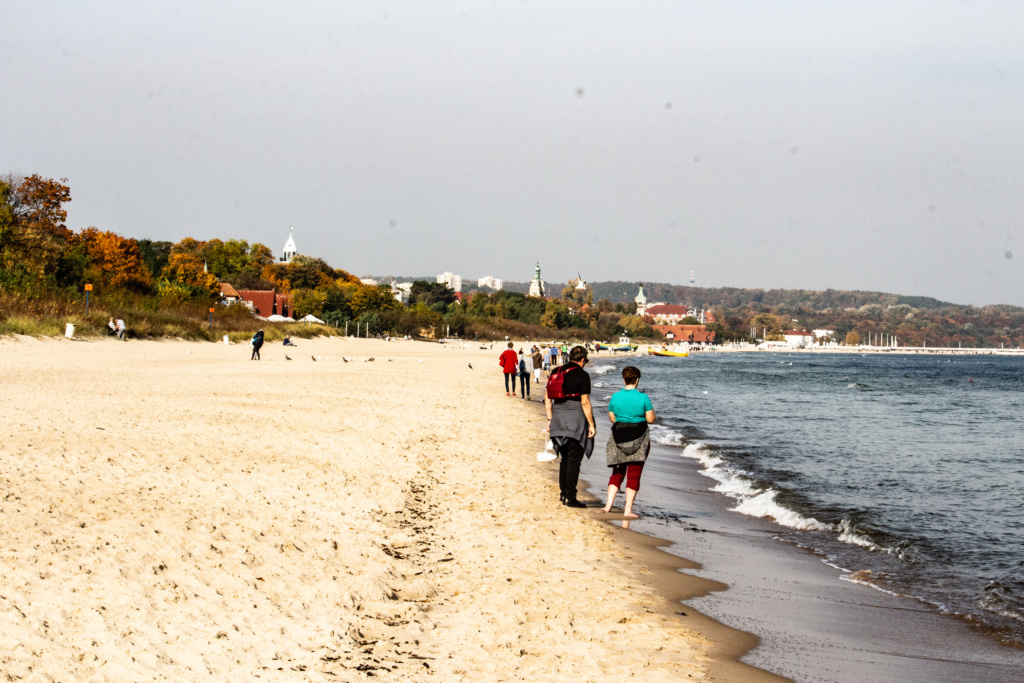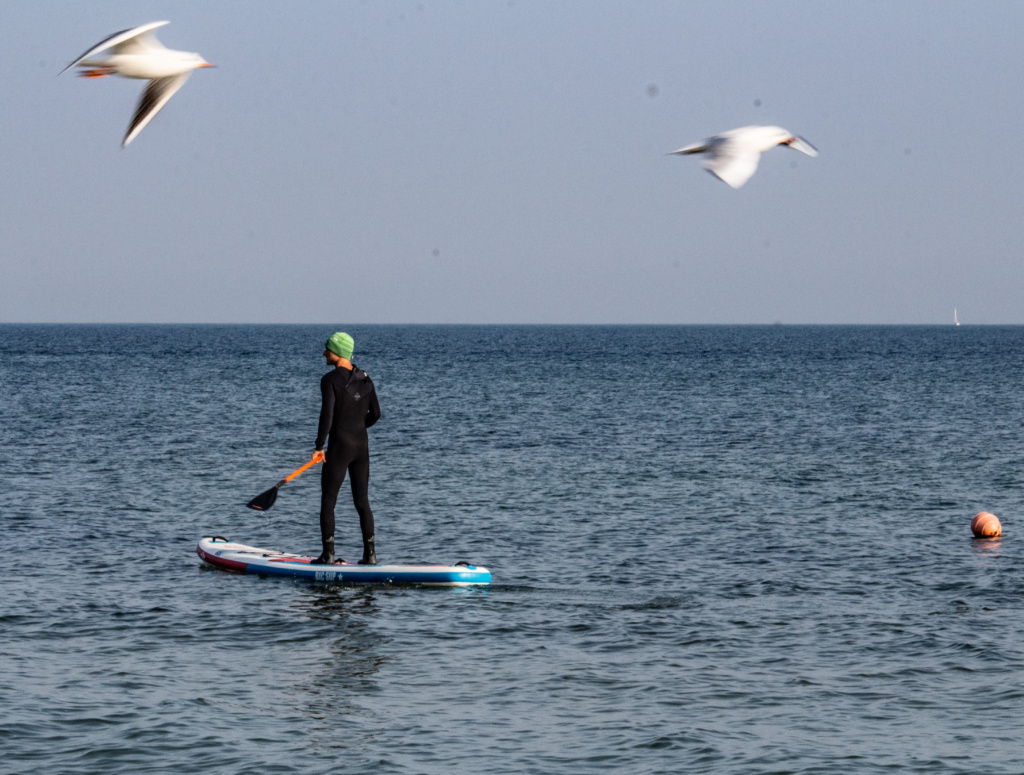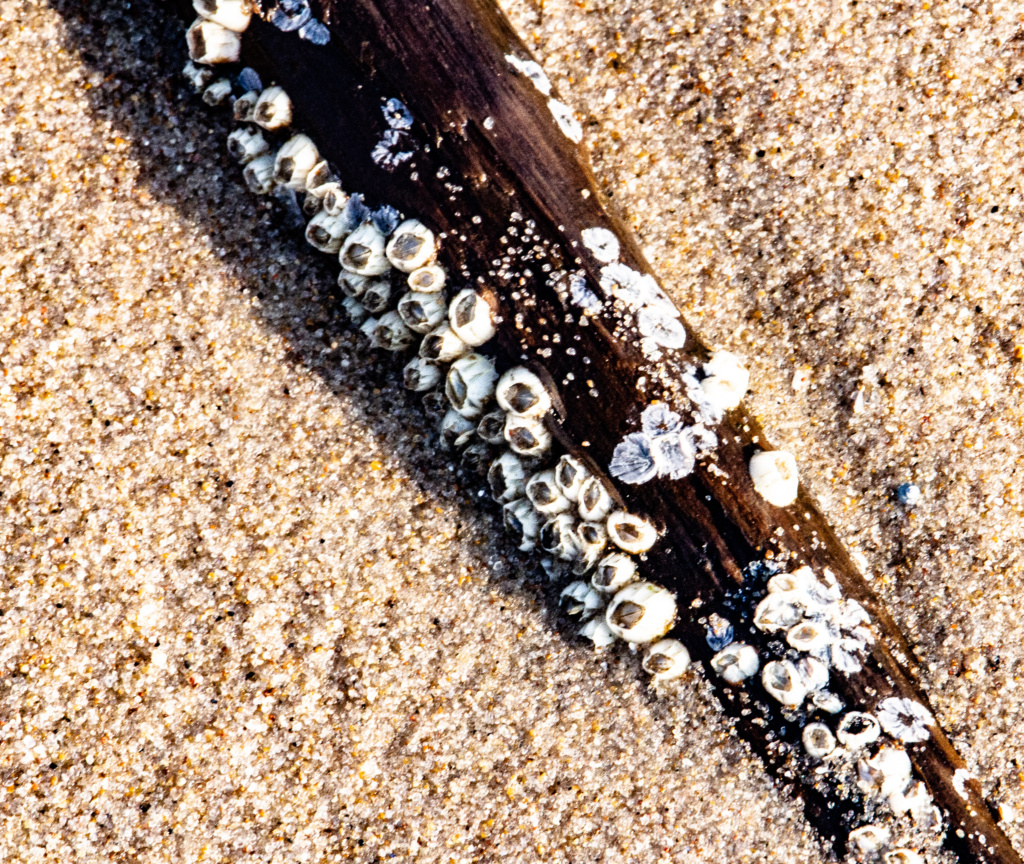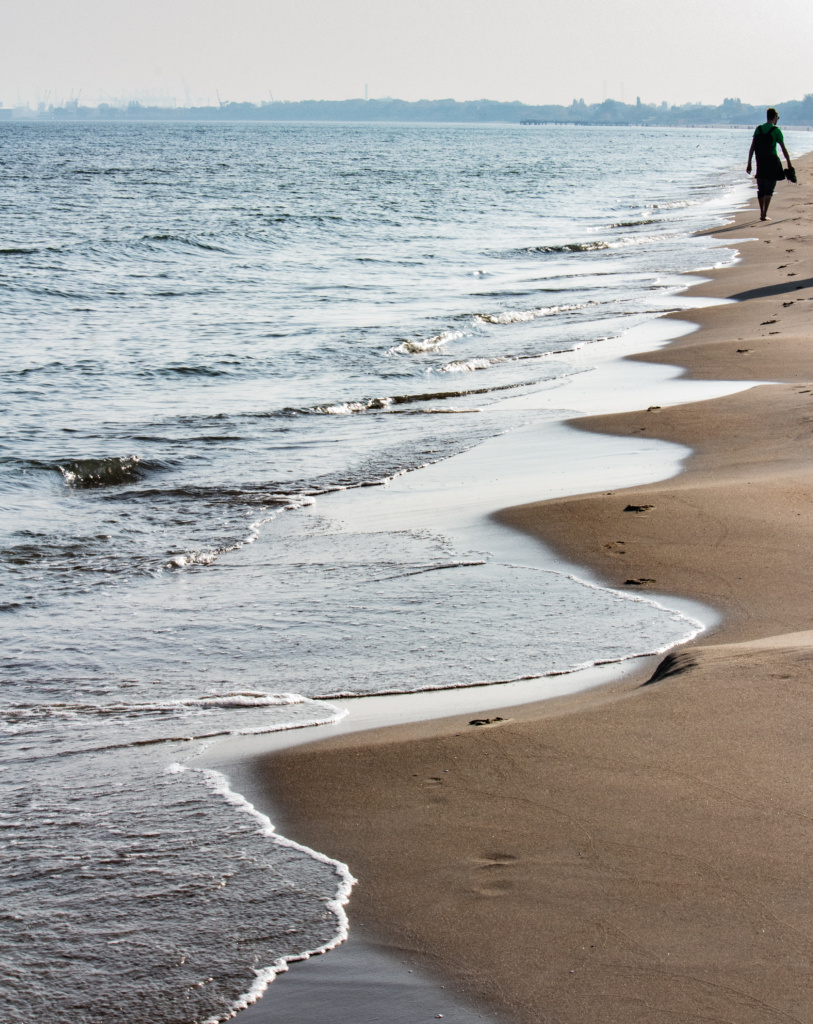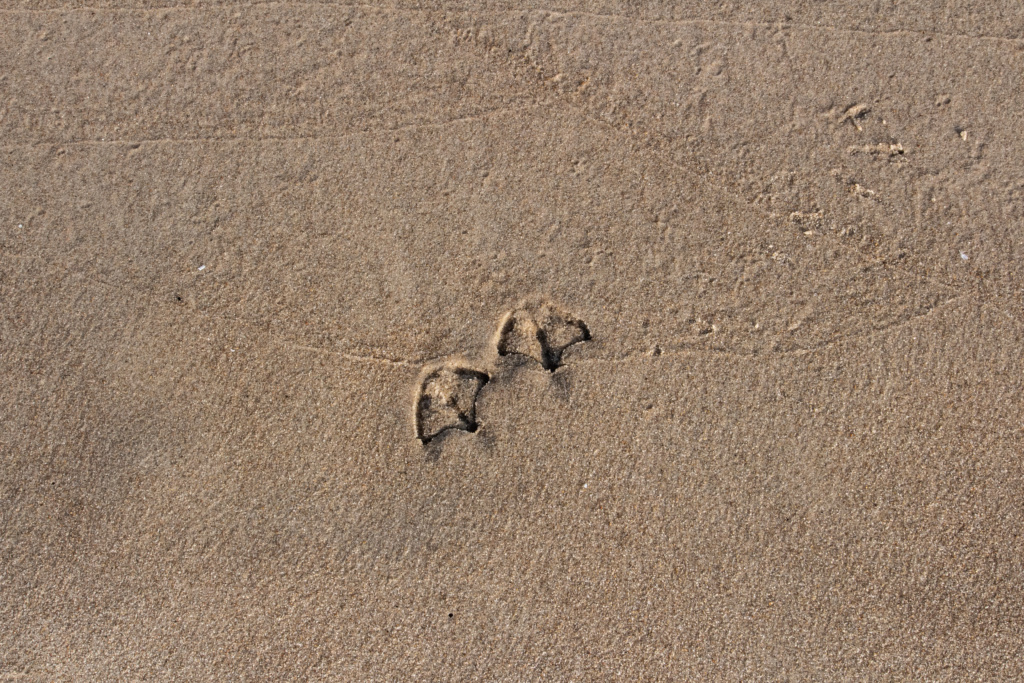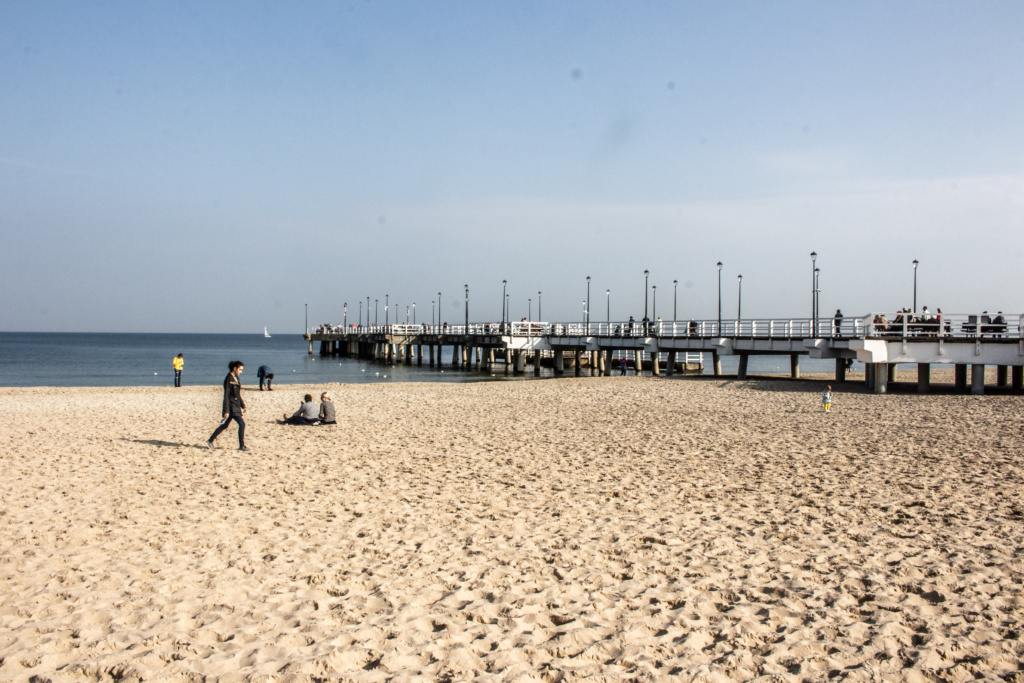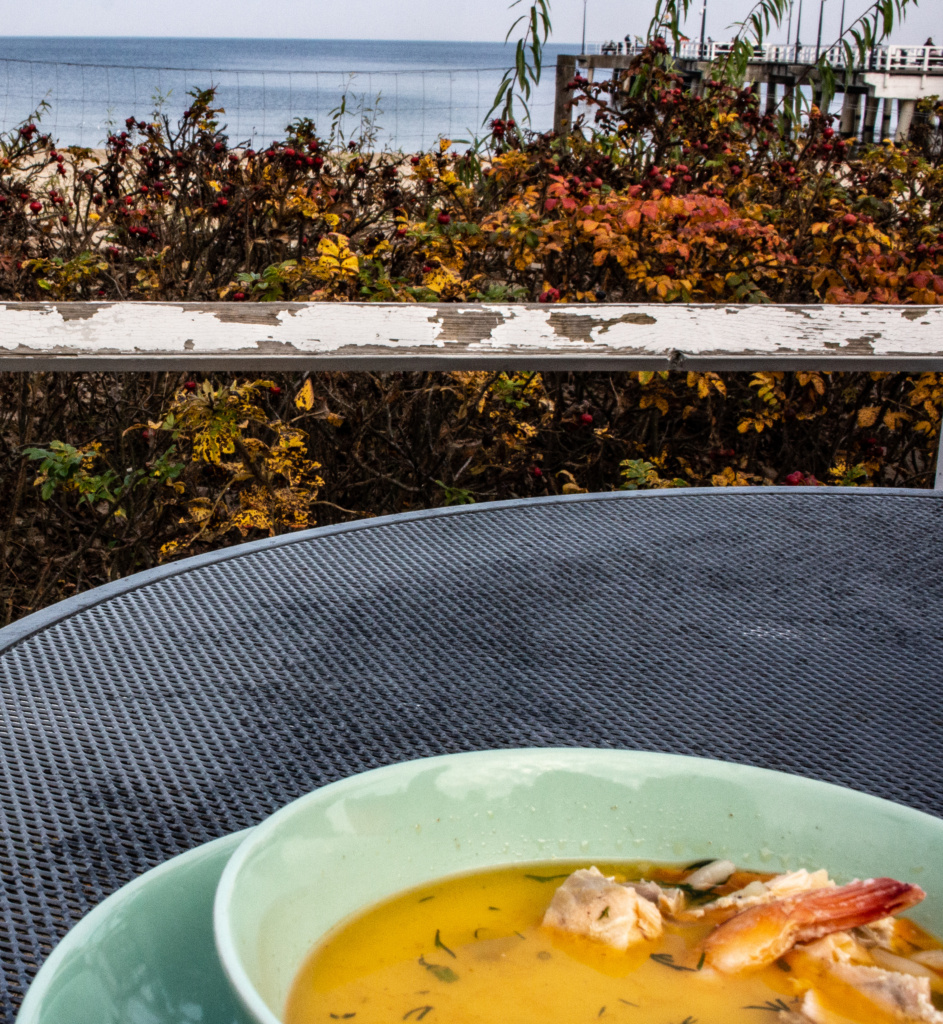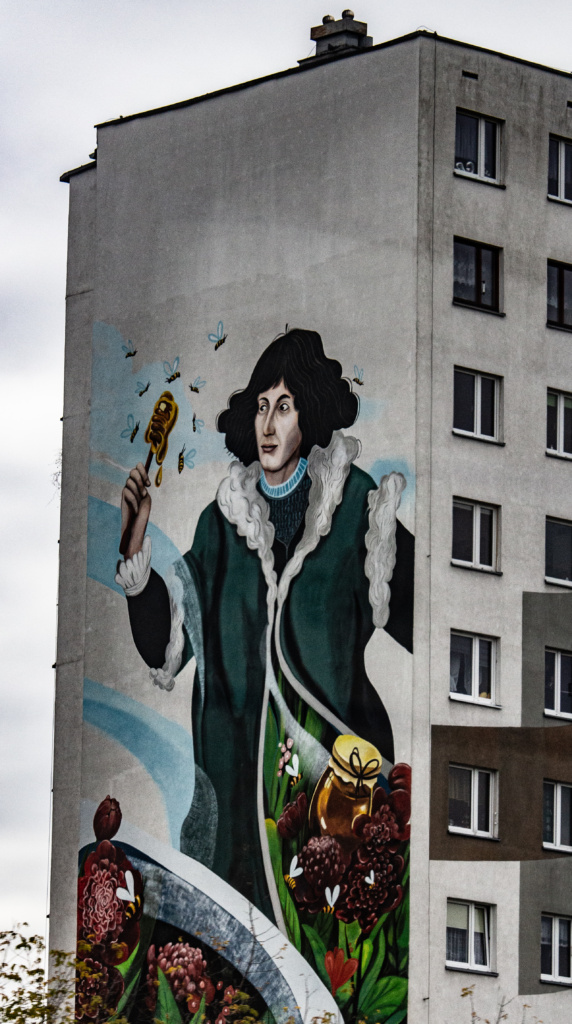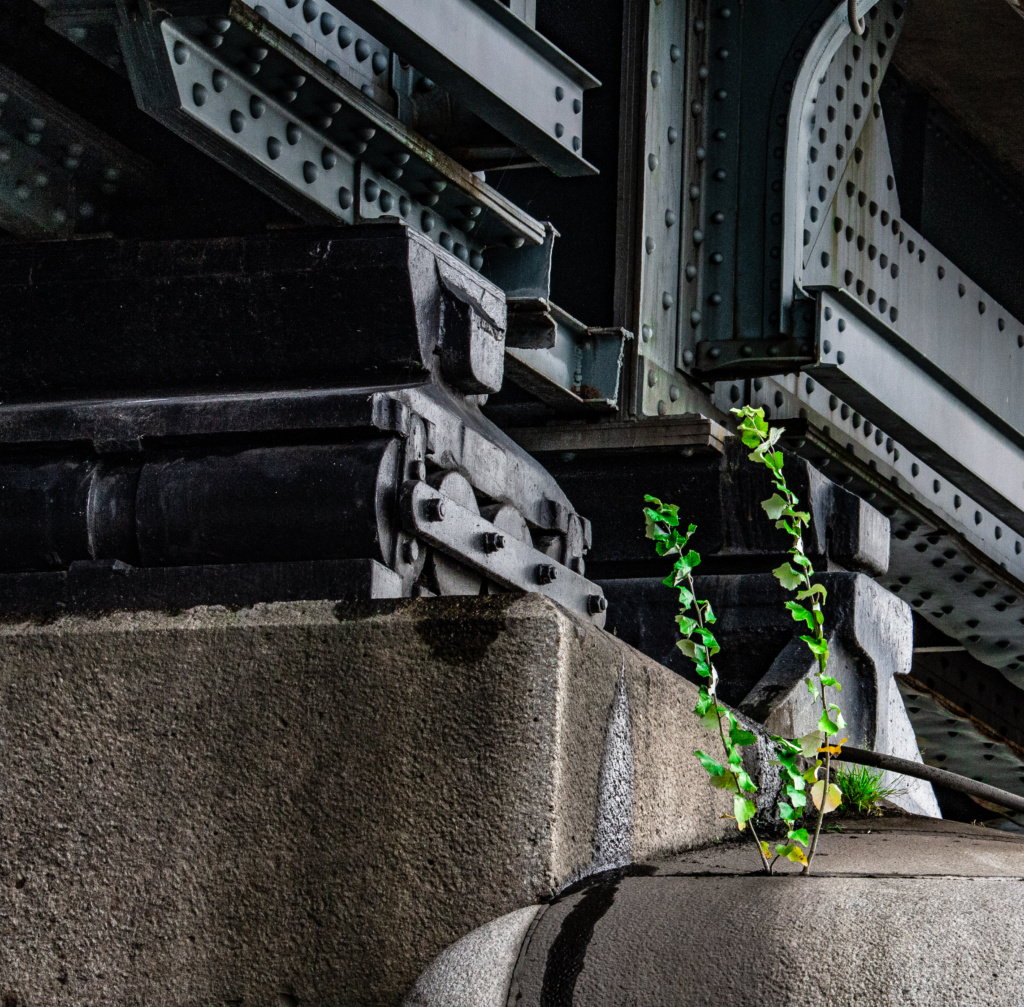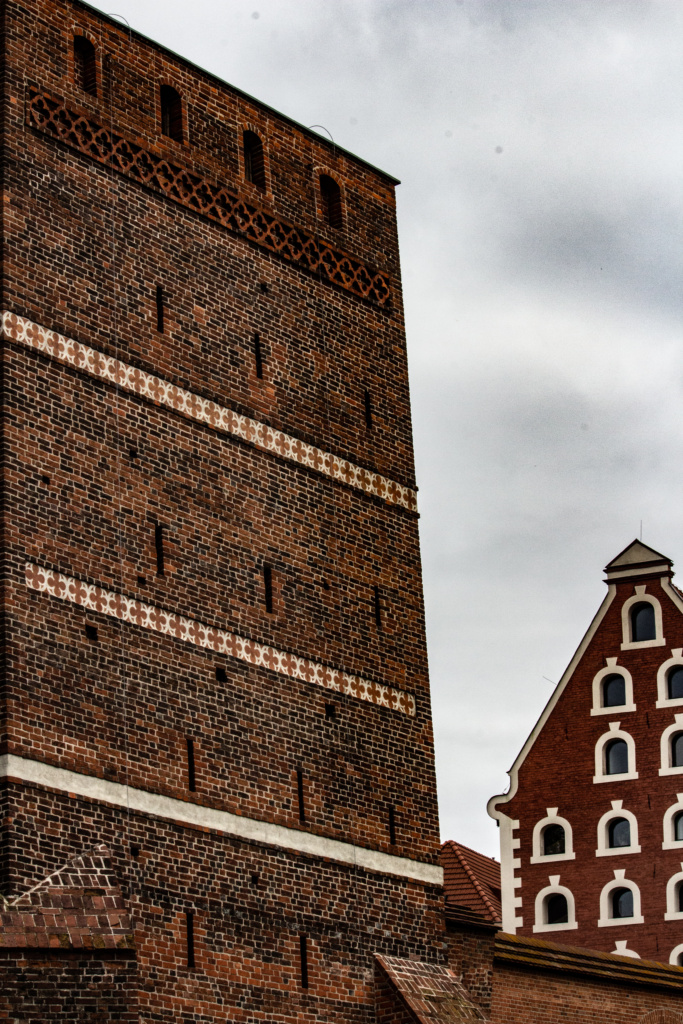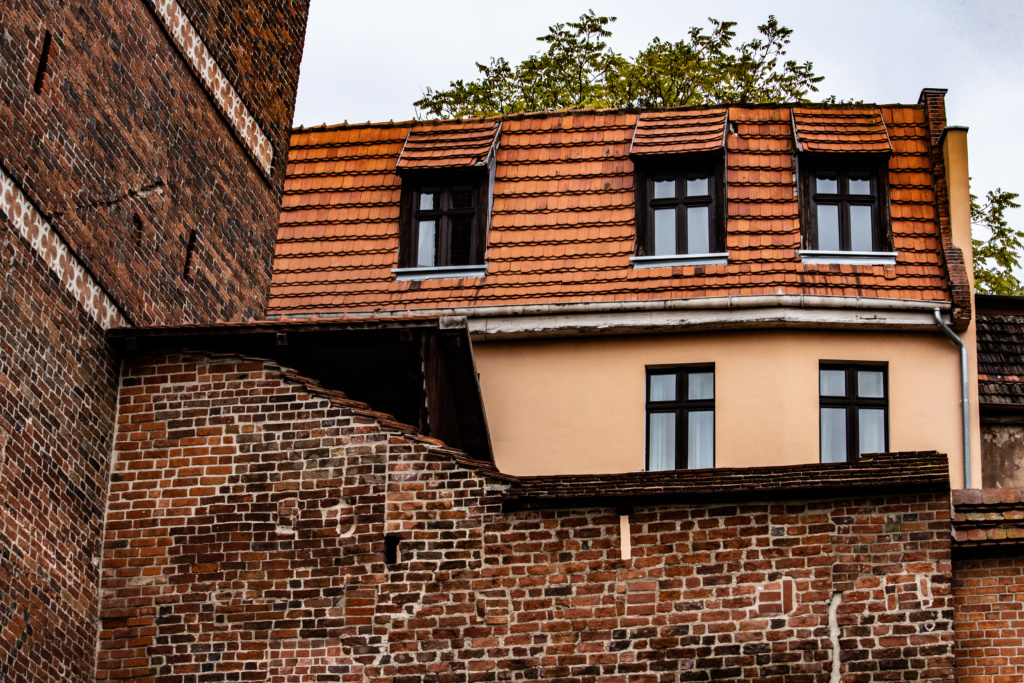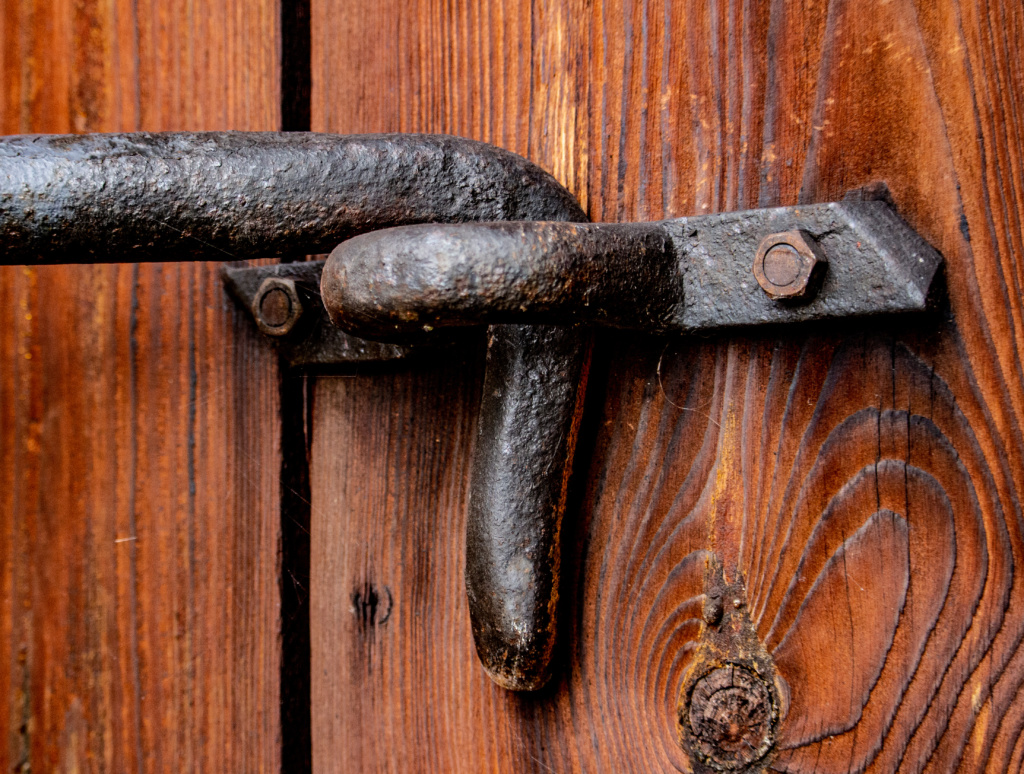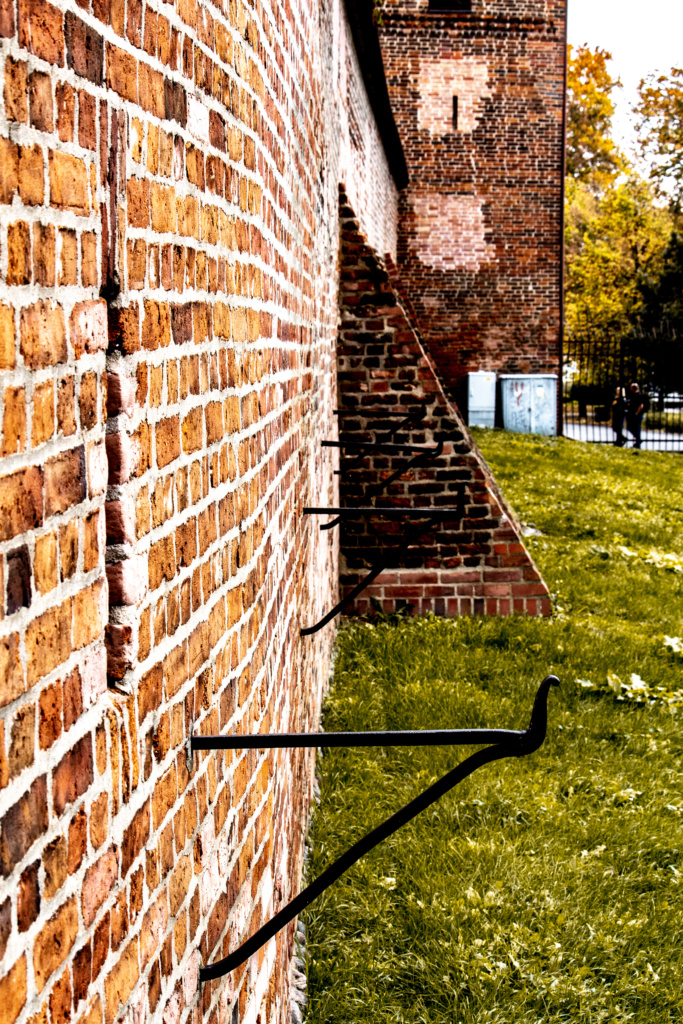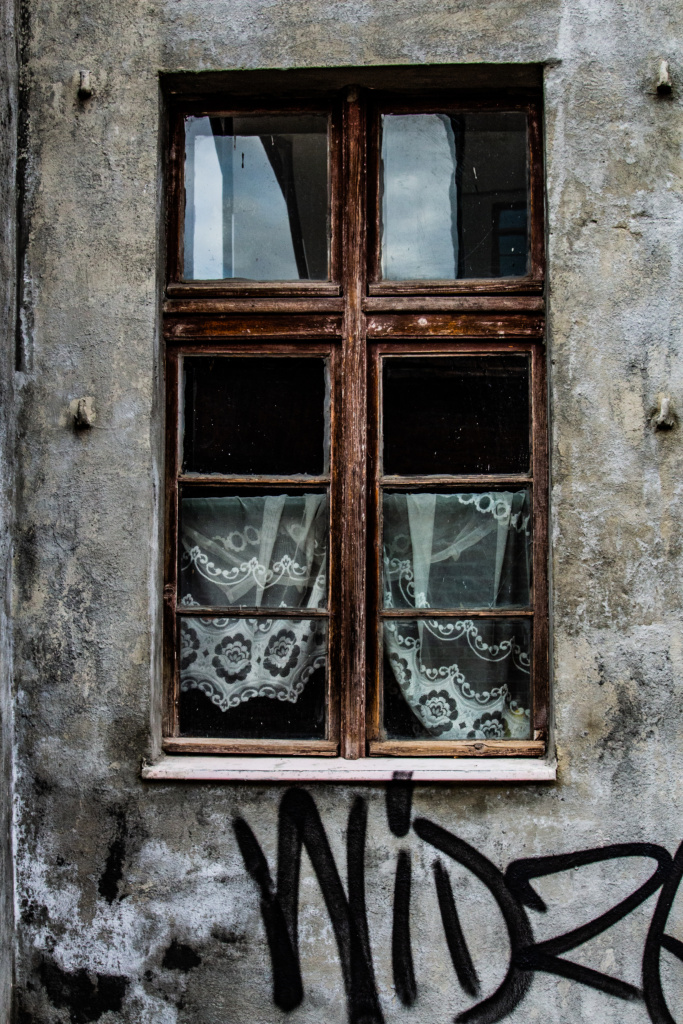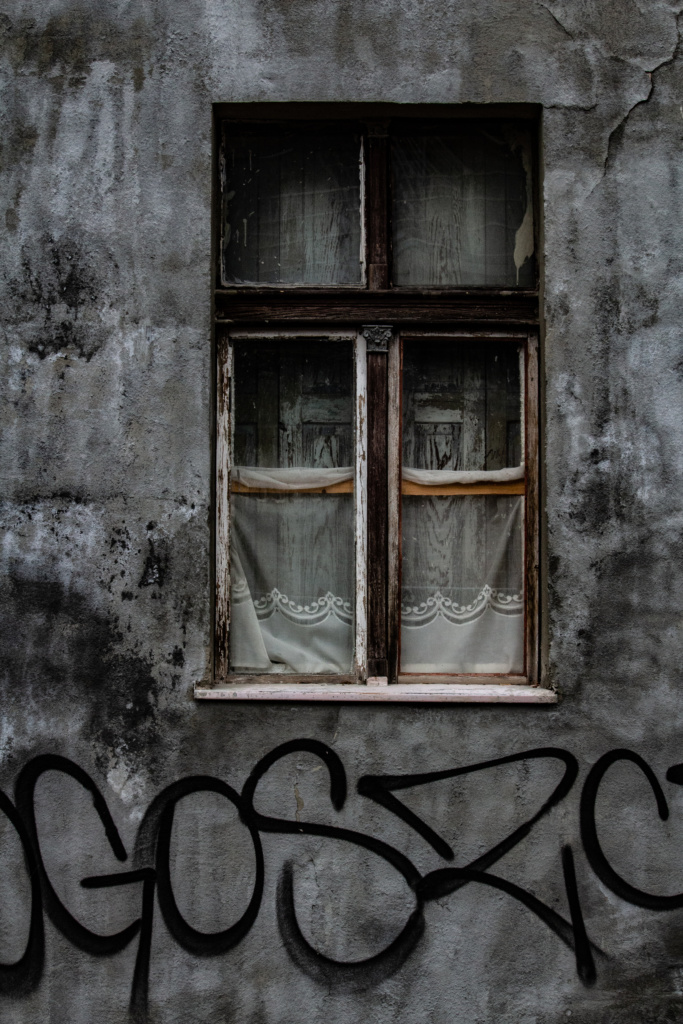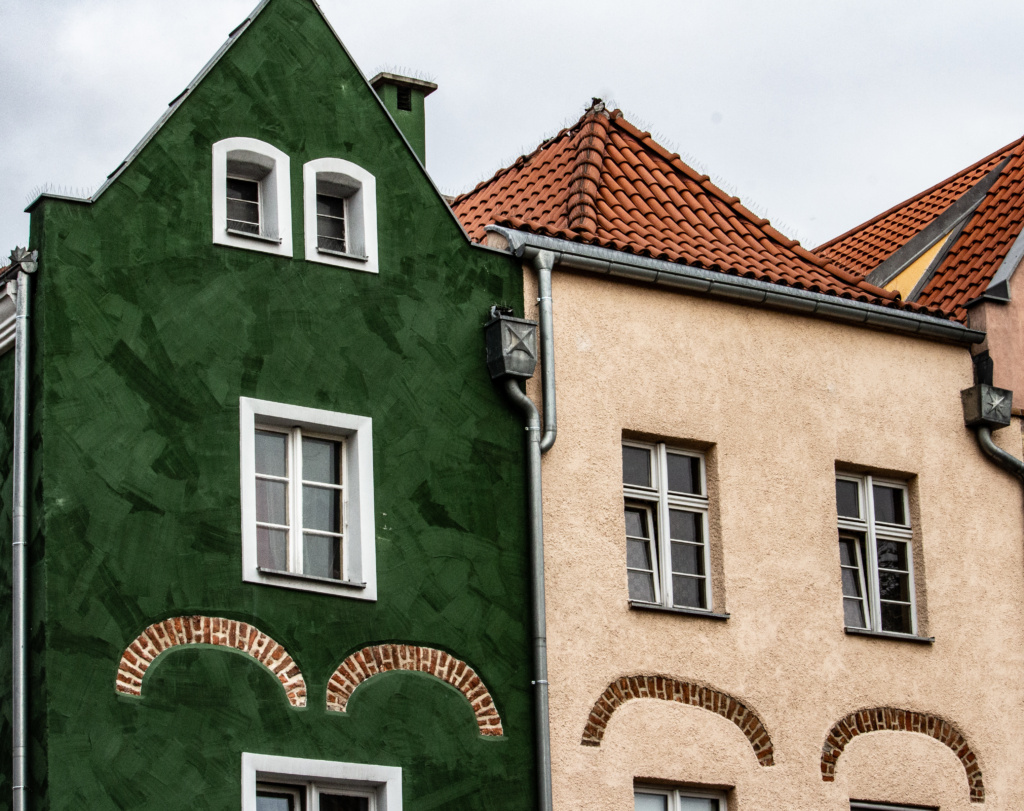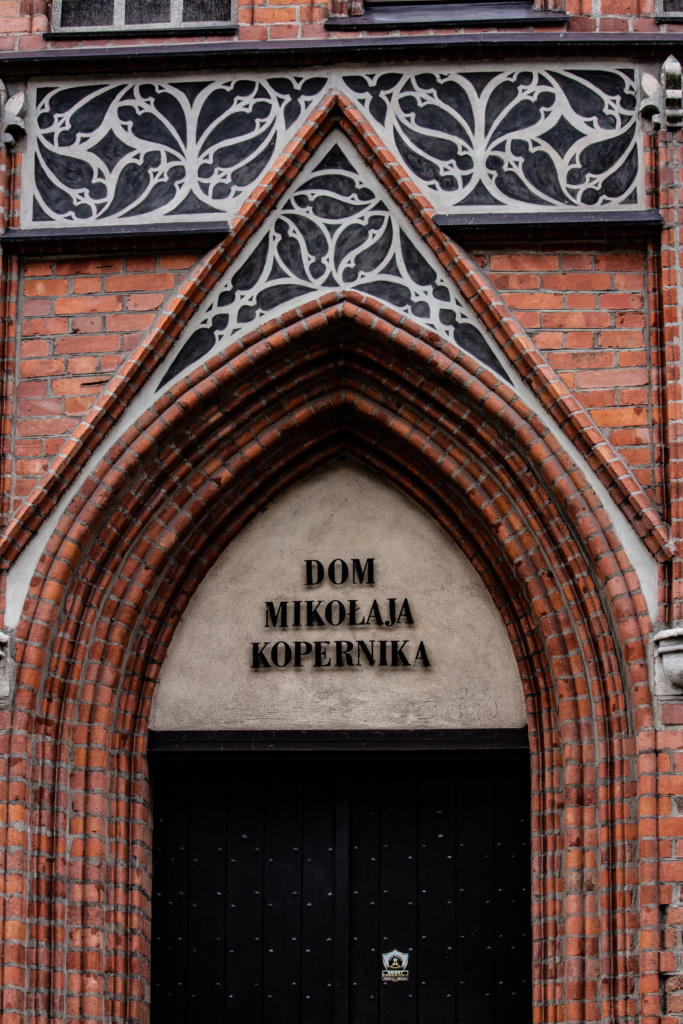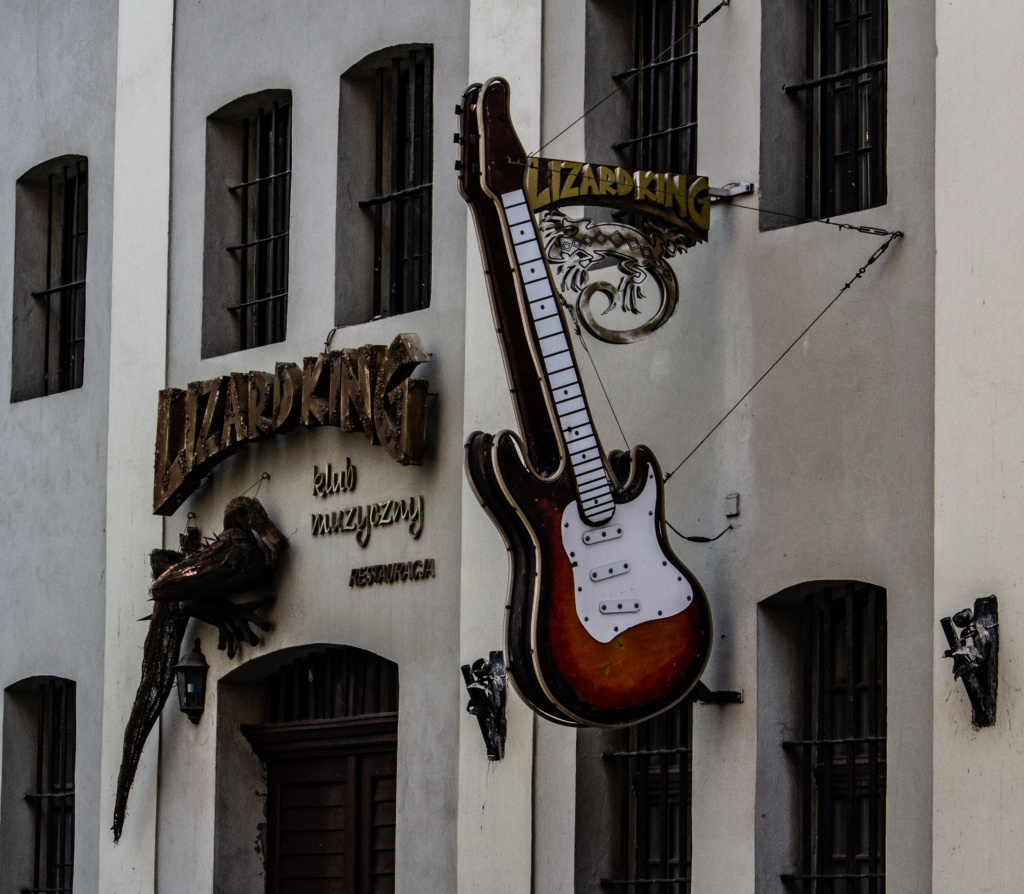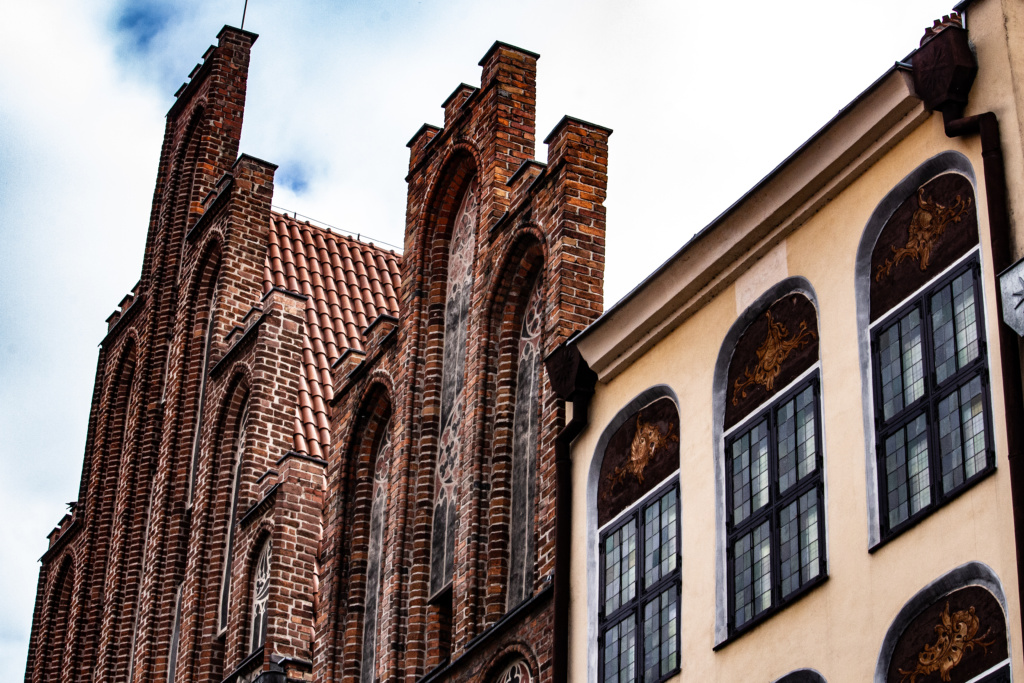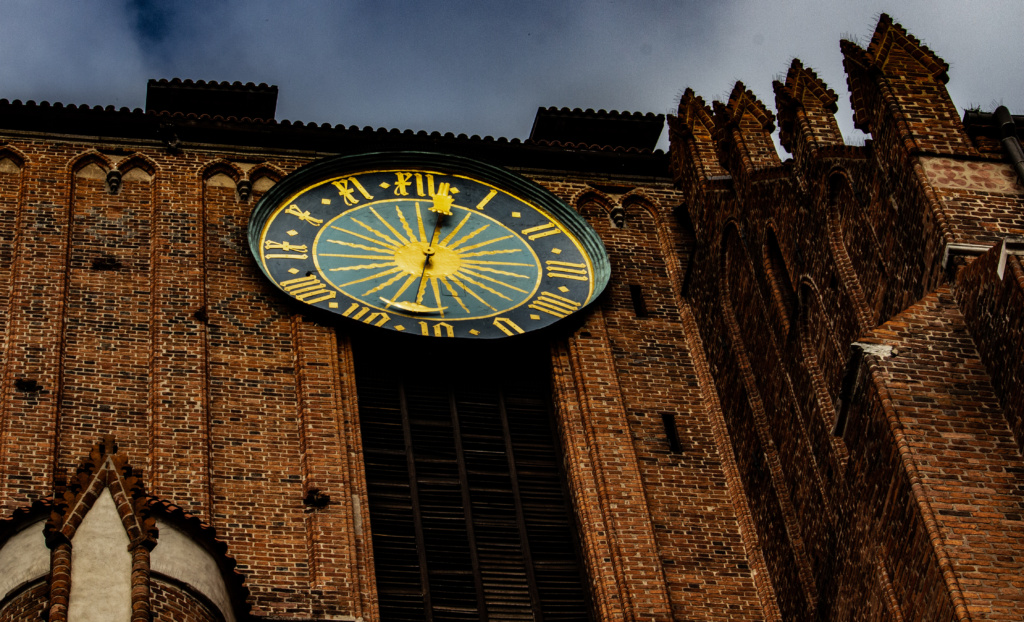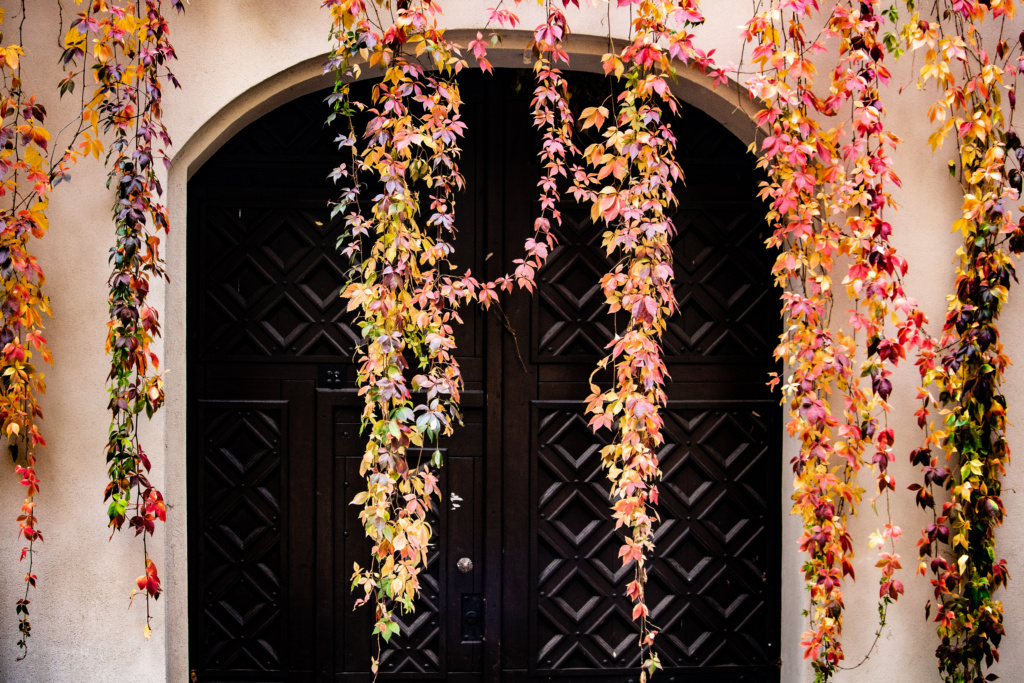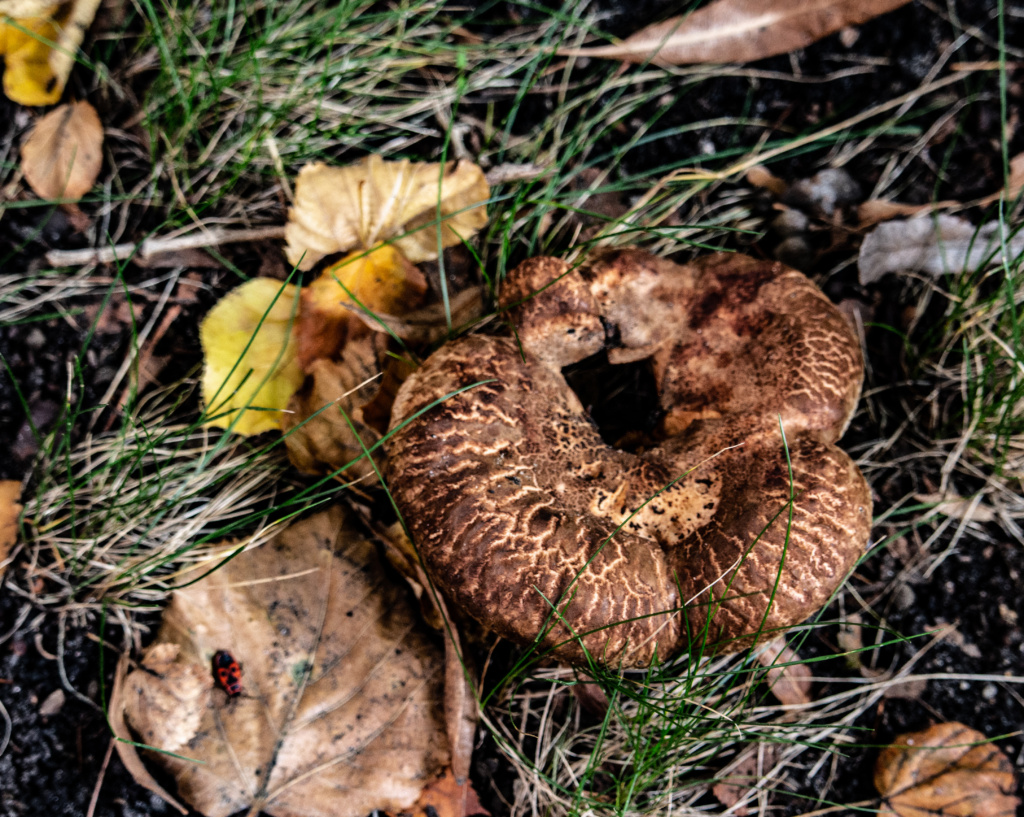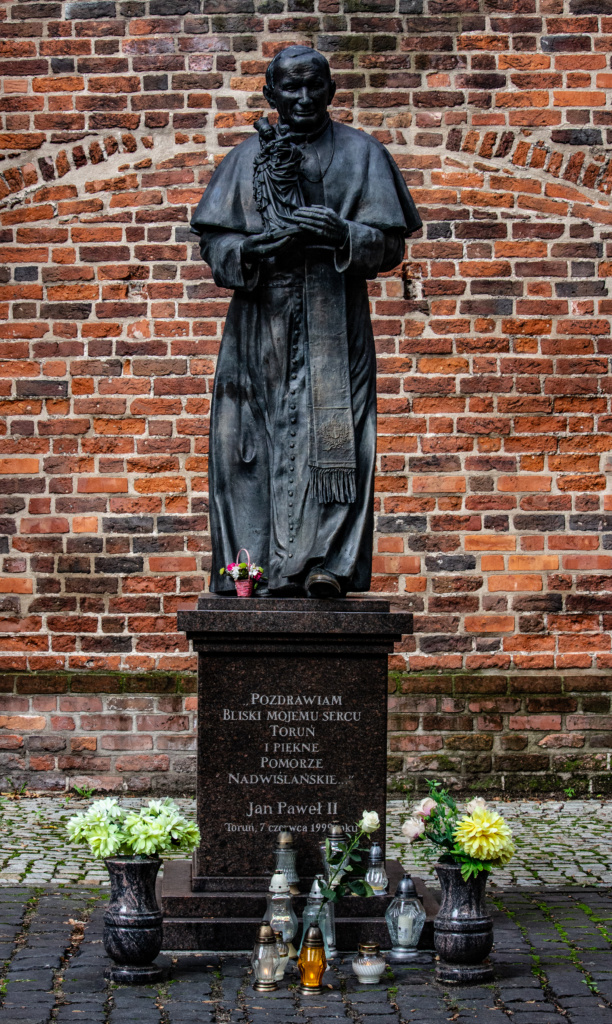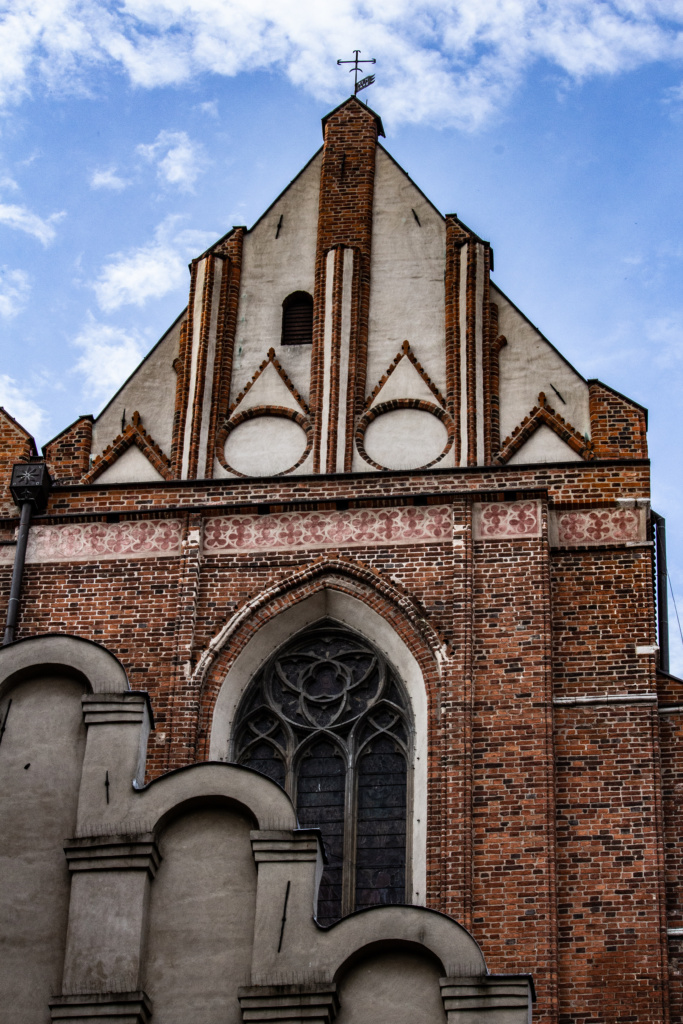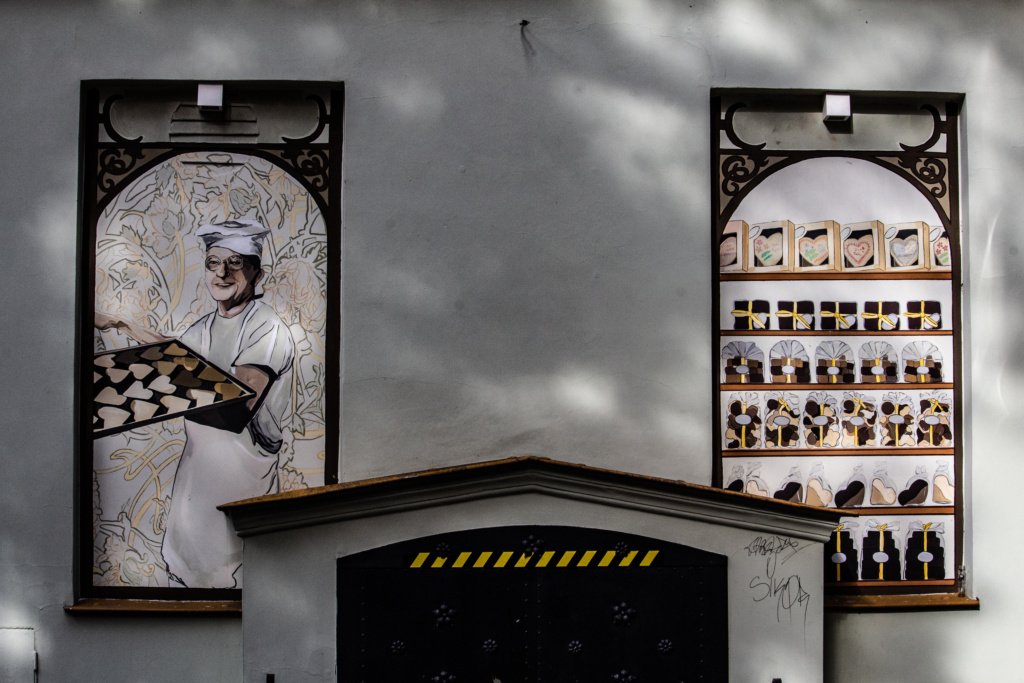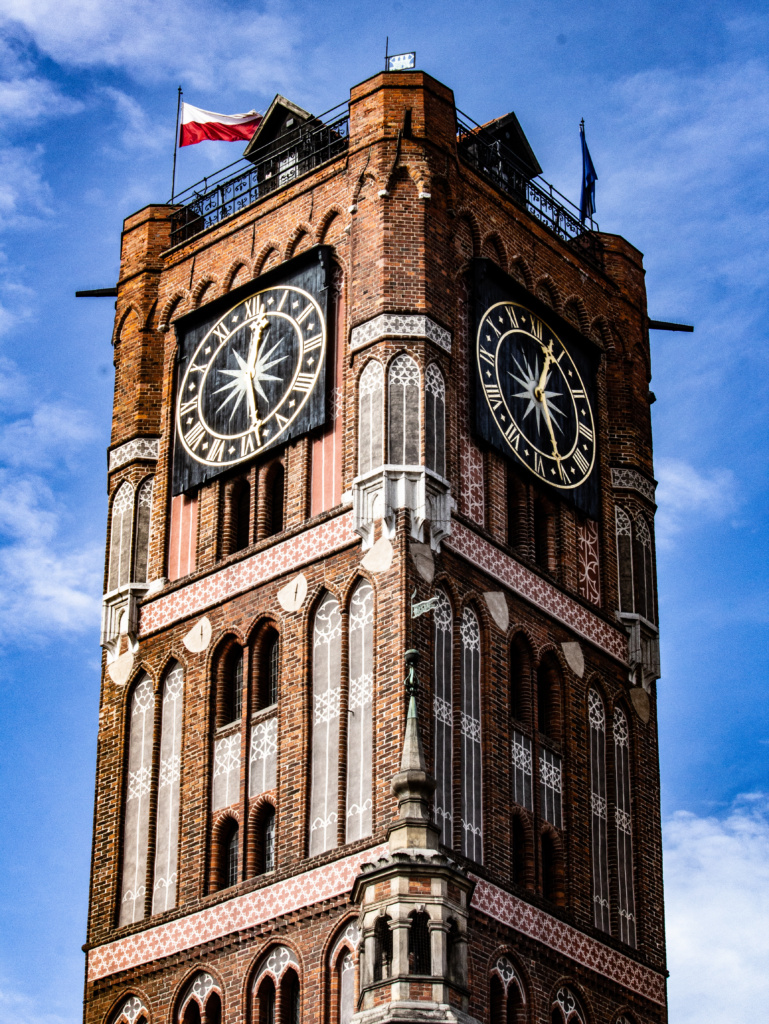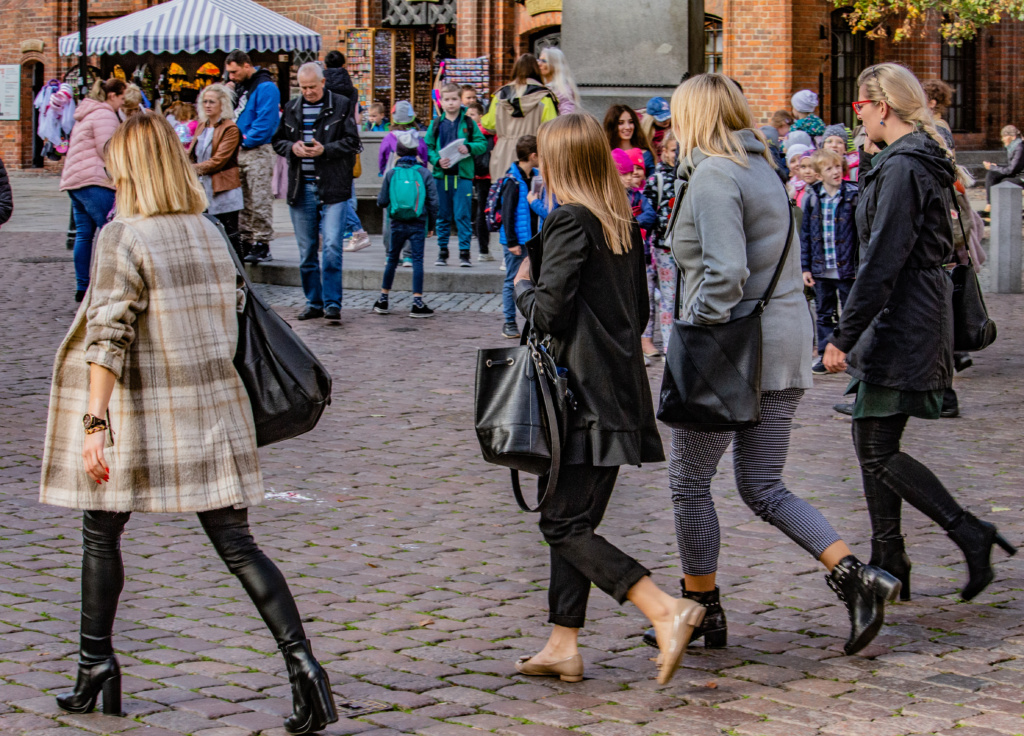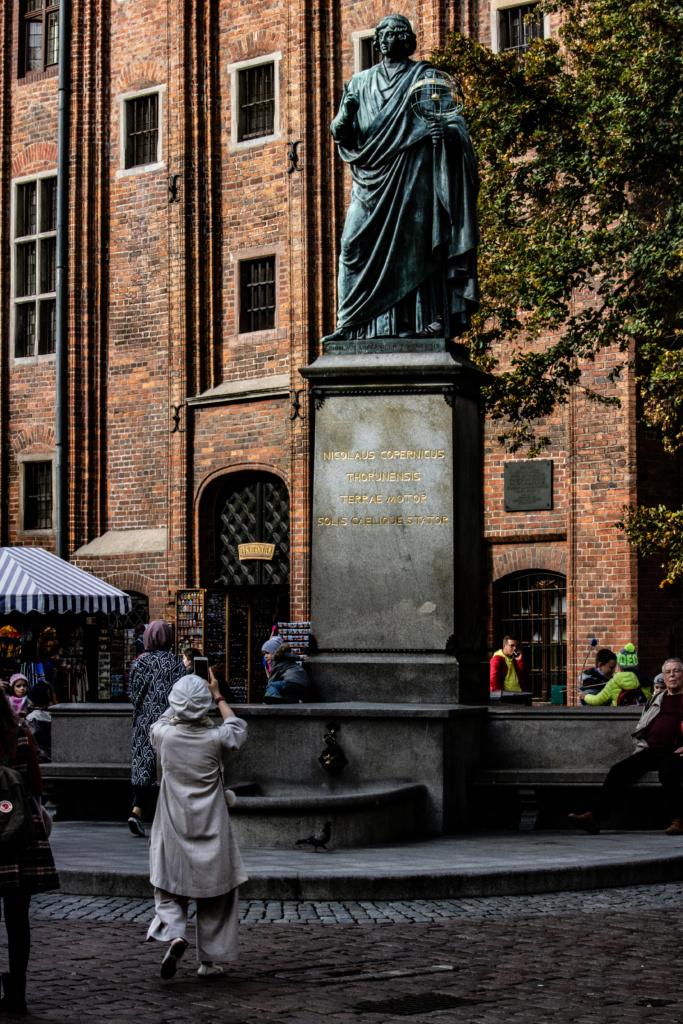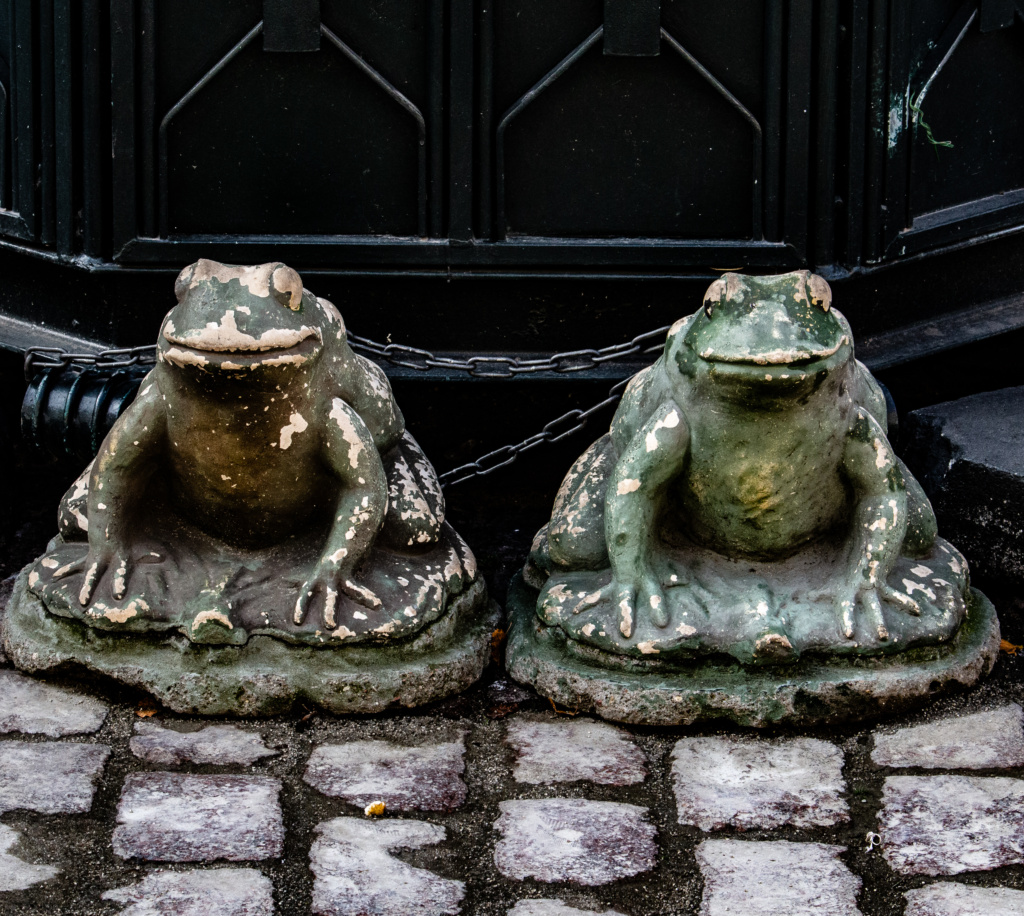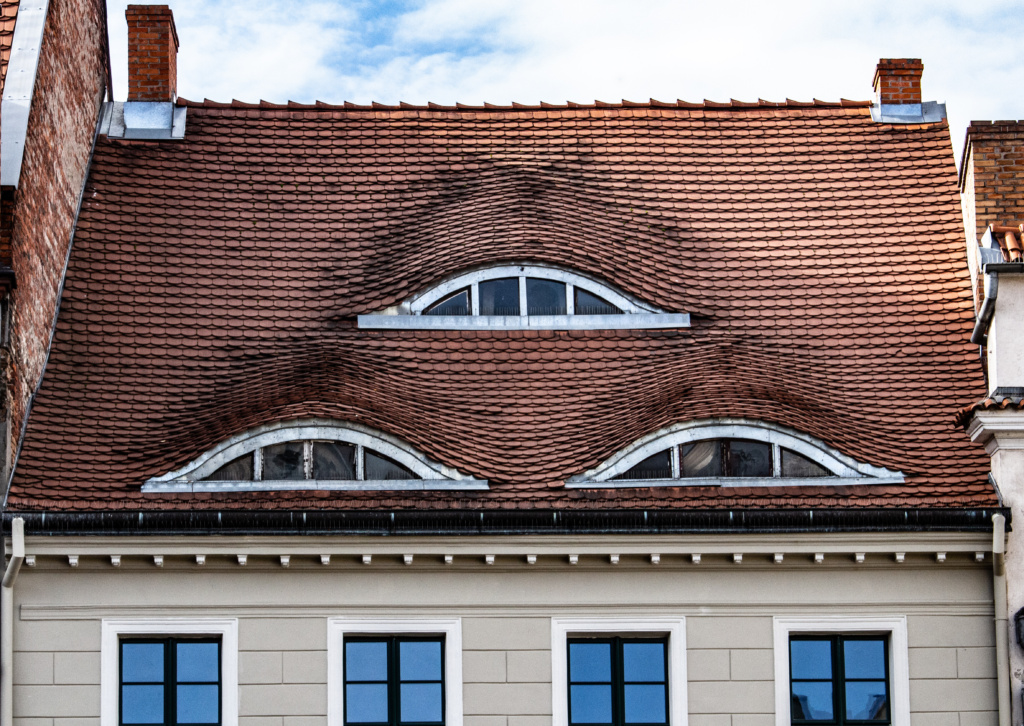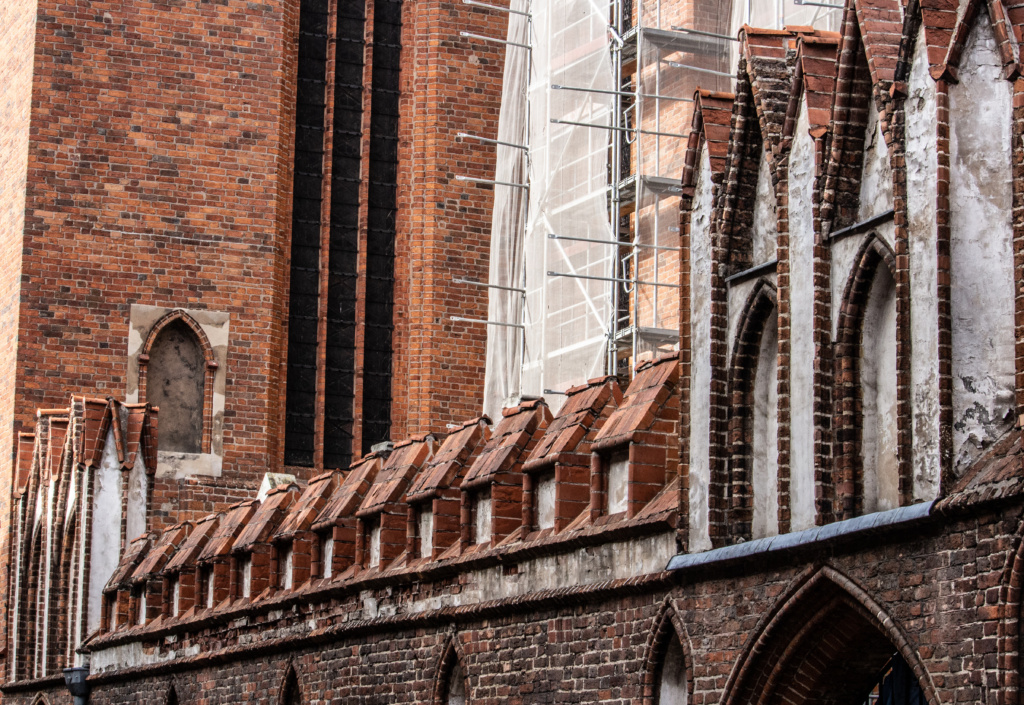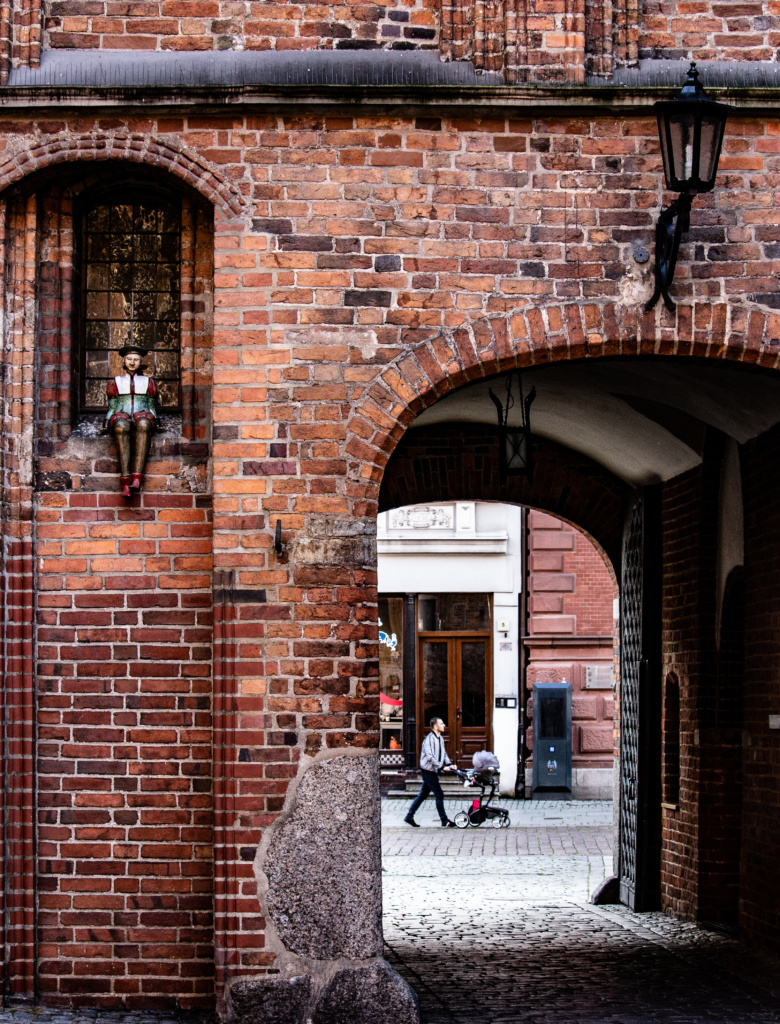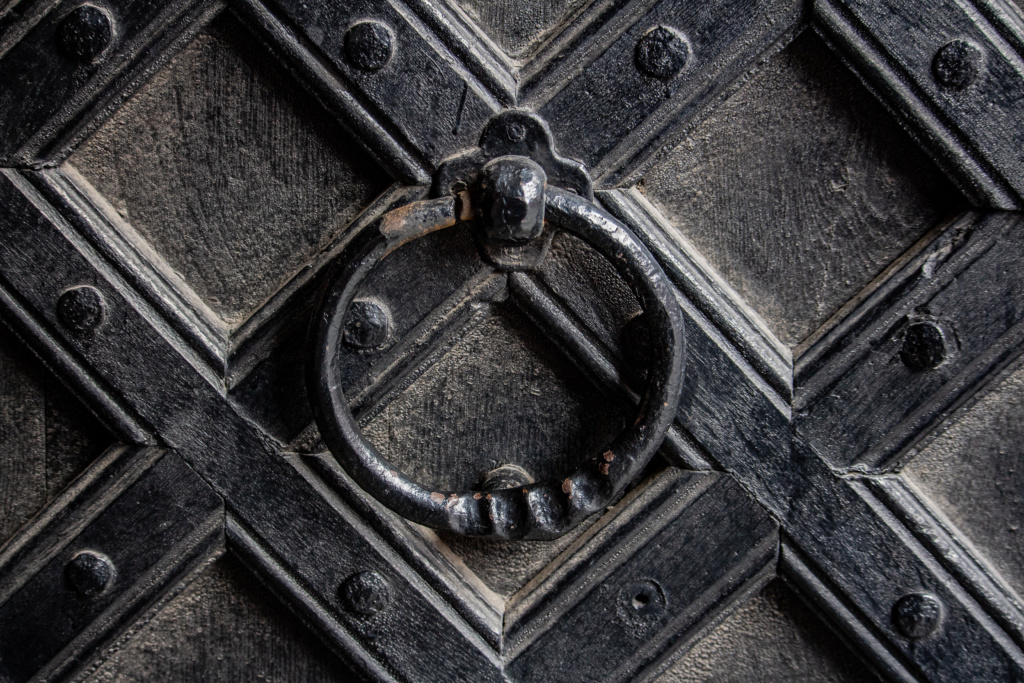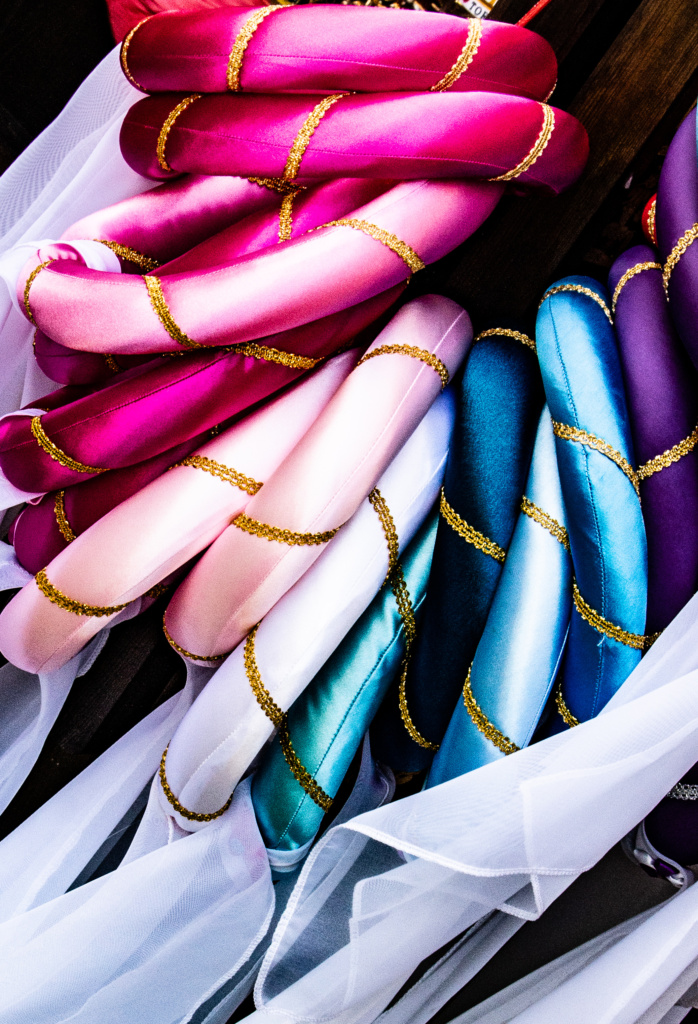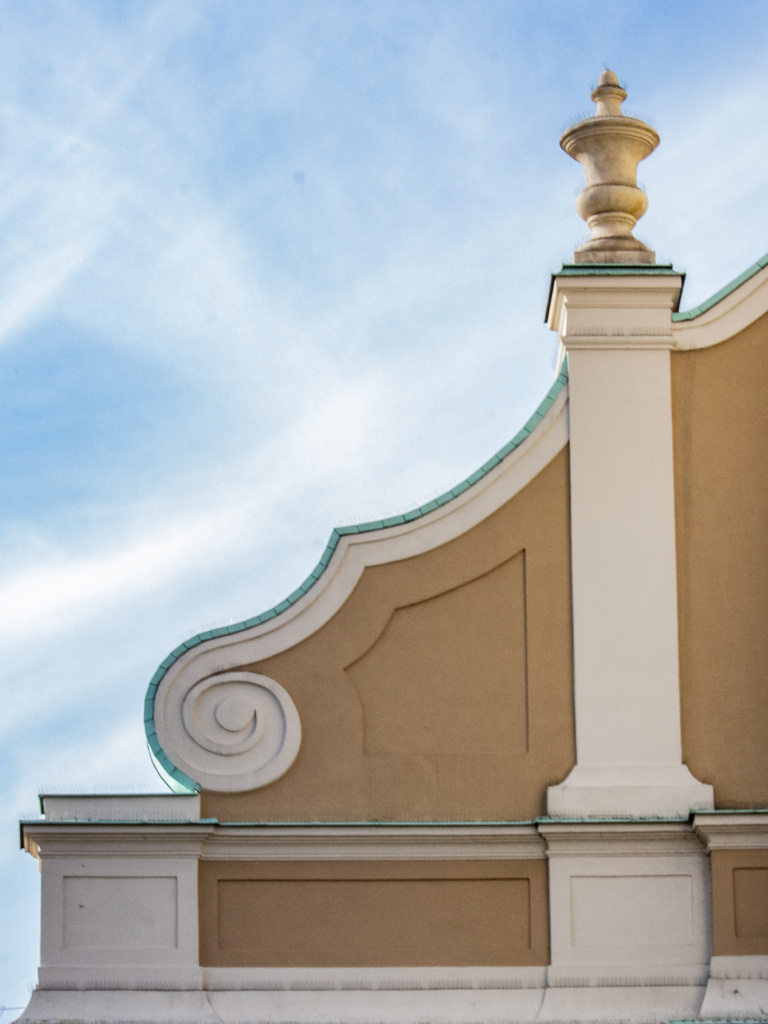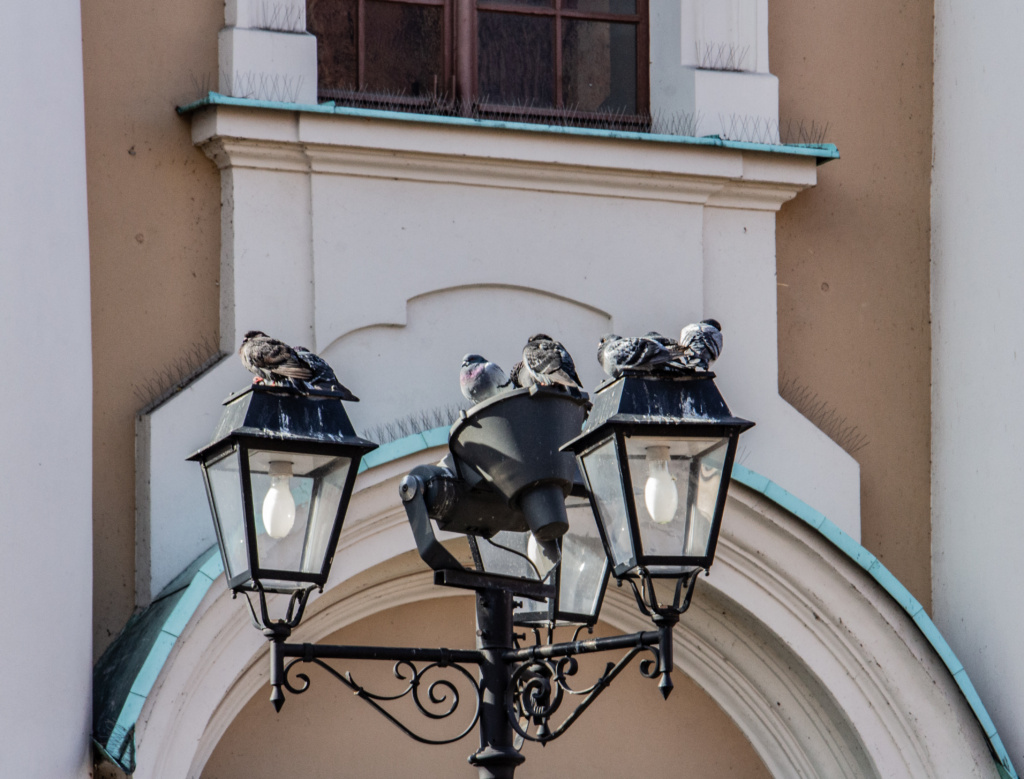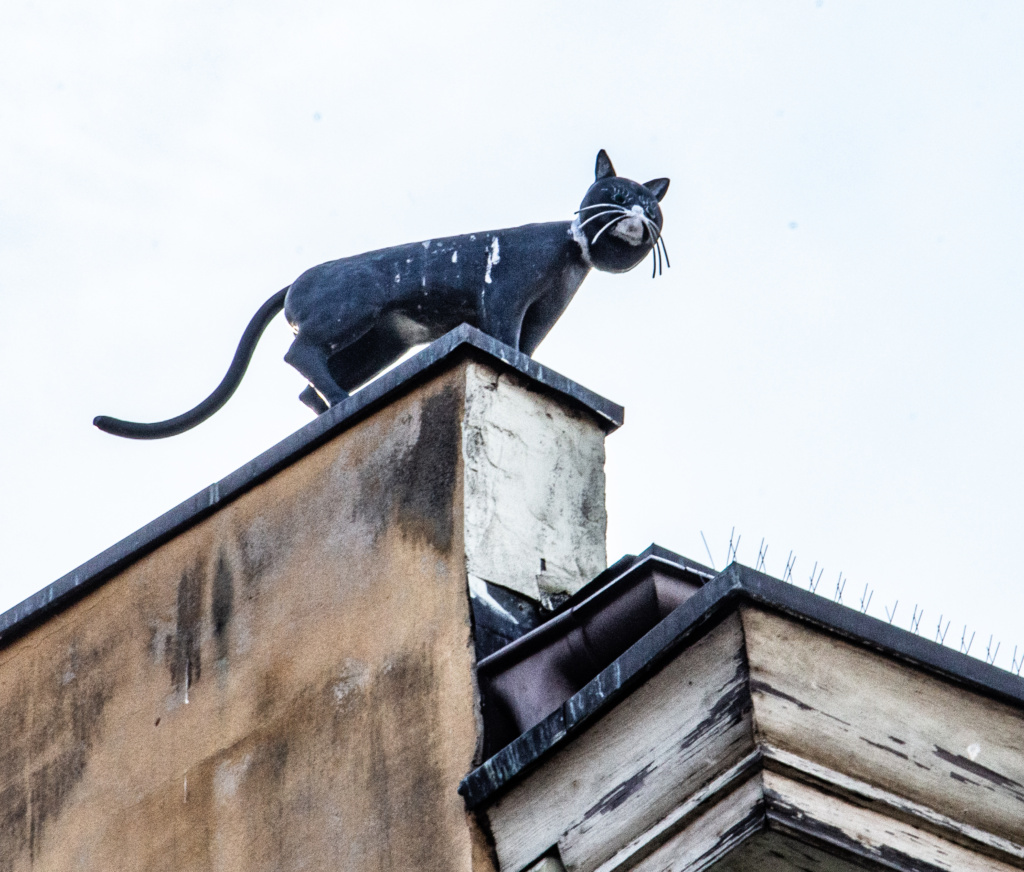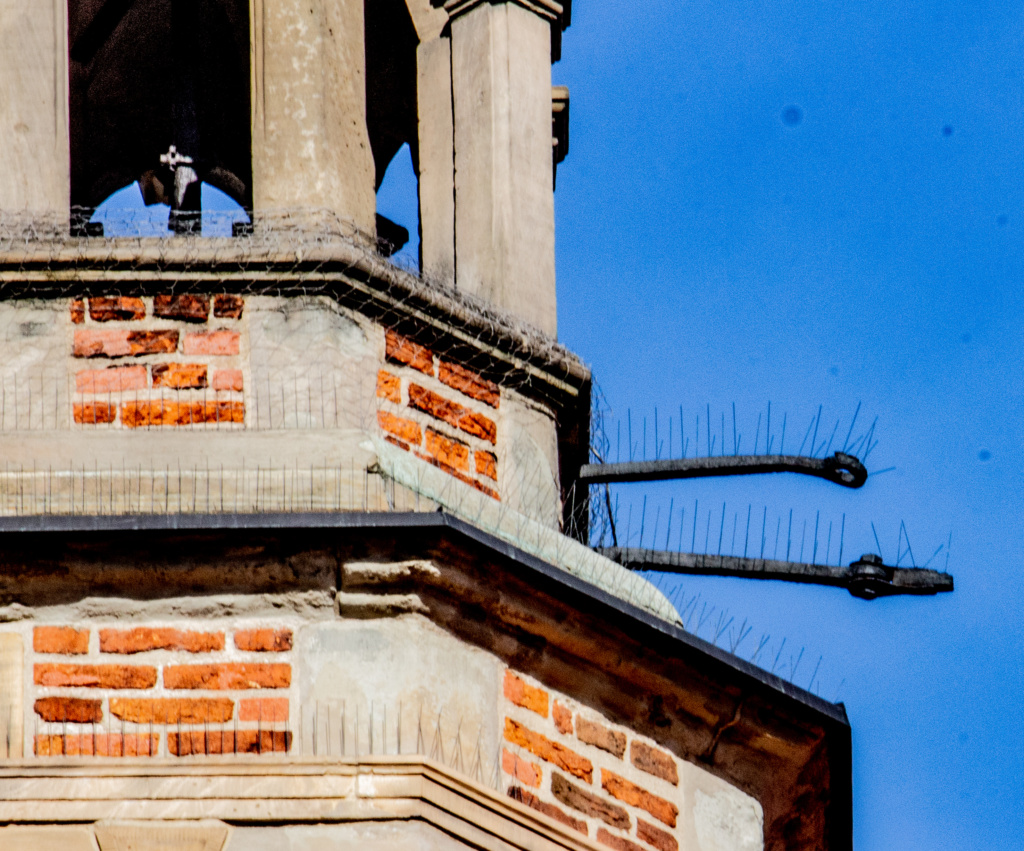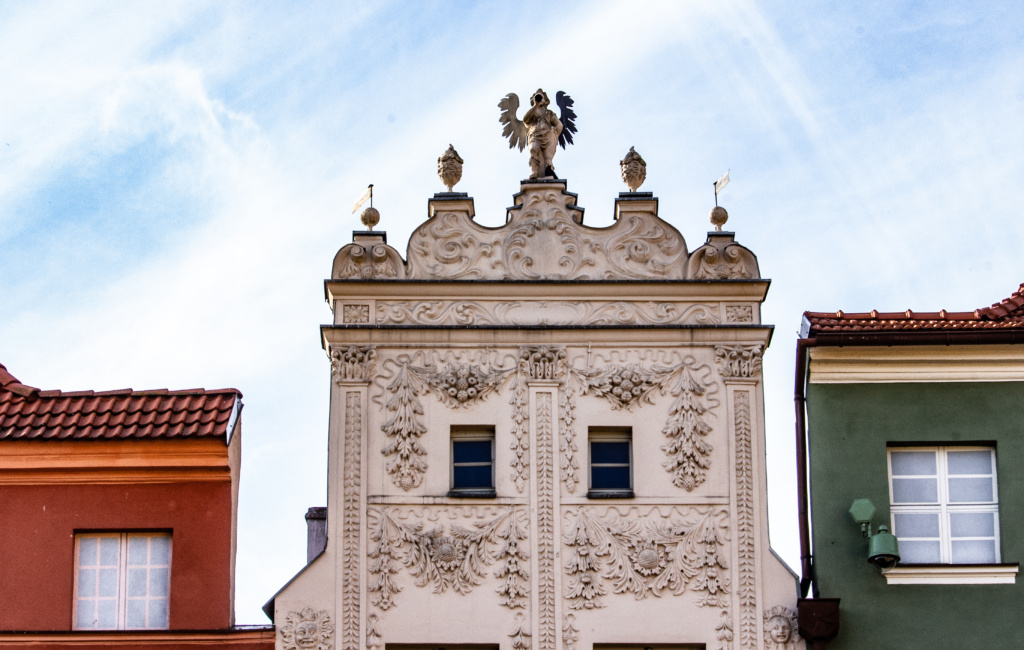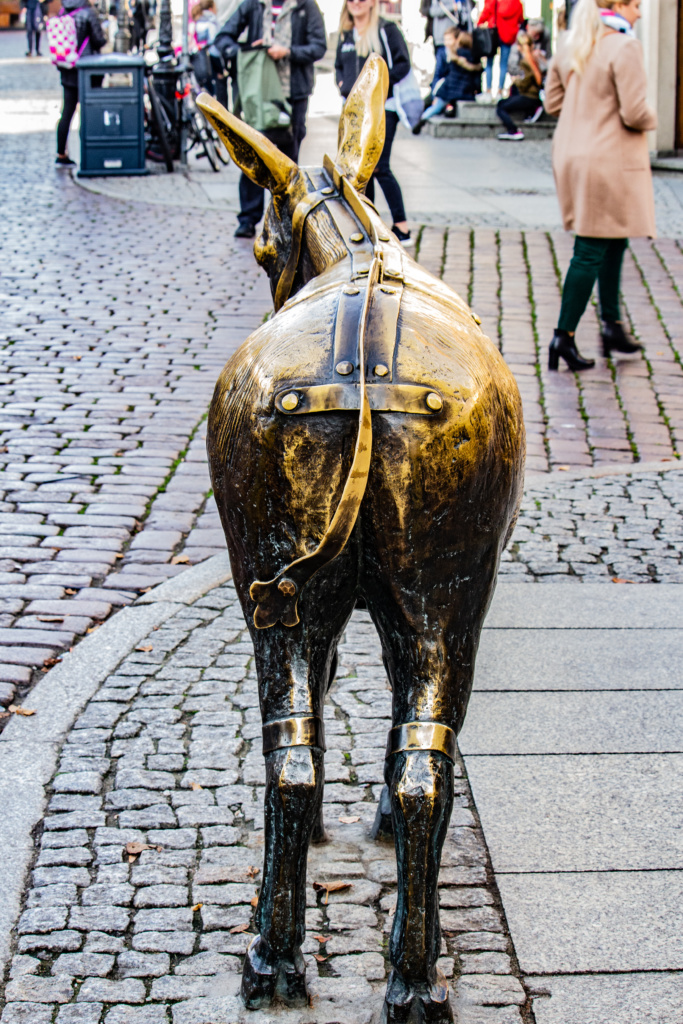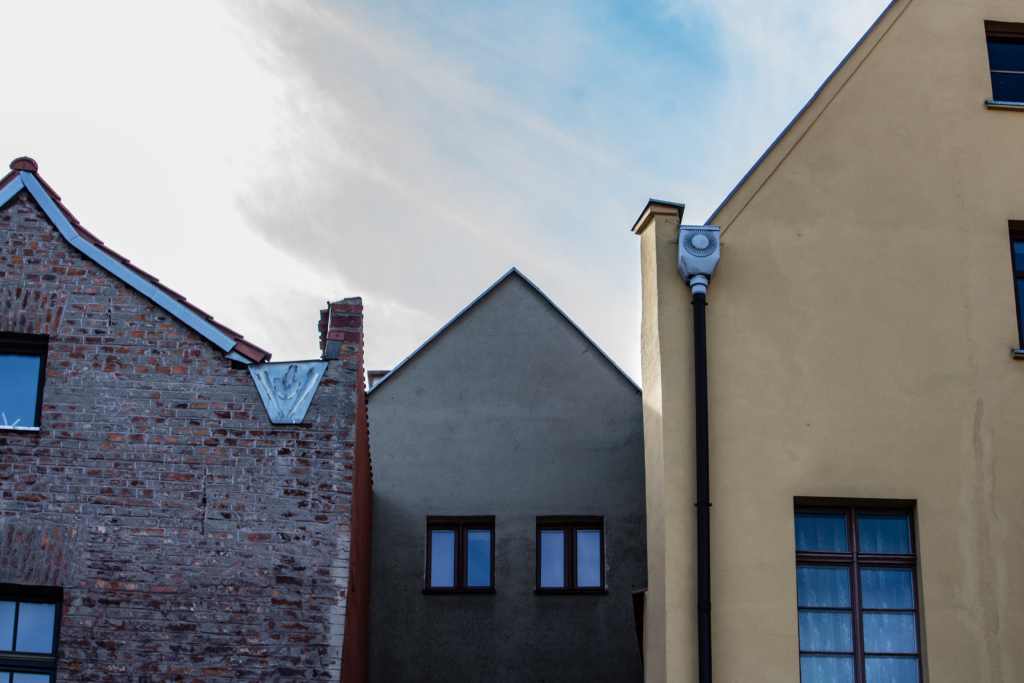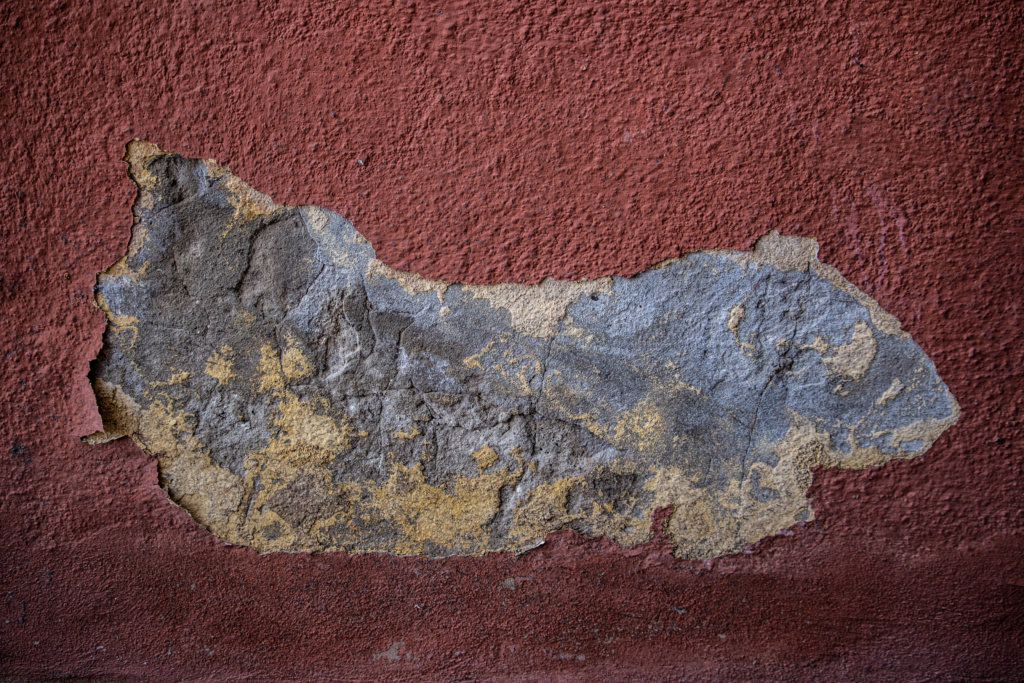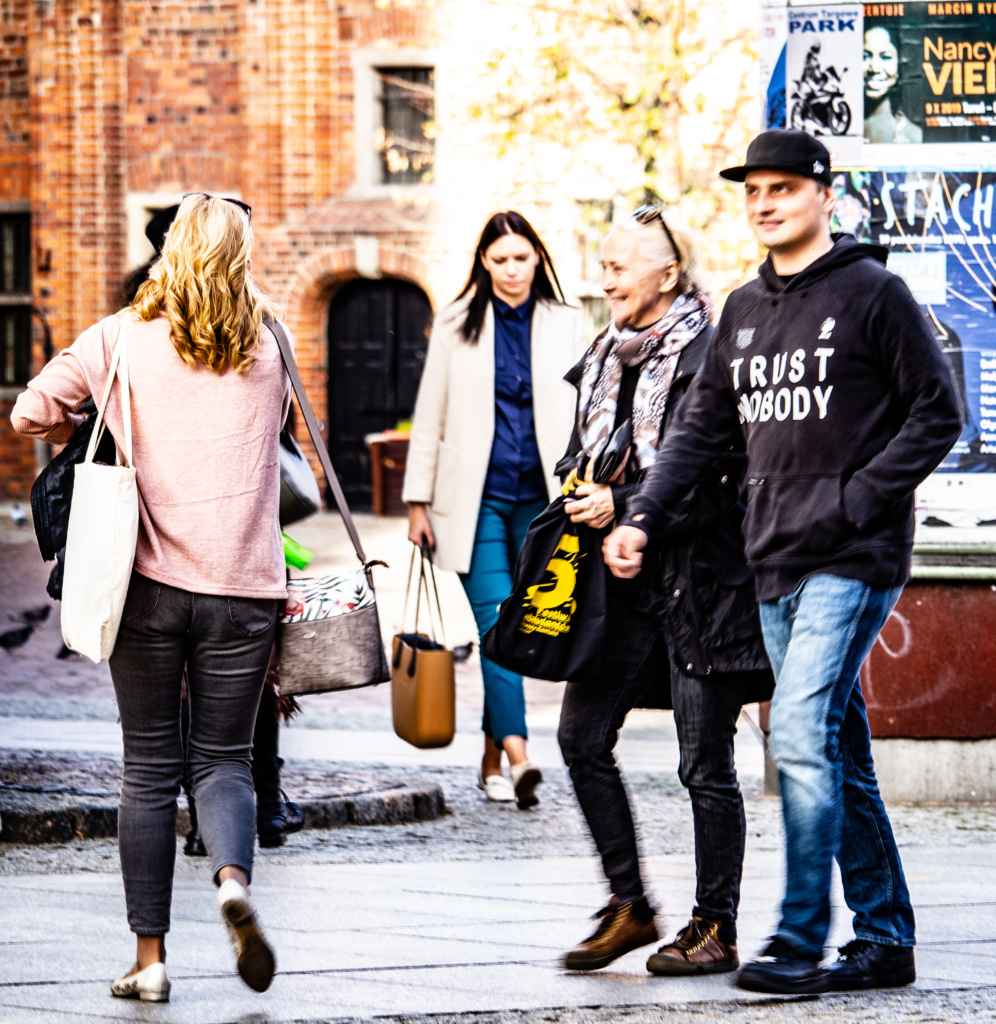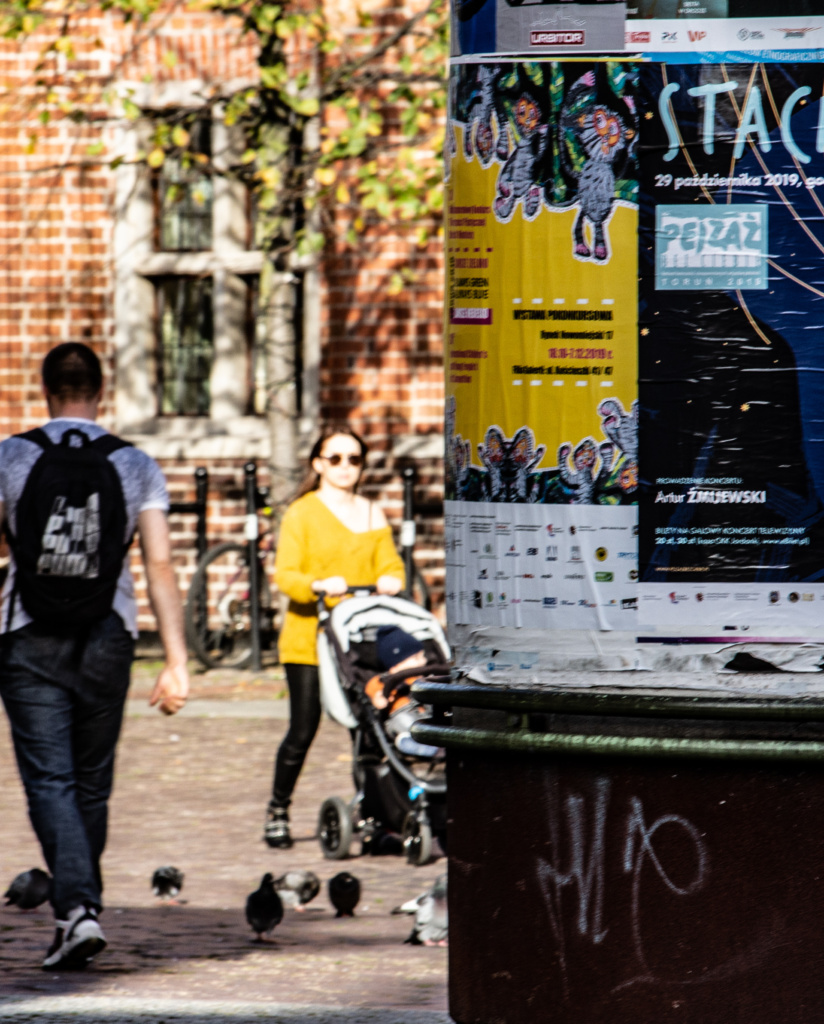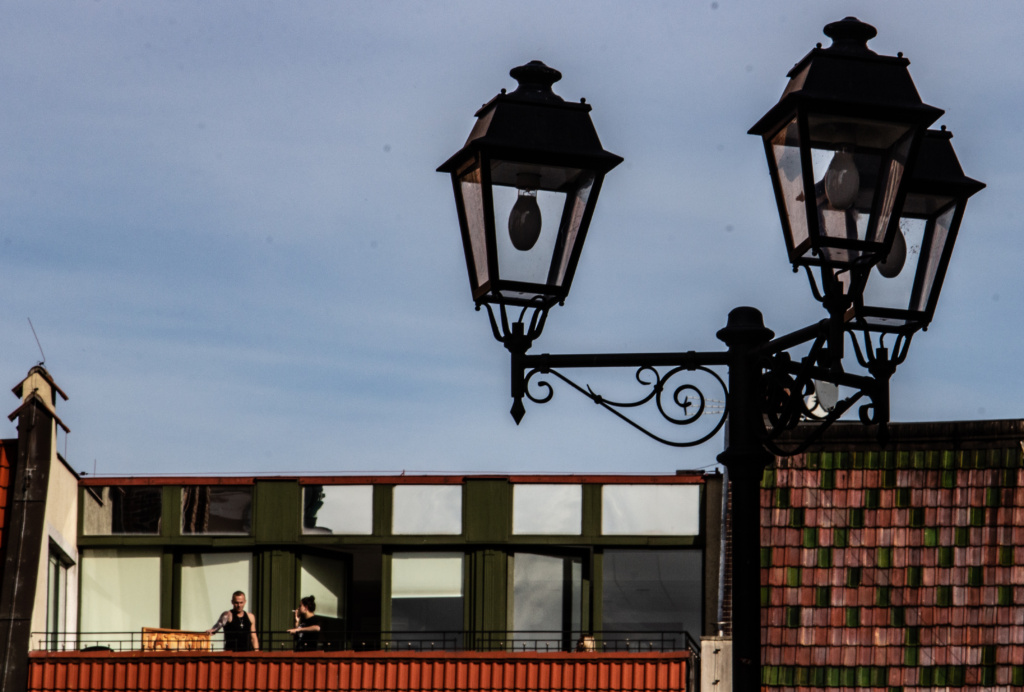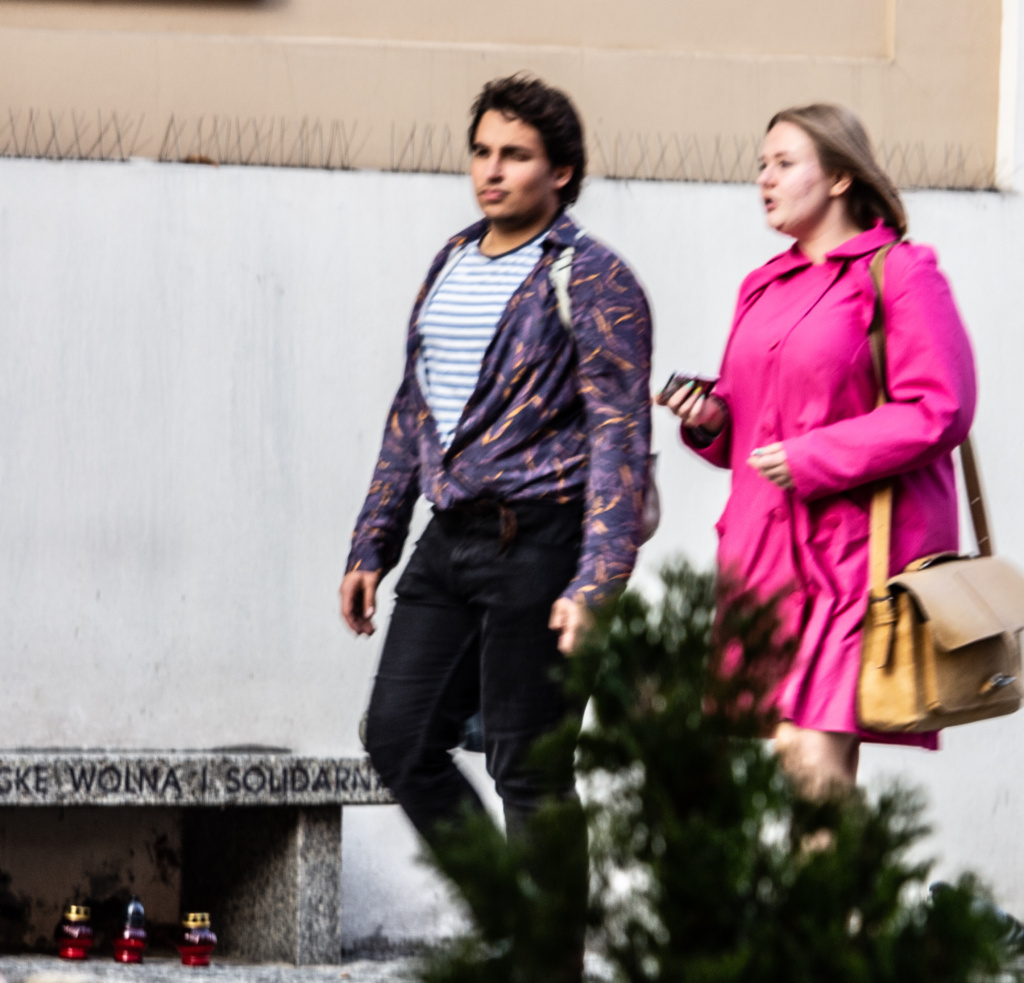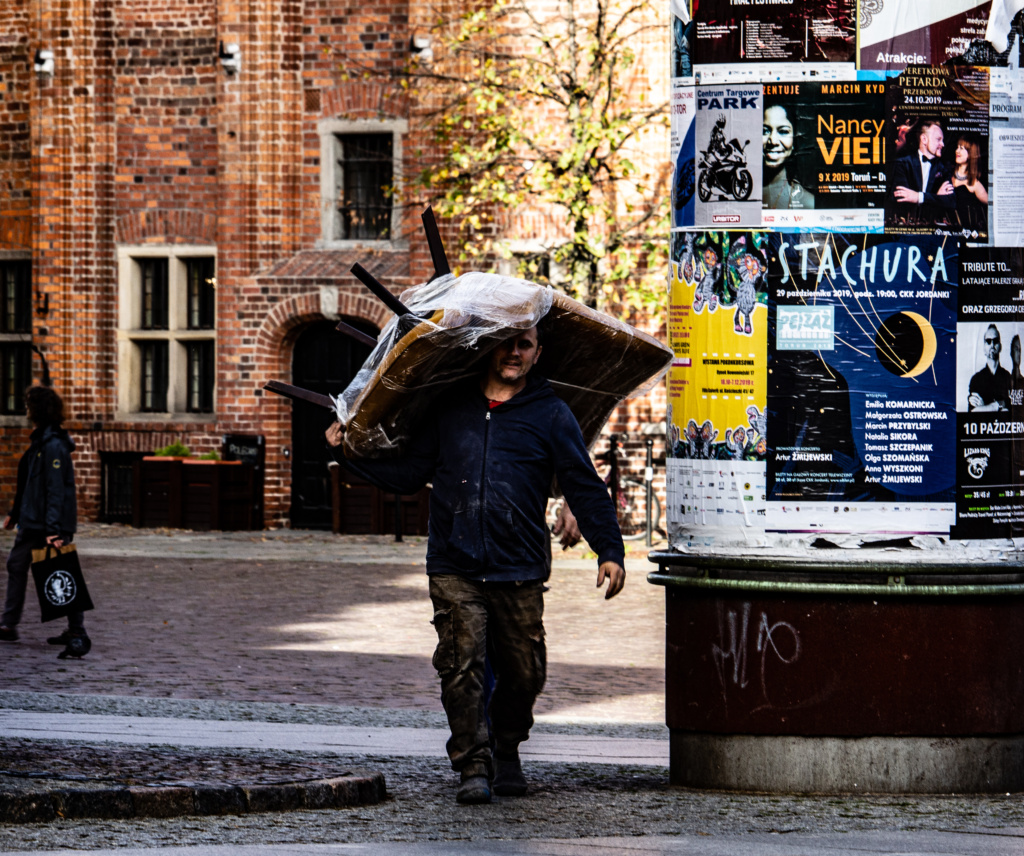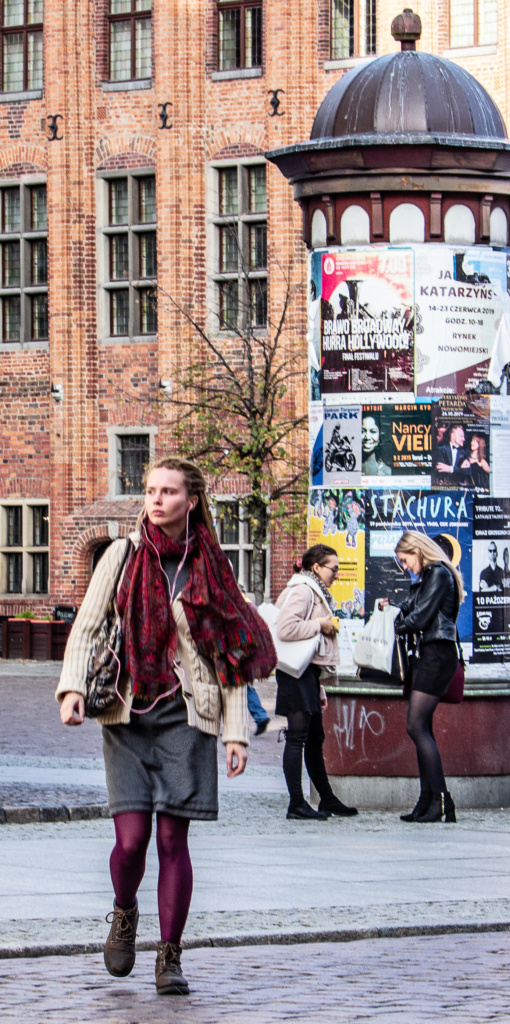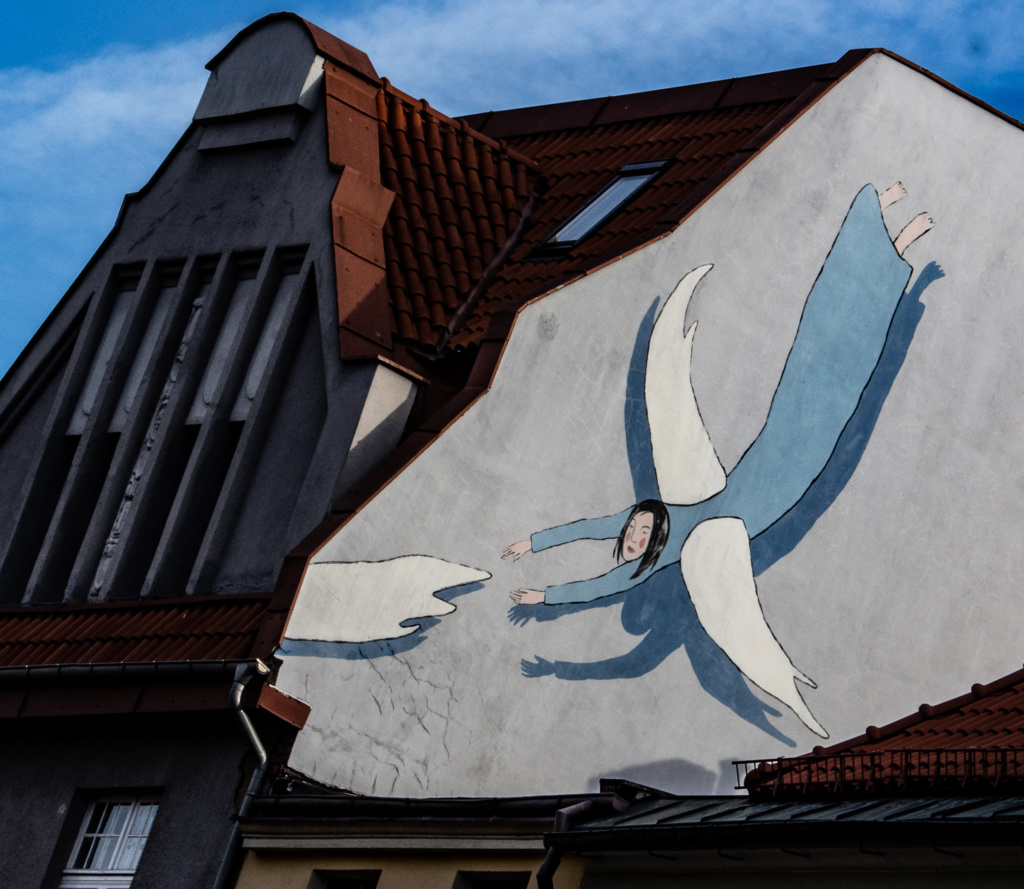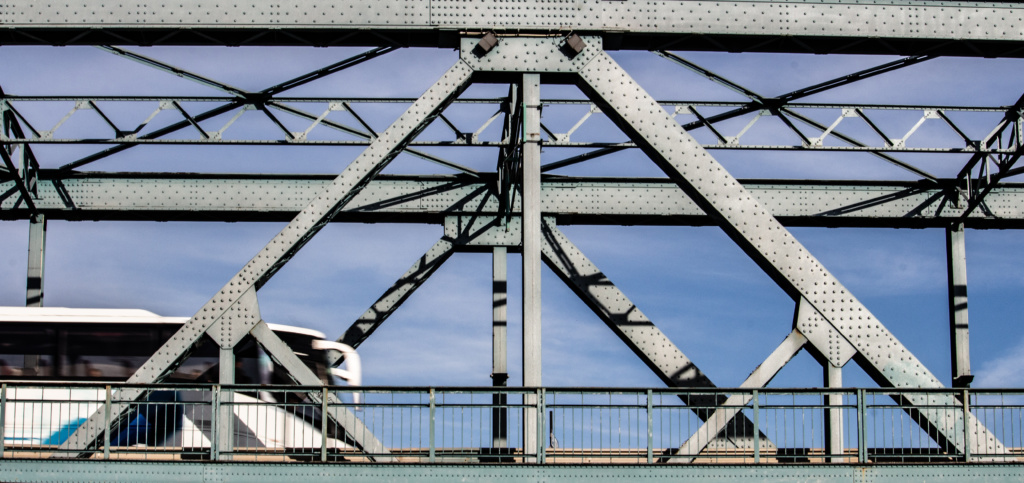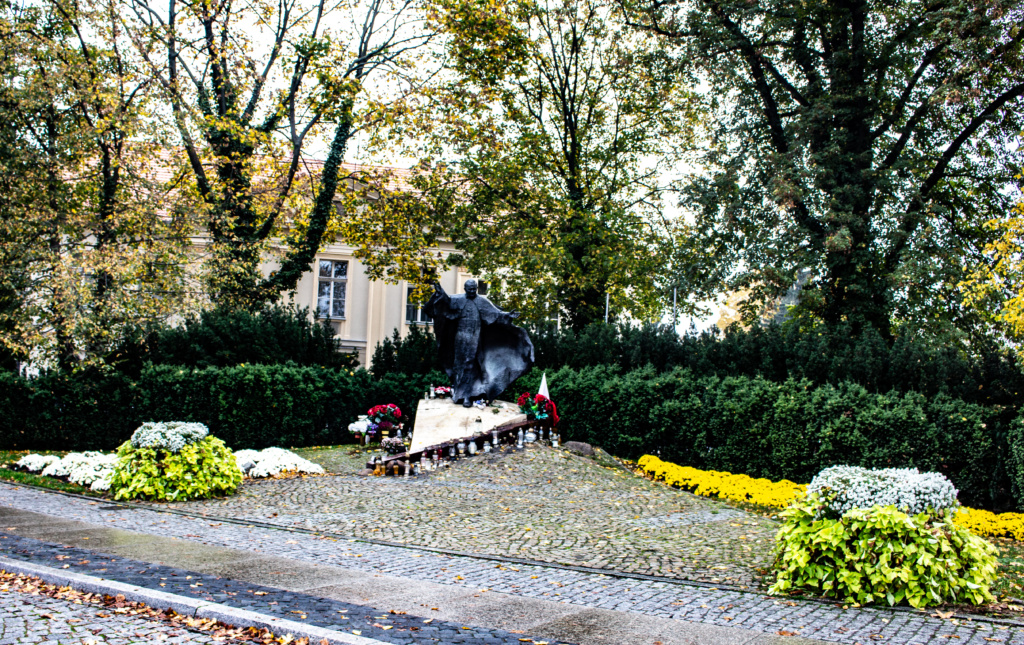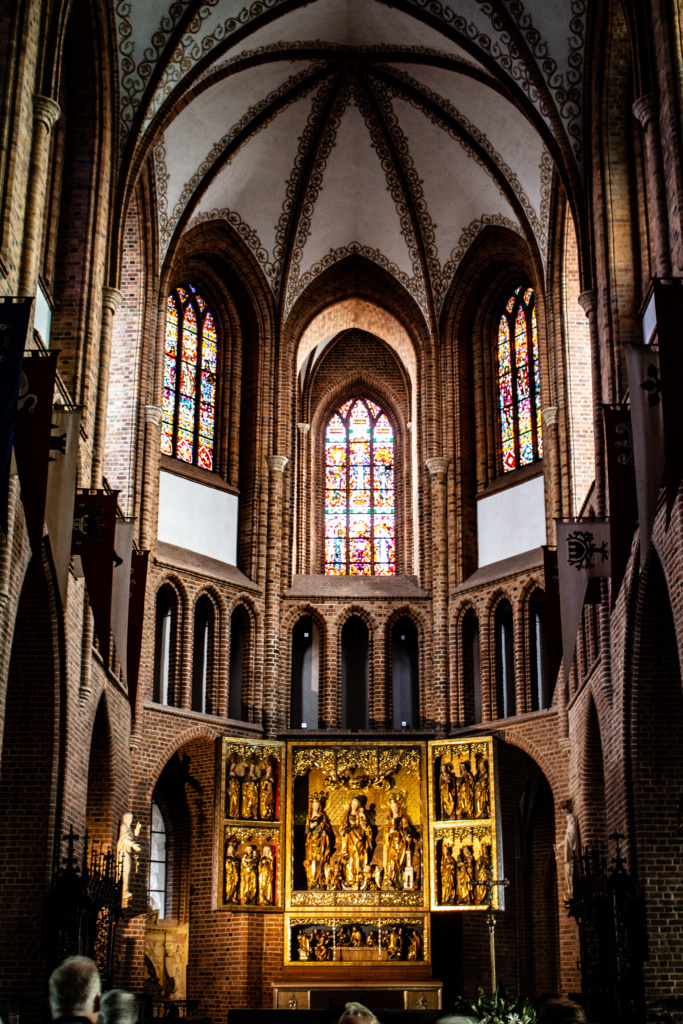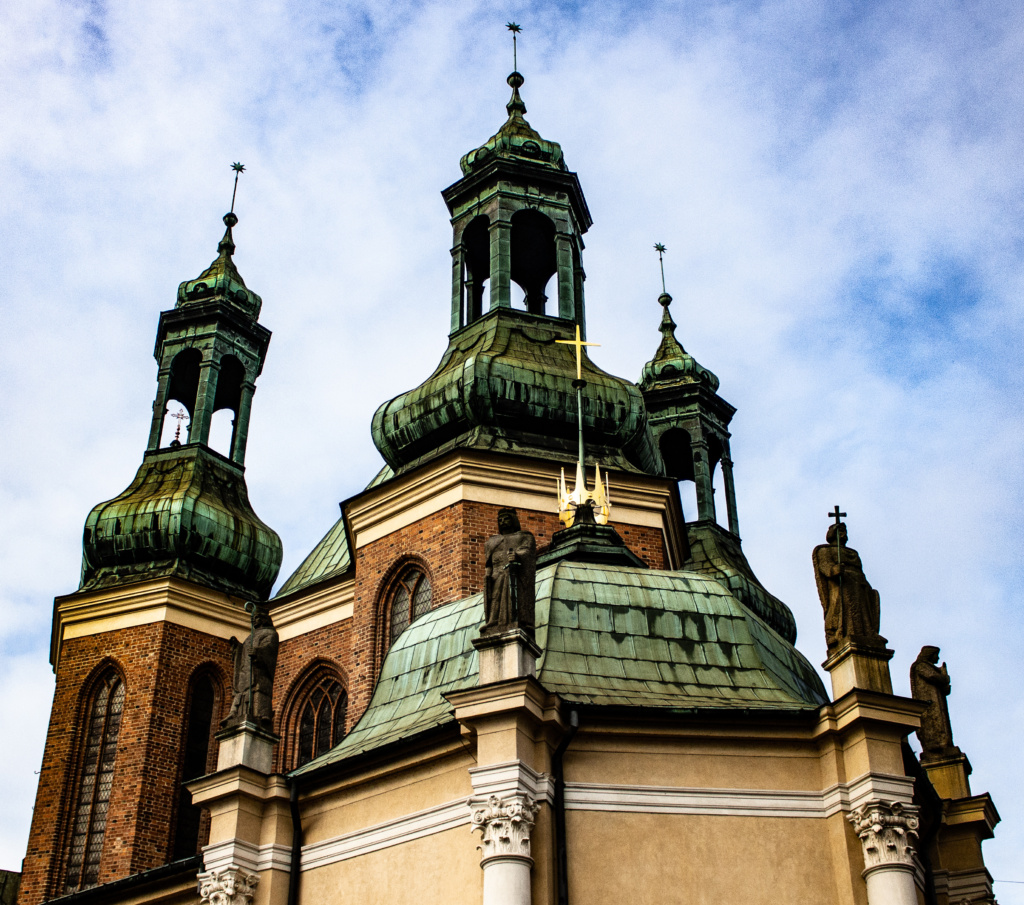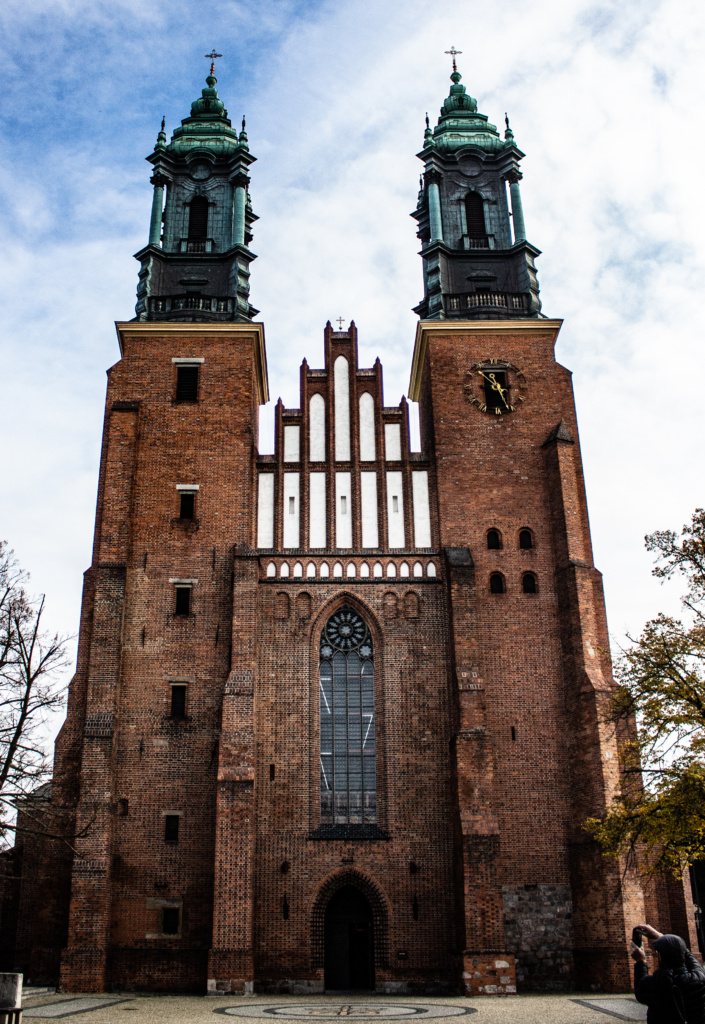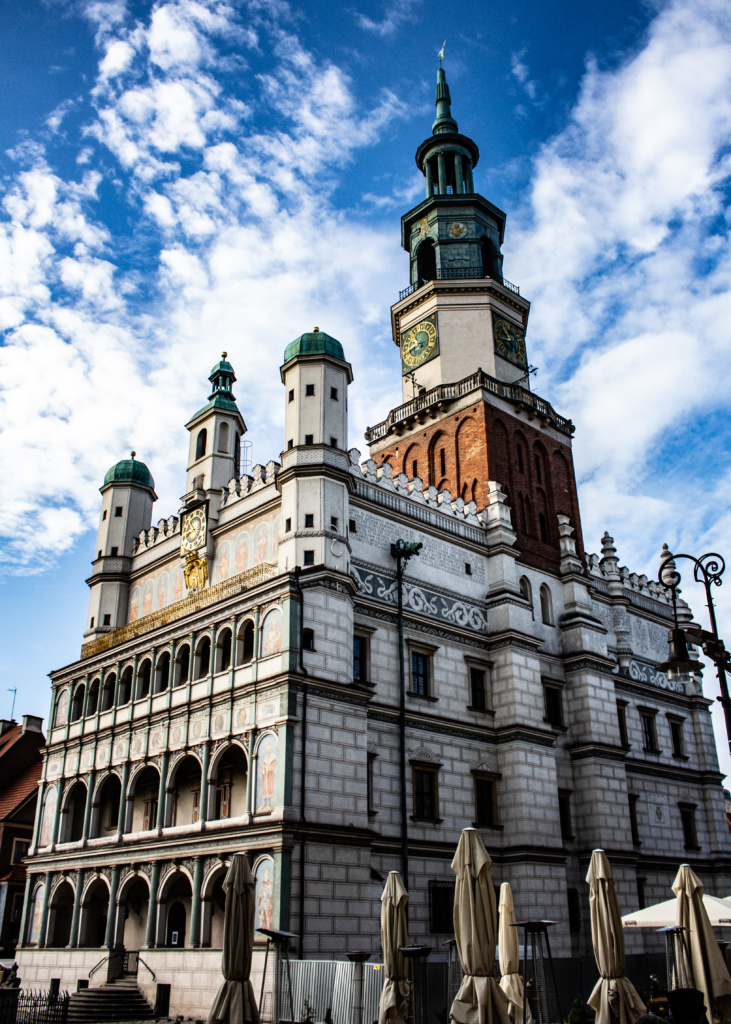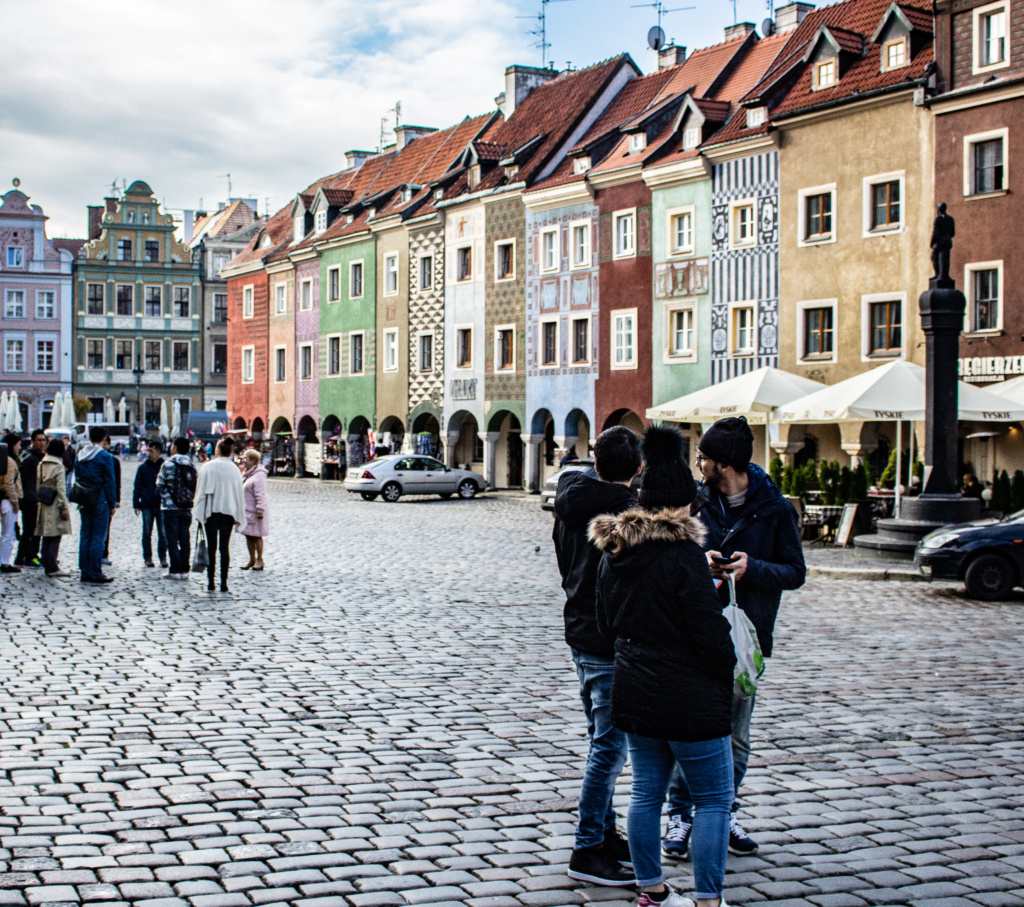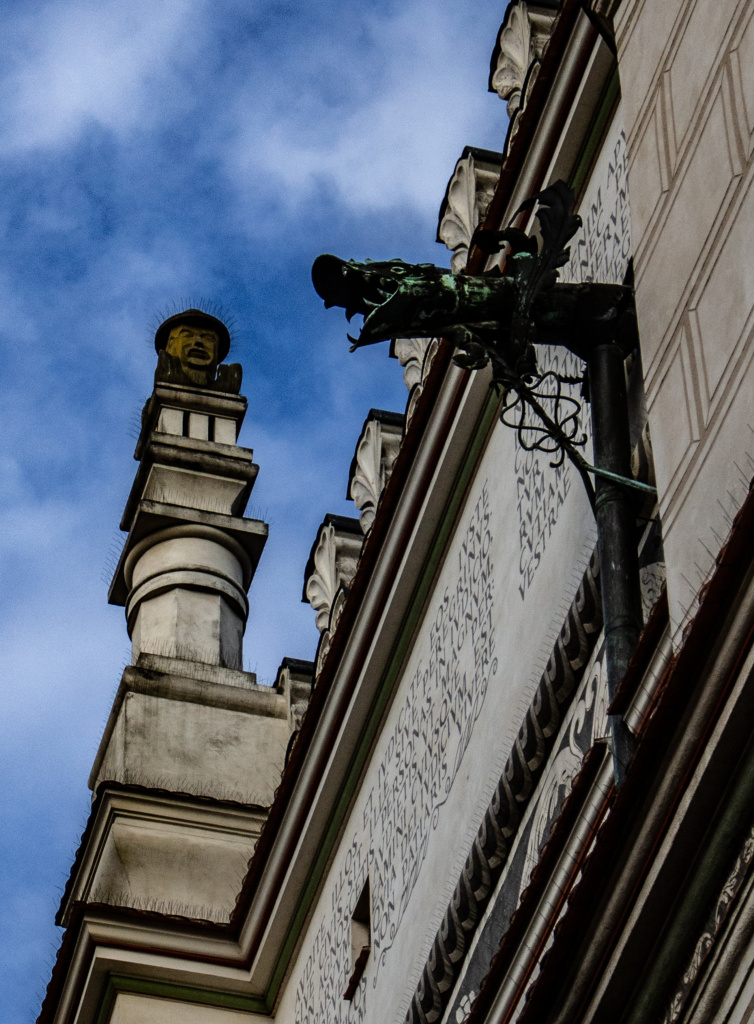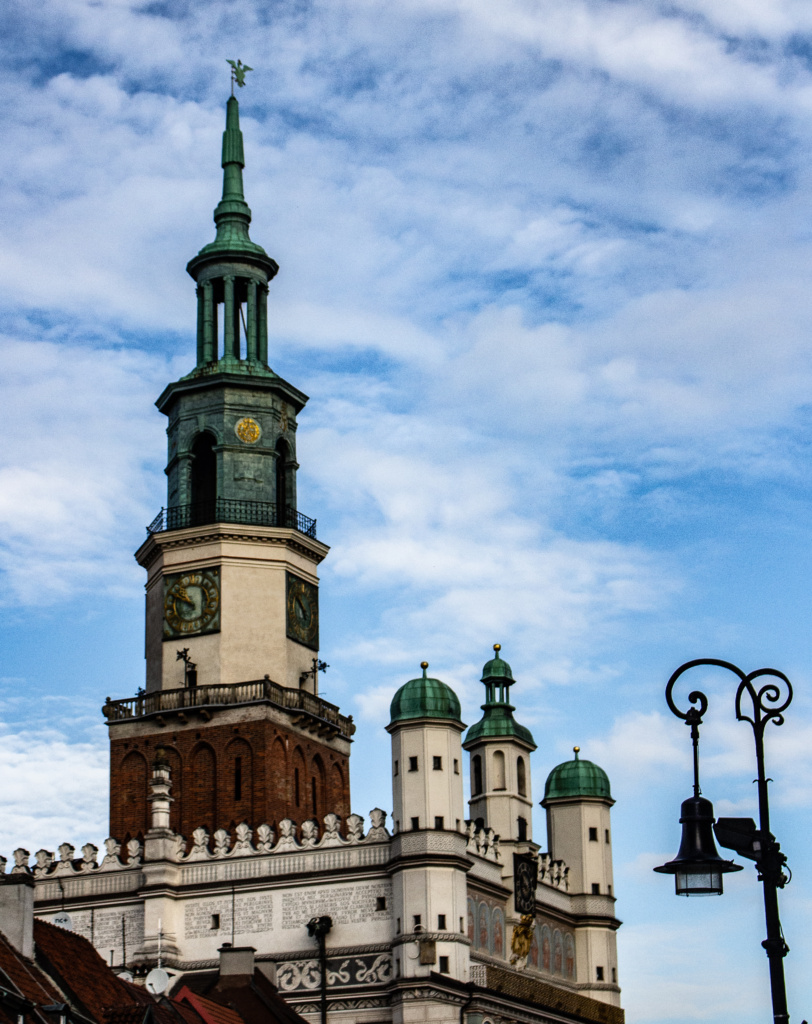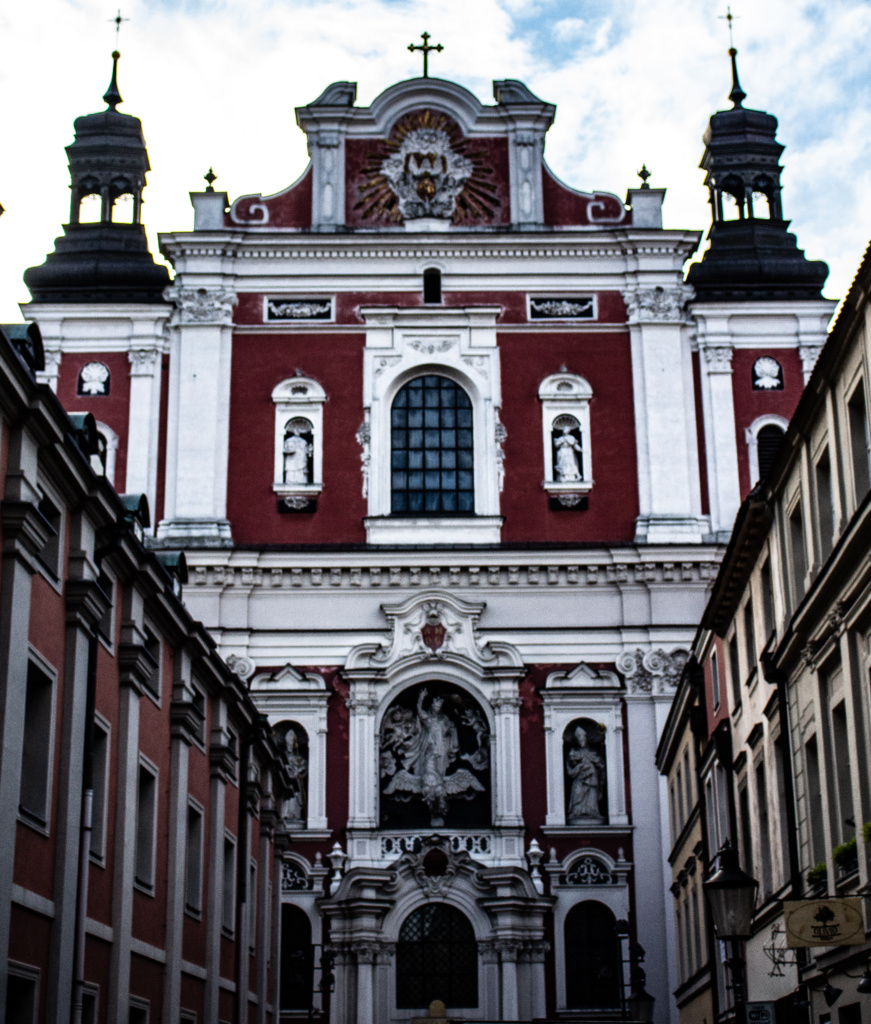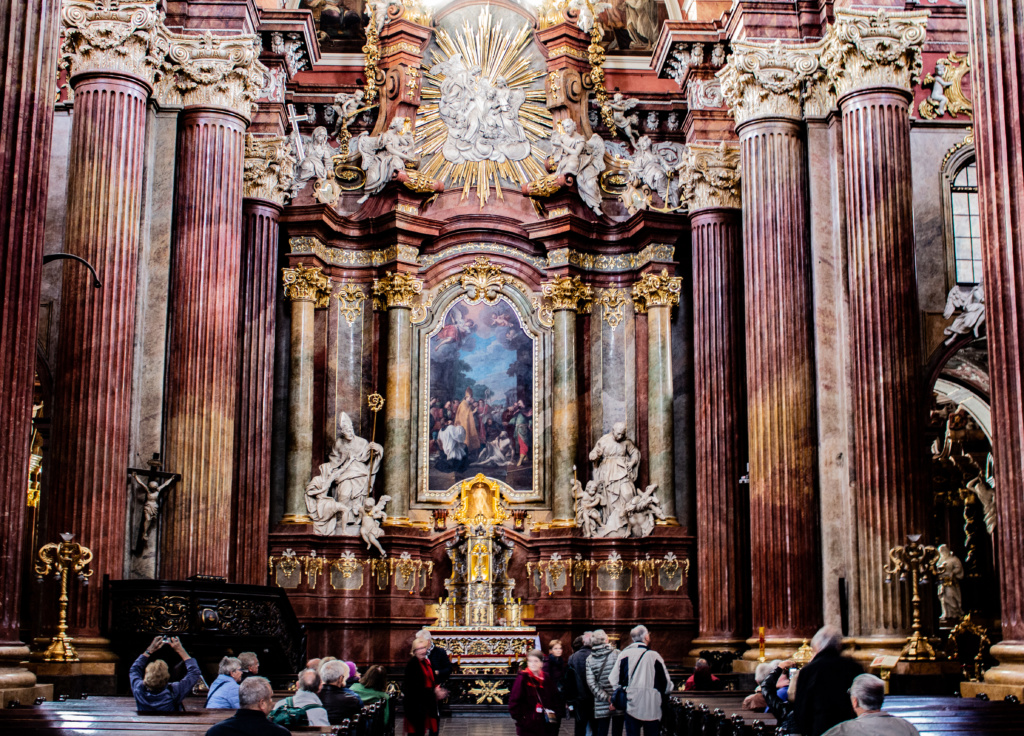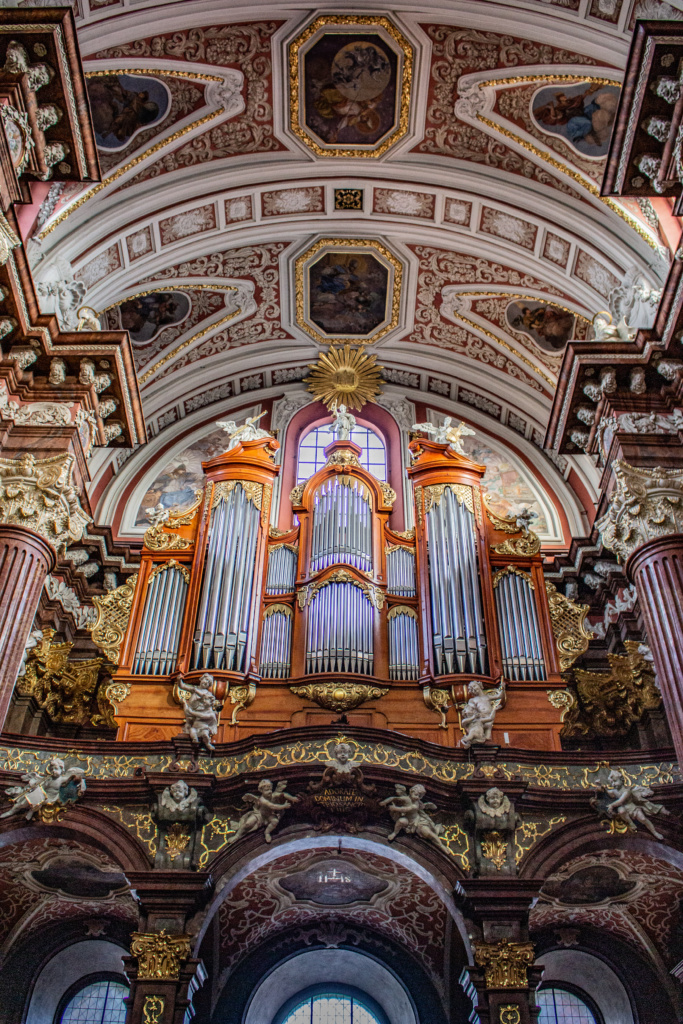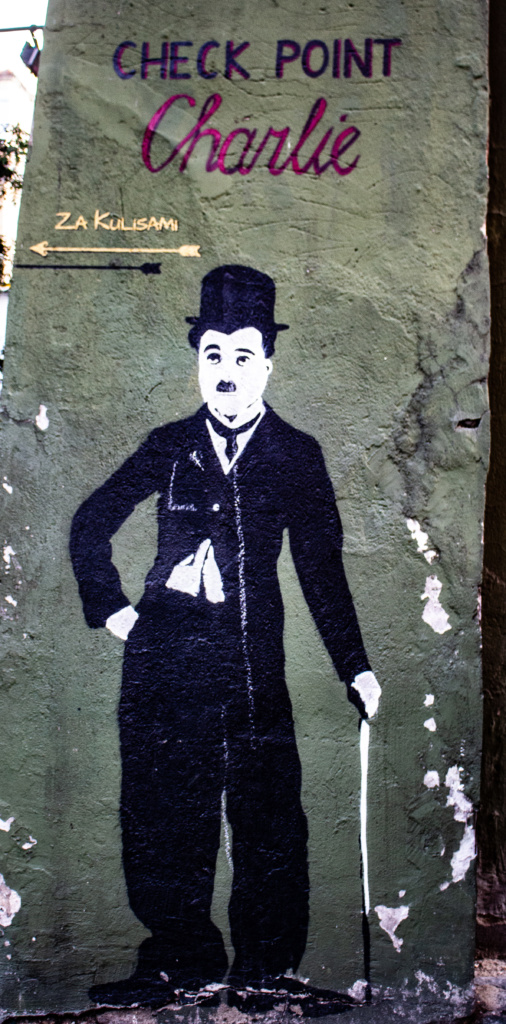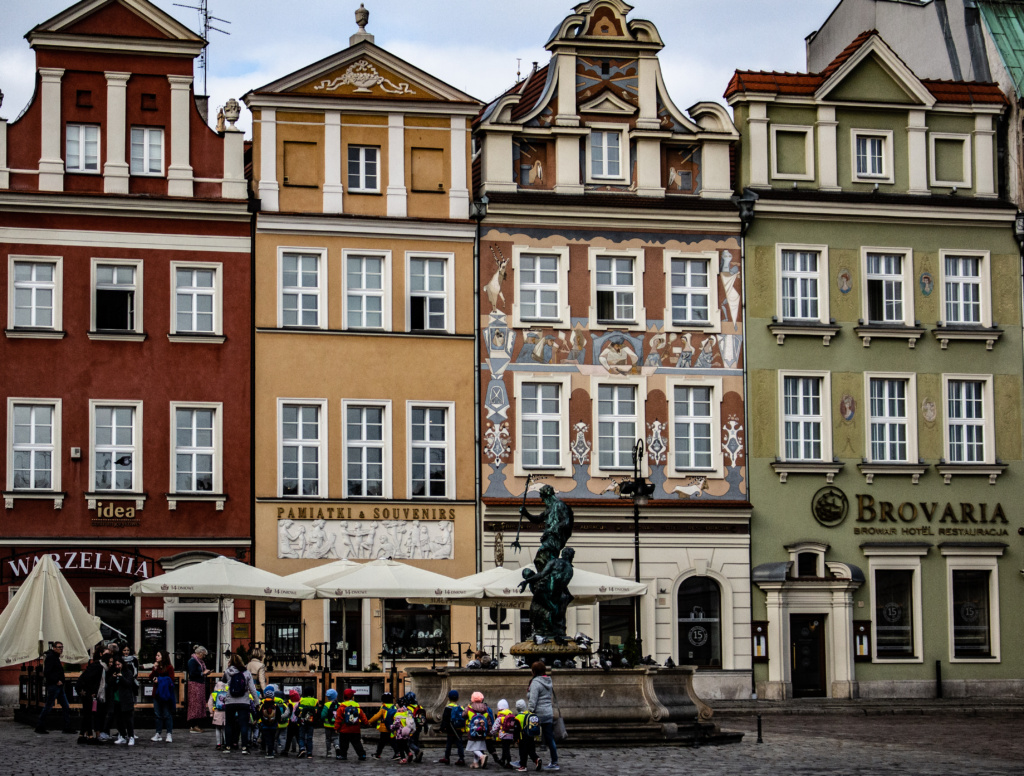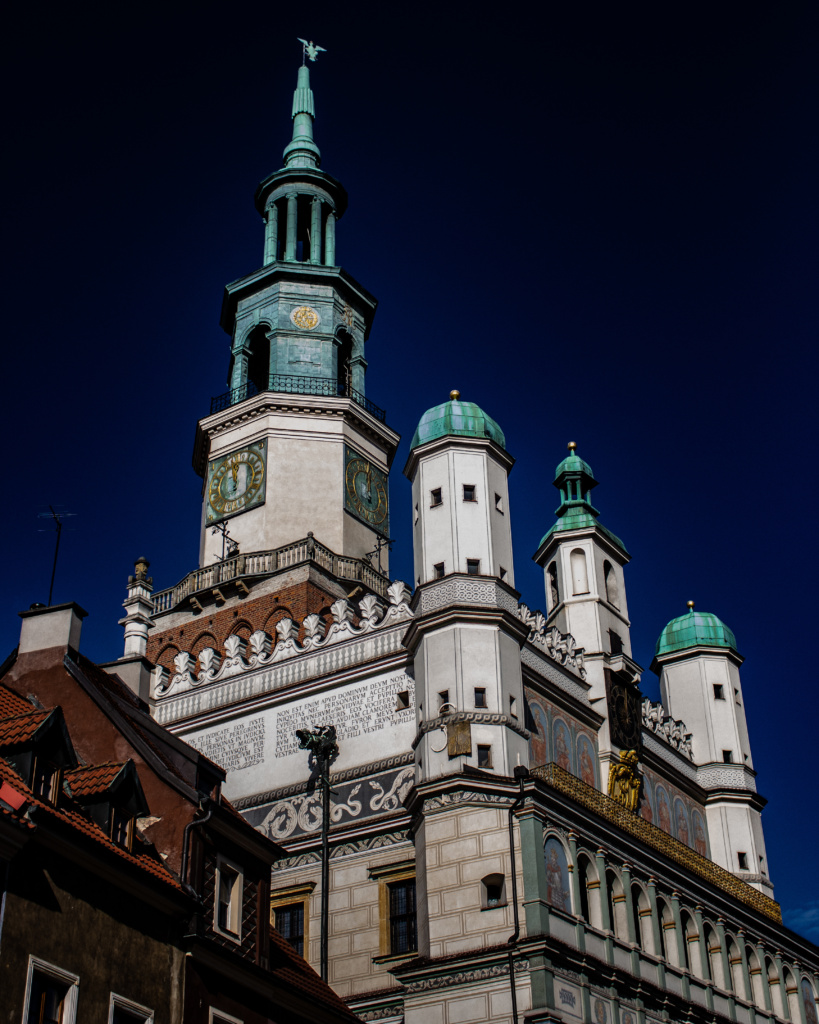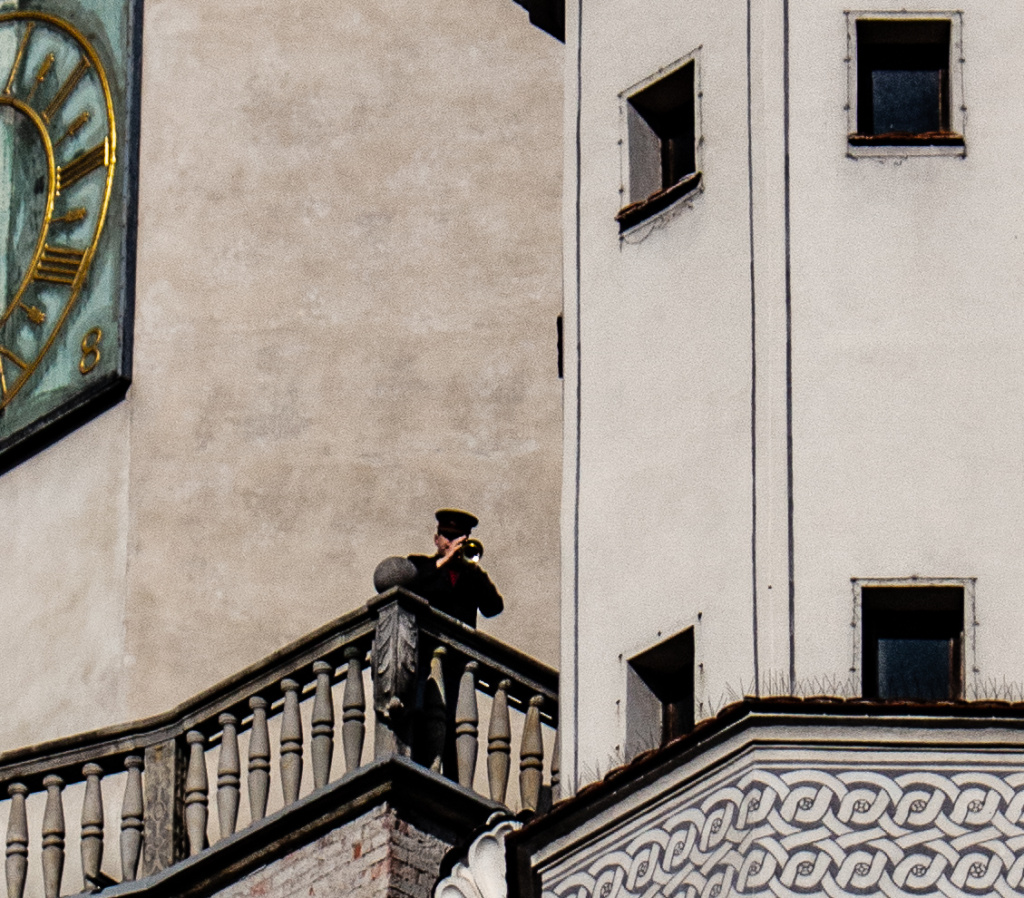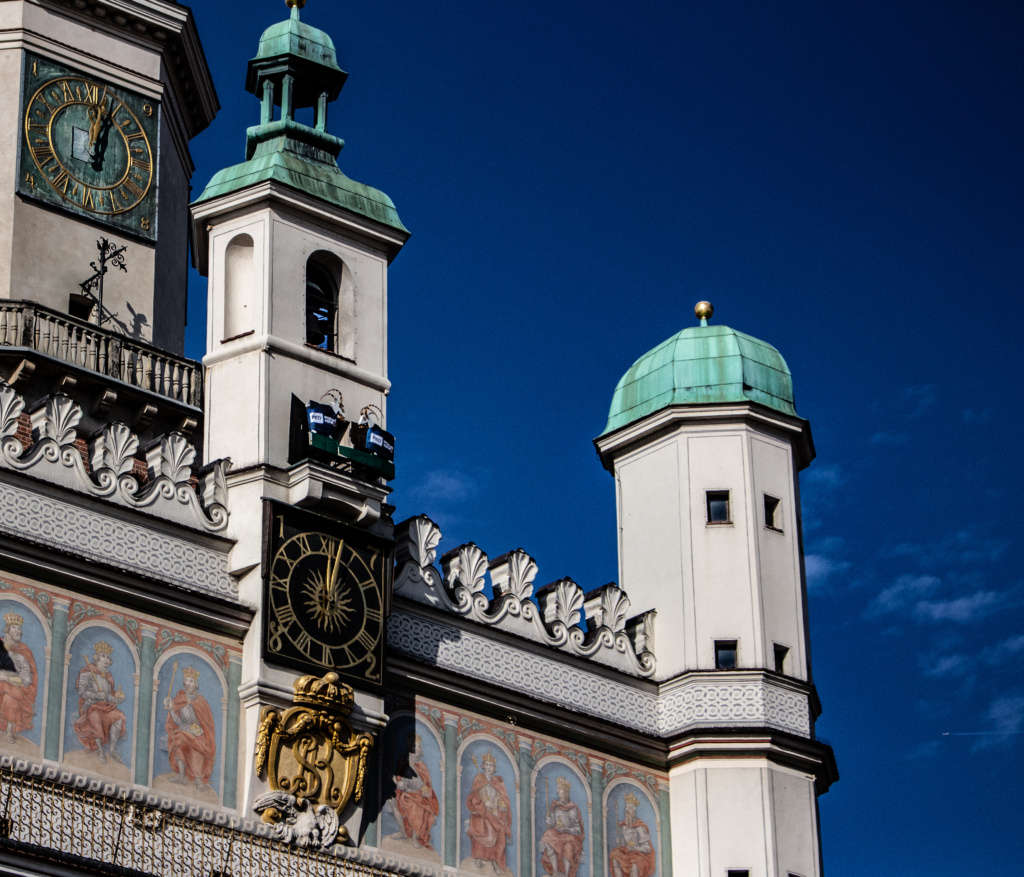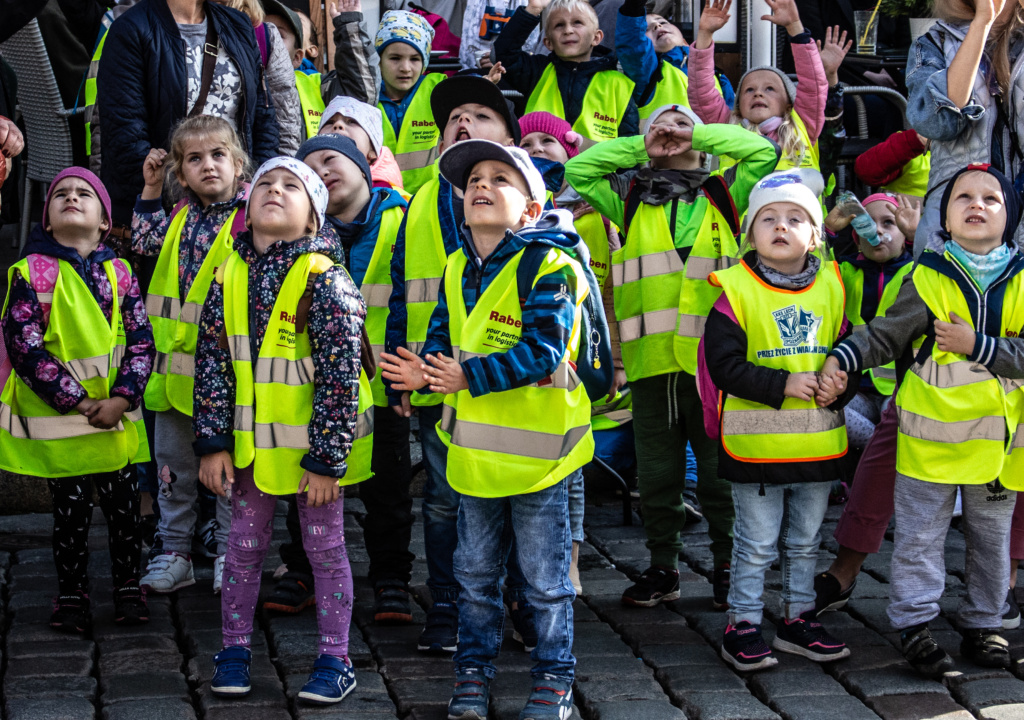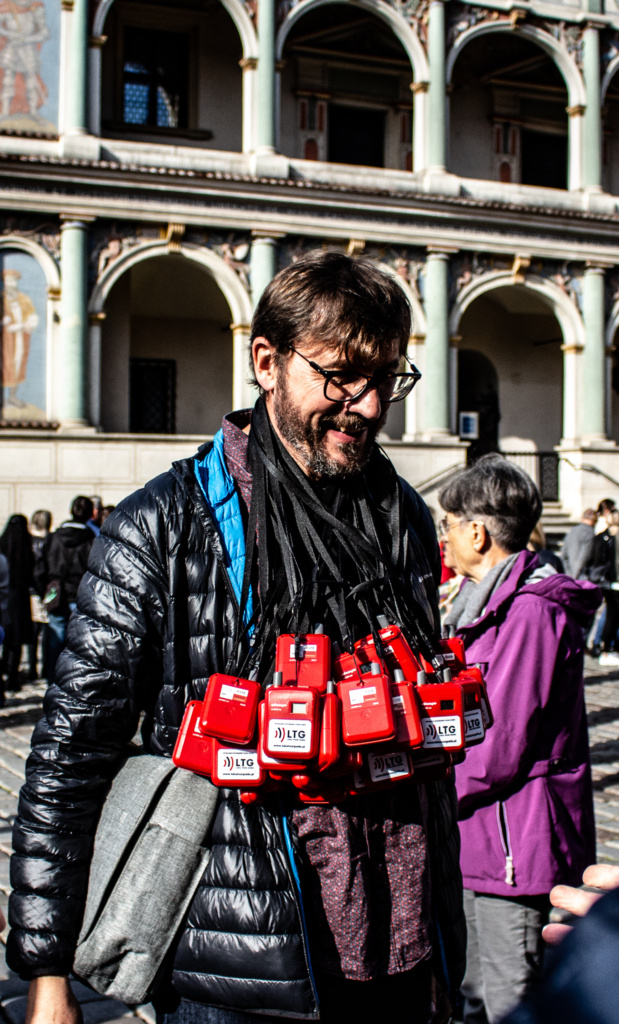Organised by Der Tagesspiegel and Marco der Pole
Day 1, Saturday 12 October
Berlin-Gdansk. On the bus amply entertained and enlightened about Polish history, current affairs, and of course the general election on 13 October, dotted with personal anecdotes, by our excellent guides Matthias Kneip and Marek Frysztacki.
On the way, a midday pitstop in (exceptionally) rainy and misty Kolobrzeg.
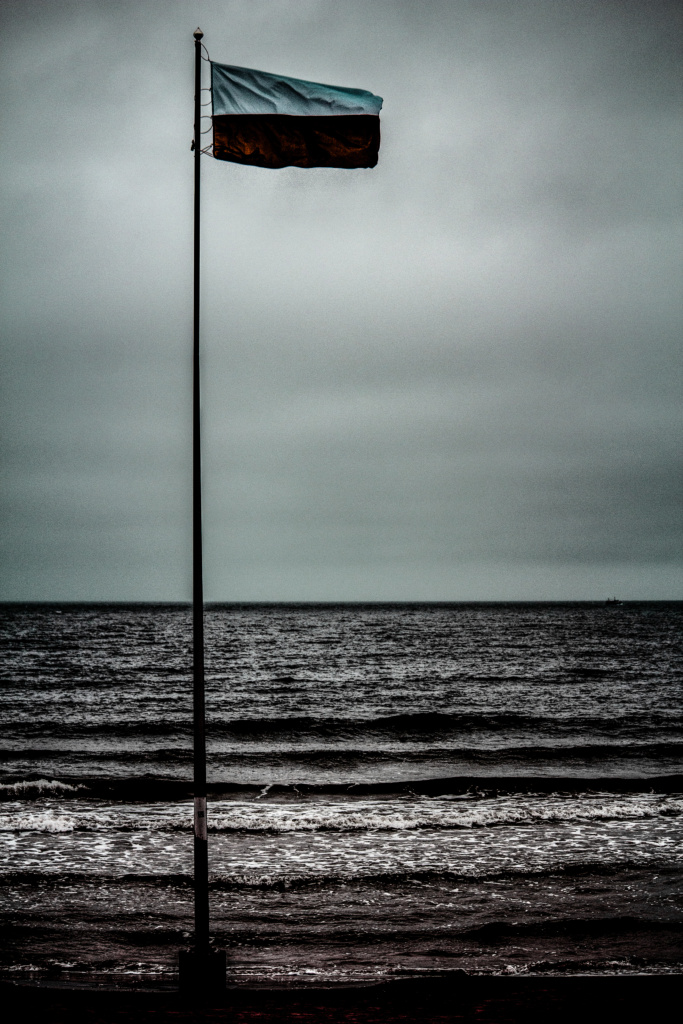
Day 2, Sunday 13 October 2019
GDANSK old town
A very good guided tour of the historic part of Gdansk with the themes Gdansk as Hanseatic city, the role of Germans, Polish people and other nationalities in the building of the city, Gdansk as “free city” (City Hall, fish market, old harbour, “Long Market”, St. Mary’s Church, Neptune’s Fountain, Artus Court, Frauengasse. So here is an overdose of photos of the old part of Gdansk (note that most of the facades are fake-old, and just that: facades):
In the afternoon, first, a (very long) meeting with a representative of the German minority in Gdansk. I was curious to know what these minorities (Danes in northern Germany; Germany in southern Denmark, etc. etc., were about). Now I know: It is that curse, nationalism, again. I felt a little sick afterwards.
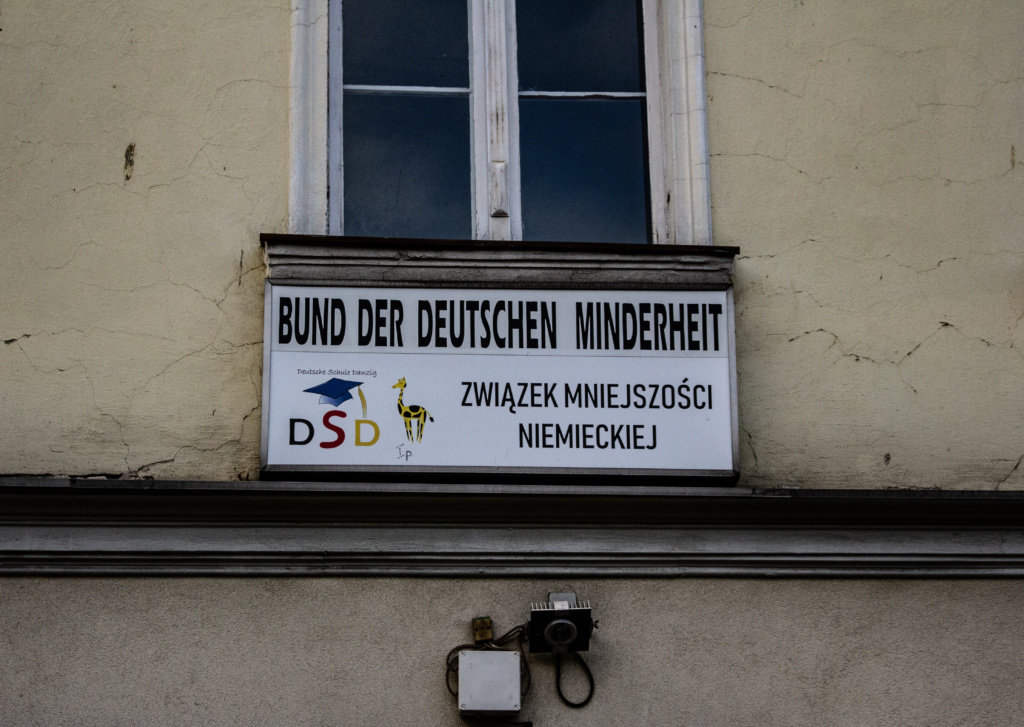
Then: “Gdansk in the literary memory of Günter Grass” – an interesting walk through the district of Langfuhr/Wrzeszcz where he lived as a child and young person, one of his homes and one of the schools he went to and to the action and film locations of the films “The Tin Drum”, “Cat and mouse”, and “The Butt”.
By the way, these are brilliant:
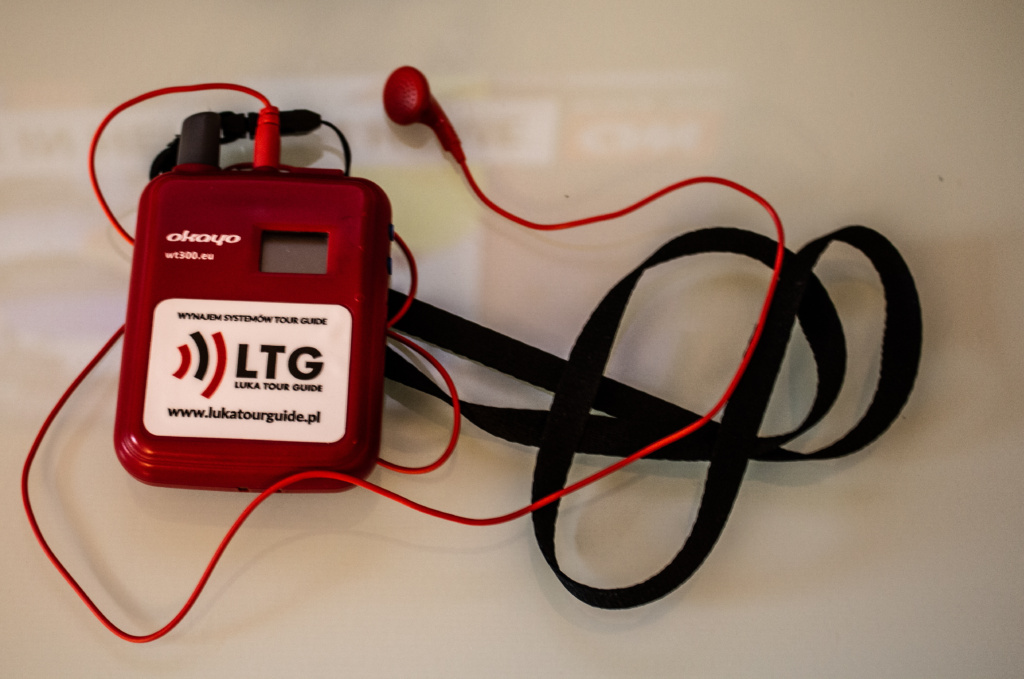
I wish all city, tour and travel guides would use them. The guide can walk and talk, the audience can walk and listen, the guide does not have to wait at each stop till everybody has – FINALLY – gathered round and stopped yacking, and even when staying at one stop for a while, the audience can walk about a bit (great for me since patience is not my Spitzenkompetenz).
Day 3, Monday 14. Oktober 2019
Today was going to be a stark reminder that someone who grew up in social-democratic Denmark in the 1950s and -60s, has not lived through any war, had all civil and political rights served to her on a silver platter, and never had to fight for any darn thing.
What better way to start than with a ferry ride.
“Gdansk in the Second World War” cruise through Danzig Shipyard to Westerplatte, where WWII began. Visit to the Wachhaus Memorial”.
At this point, we said goodbye to one local, natural-born city guide and hello to another, equally natural-born.
Gdansk – City of Freedom, Solidarność Footprints – visit to the monument dedicated to the victims of the workers’ protests of 1970 in front of the main gate of the Gdansk shipyard, The European Solidarnosc Centre (absolutely stunning architecture); and the very comprehensive exhibition of the history of Solidarność in the historical rooms of the old Lenin shipyard in the port of Gdańsk.
Day 4, Tuesday 15 October
I had already decided to sacrifice the general programme in order to visit the two departments of the relatively new museum of contemporary art. There was no way (and I would not be me if) I was going to spend five days in Danzig without seeing them. However, a cold went from bad to worse and really slowed me down. I did walk to Laznia 1 (smaller than I had expected, and only half of it in use for an exhibition); Gdansk Gallery of Photography, and Galiera Majevsky.
Here is what I missed:
Malbork/Marienburg. Visit to the largest brick fortress in Europe, the former headquarters of the Teutonic Knights (UNESCO World Heritage.)
Frauenburg/Frombork, where at the beginning of the 16th century the Canon Nicolas Copernicus developed his theory of the heliocentric world view. Visit to the city and the cathedral with the tomb of Copernicus. On the way back to Gdansk, stop in Kadinen, the former summer residence of Emperor Wilhelm II.
Day 5, Wednesday 16 October 2019
OLIWA and ZOPPOT
In the programme:
Visit to the “cemetery of the lost cemeteries“, followed by:
Drive to Gdansk – Oliva. Visit to the cathedral and organ concert.
Then: drive to Sopot. Walk in the traditional seaside resort and the longest (more than half a km) wooden pier in Europe.
After four days of relative physical inactivity, the cold on the retreat, and the afternoon free, I planned to make my own way back from Sopot, via Laznia Center for Contemporary Art 2, to Gdansk, on foot or by public transport, depending a bit on the weather, so when the programme was changed, and we started out in Sopot, I decided to stick with that plan and miss Oliwa Cathetral and the “Cemetary …..” altogether. This gave me more time, so I started out walking about five km along the beach from Sopot Pier to Brzeźno Pier where I stopped for lunch and then walked about 3,5 km by road to the Laznia Center.
Now, a word about contemporary art in Gdansk. The Laznia Centre for Contemporary Art (only one of four museums of contemporary art in Poland) was the main reason why Gdansk was on my bucket list. I even saw it mentioned somewhere as European art centre of the year, or words to that effect, recently. I do not know who made that decision or what they were smoking at the time. There are two departments: Number 1 I visited yesterday and it was tiny and very little was on display there. Today I visited number 2, equally tiny, and it was closed. For no apparent reason, there was just somebody there who only spoke Polish and gestured to me that it was closed. Contemporary art is obviously not a priority in Gdansk, and if the two departments were placed in those outlying areas of the city in order to give them a lift, well, mission not accomplished.
On this, the last evening in Gdansk, one of our guides read from some of his books, one of them being “111 Gründe Polen zu Lieben”.
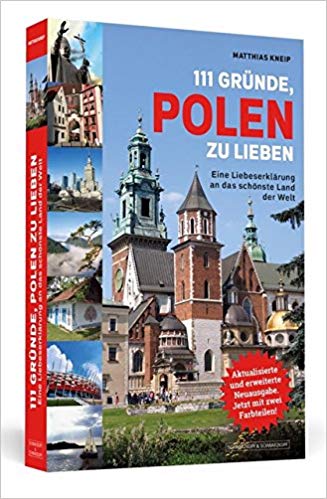
I have to say that although I agree that there are many reasons to love Poland (and I do intend to keep visiting this my adopted new neighbouring country) for me, there is one major reason not to love Poland: that omni-present catholicism. “Religionism” is just as detrimental and dangerous as nationalism, and together, the two form the root cause of all the major problems in the world.
Day 6, Thursday 17 October
From Gdansk to Poznan with a stop in Torún.
Torún is the birthplace of Nicolaus Copernicus. City tour through the beautifully preserved medieval town center.
Day 7, Friday 18 October
Poznan and return to Berlin.
“City by the border”. City tour of Poznan, a.o. Poznan Cathedral with the tombs of the first Polish rulers, royal residence palace of Wilhelm II (from the outside) and the picturesque old town whose jewel is the town hall – one of the most beautiful Renaissance buildings in Poland.
